Pagani debuted the Huayra in 2012 as the replacement for the aging Zonda, despite the fact that the manufacturer continued to roll out special edition Zondas through 2014. The Huayra name may sound odd at first, but it is based on the God of the wind, Wayra Tata, from the era of the Inca empire. The Huayra coupe was limited to only 100 units and has been sold out since 2015, but since then, Pagani has launched the hardcore BC version and a handful of unique, bespoke models. In 2017, Pagani introduced the Huayra Roadster, a drop-top with bespoke chassis and features.
Reports of a roadster version started circulating shortly after the coupe debuted, with initial reports claiming a release was planned for 2016. That obviously didn’t happen, but the Italian firm confirmed that the open-top supercar will make its global debut at the 2017 Geneva Motor Show in March. Come February and the Huayra Roadster unveiled itself to the world.
Unlike other supercars in this expensive niche, the Huayra Roadster isn't just a hacked-up coupe. Instead, the Italian manufacturer prepared a healthy power increase, made it lighter than the coupe, and gave it a revised chassis with bespoke settings. Granted, the Huayra is already expensive, so it's only natural to ask yourself whether the Roadster is awesome enough to warrant its massive price tag? Find out more about that in the review below.
Keep reading to learn more about the 2018 Pagani Huayra Roadster.
2018 Pagani Huayra Roadster
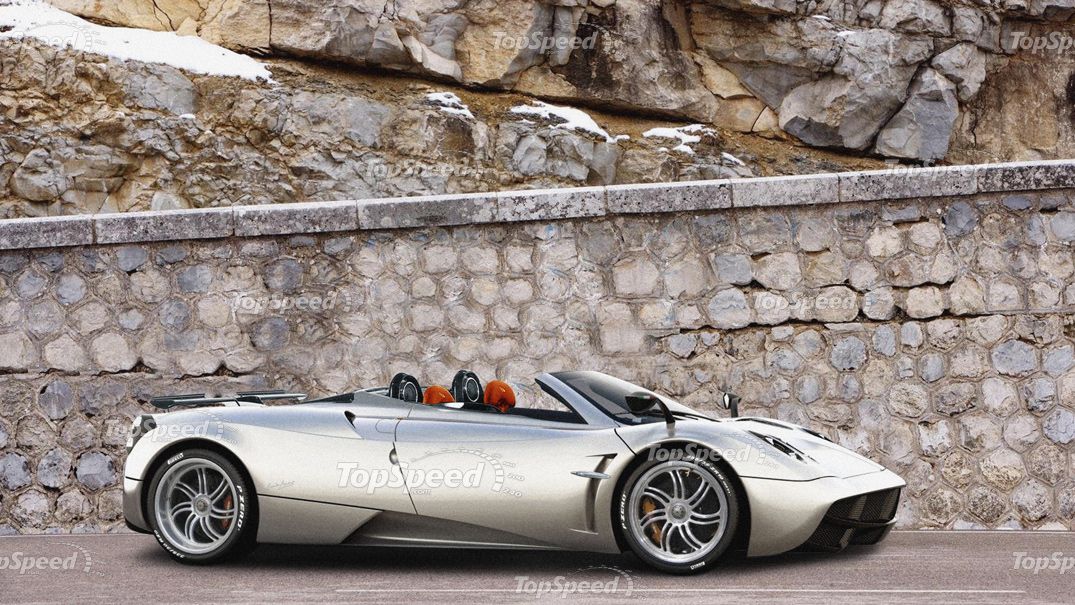


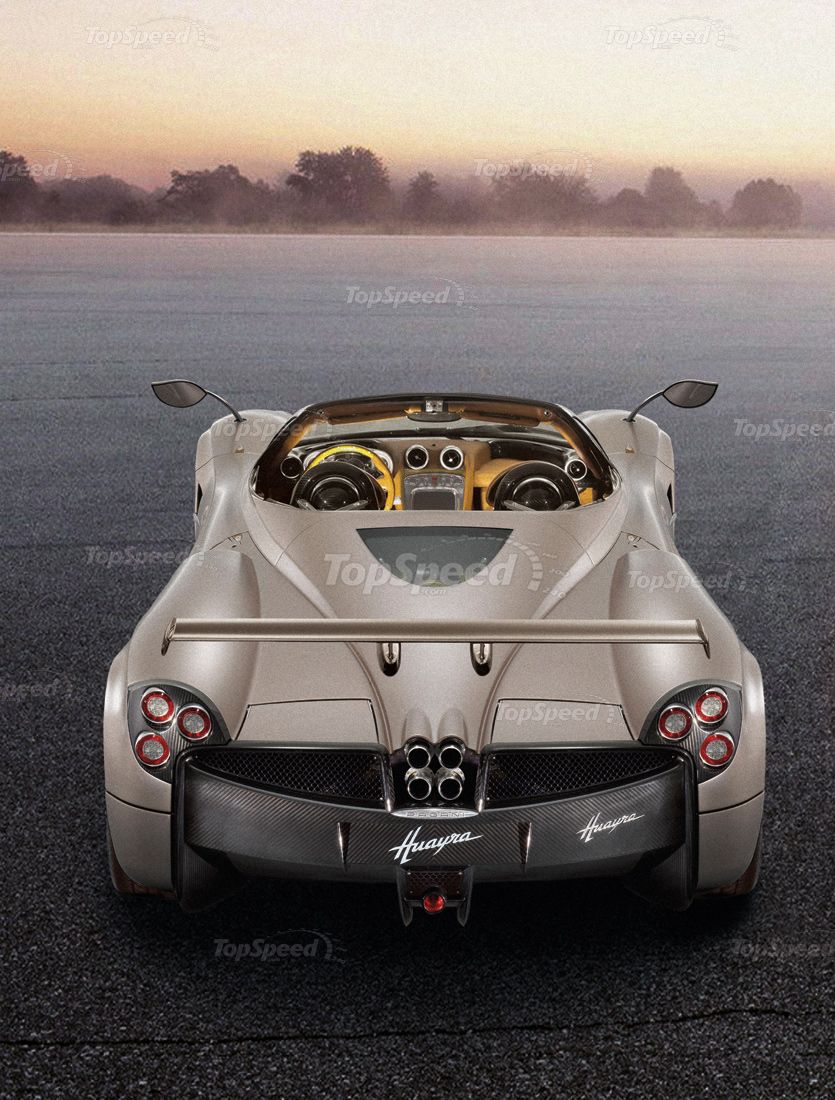
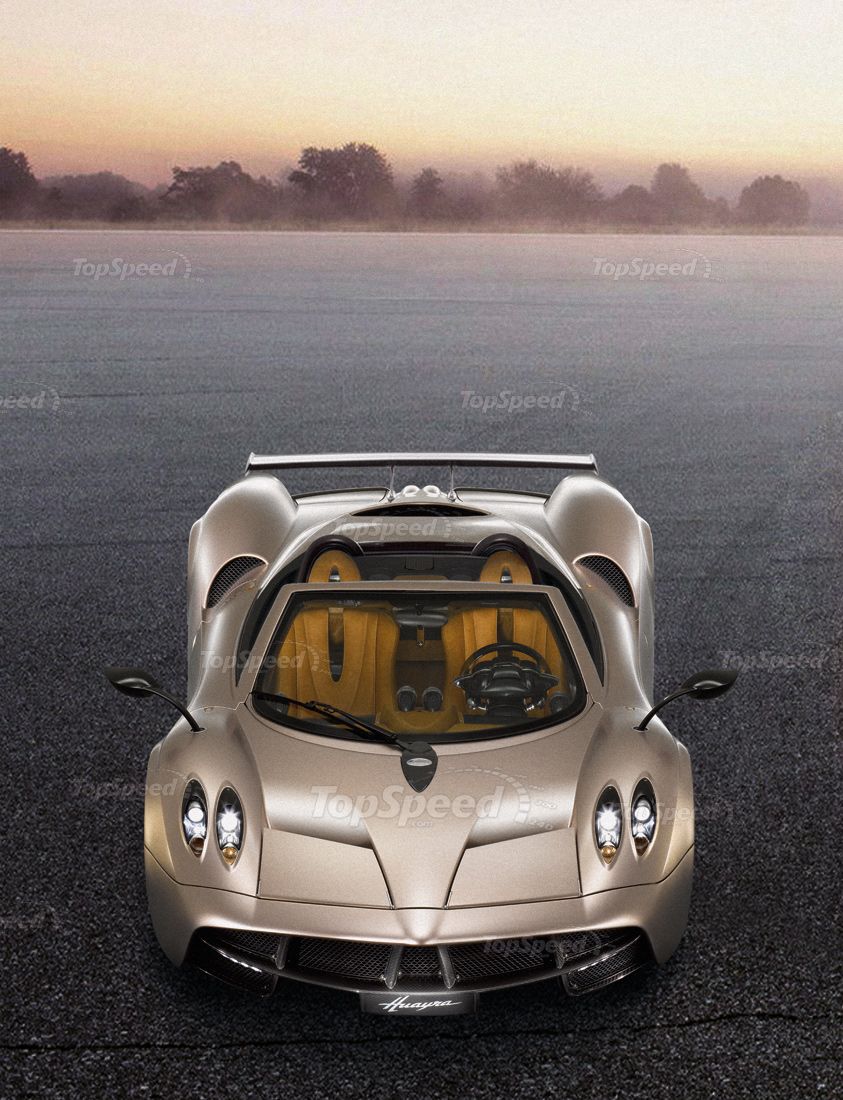
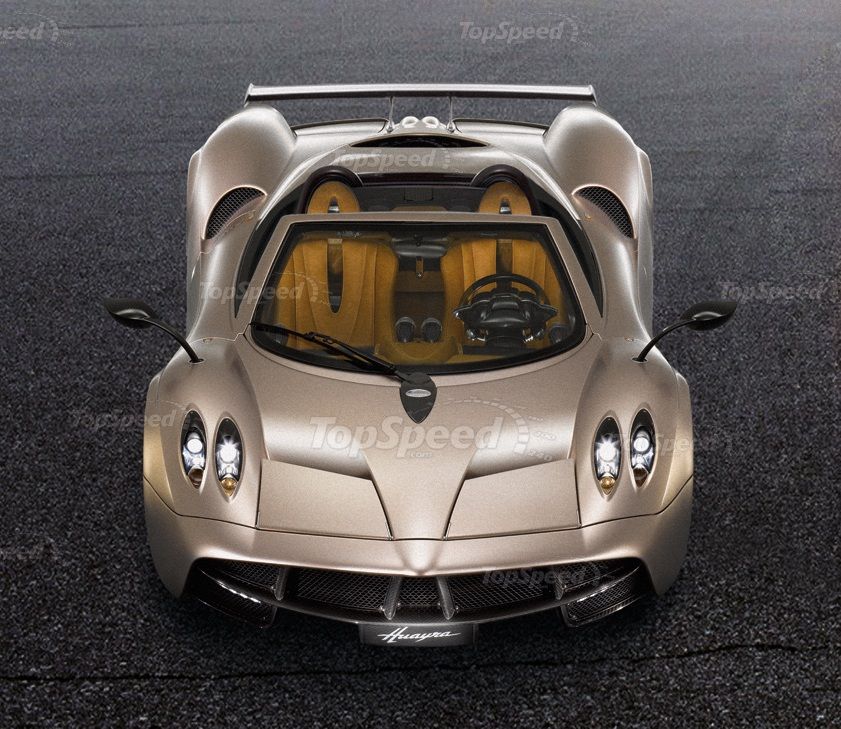
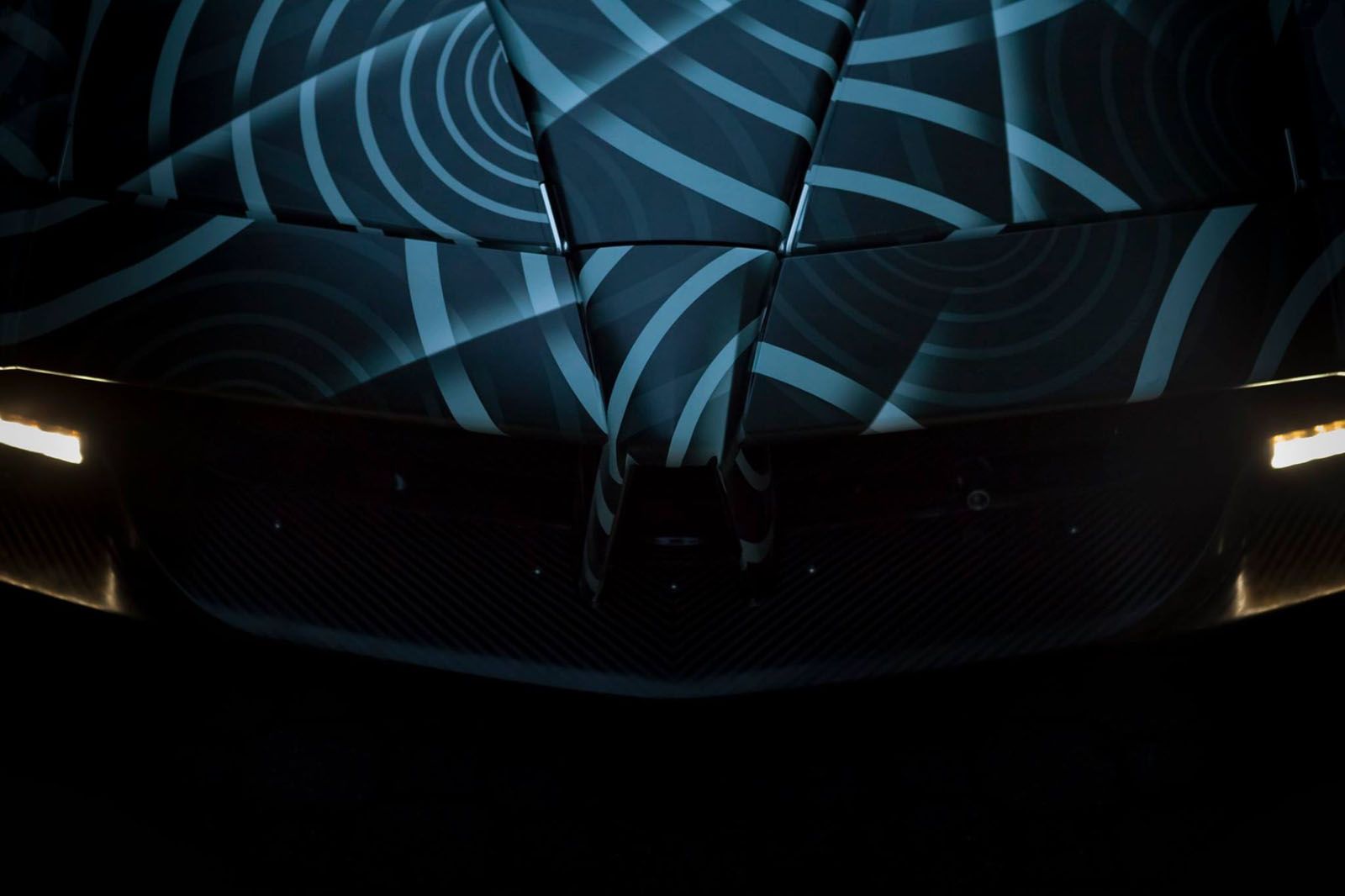
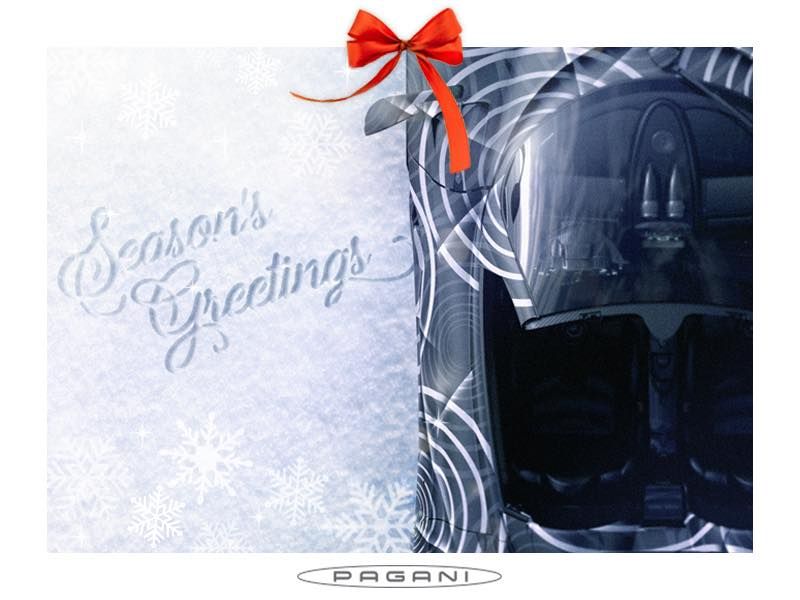
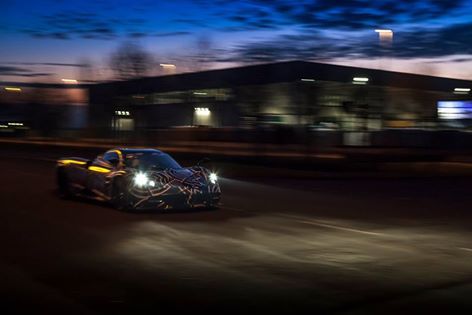

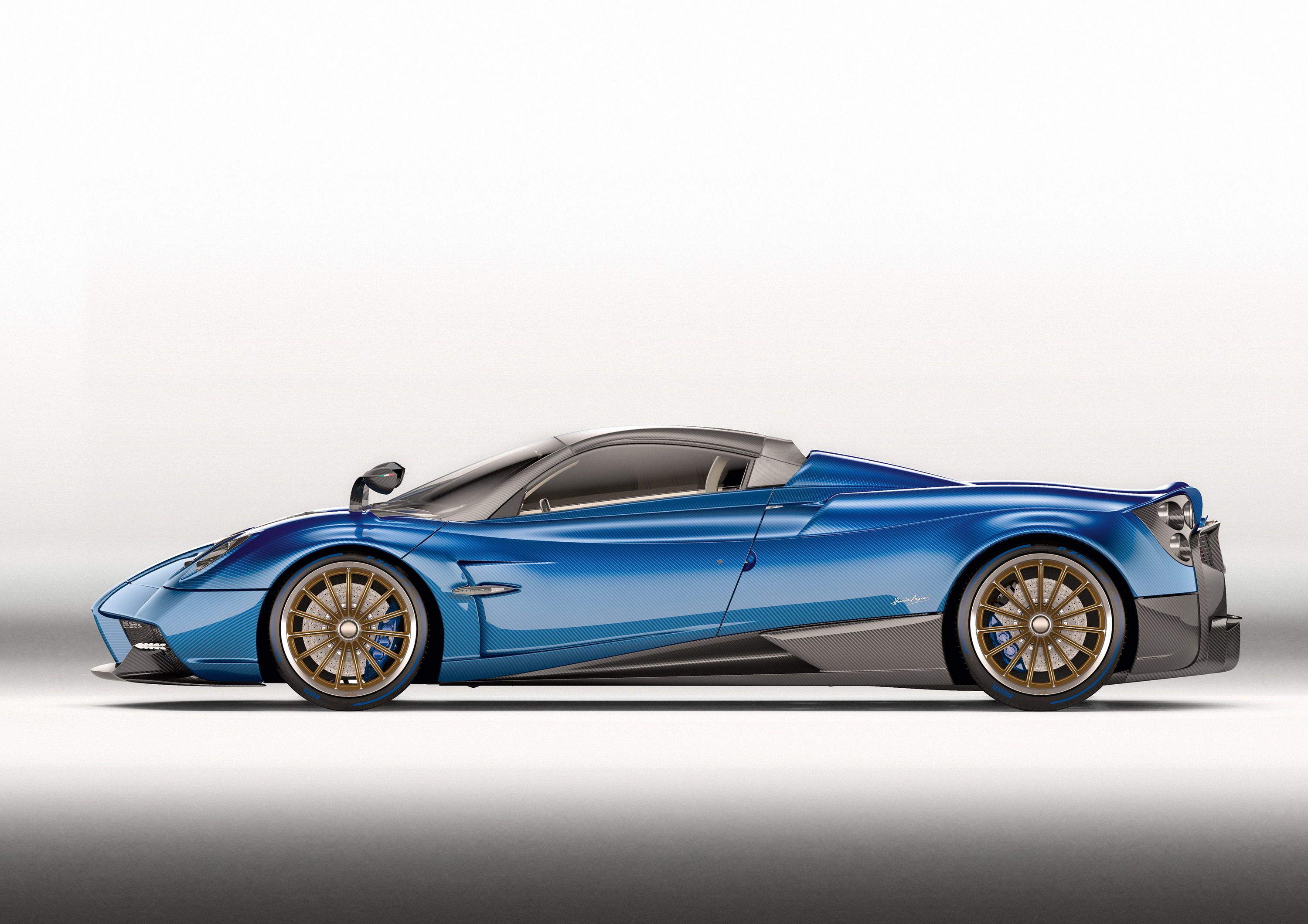
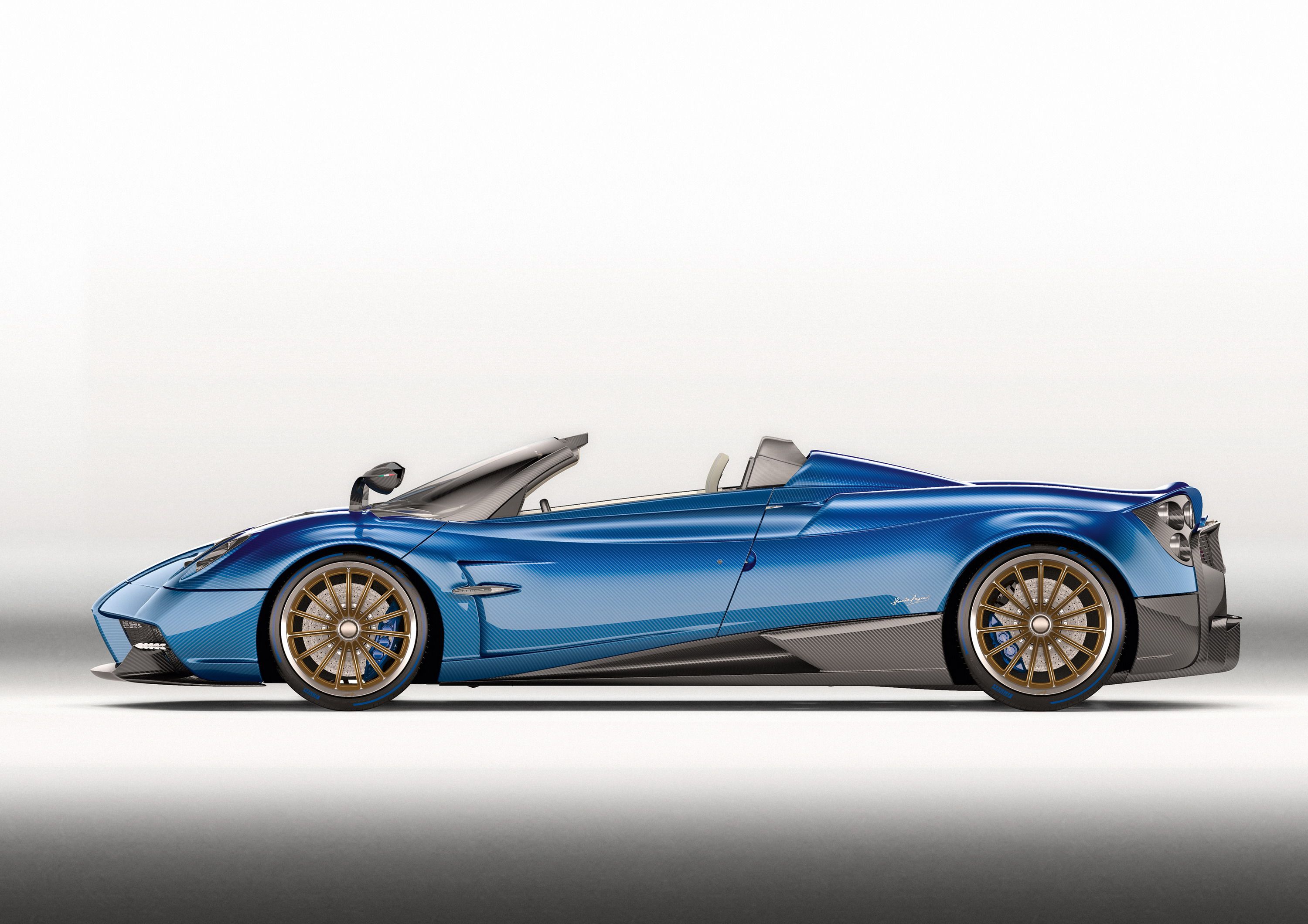
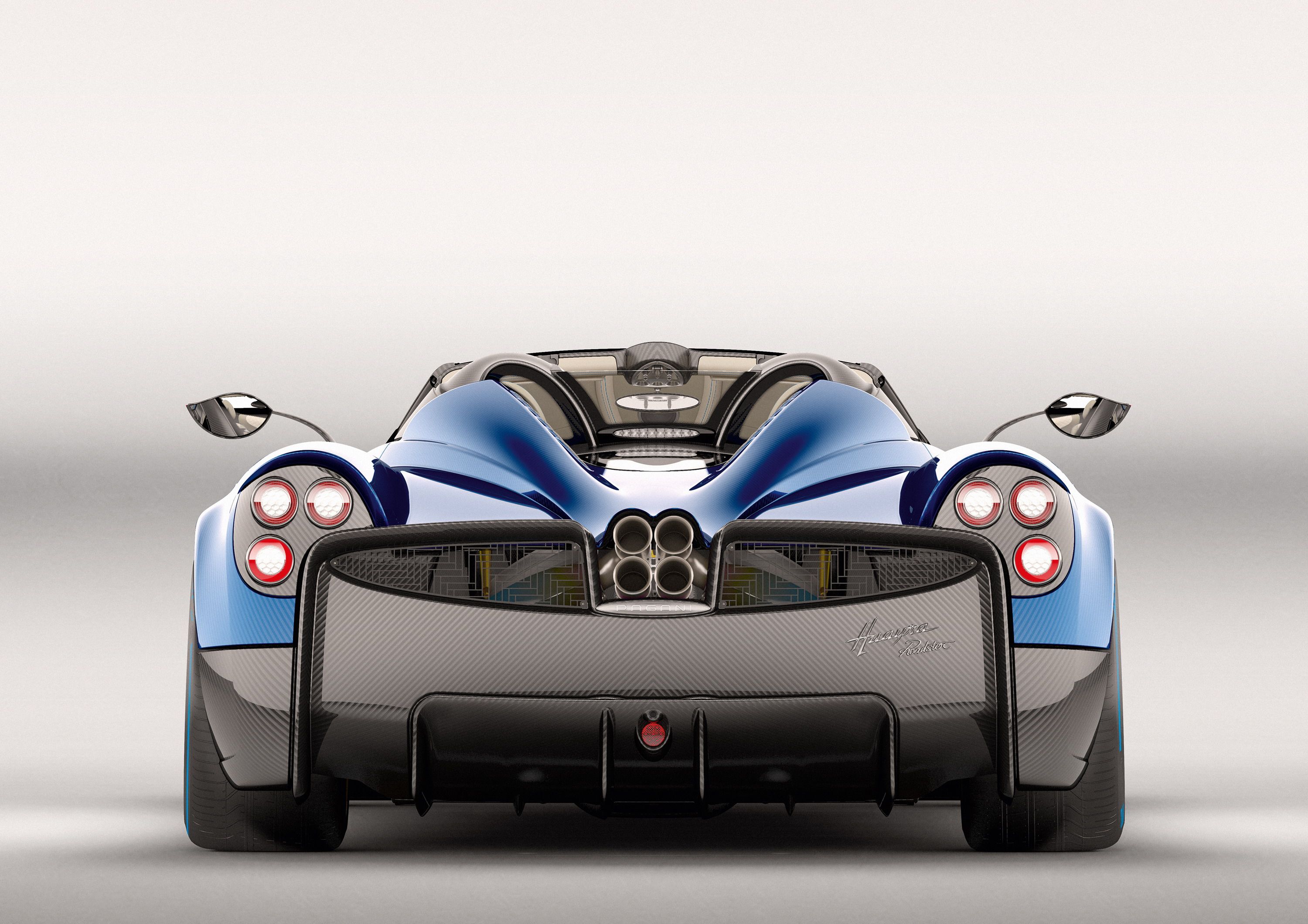
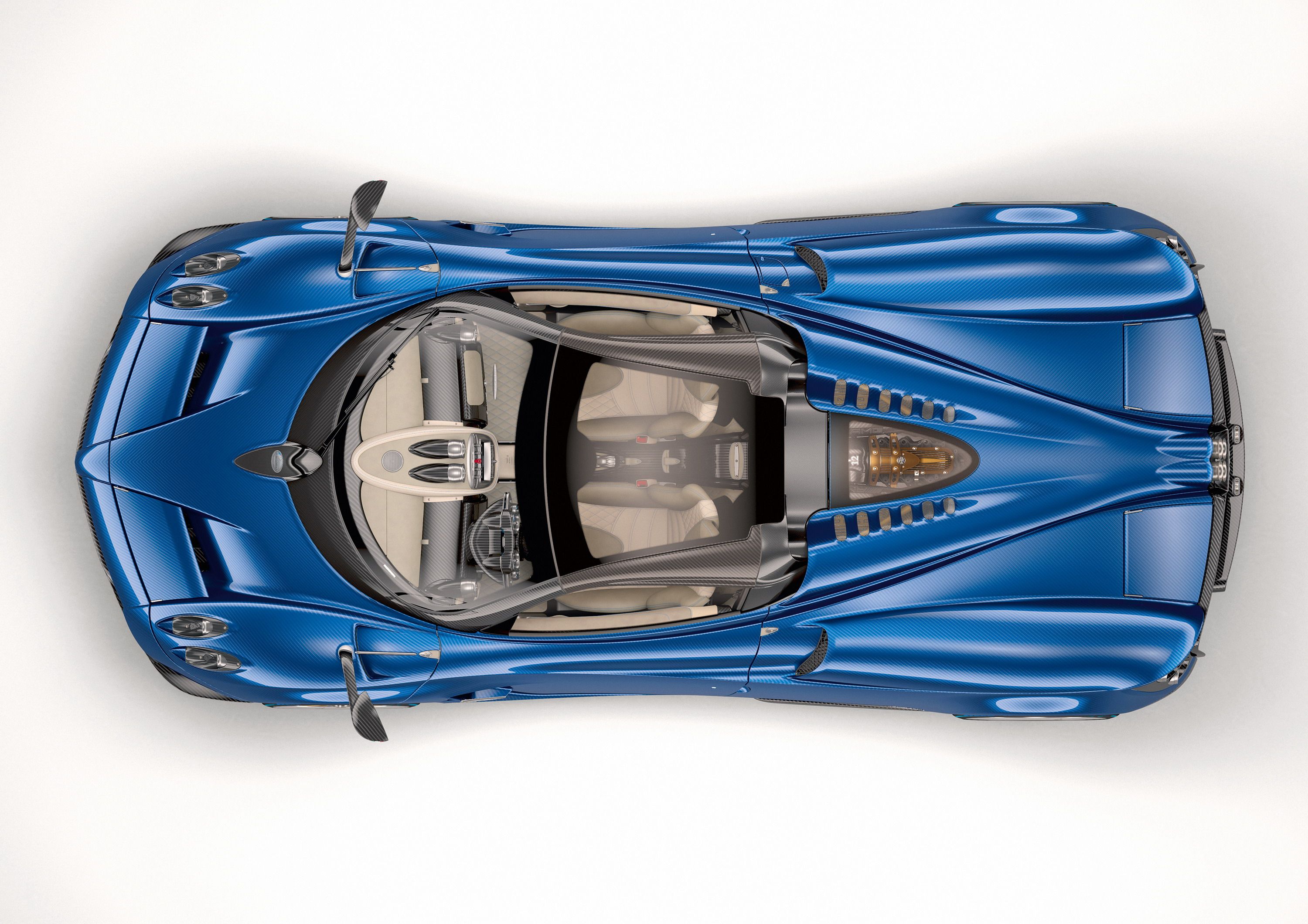
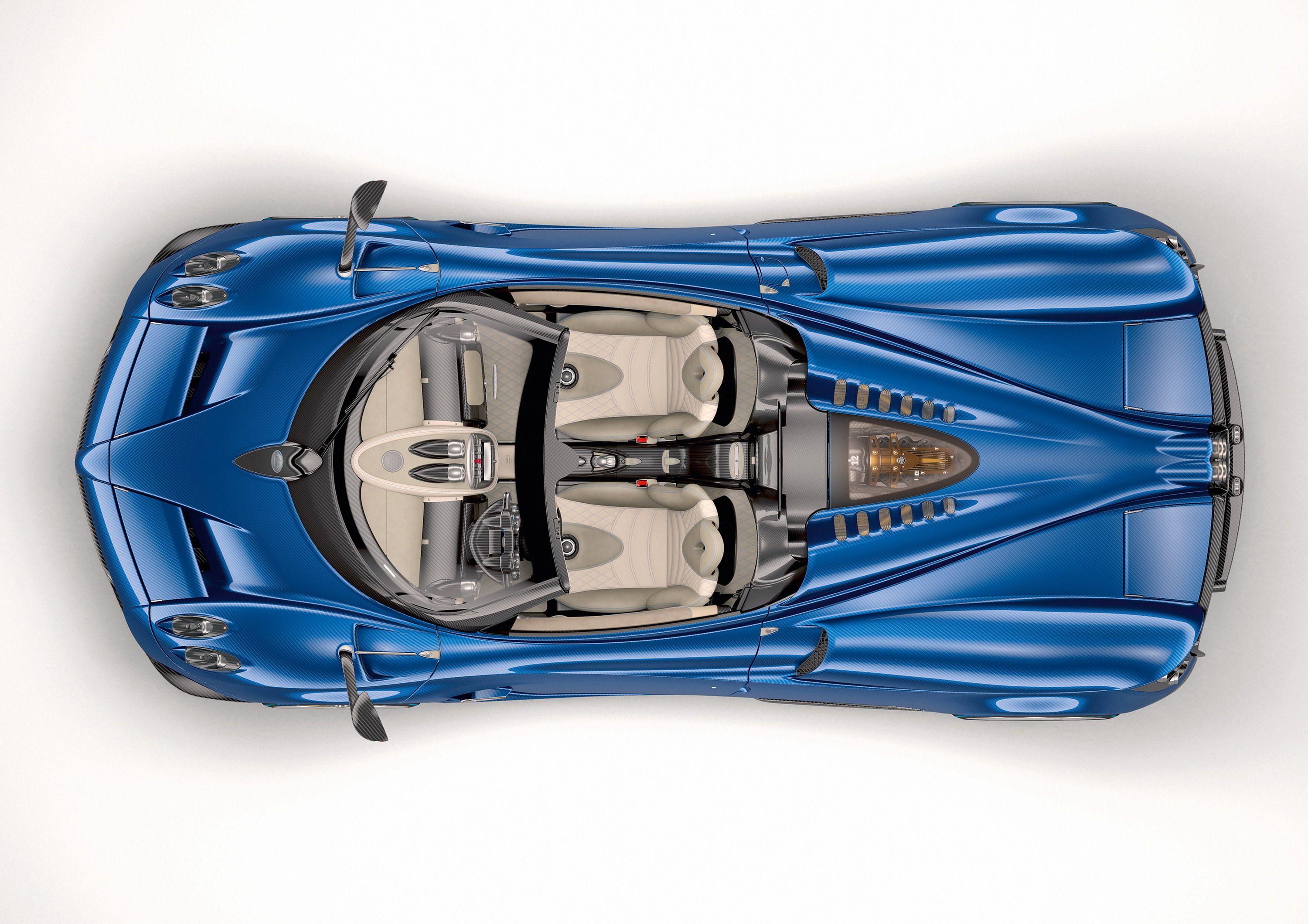
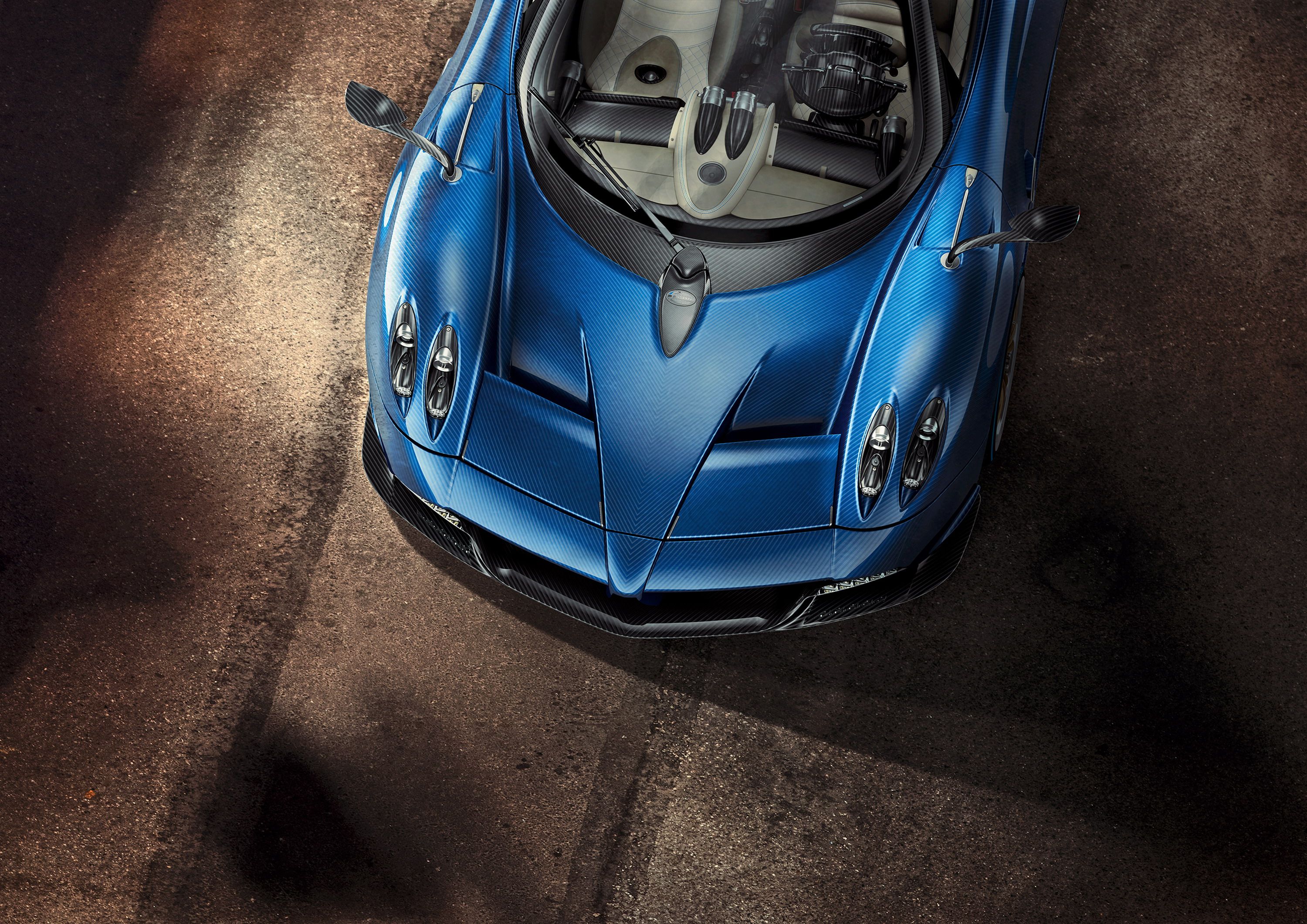
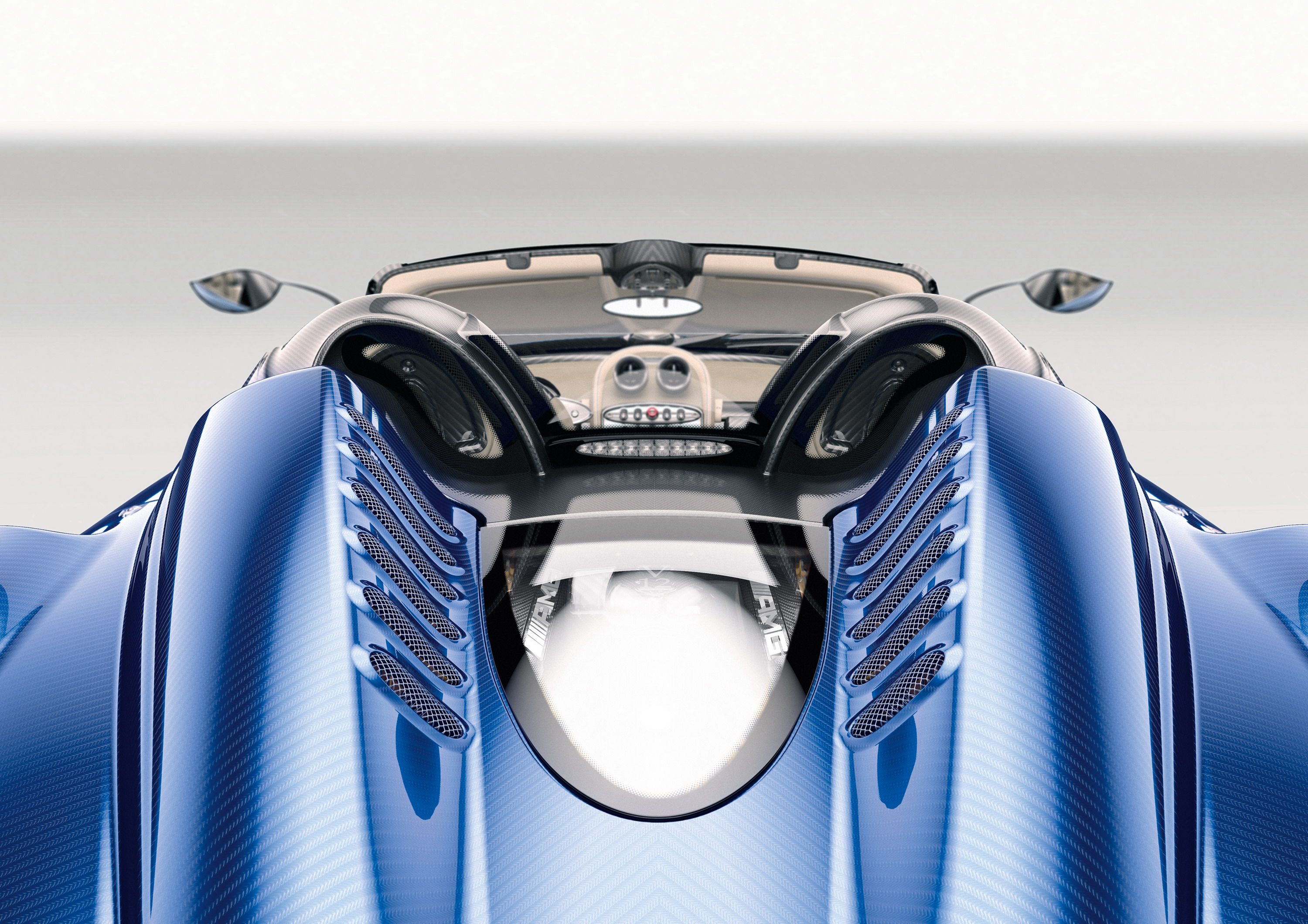
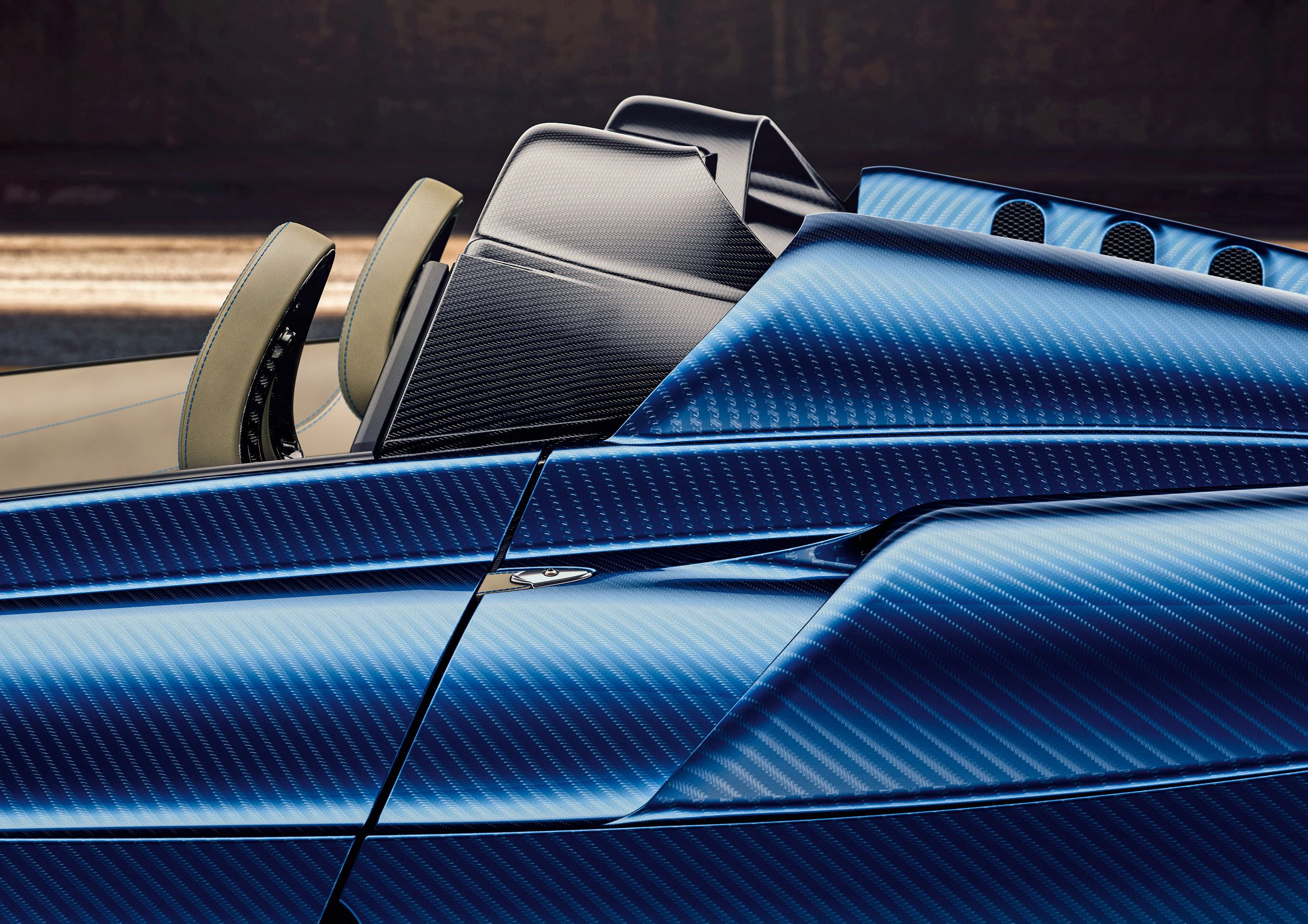
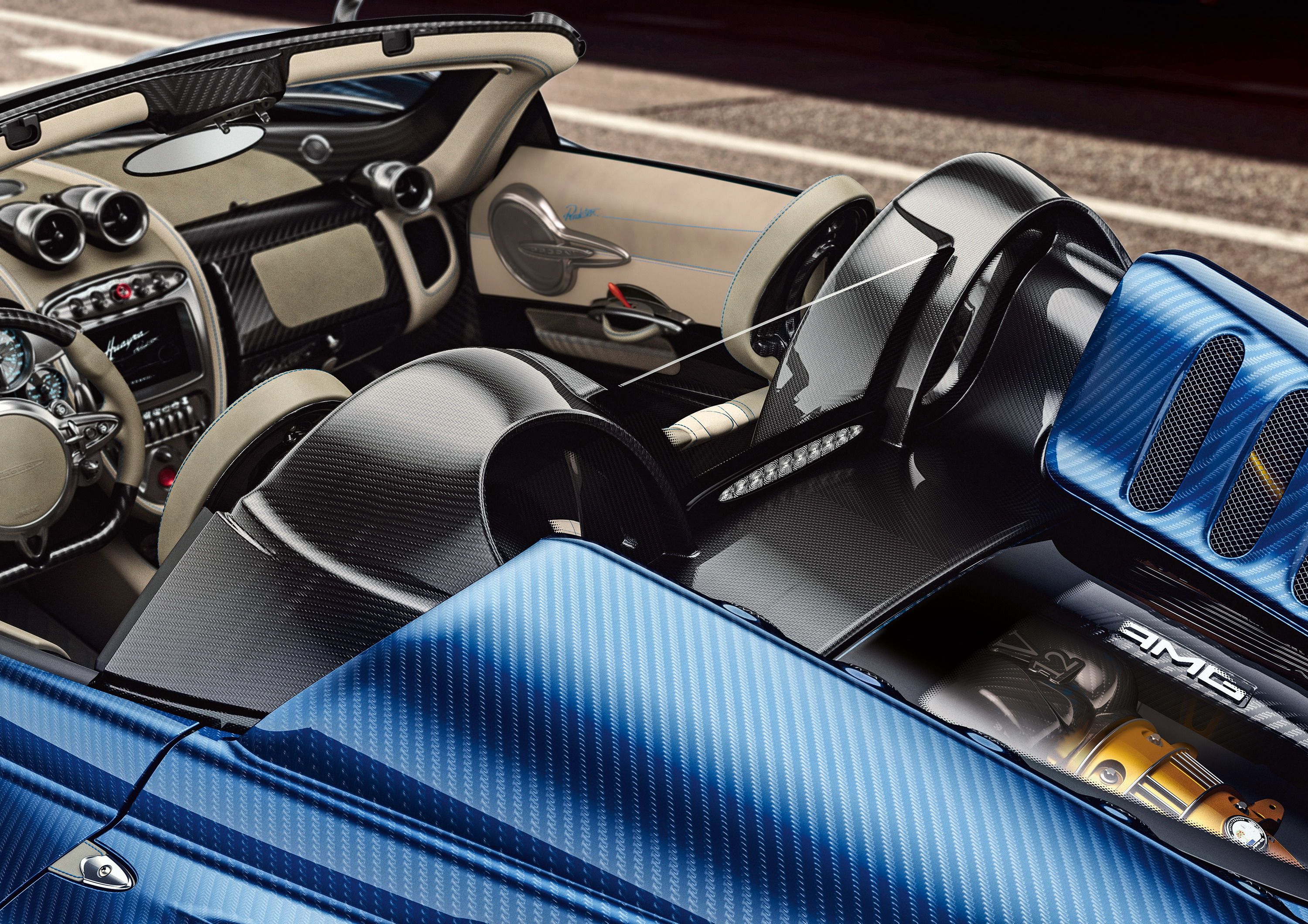
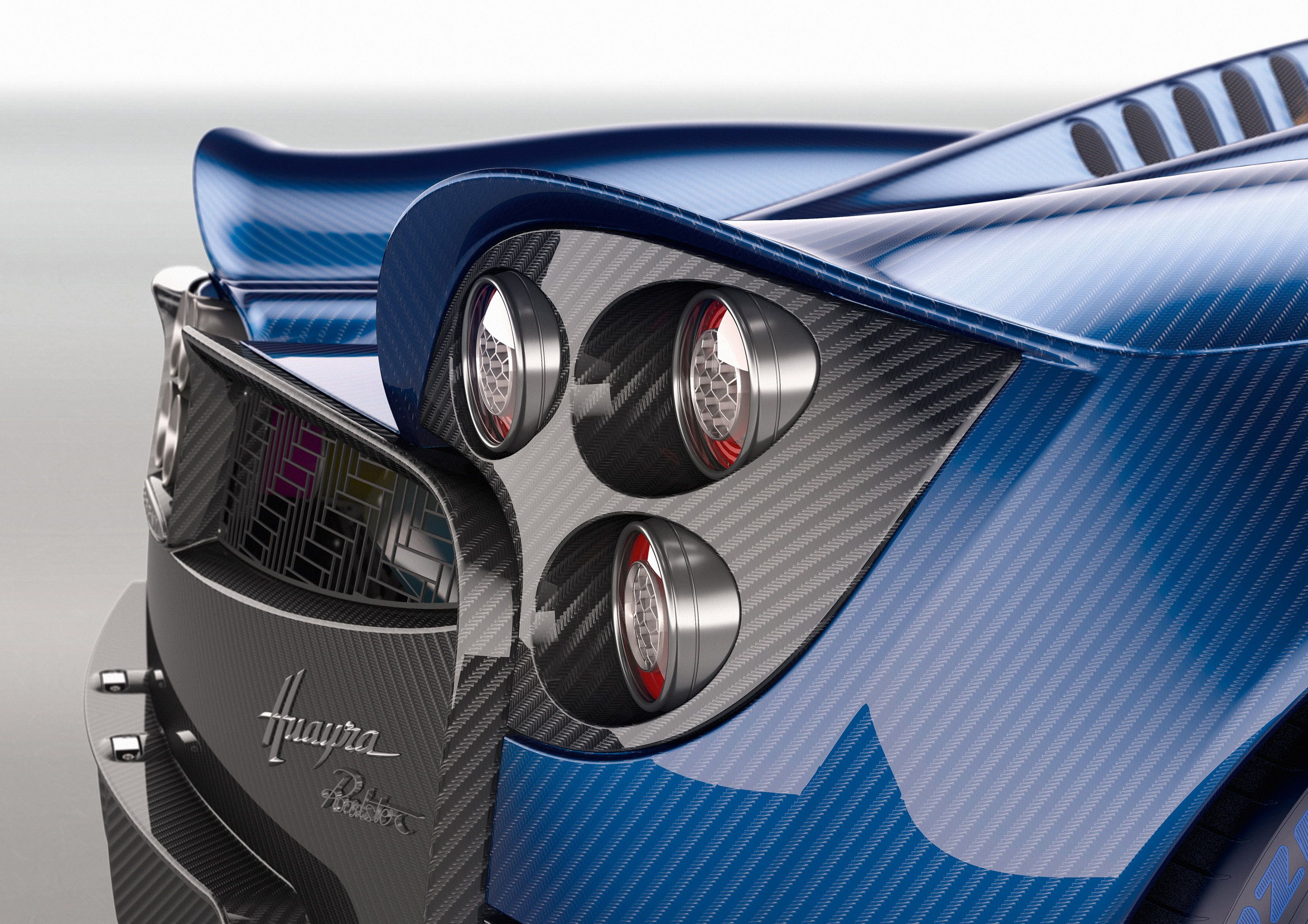
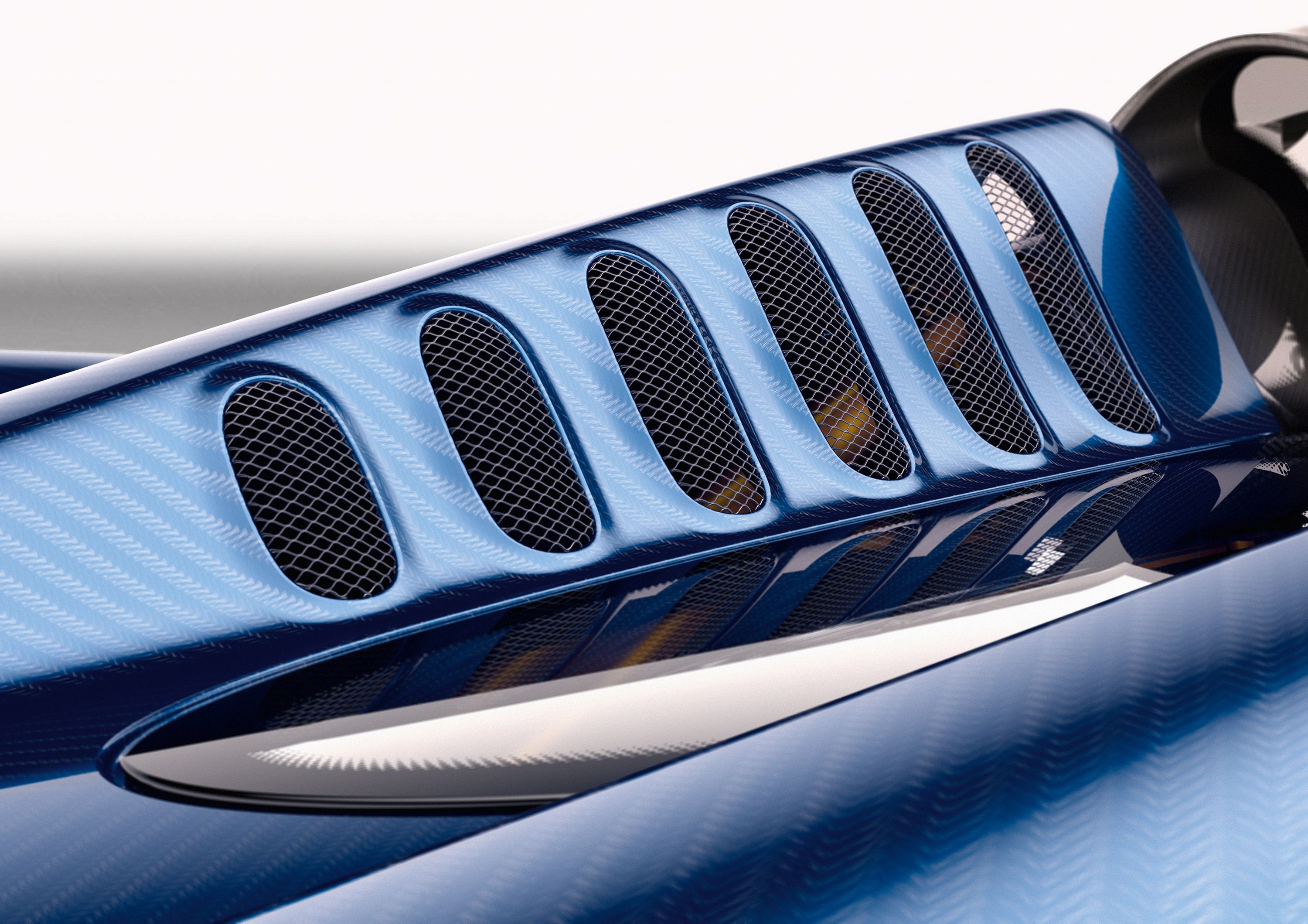
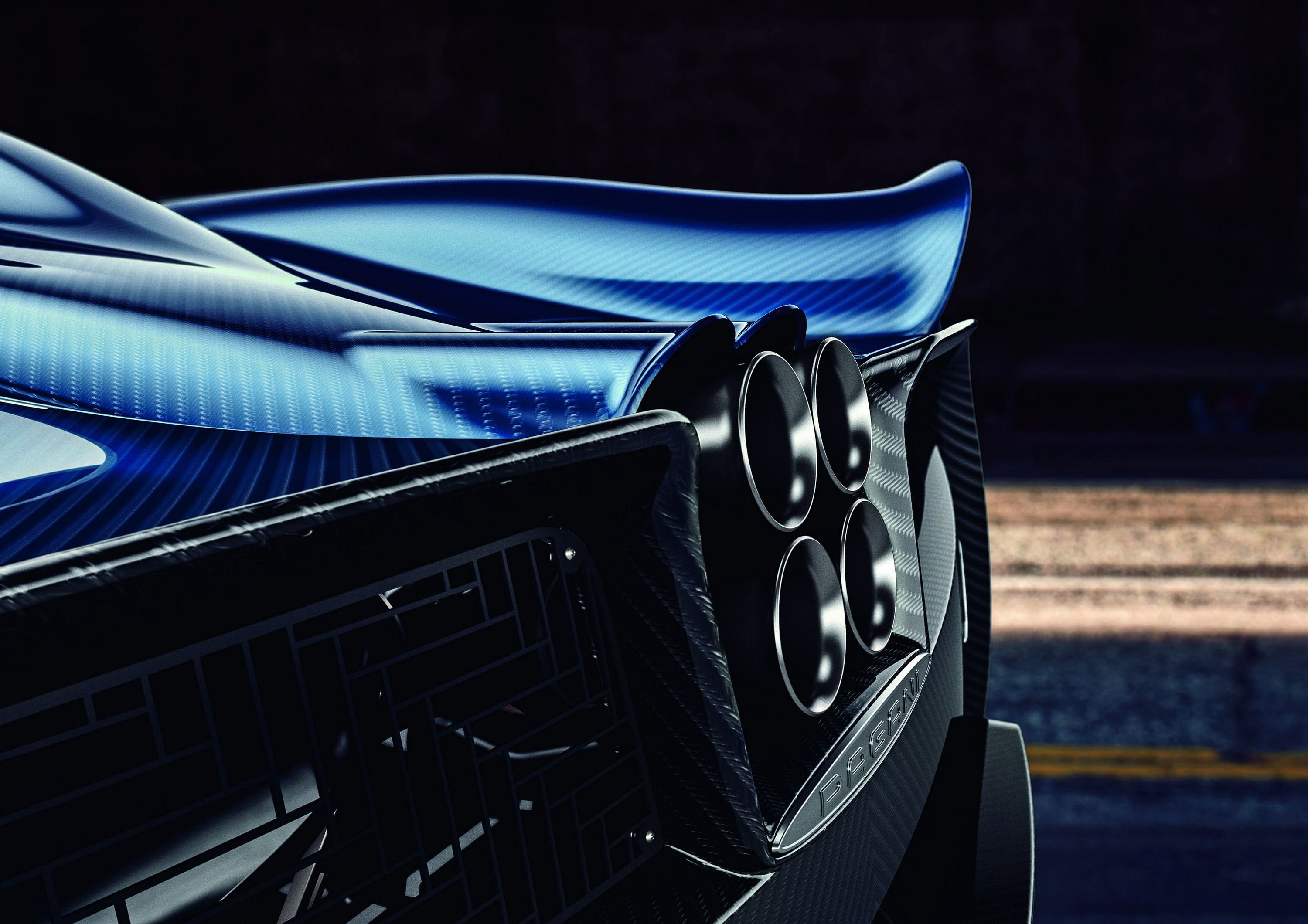
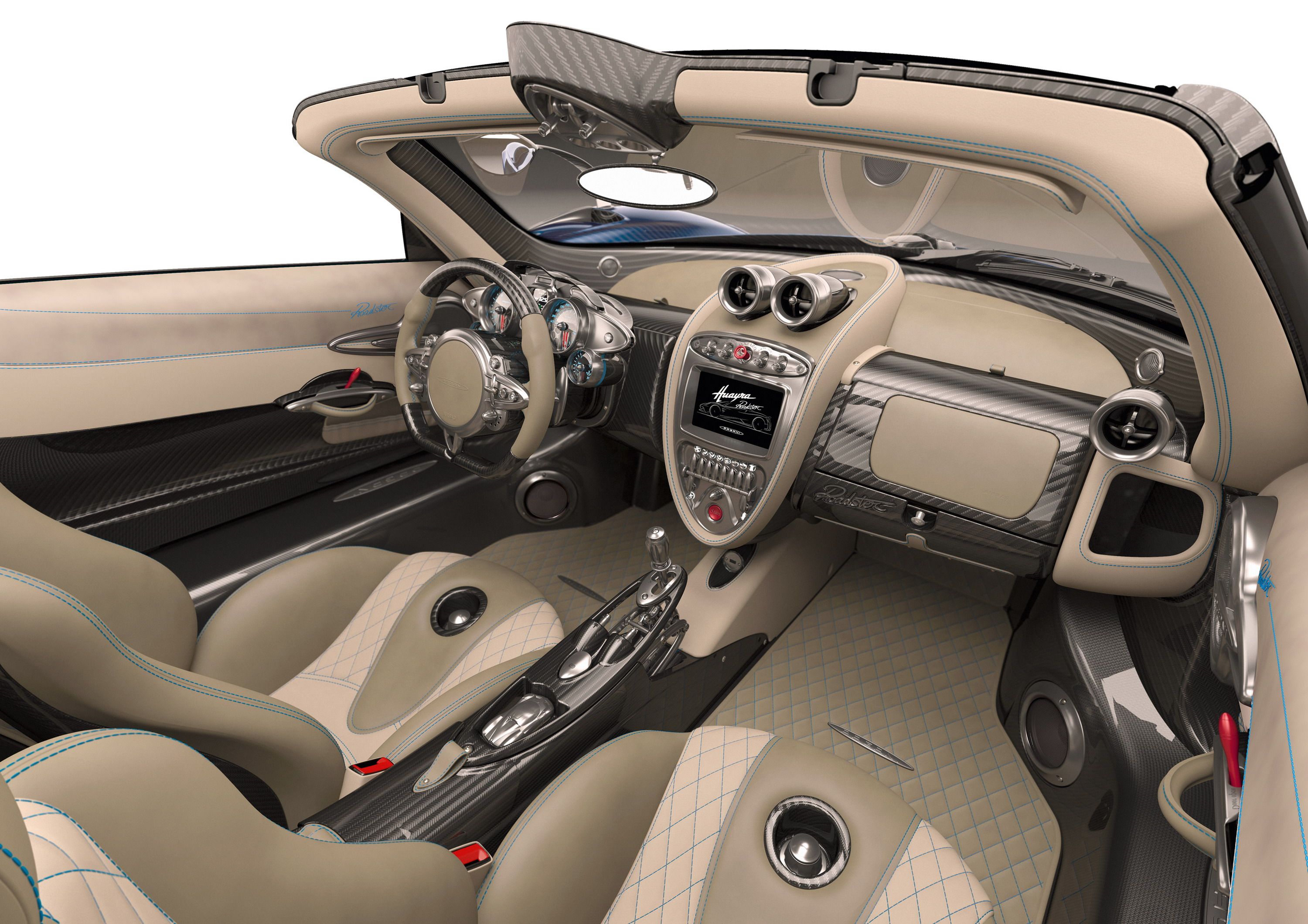
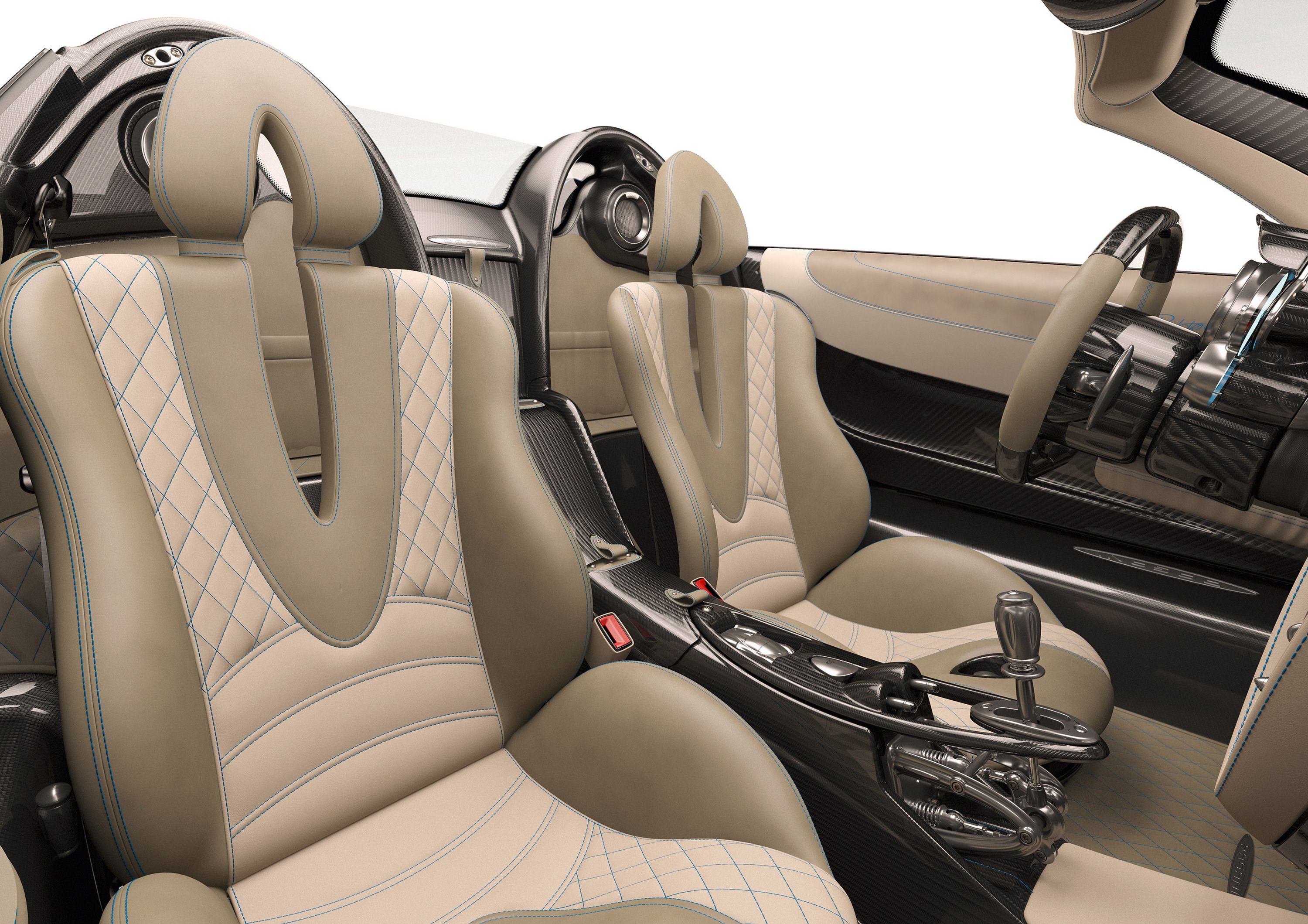
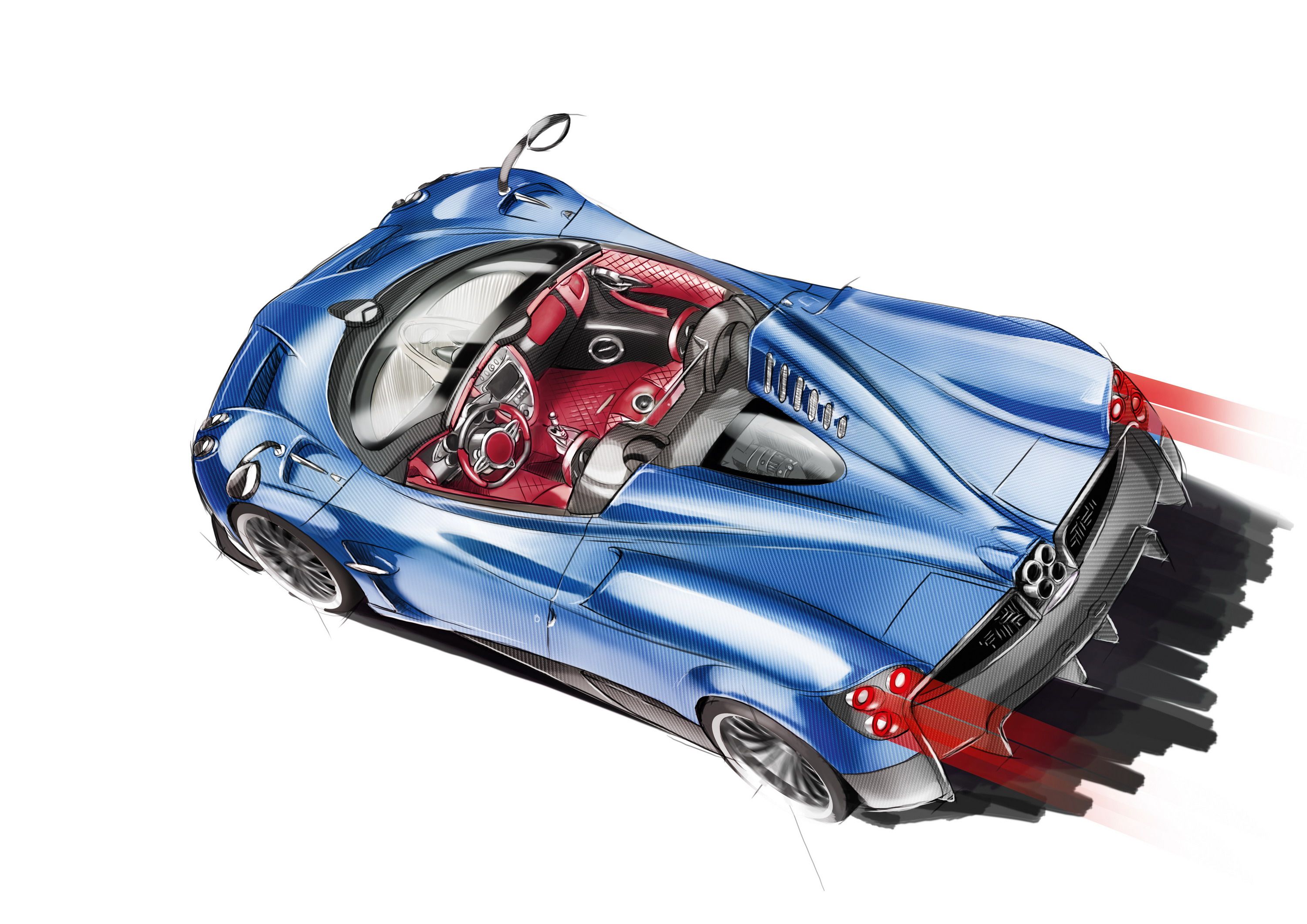
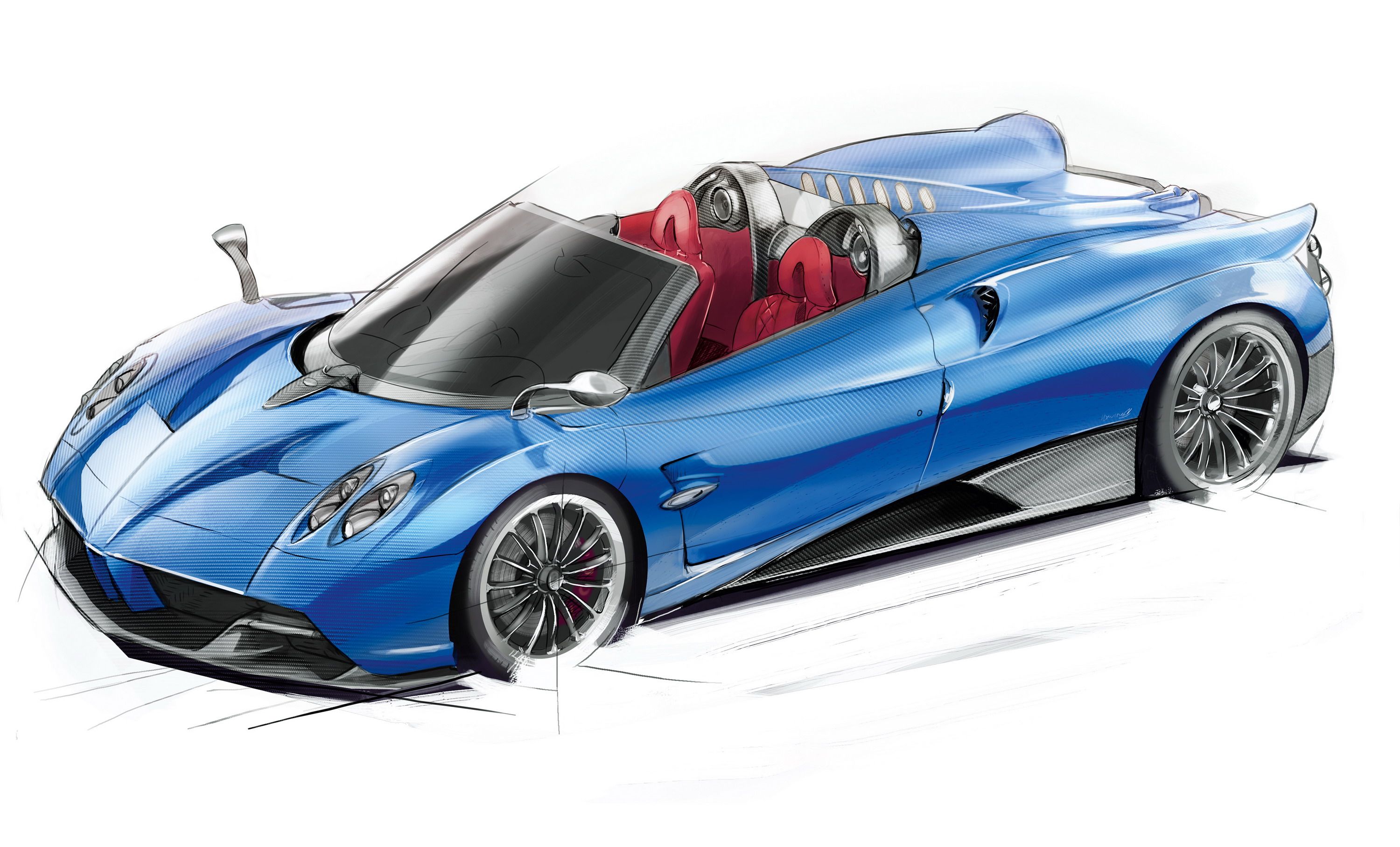
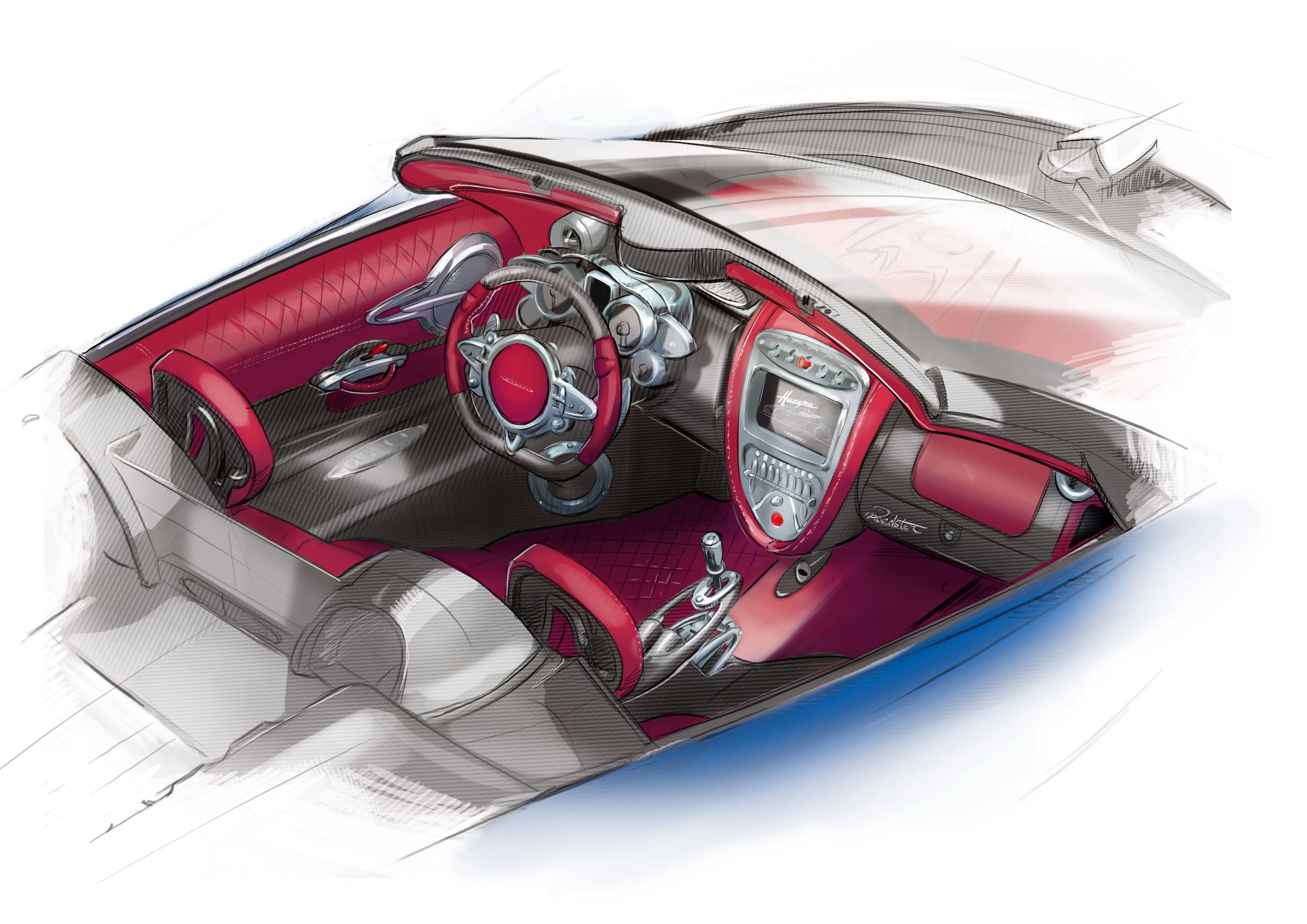
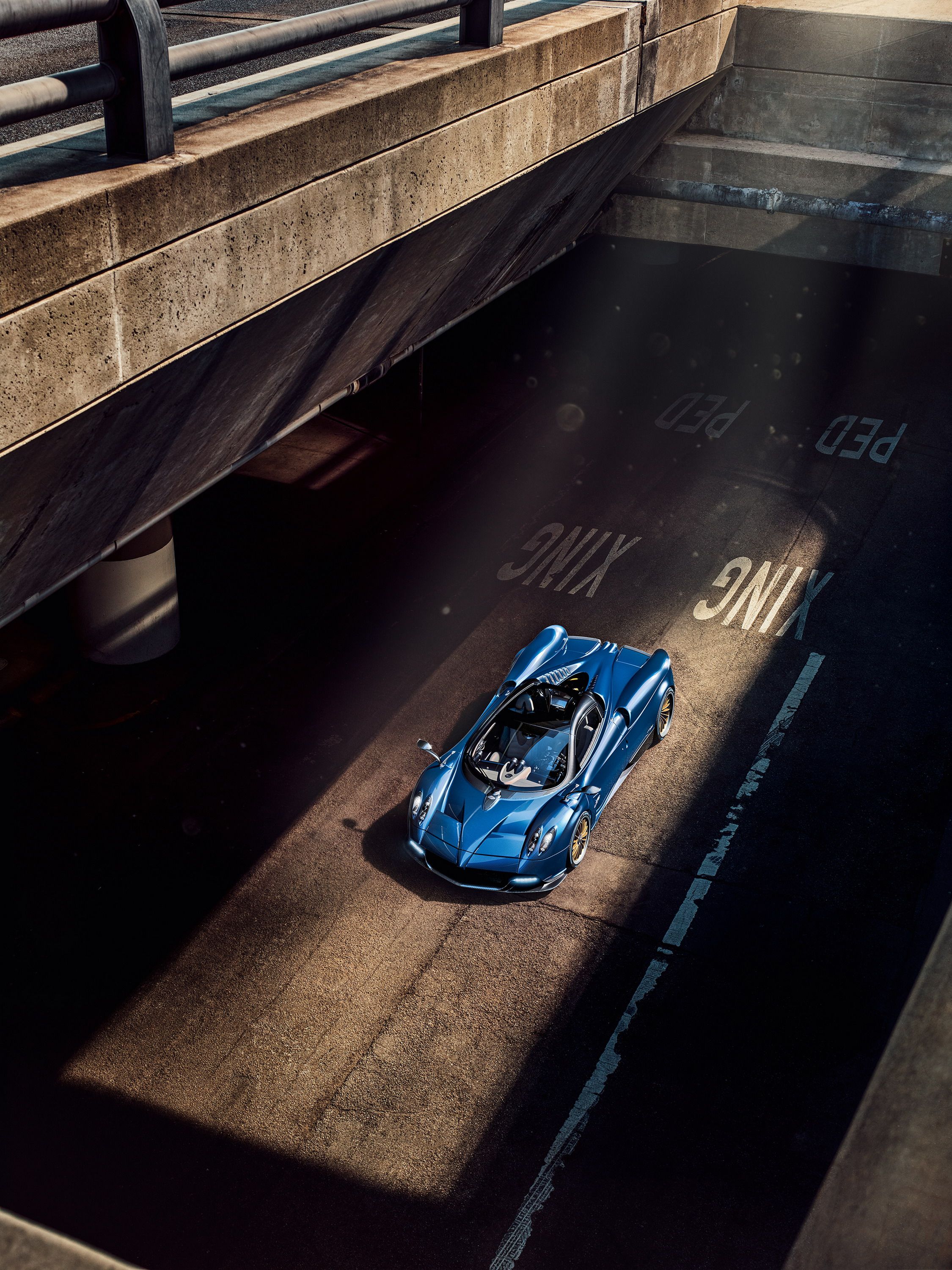
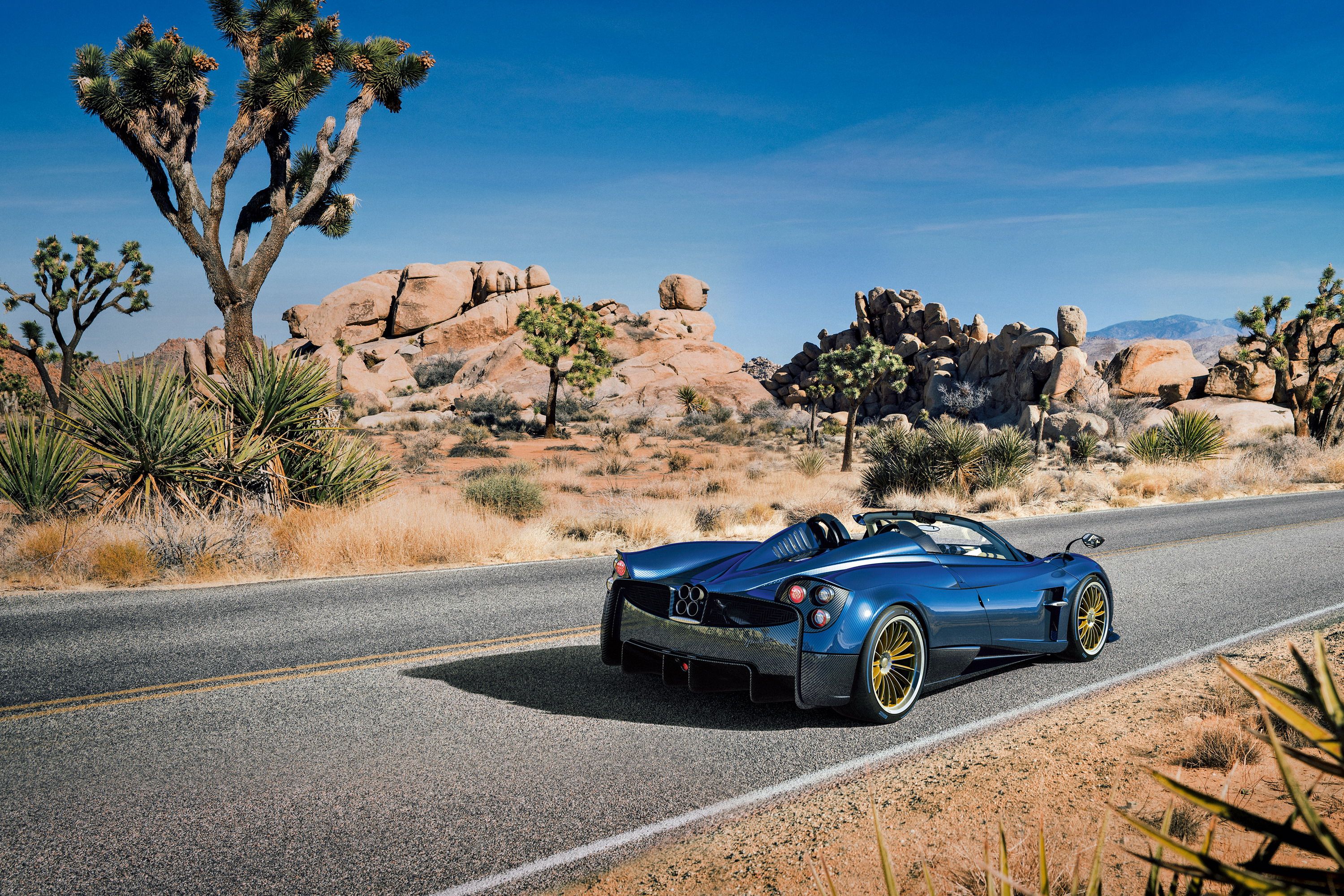
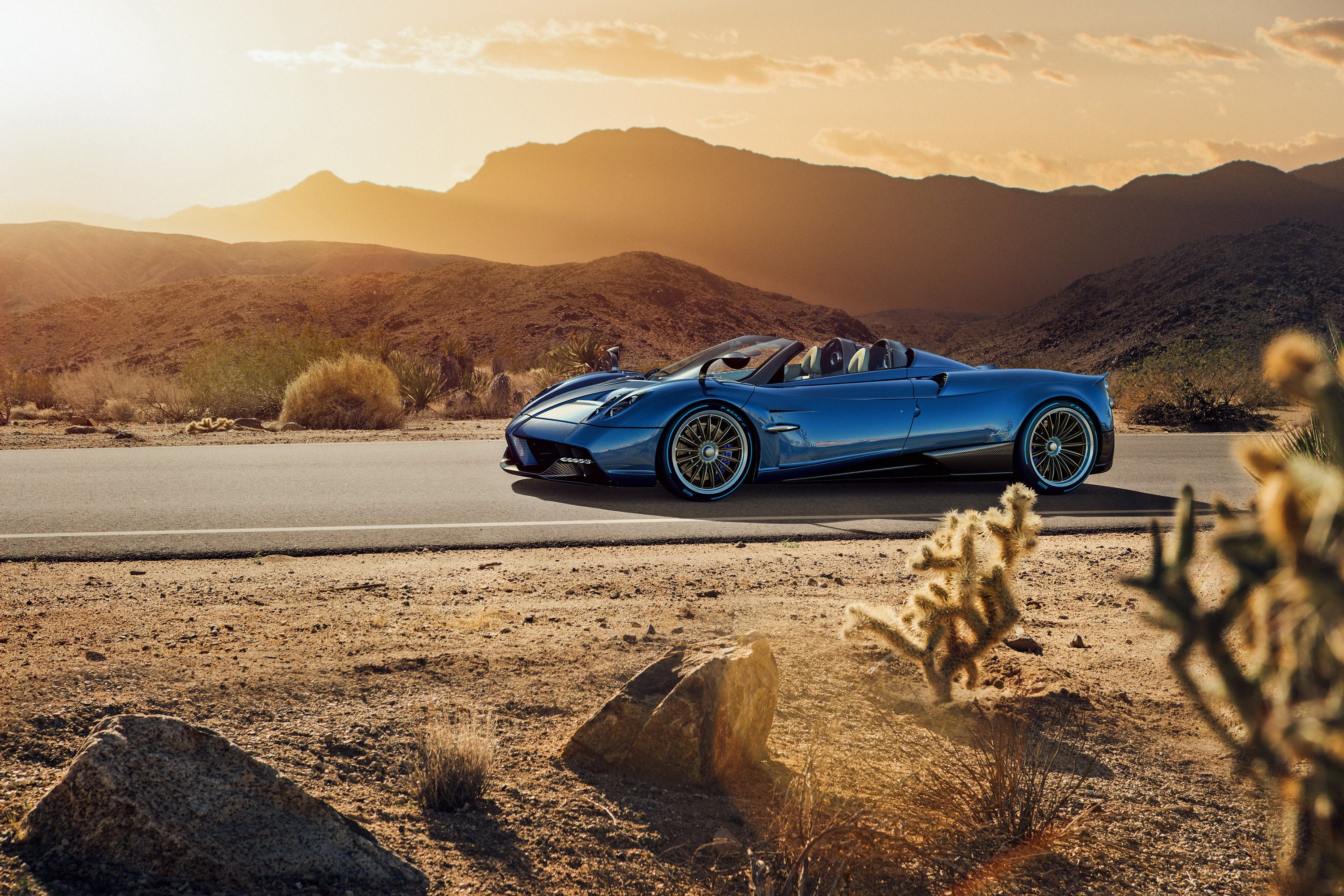
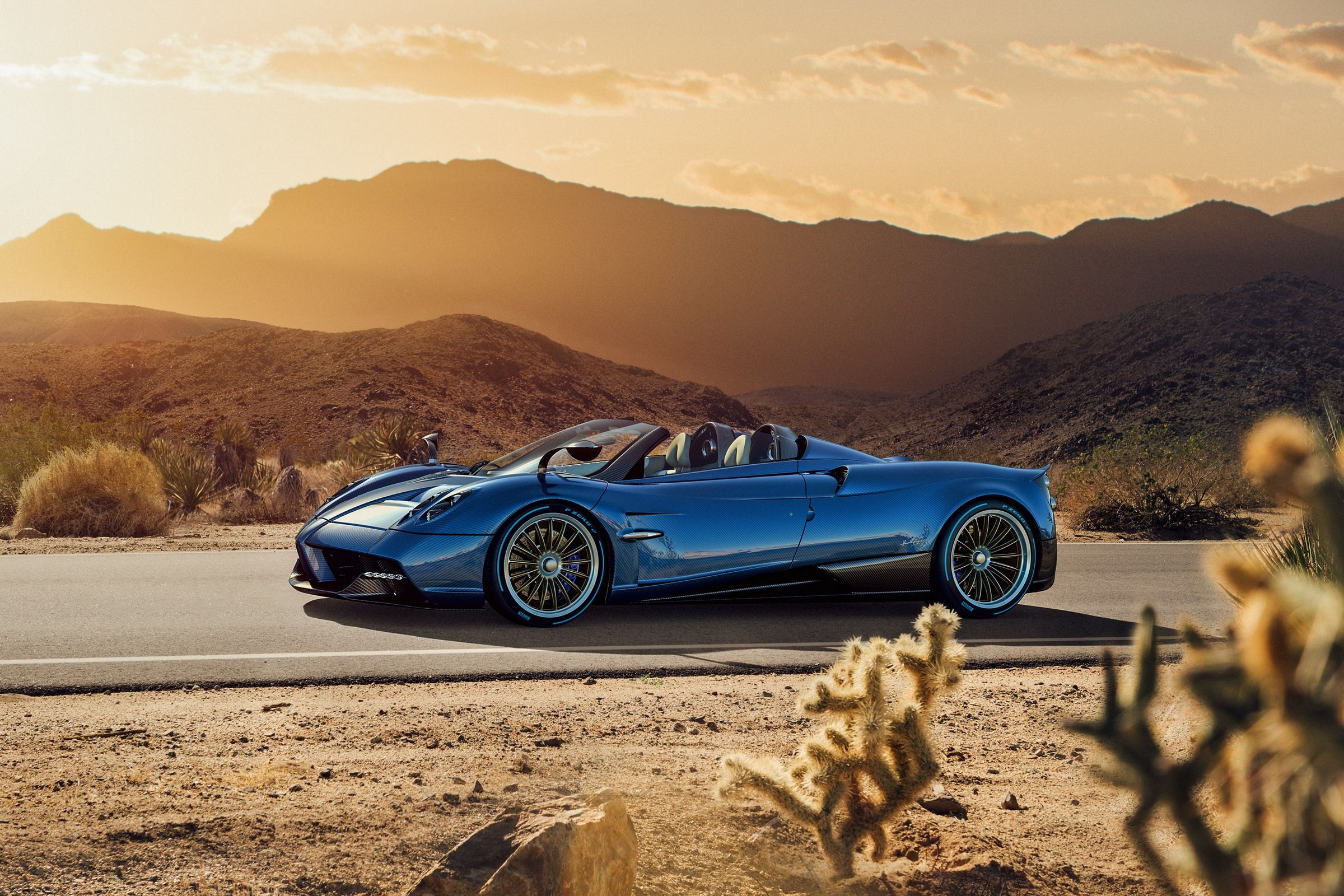
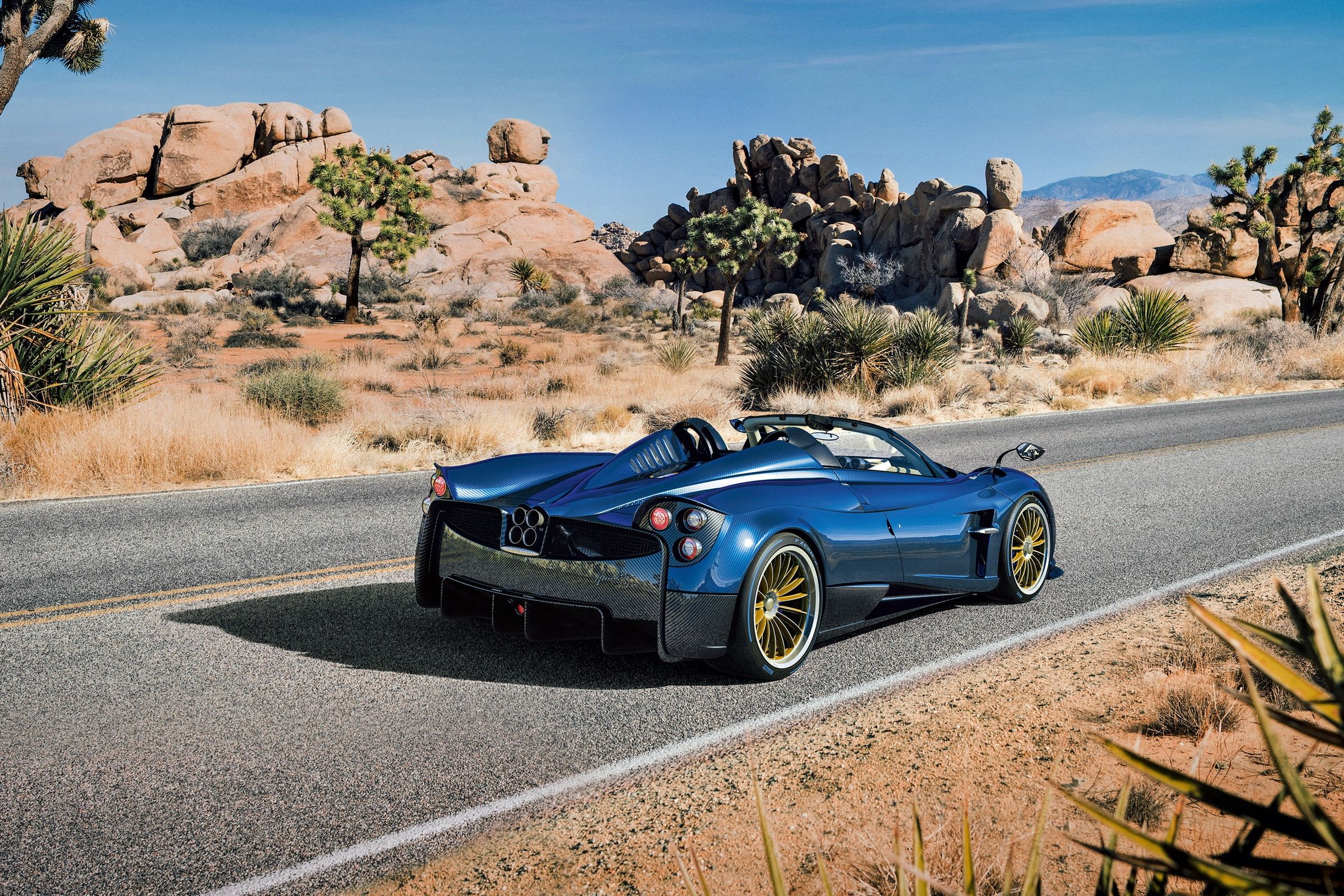
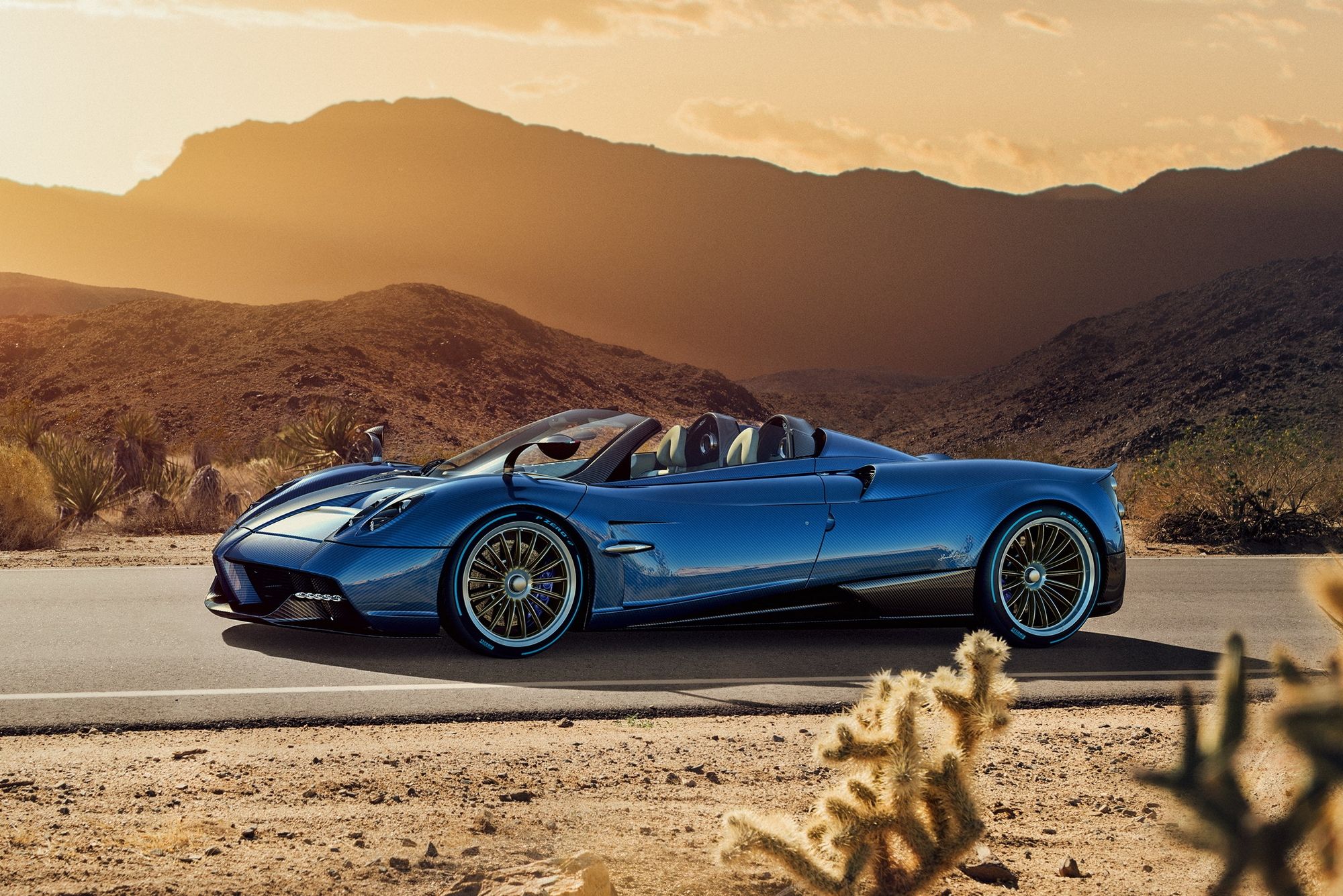
























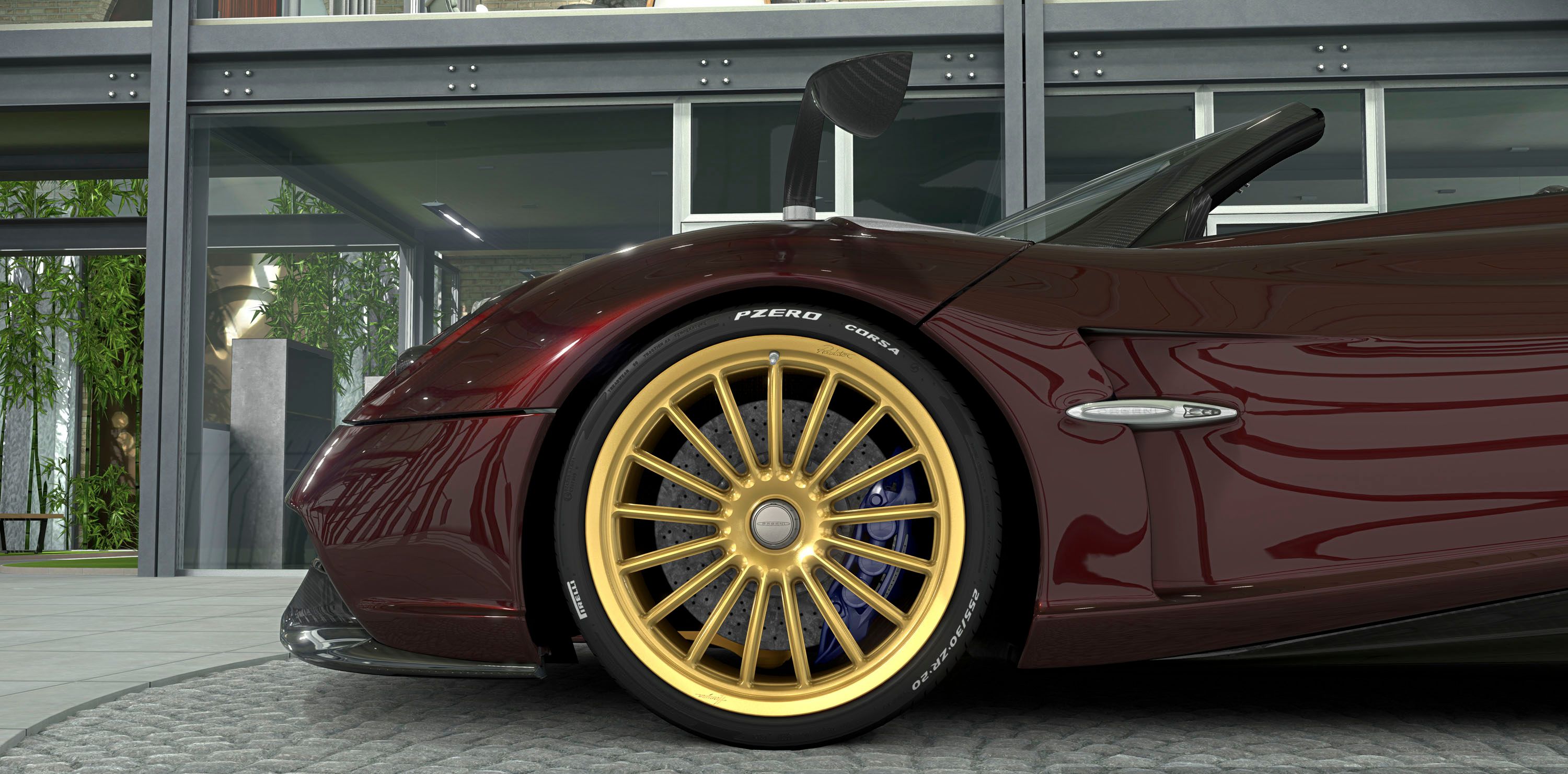
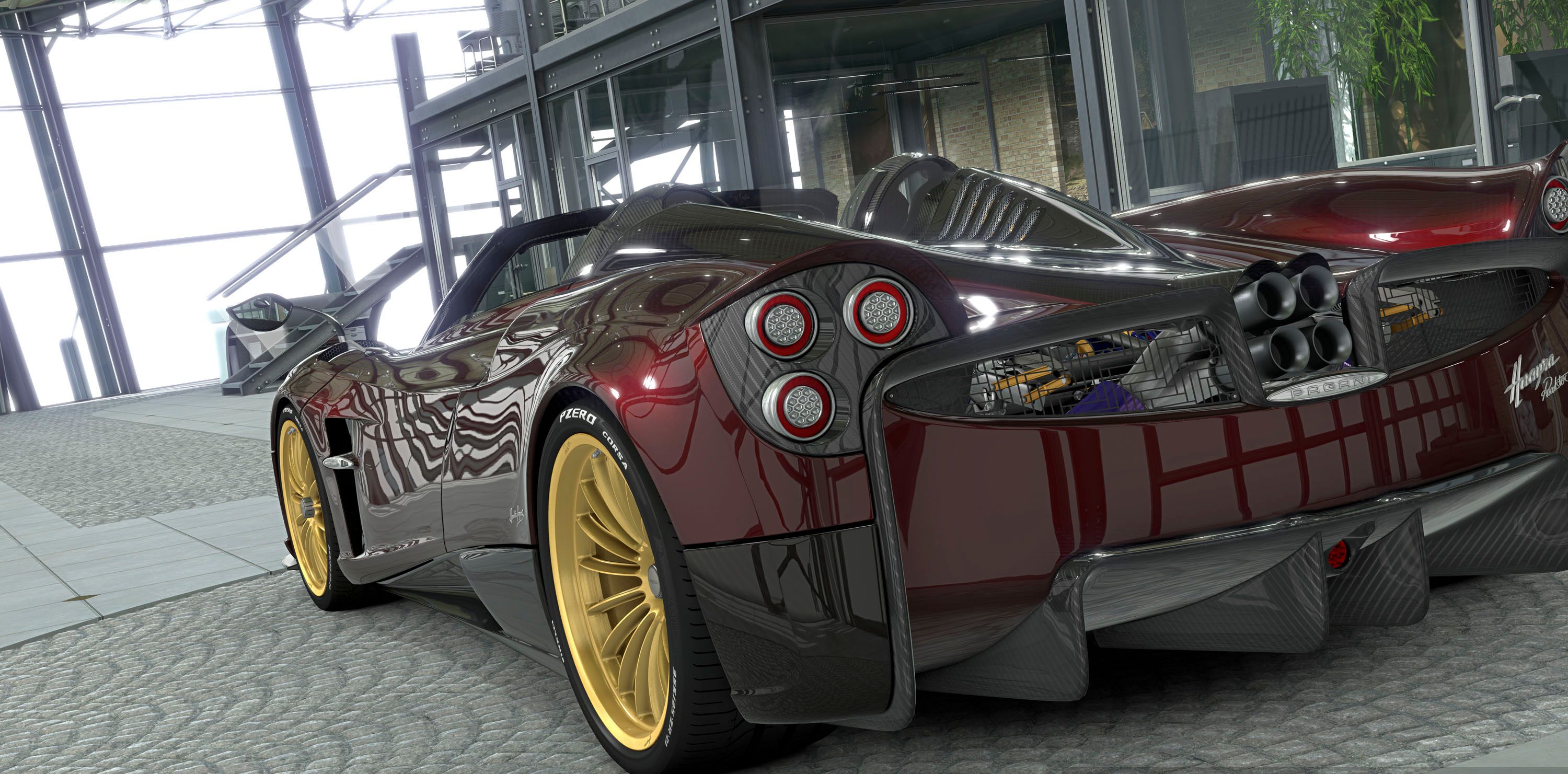
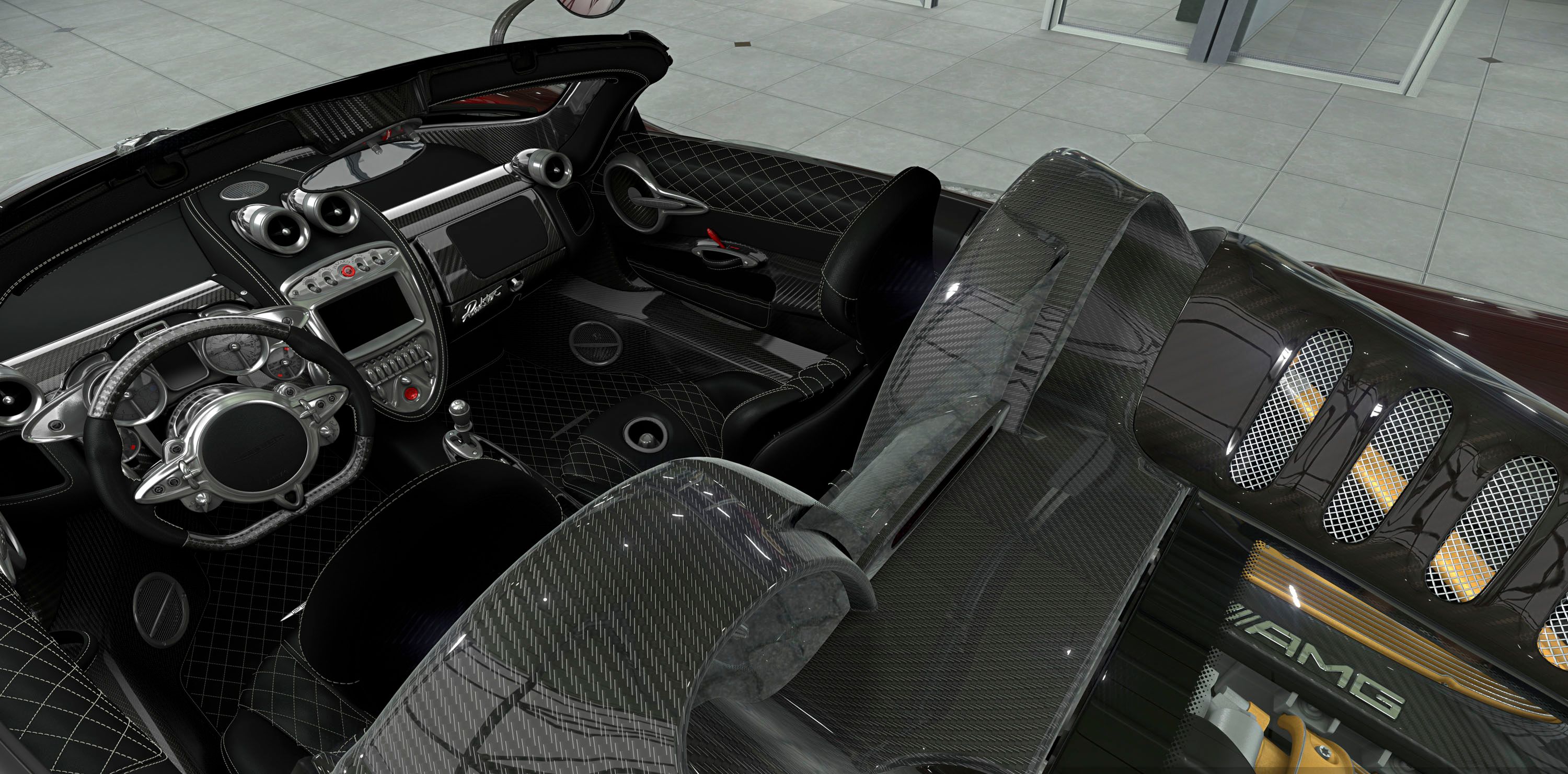
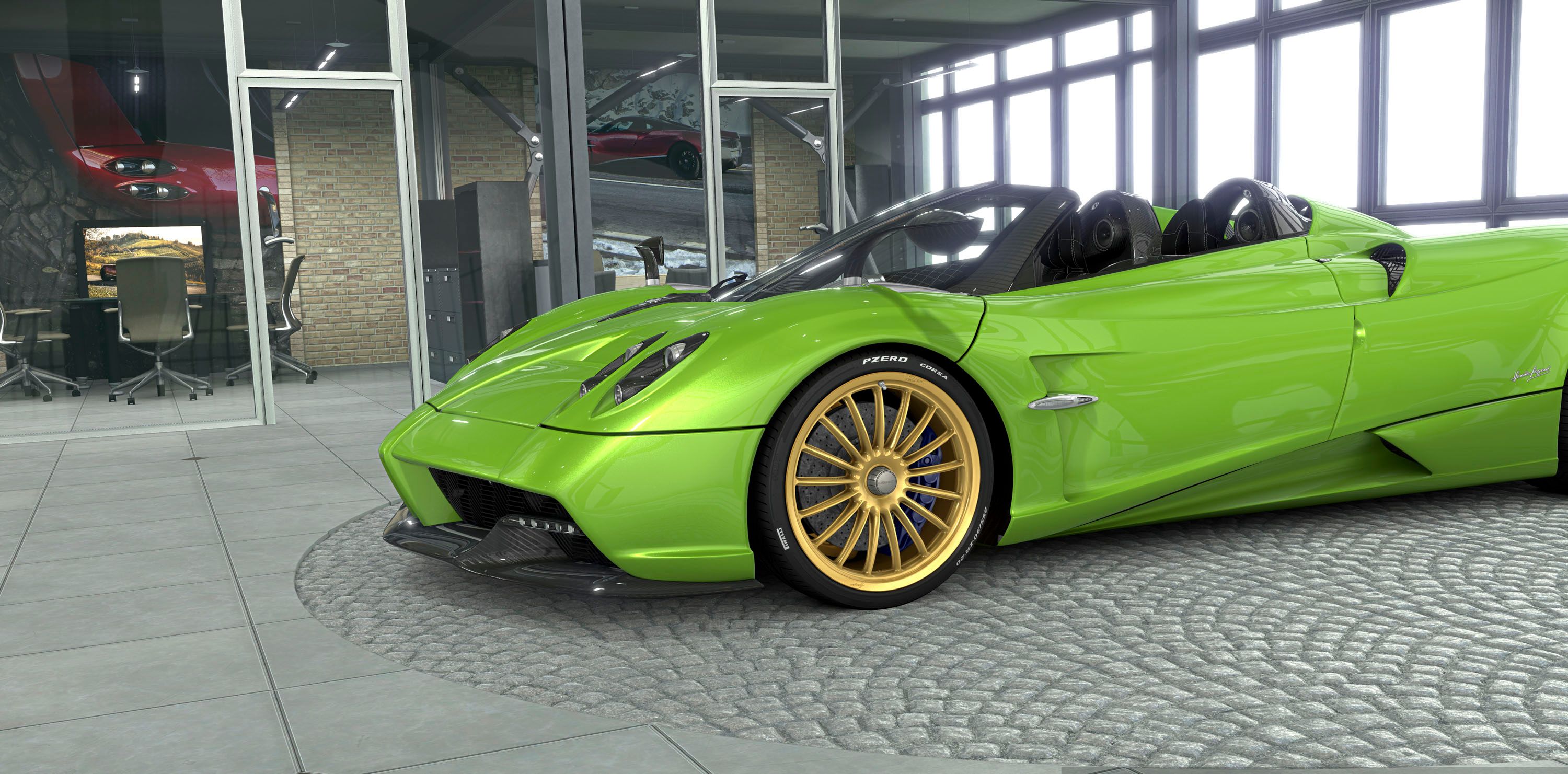
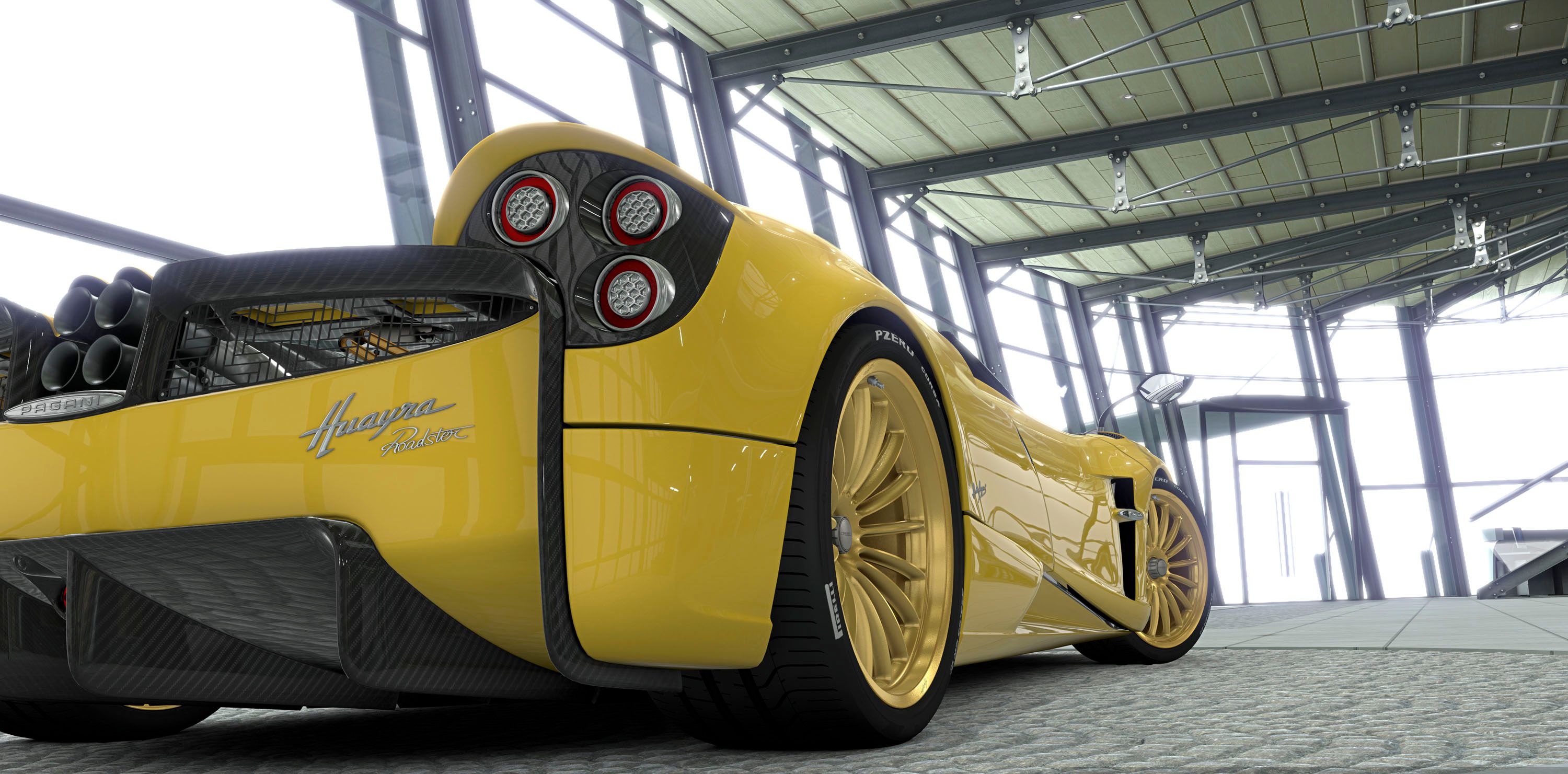
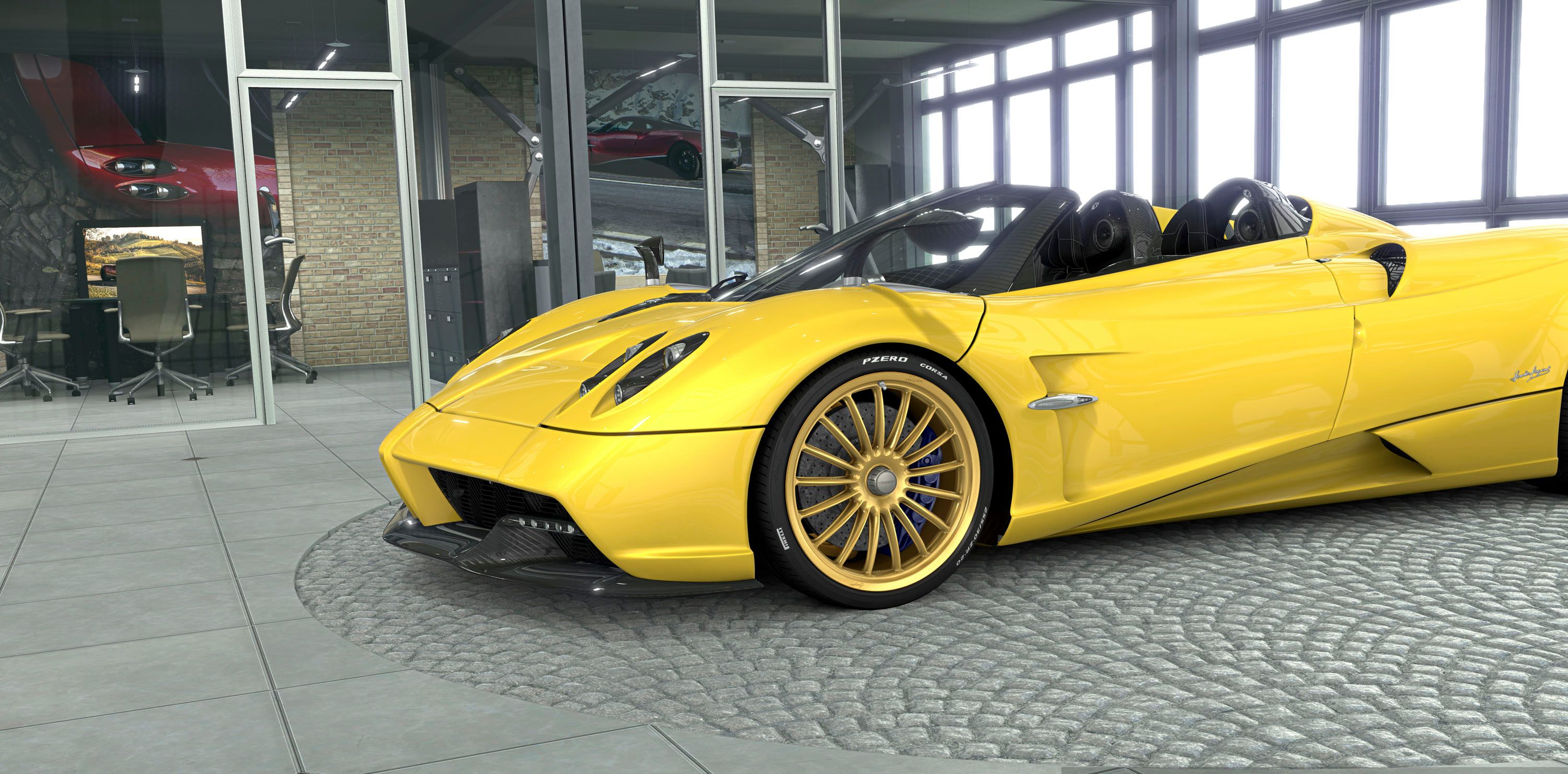
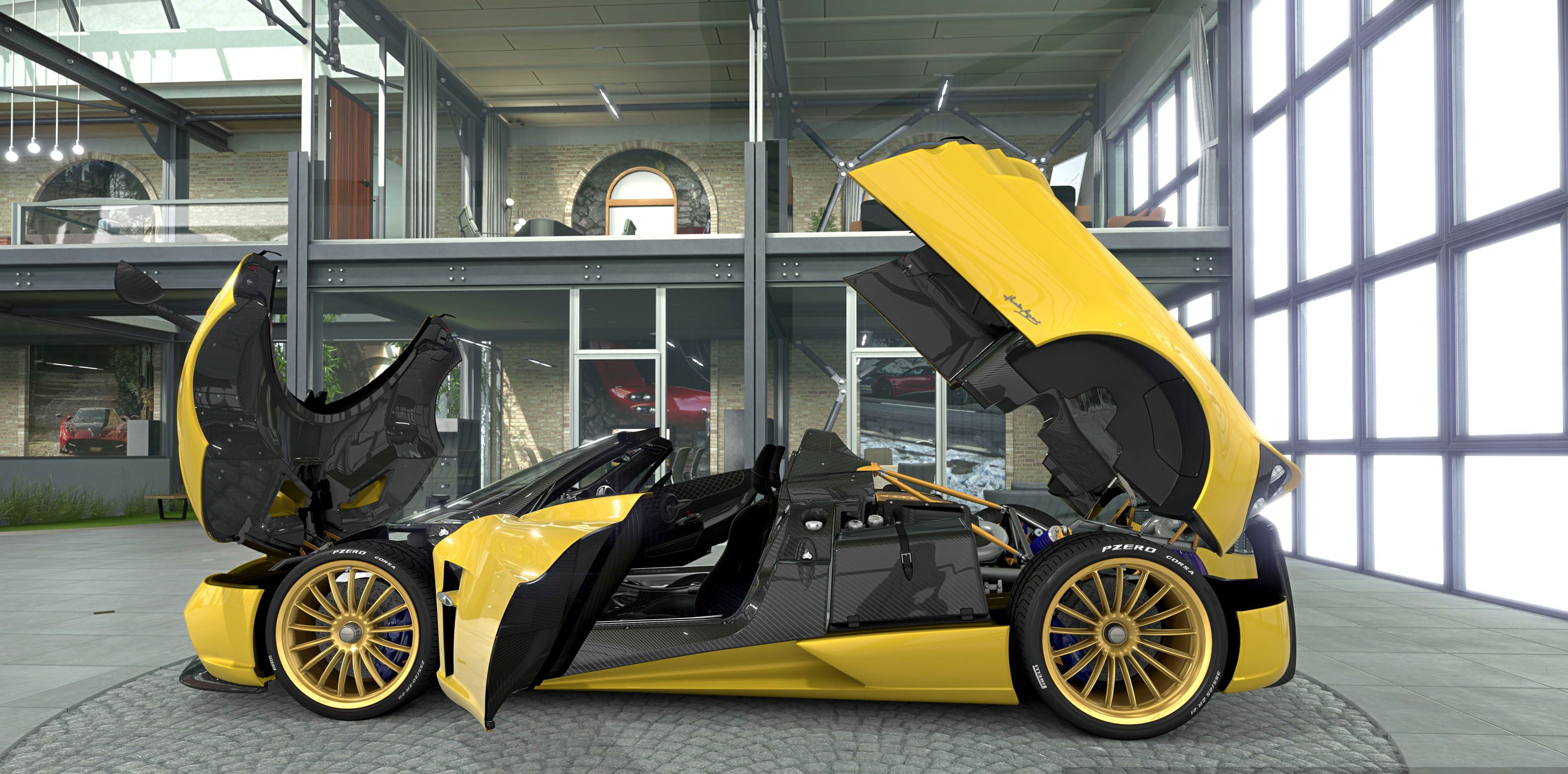
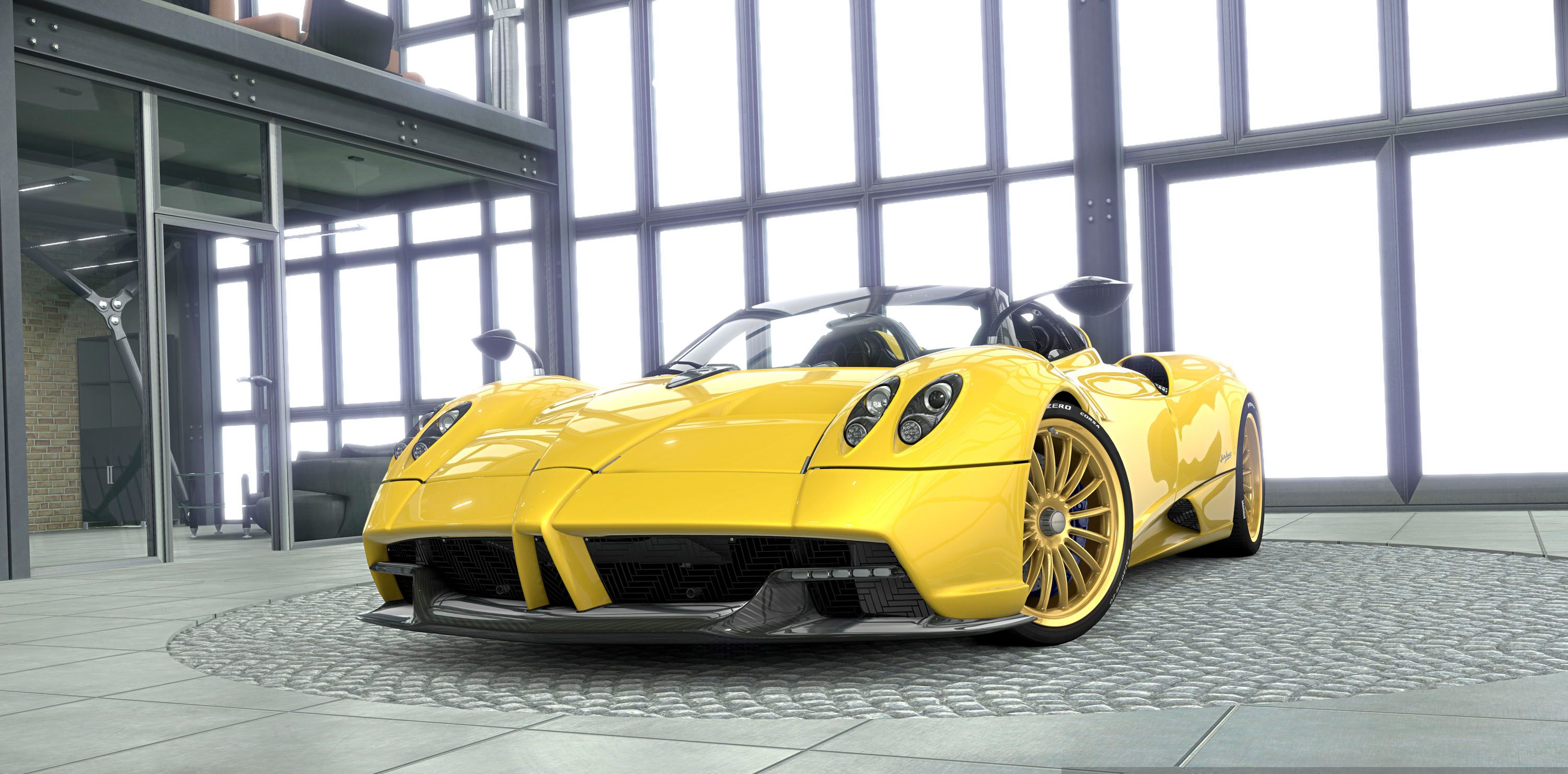
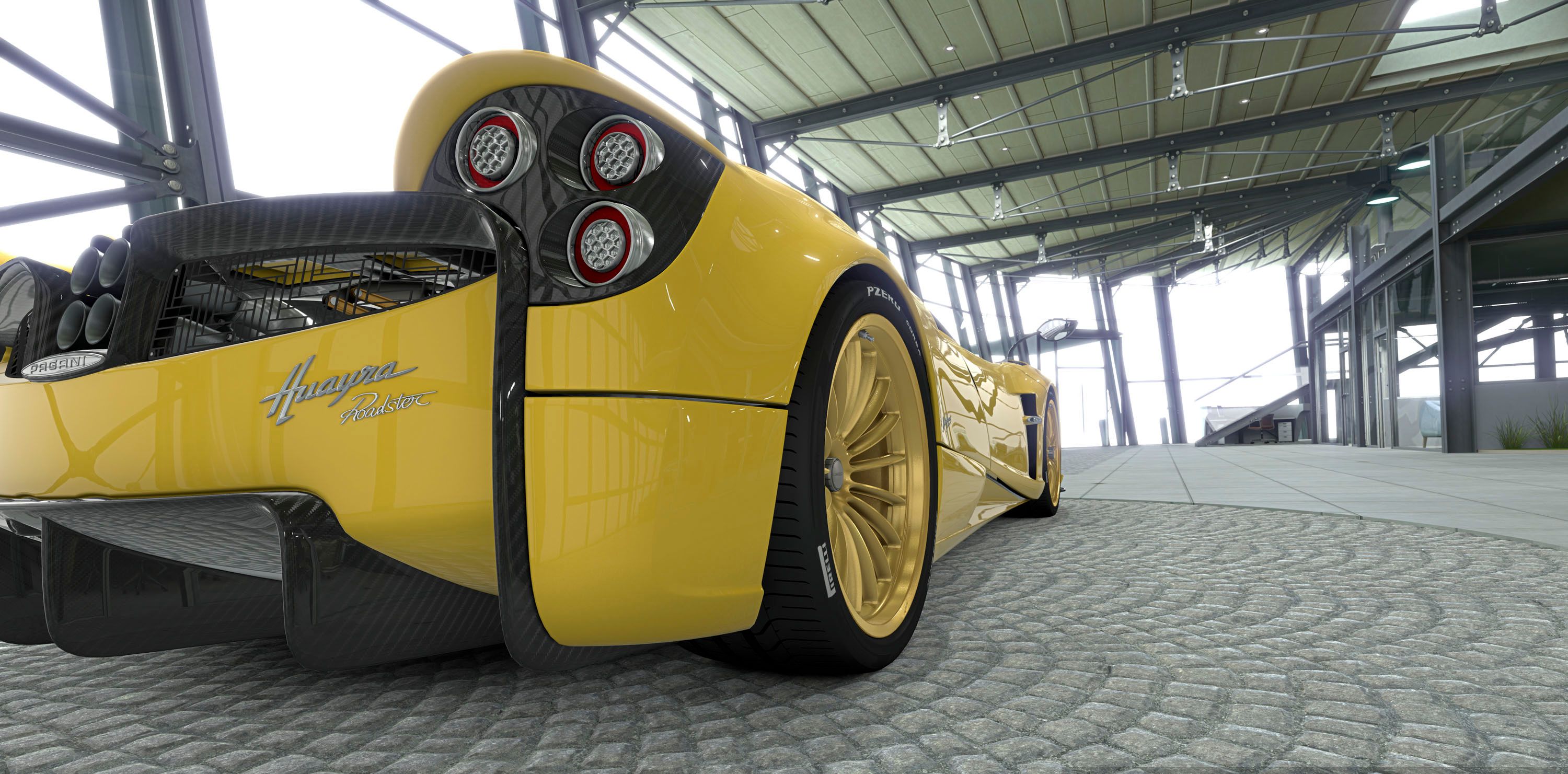
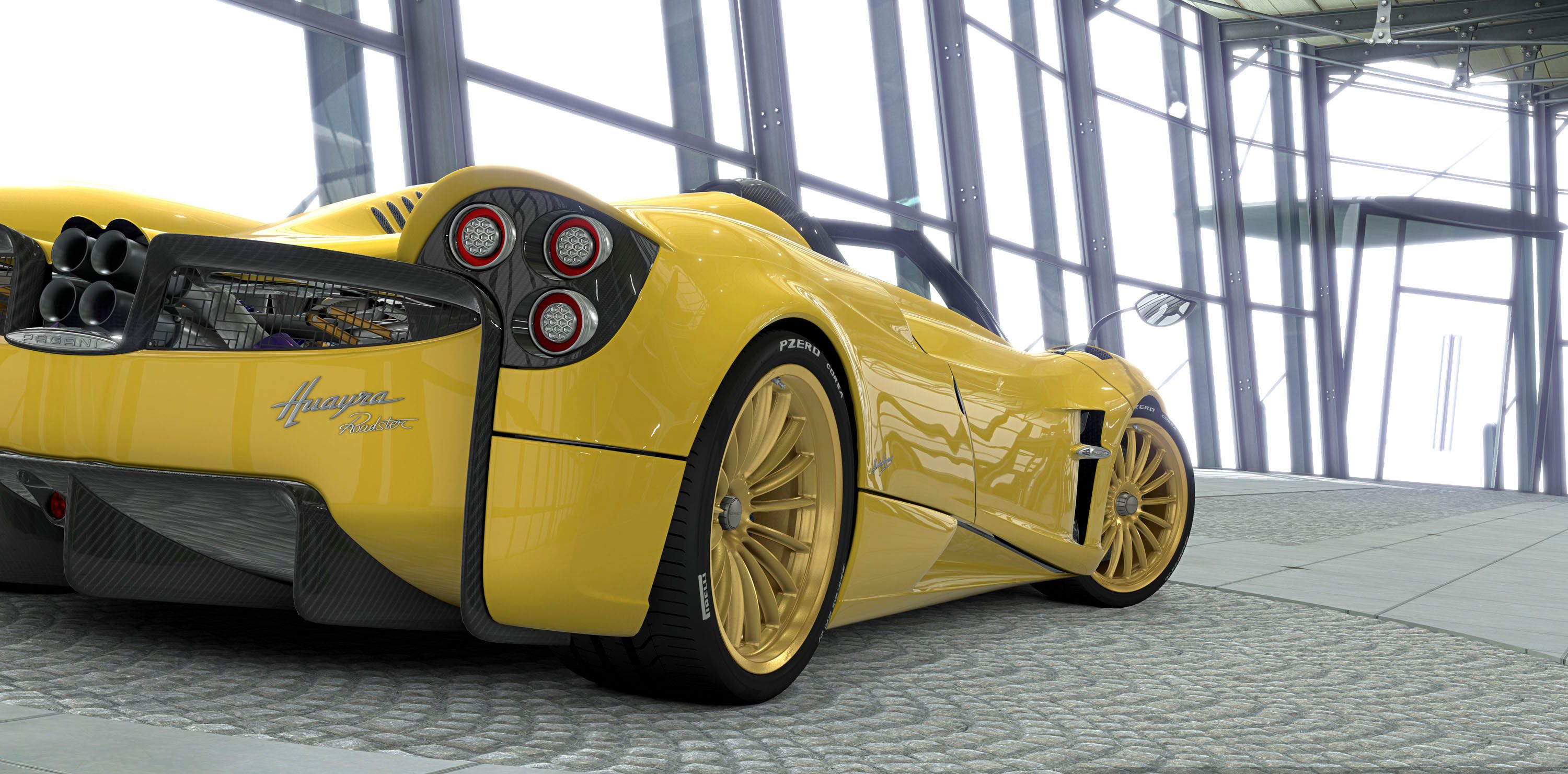
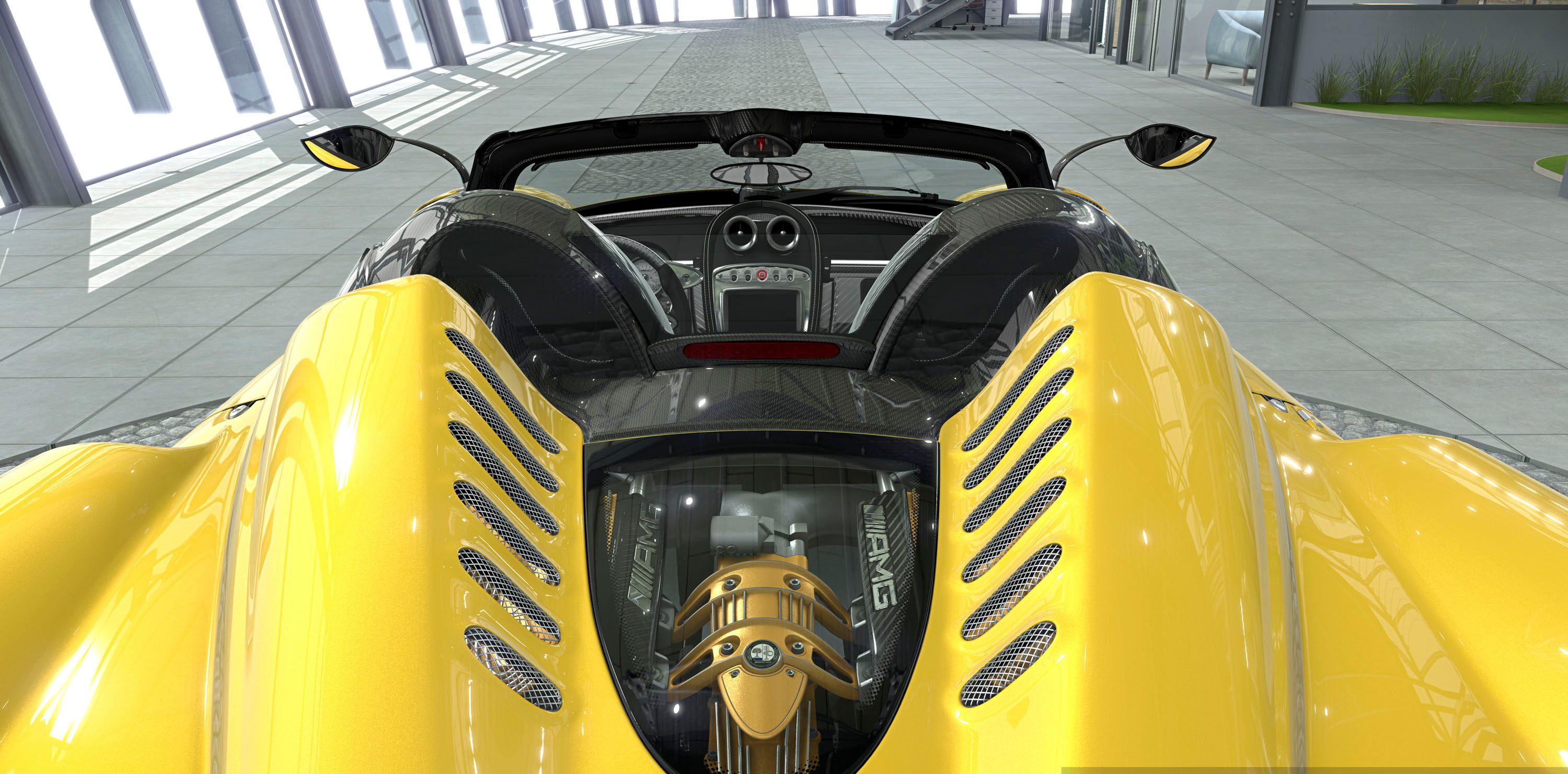
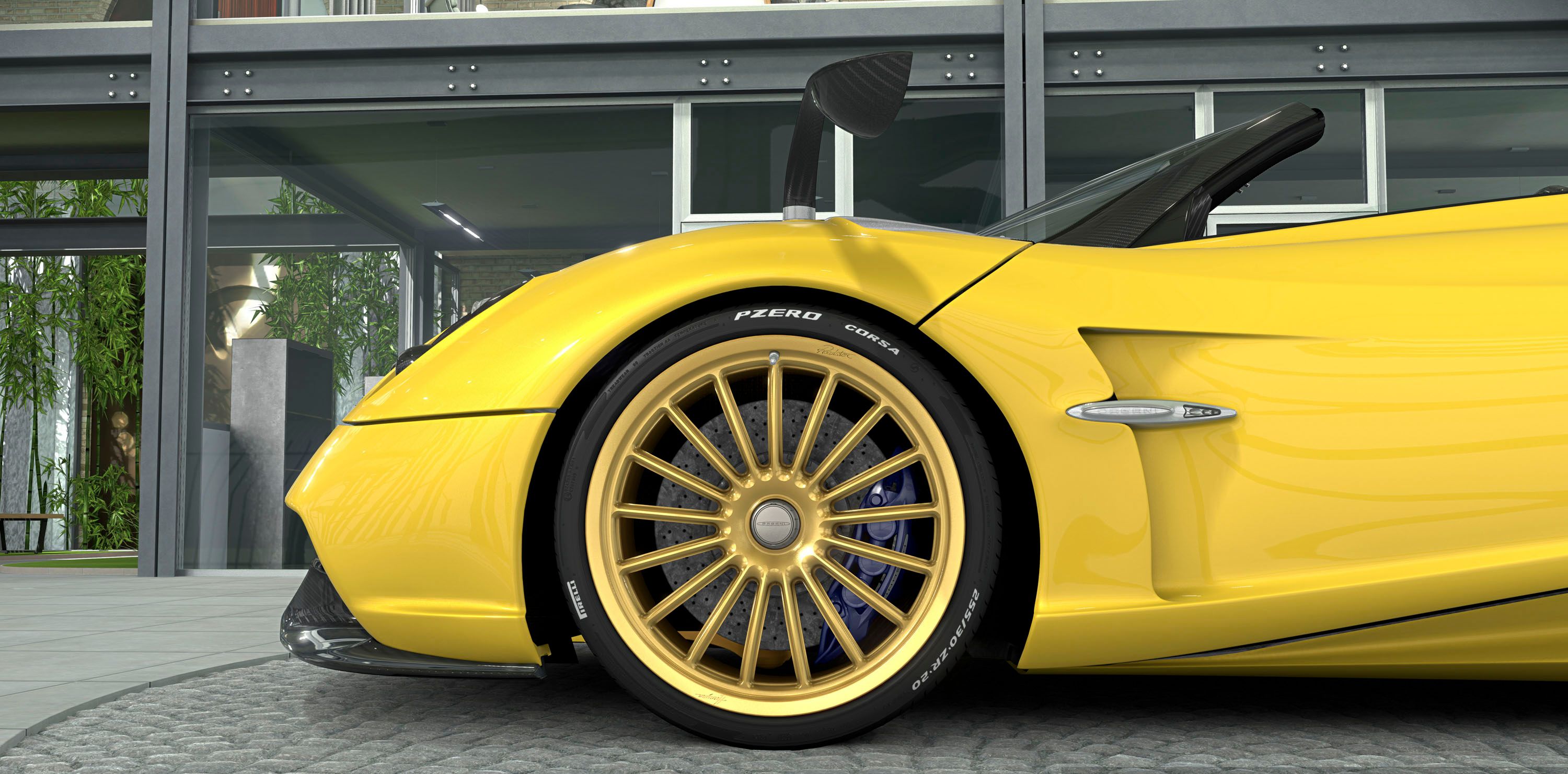
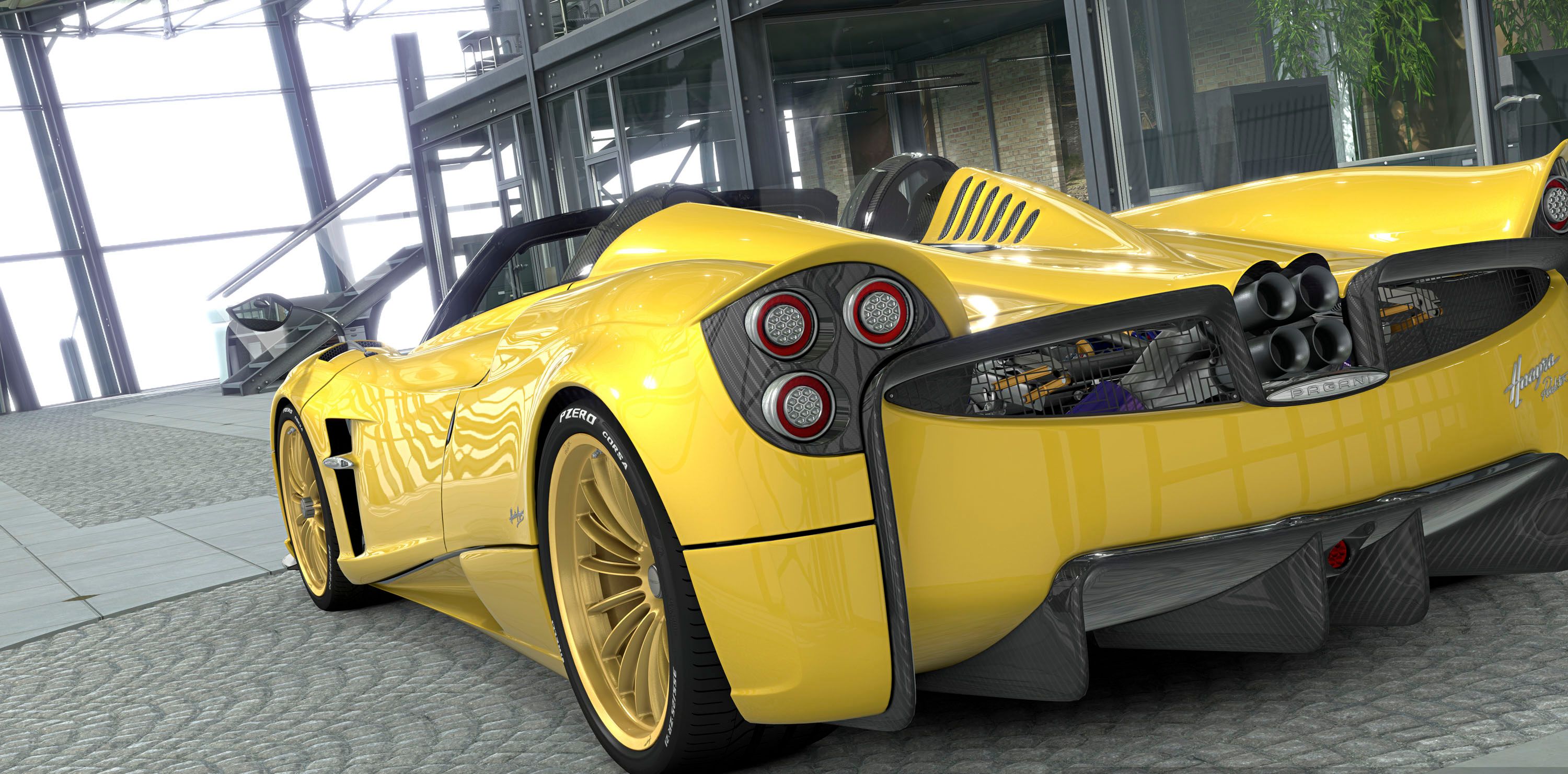
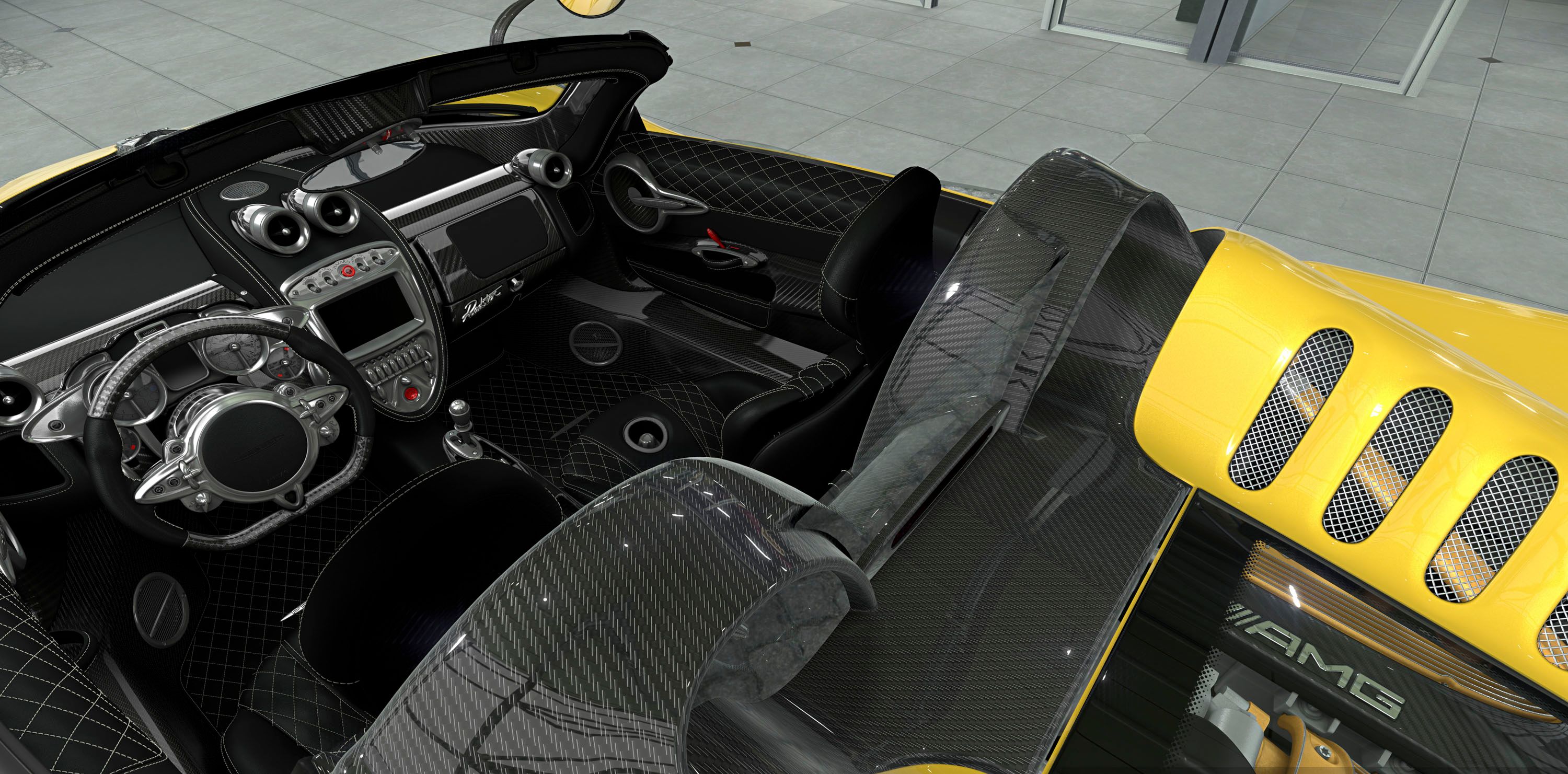
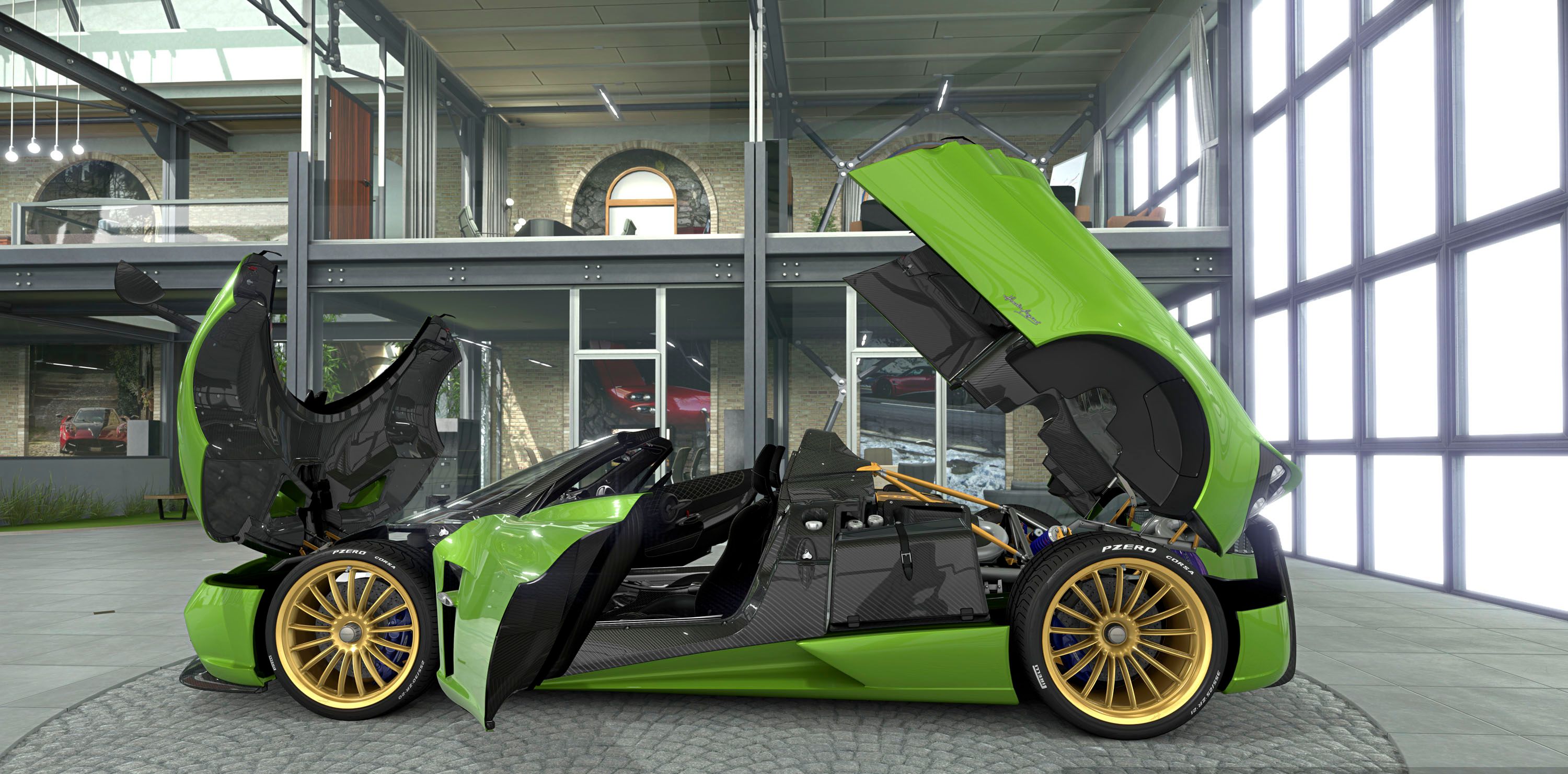
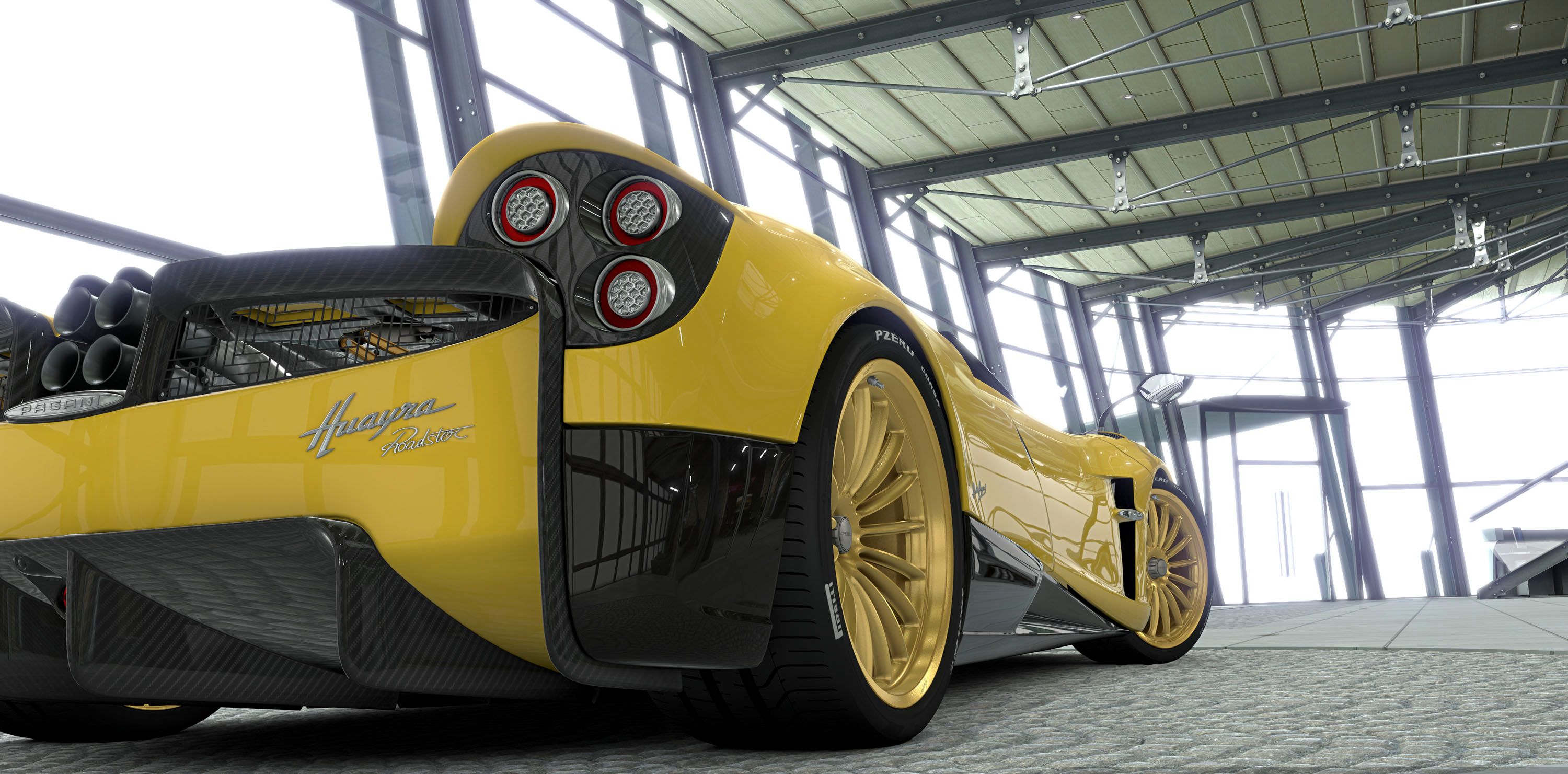
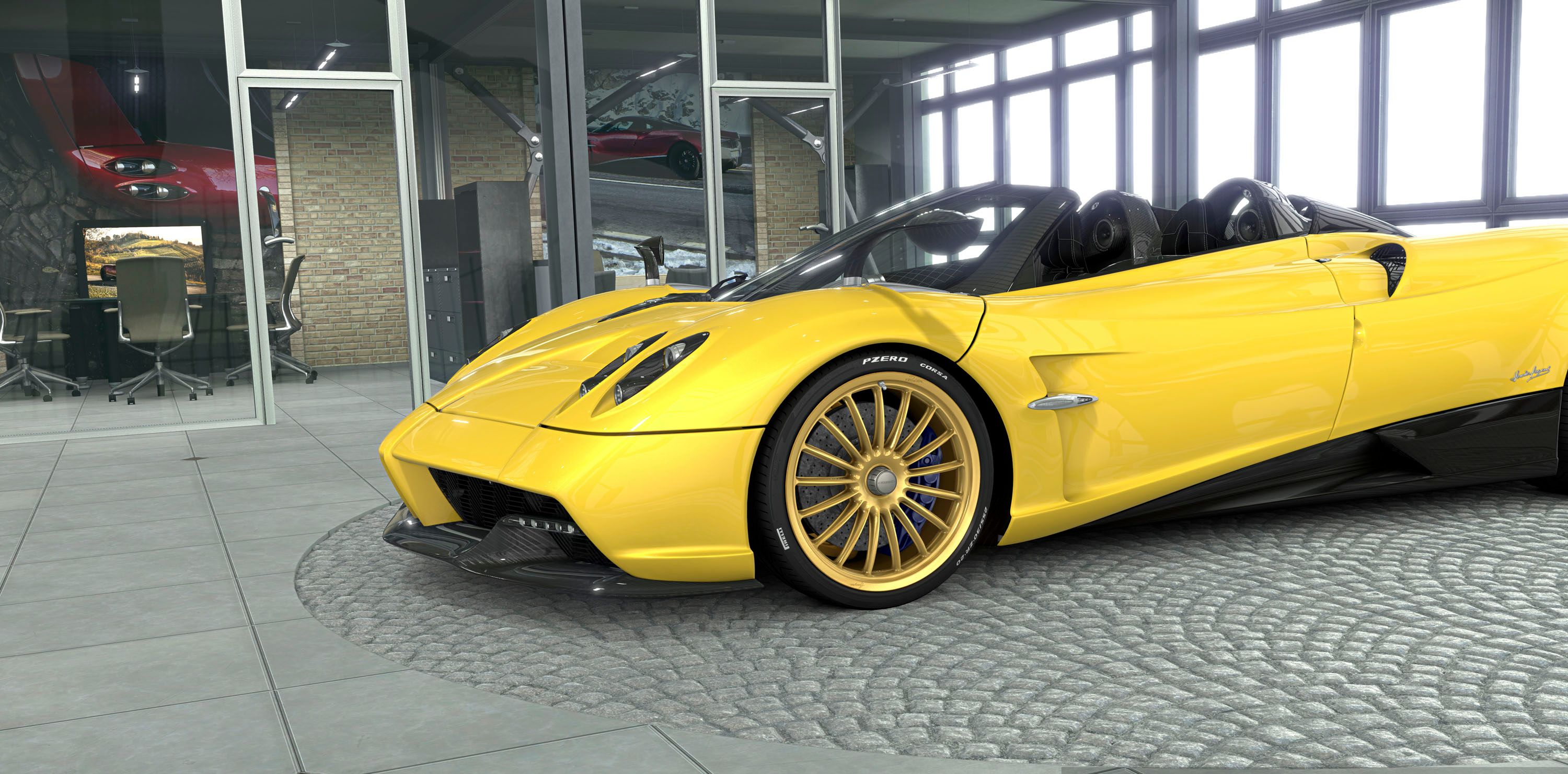
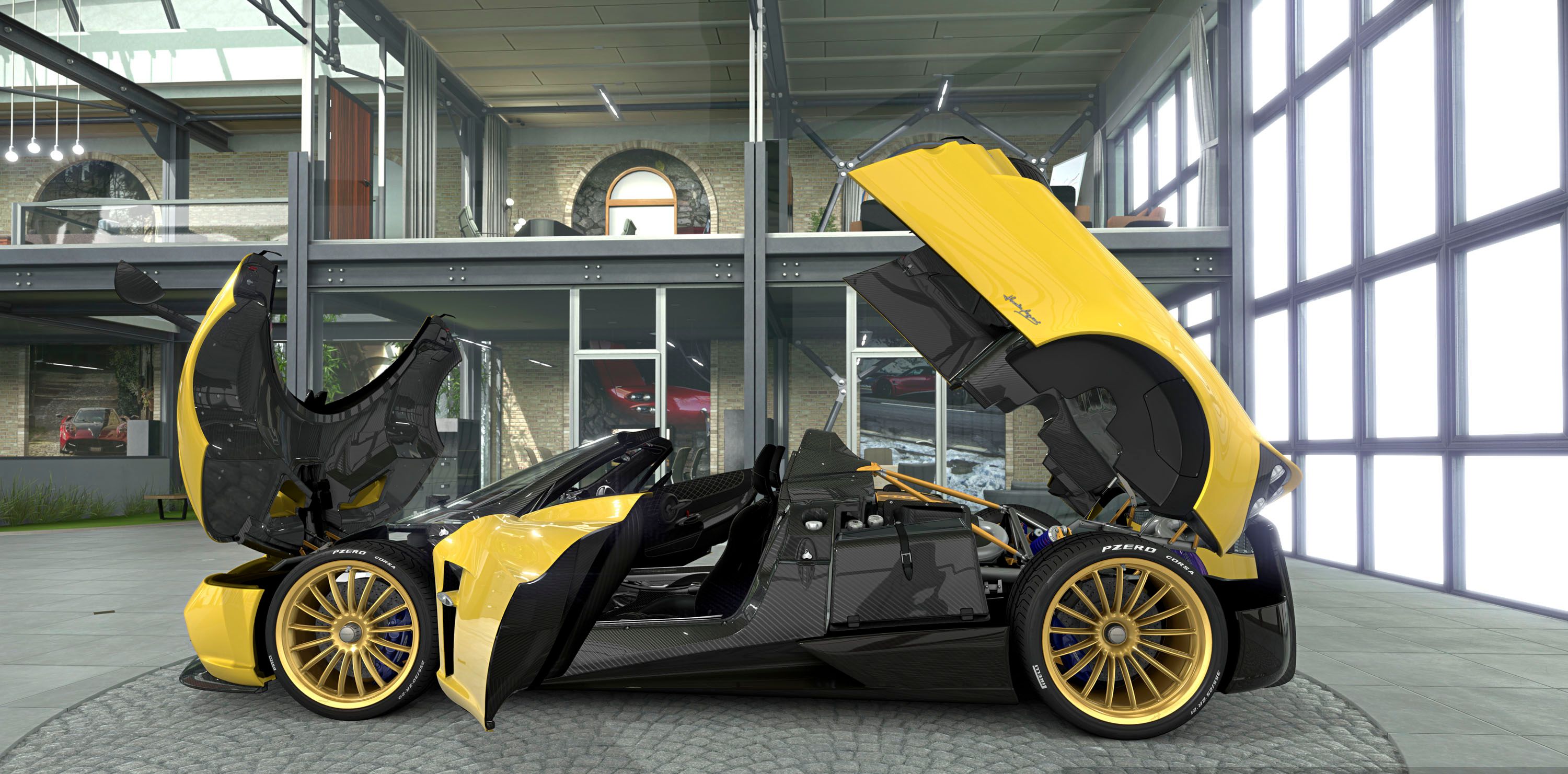
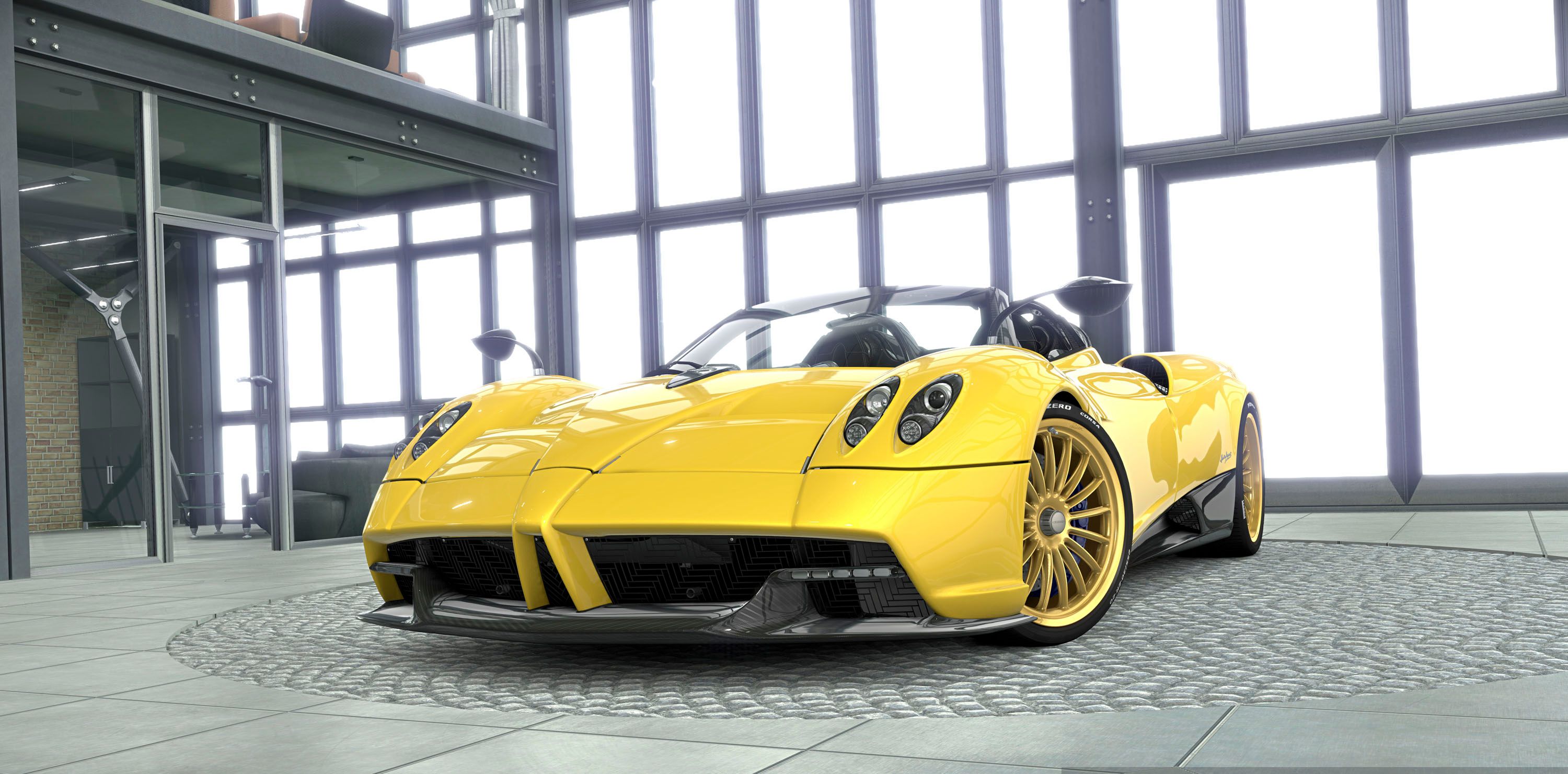
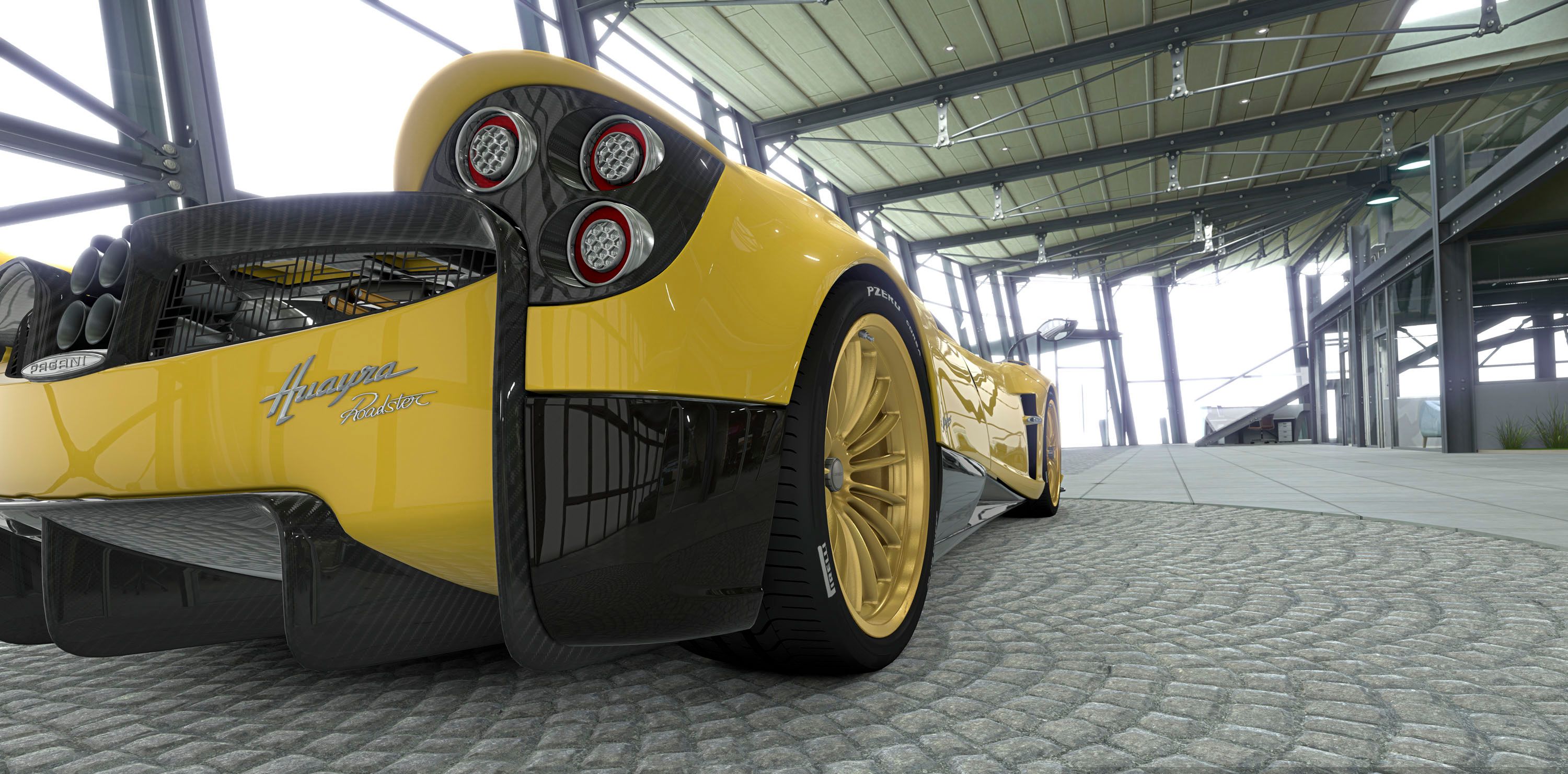
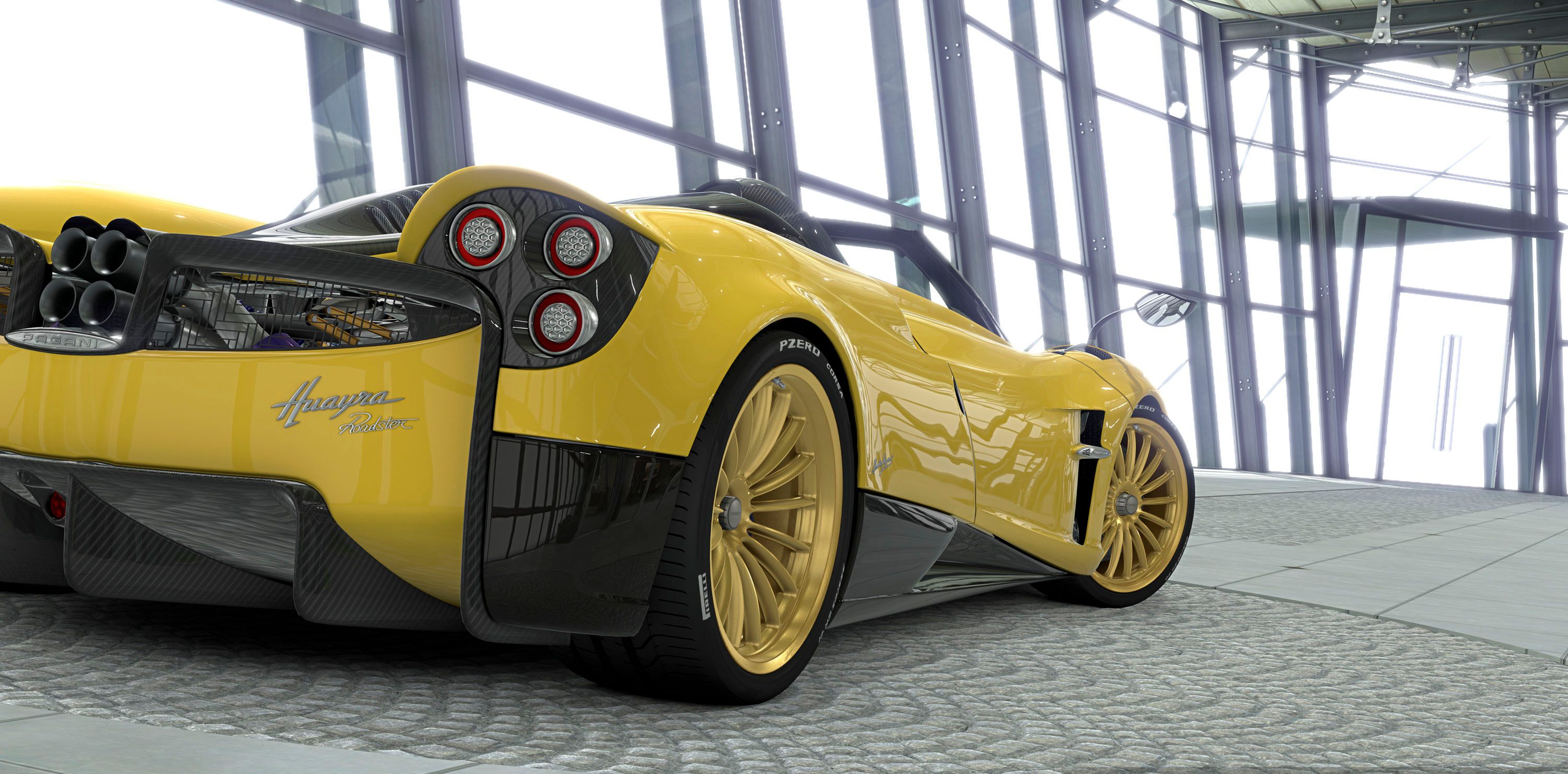
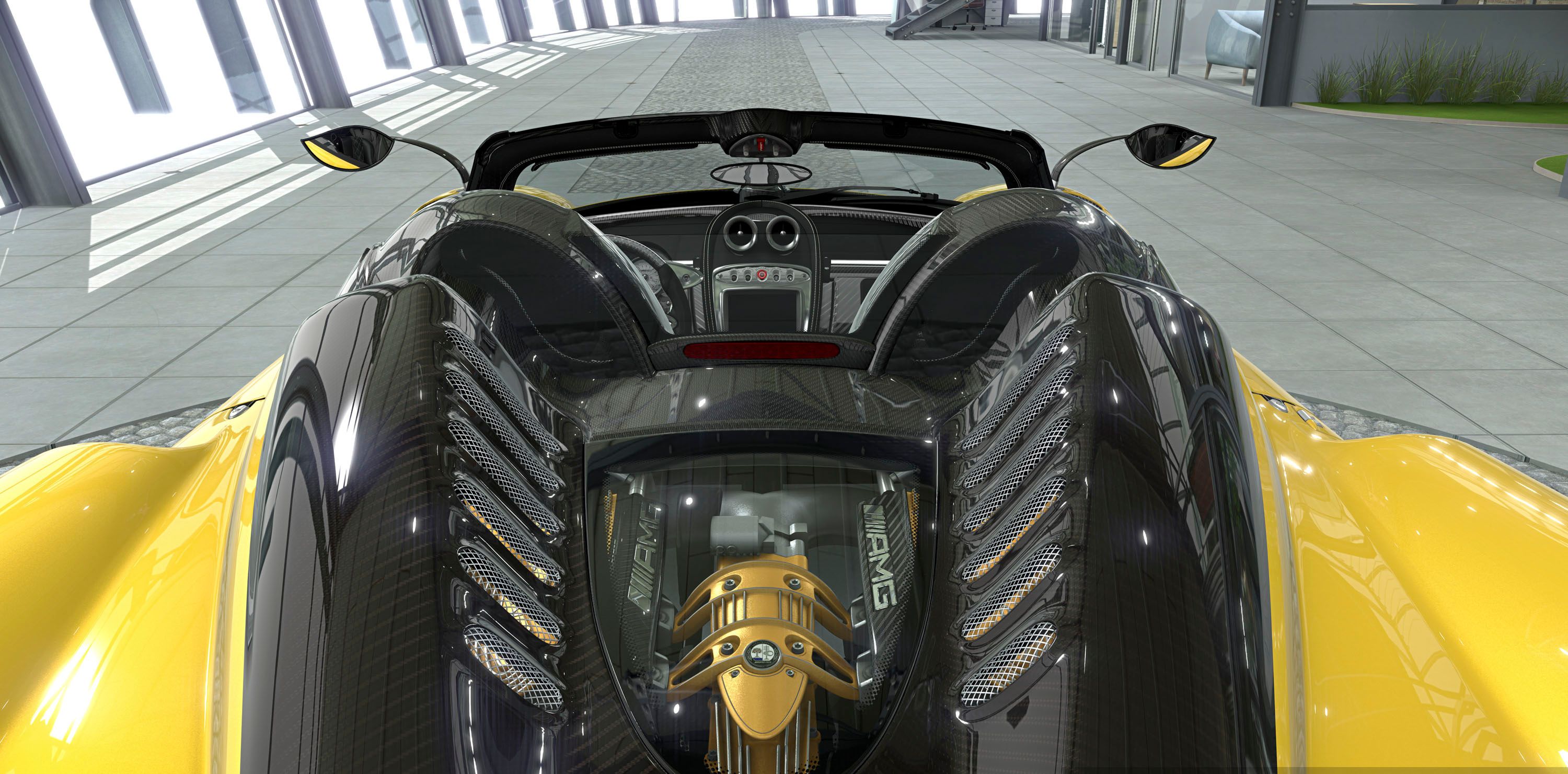
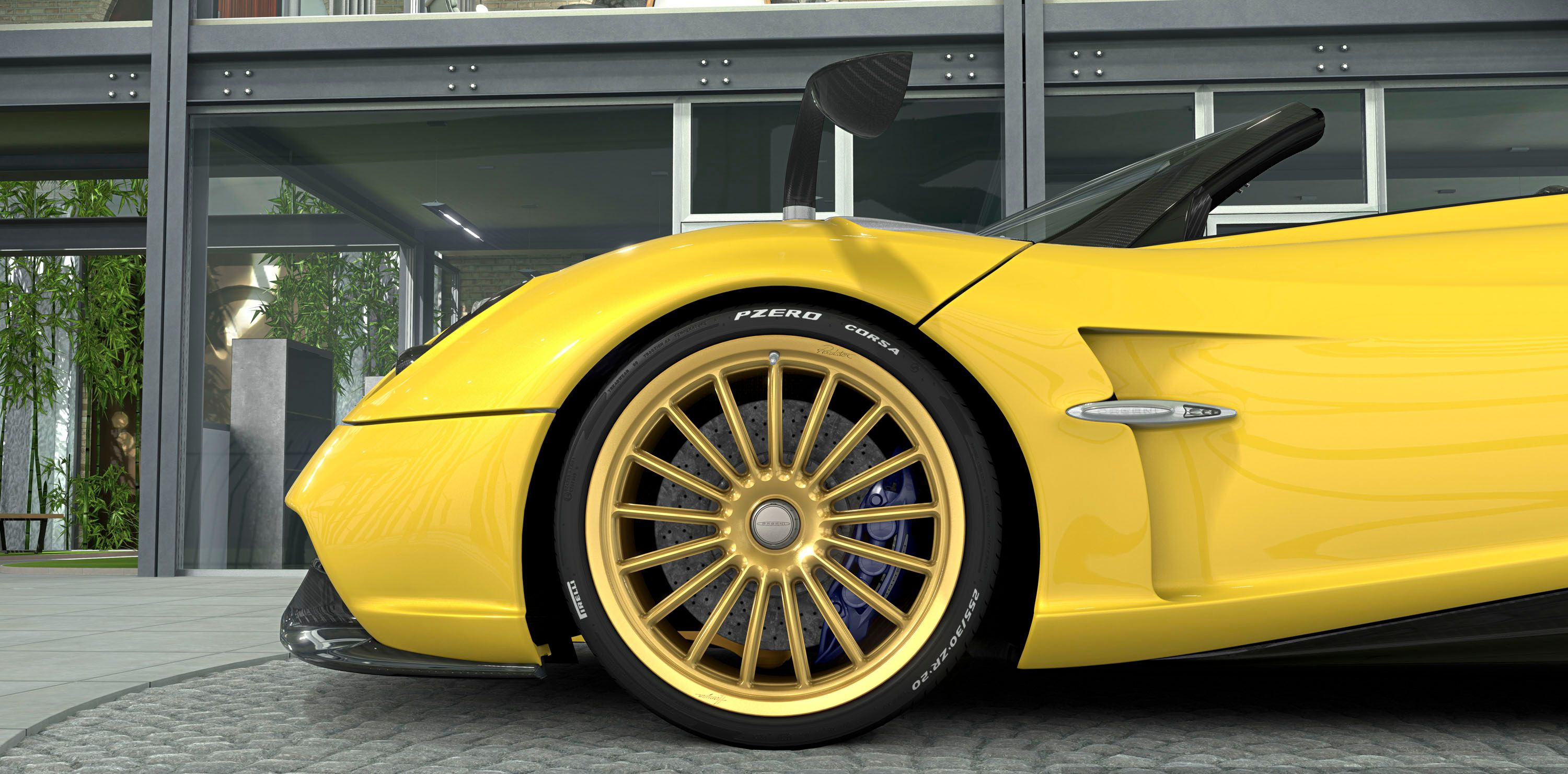
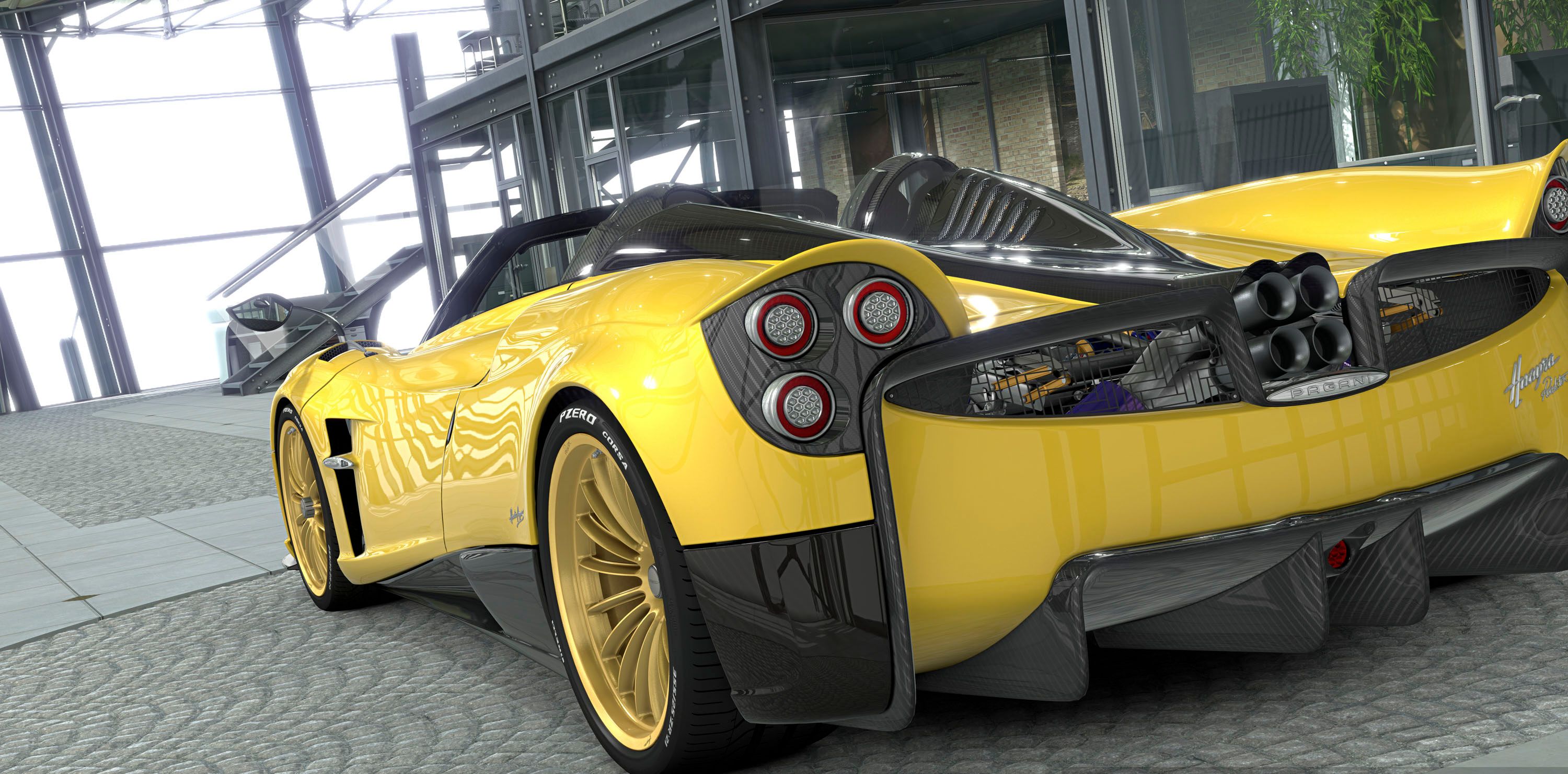
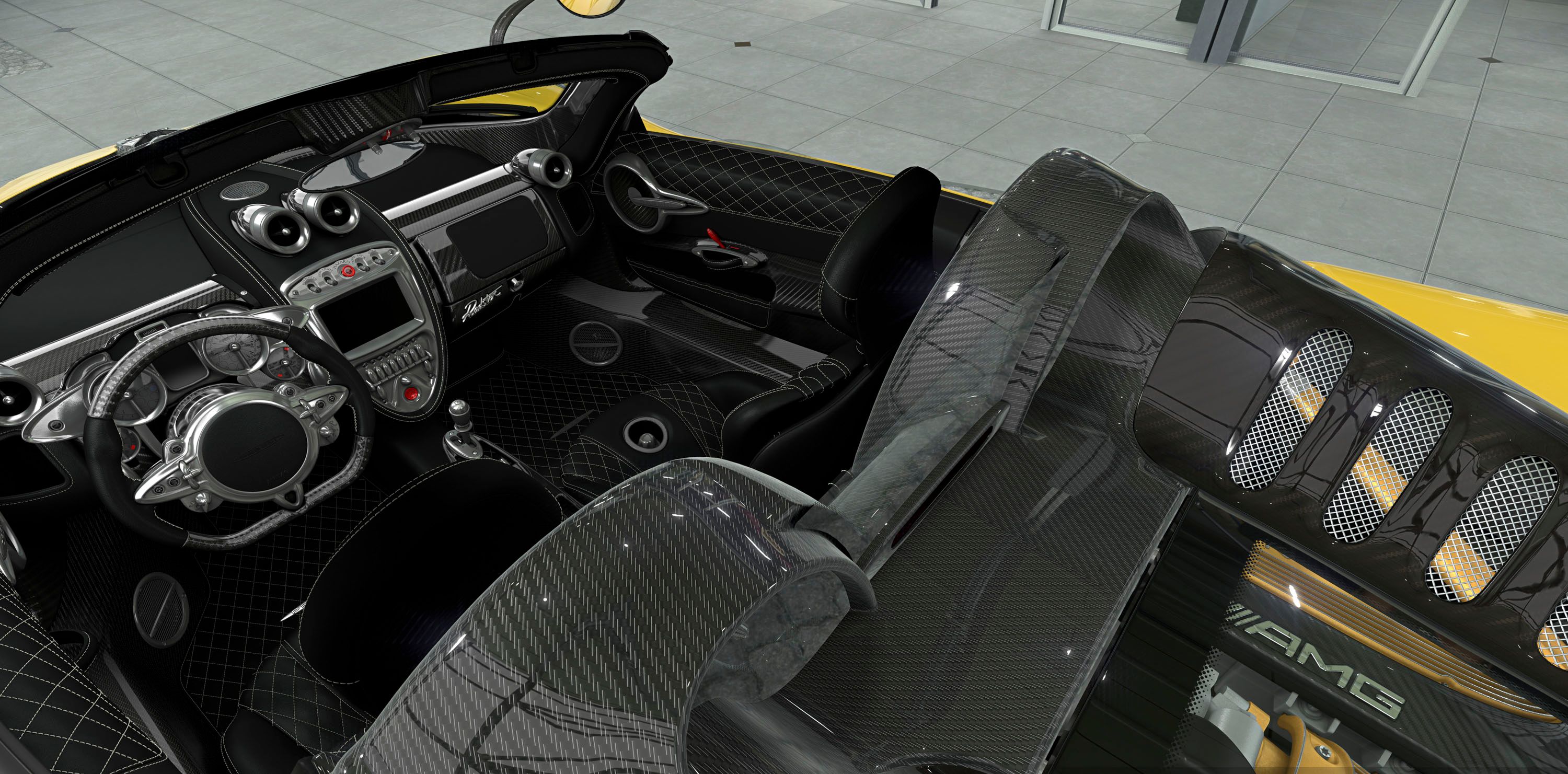
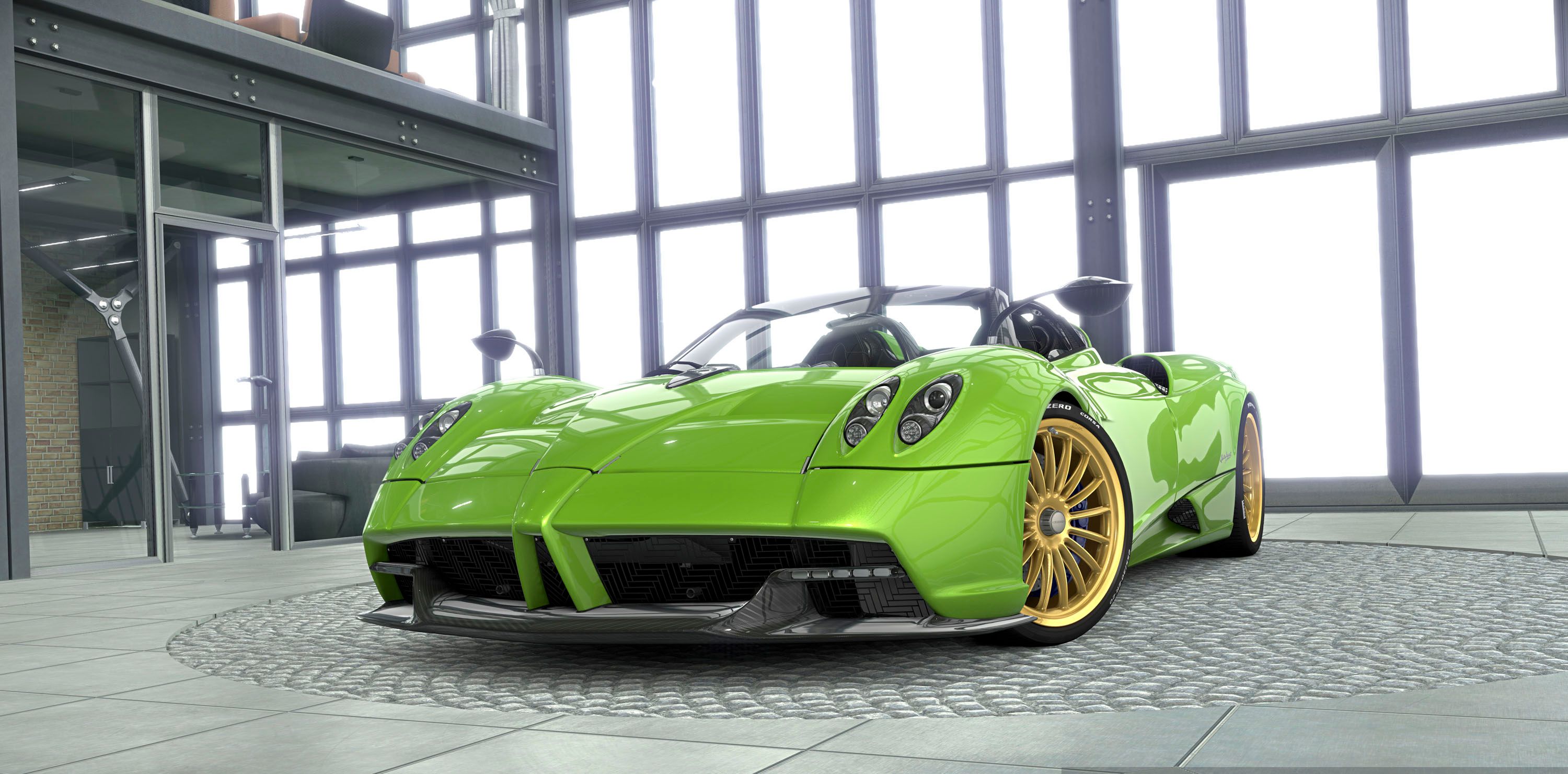
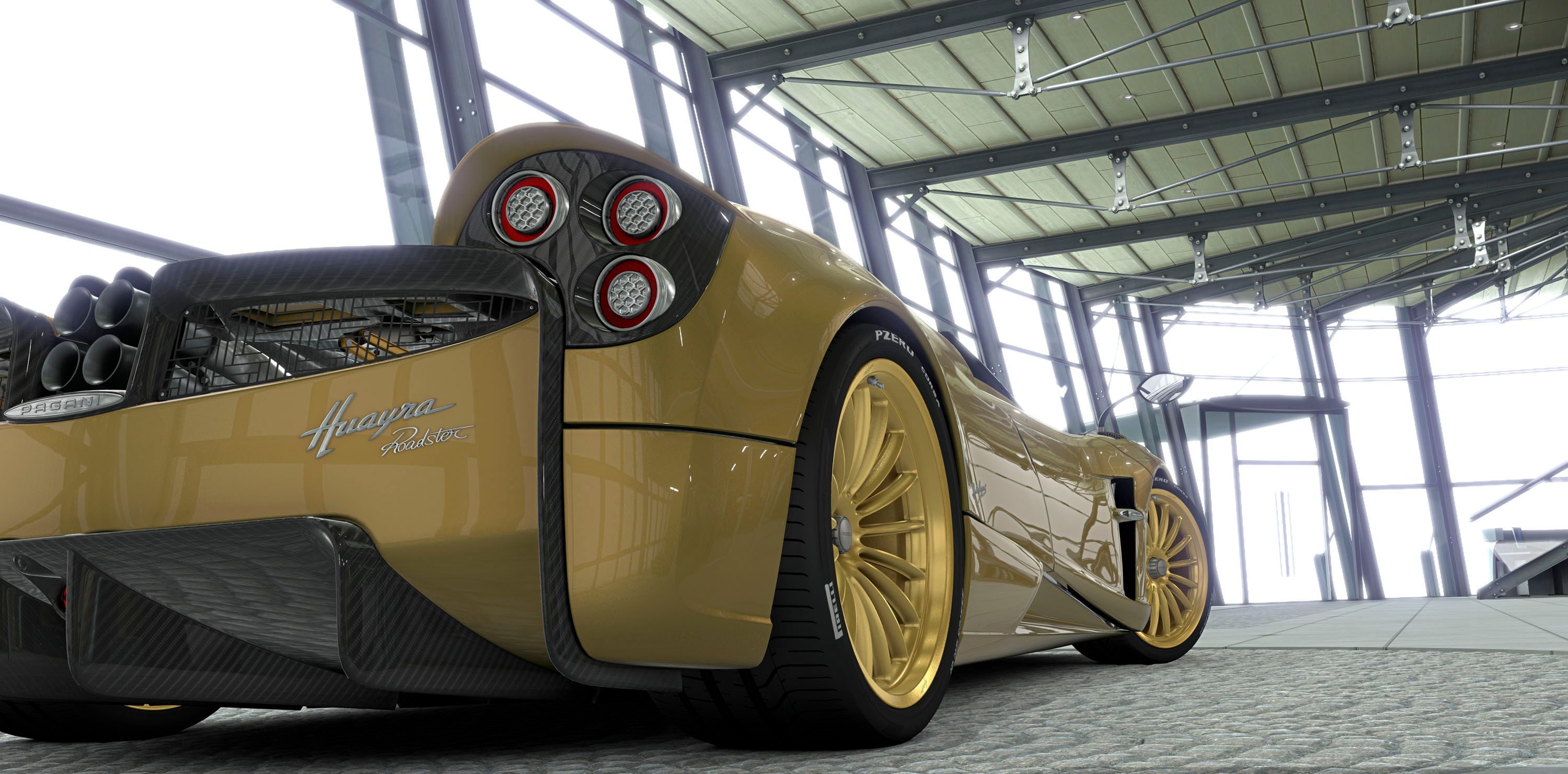
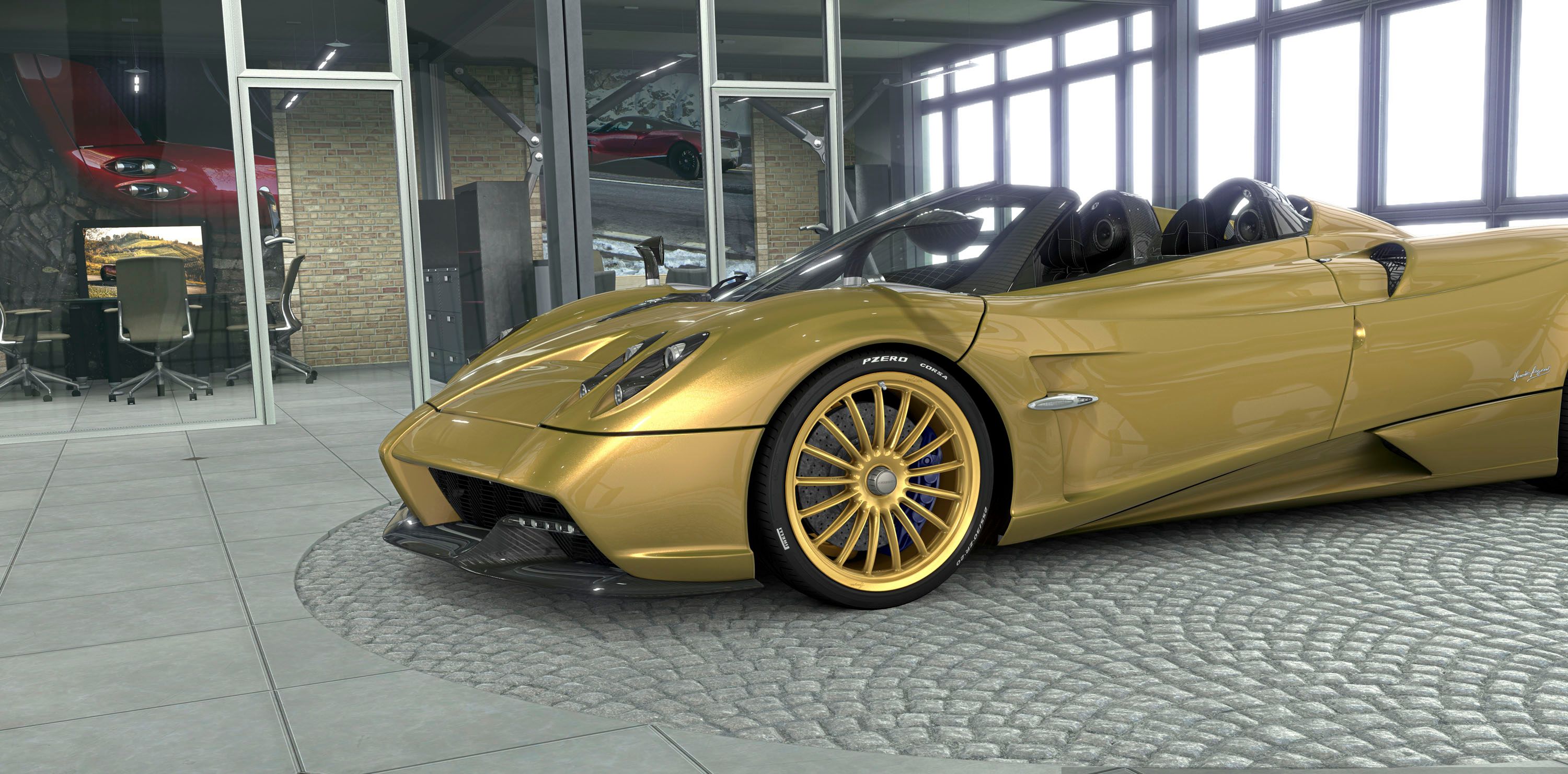
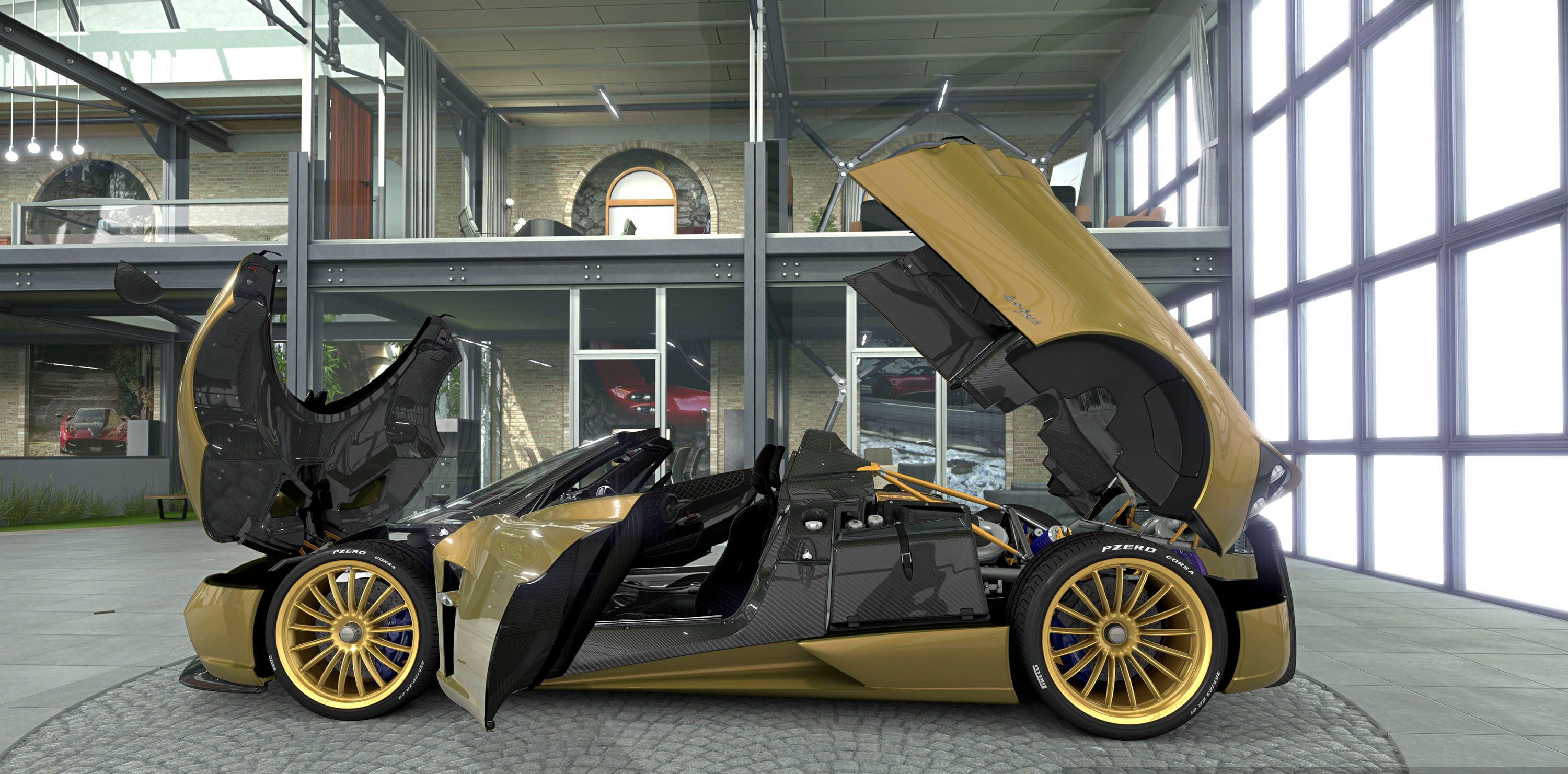
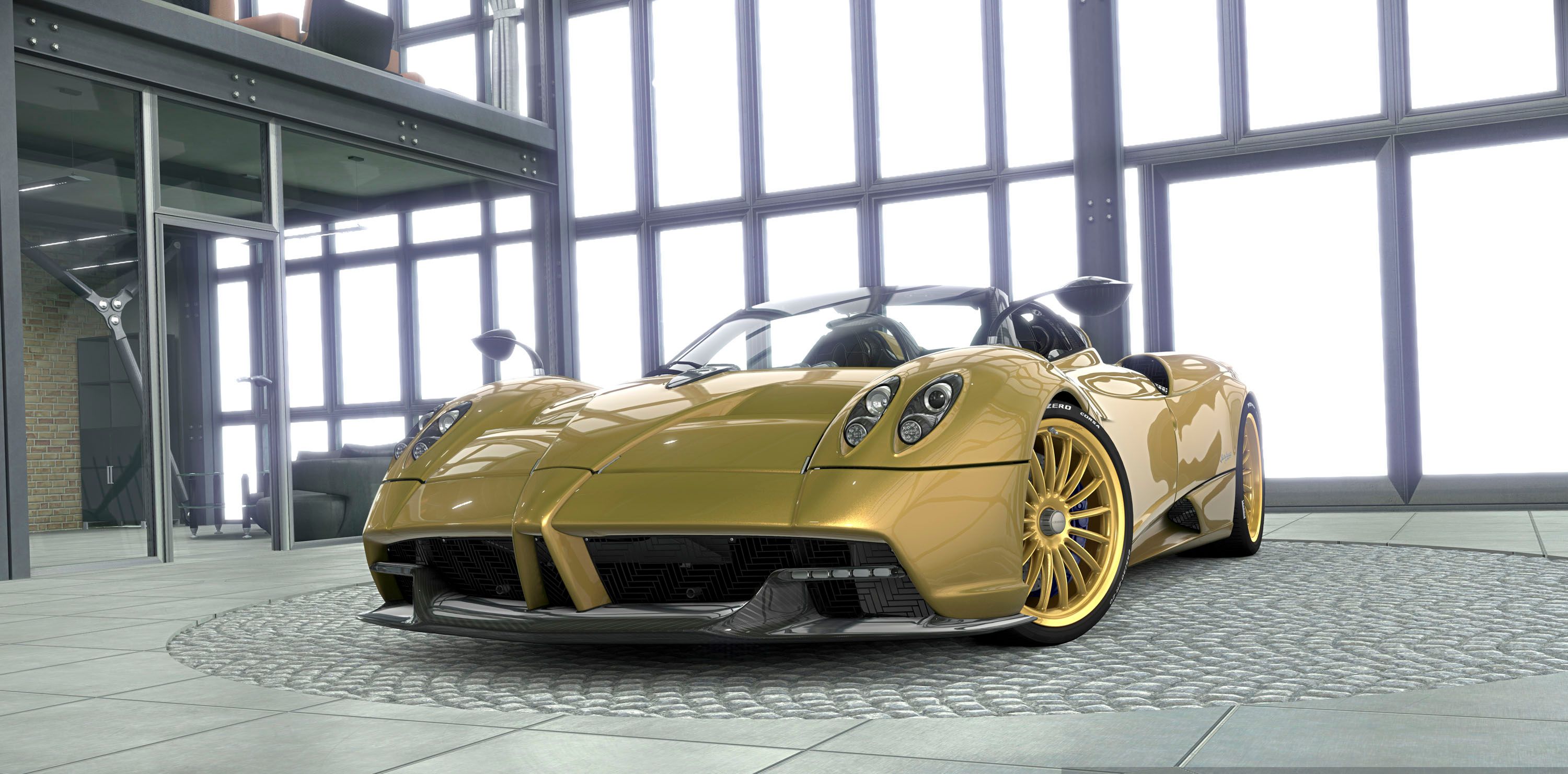
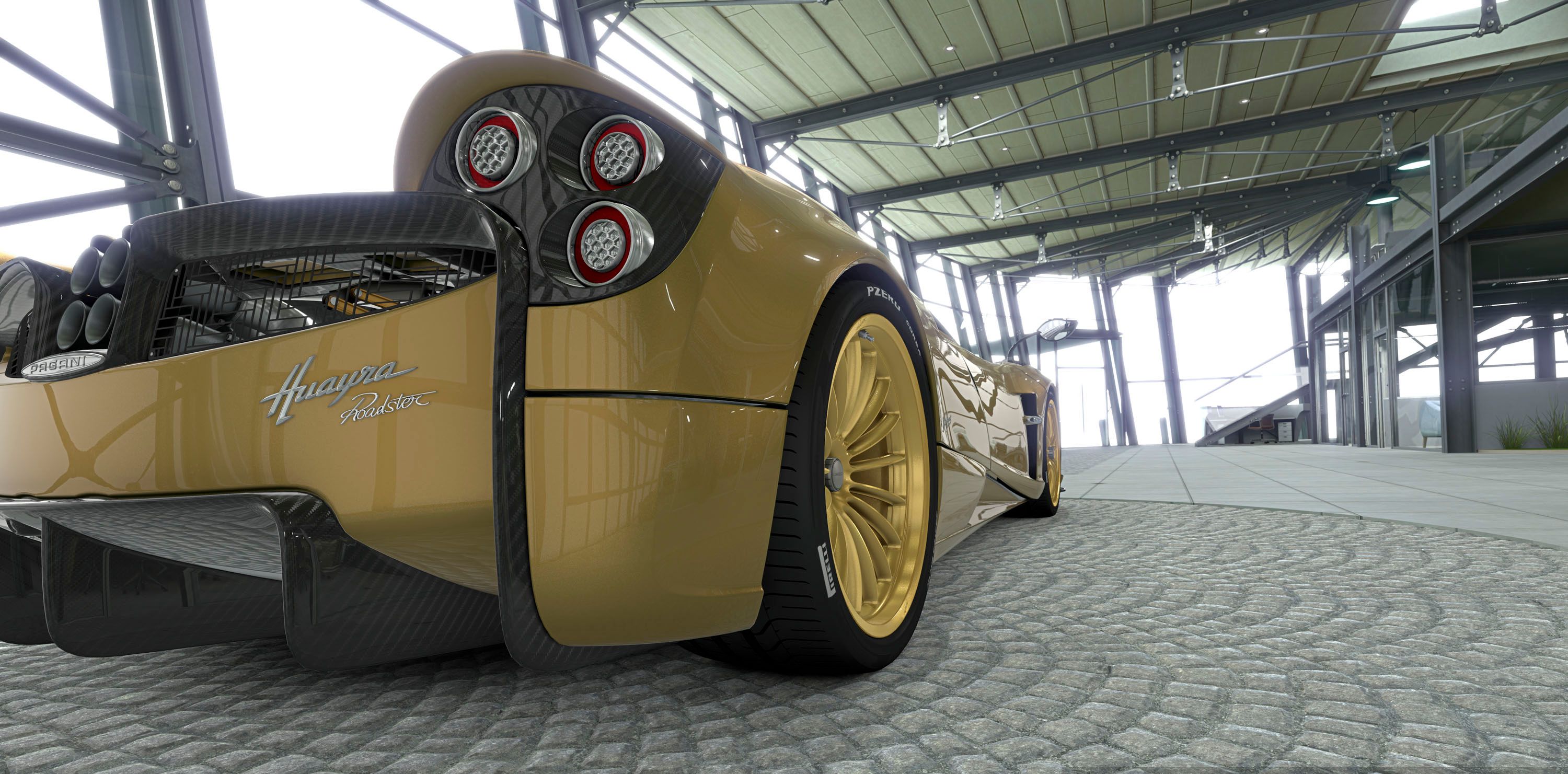
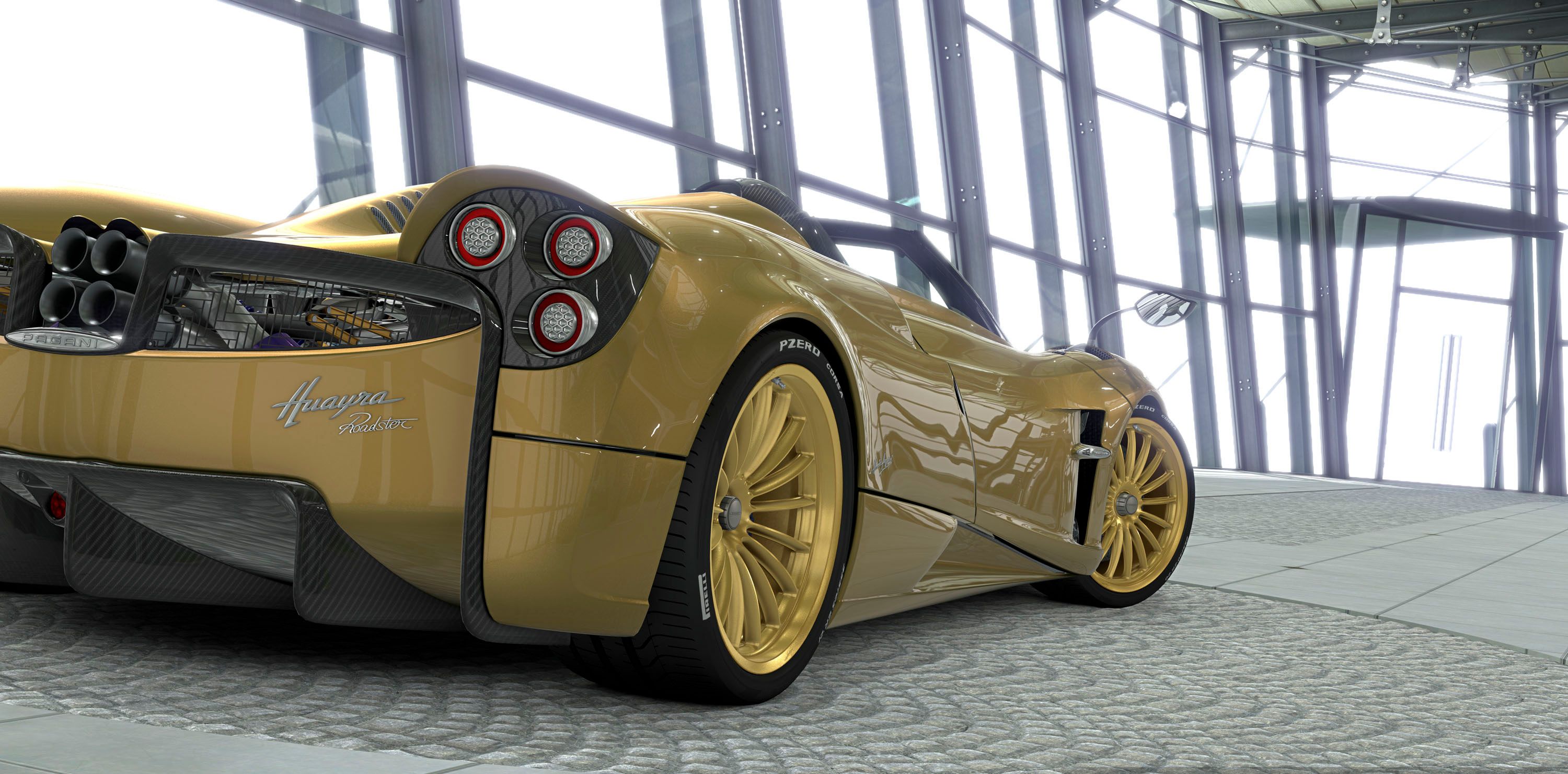
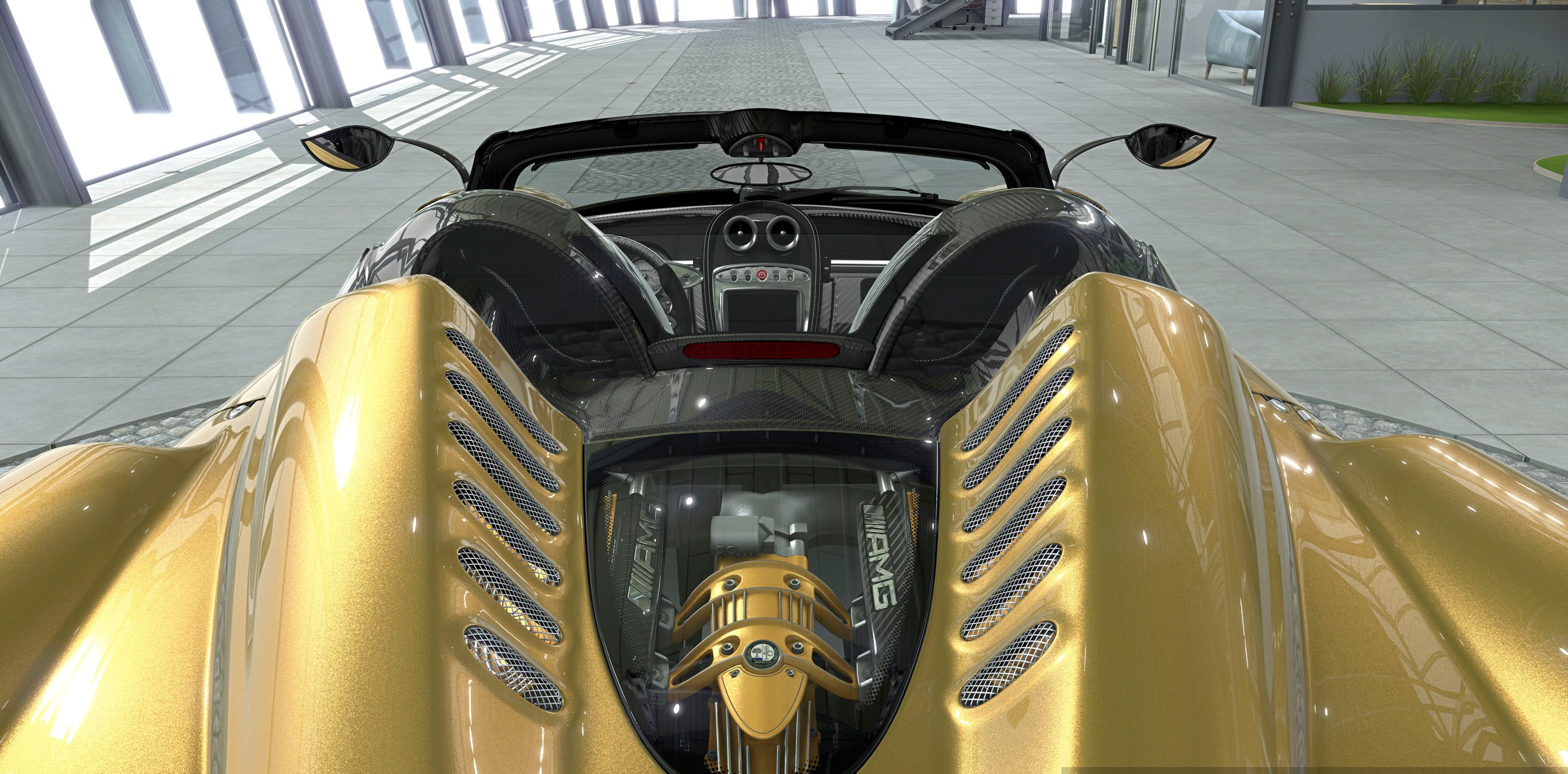
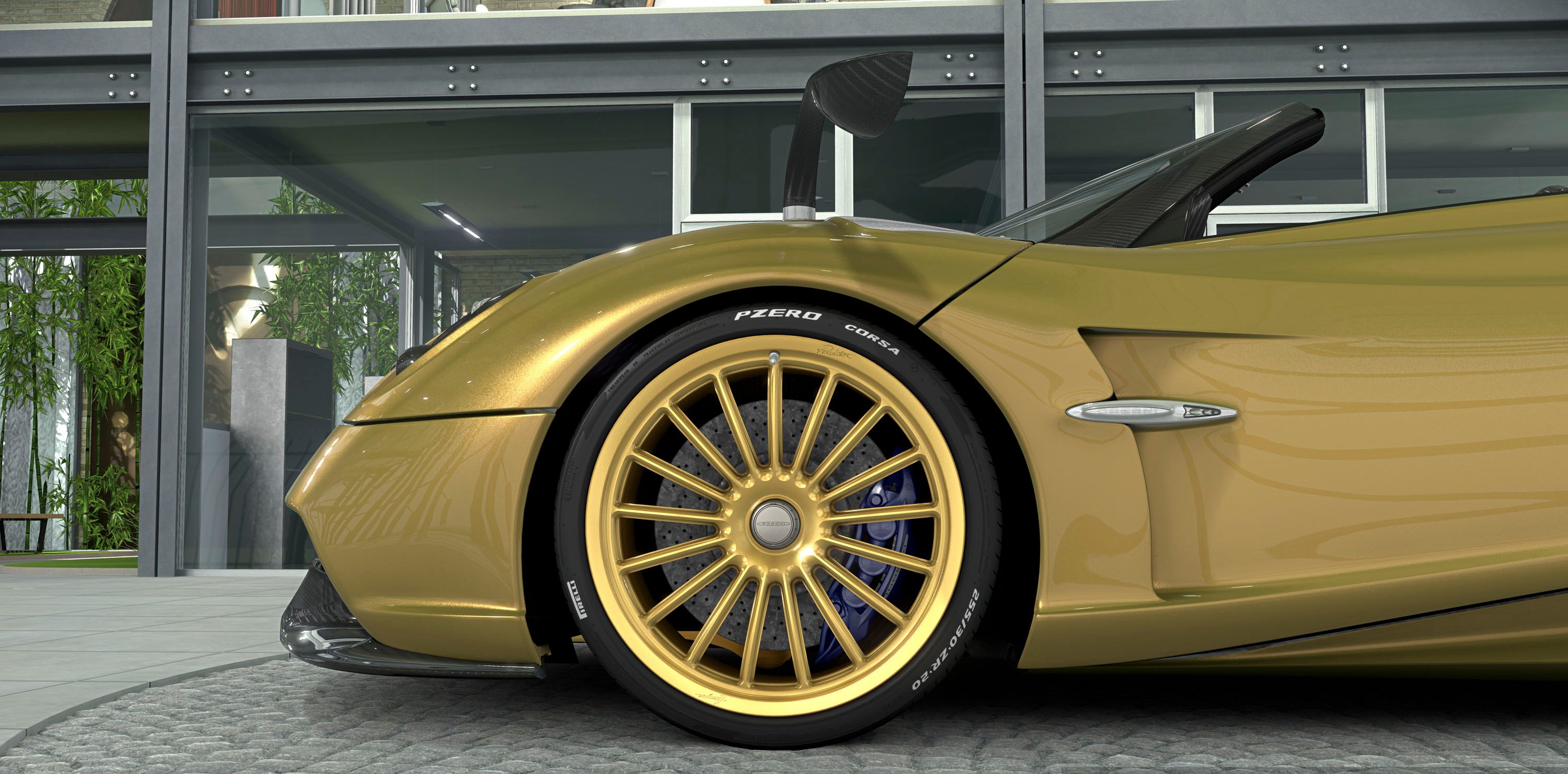
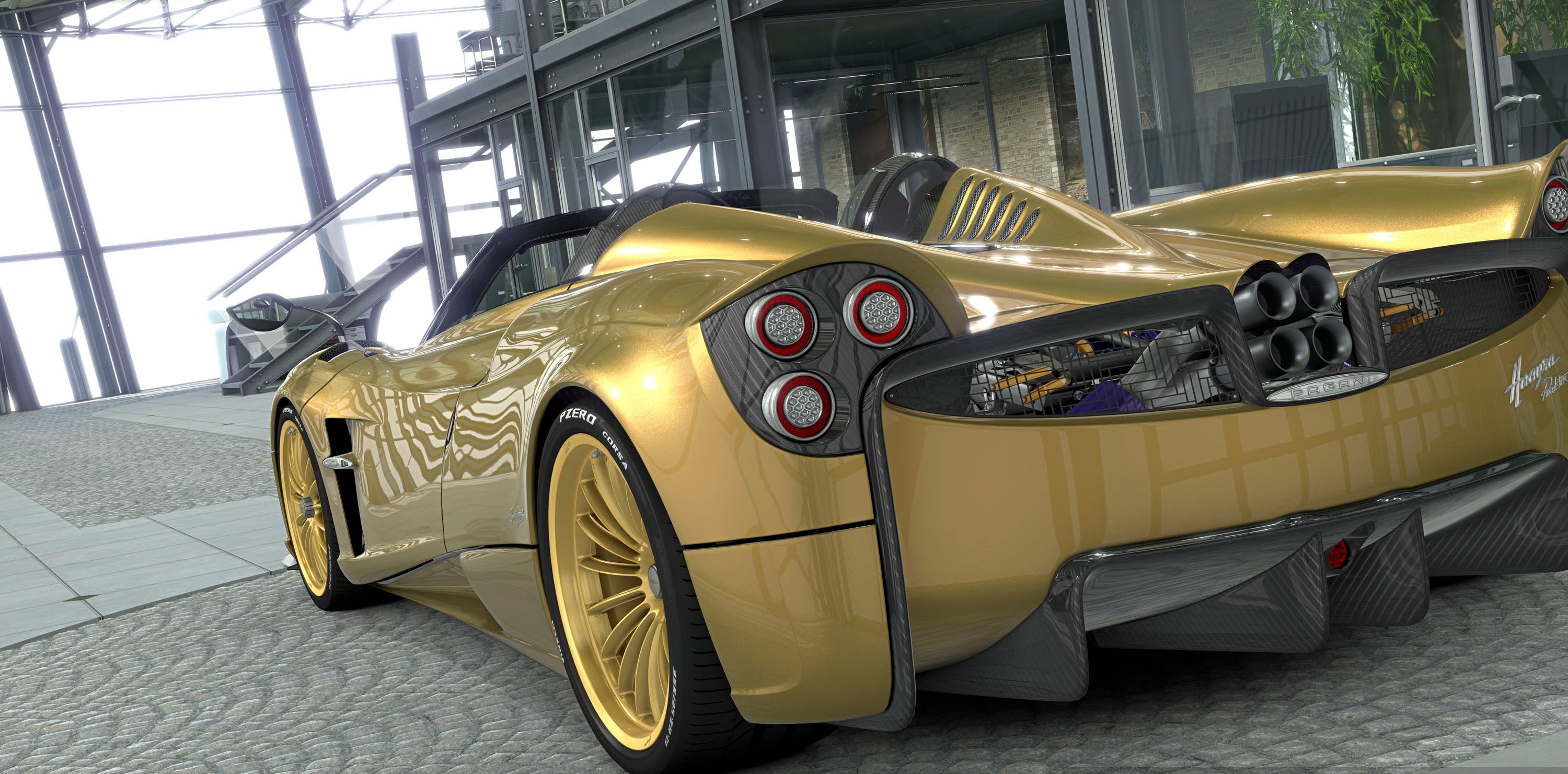
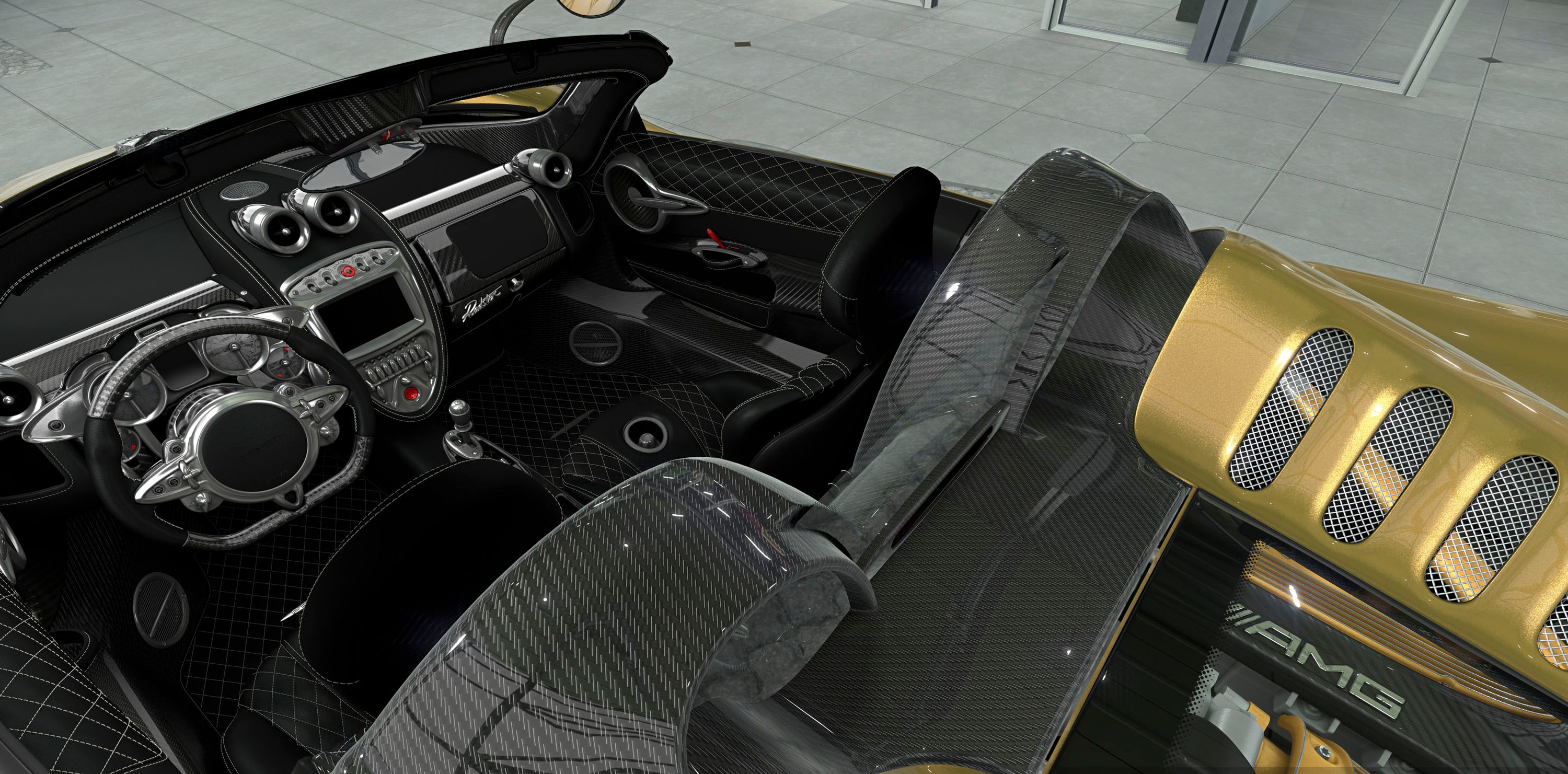

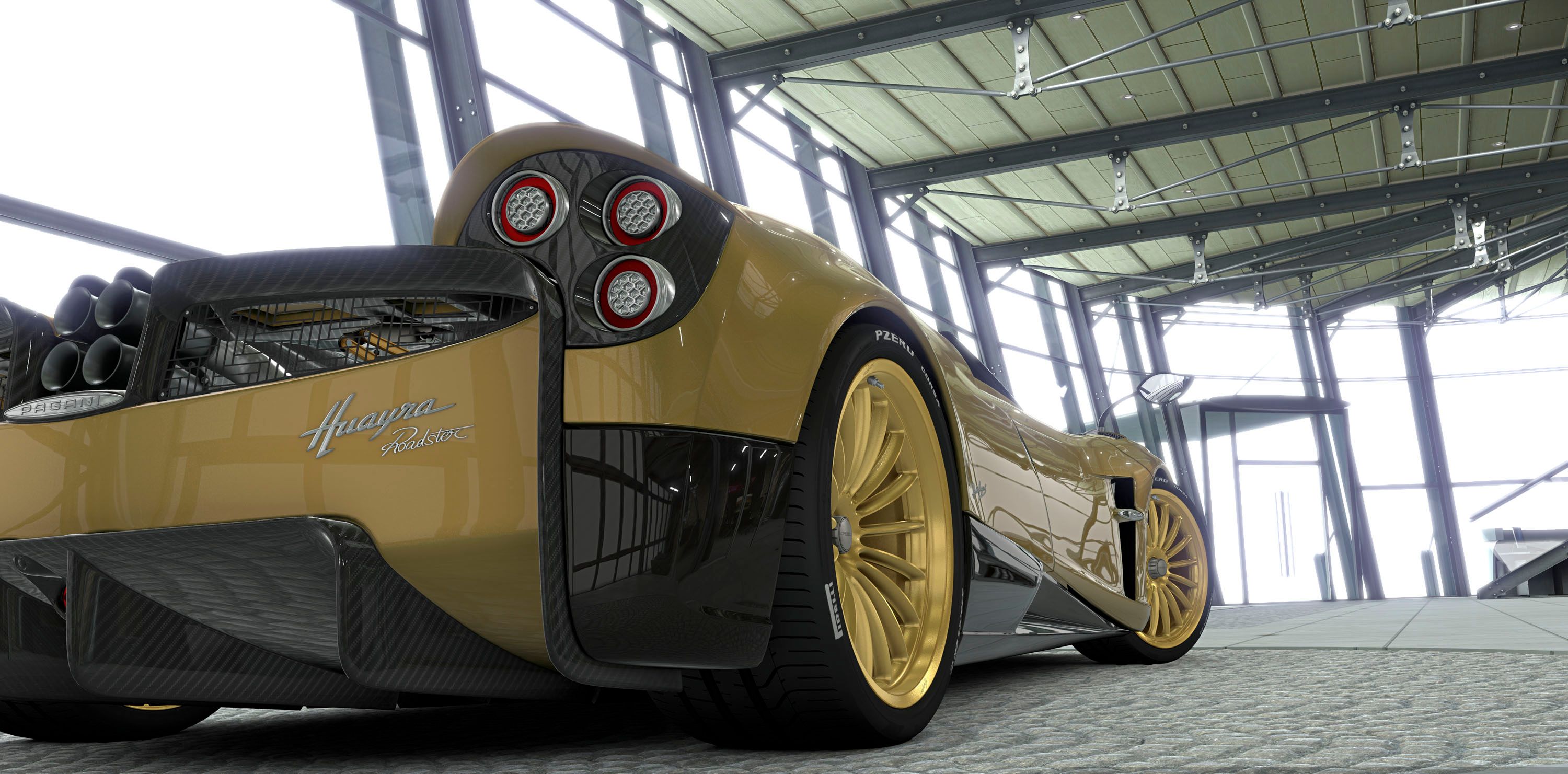
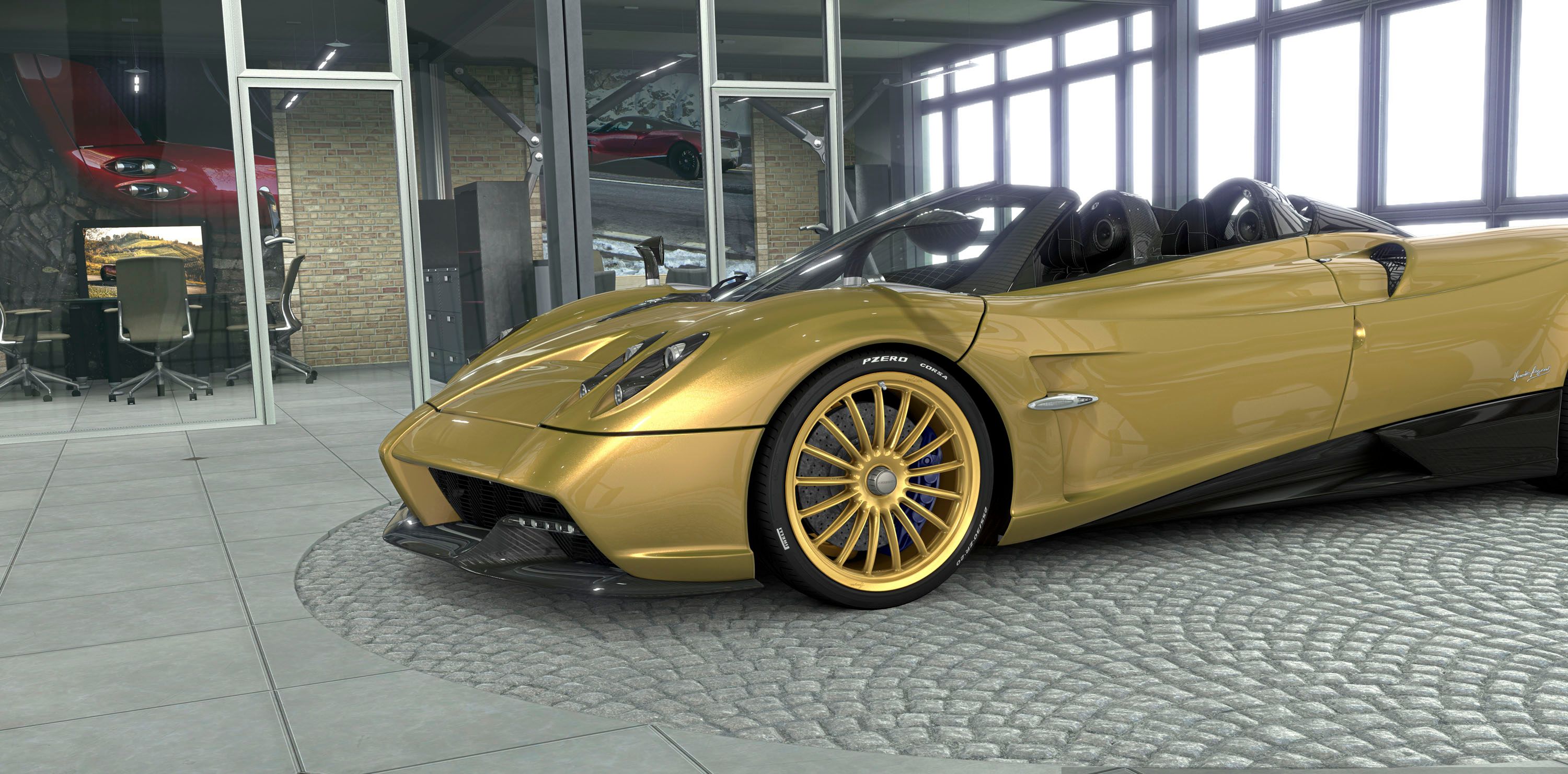
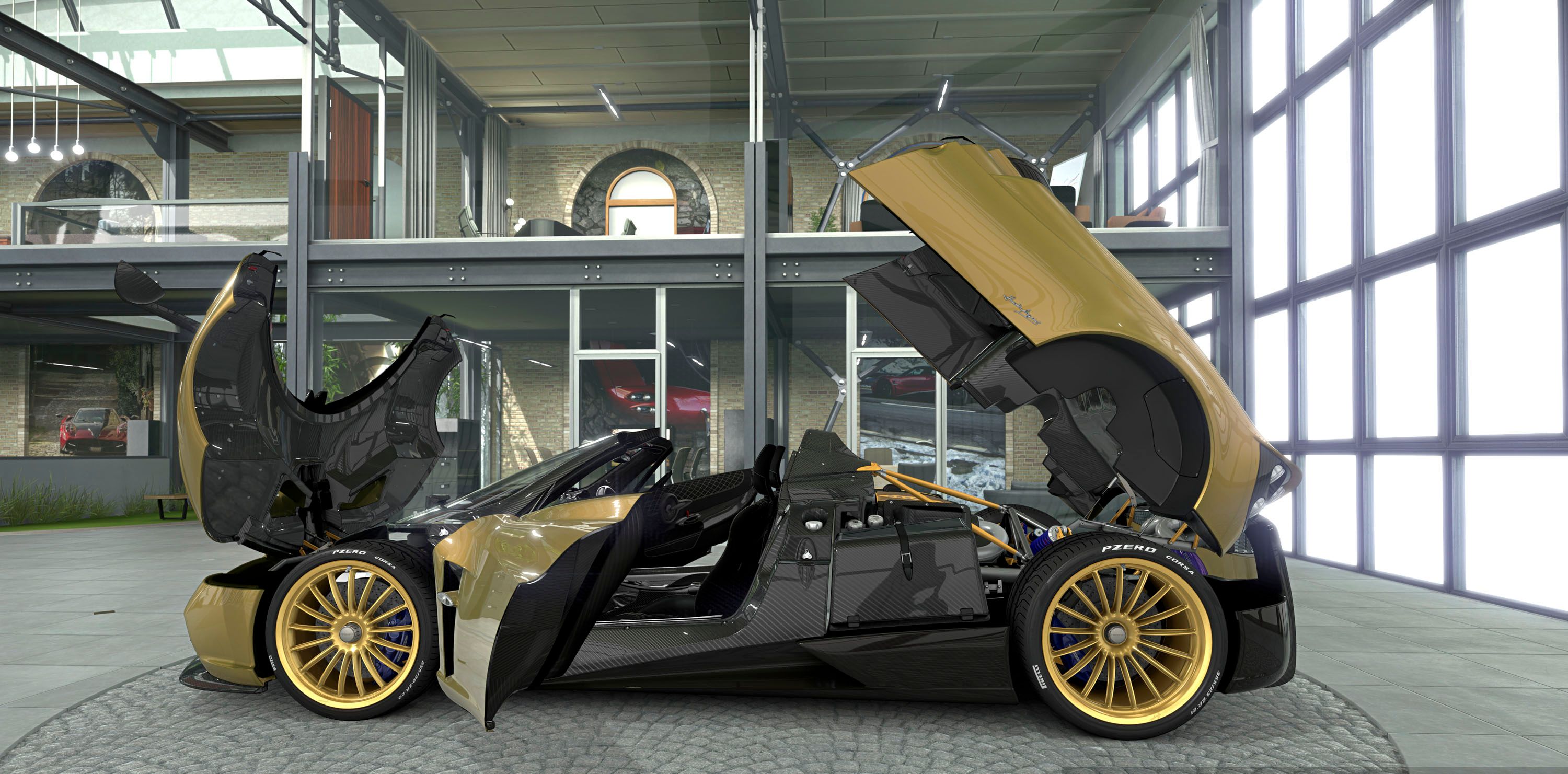
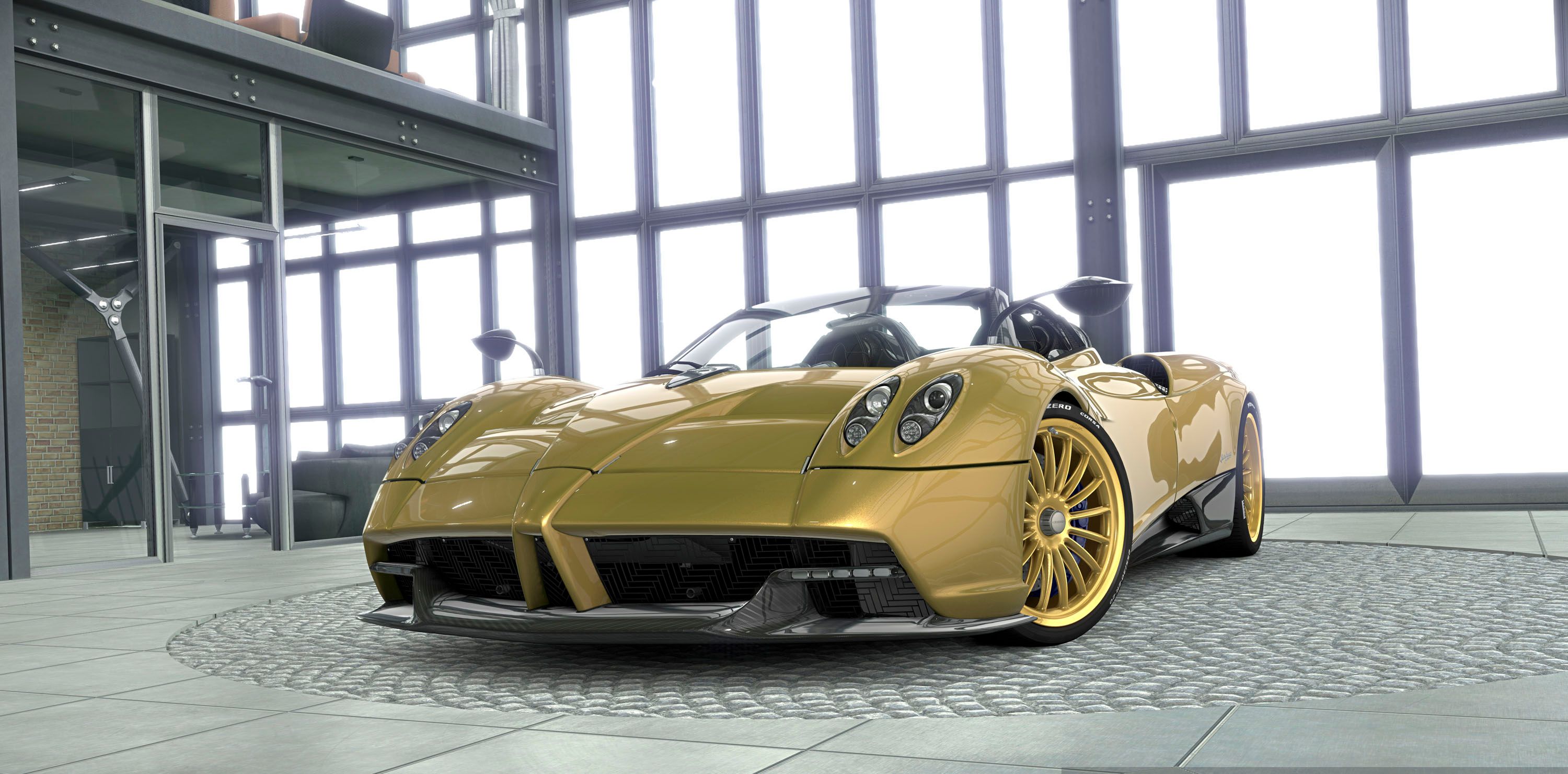
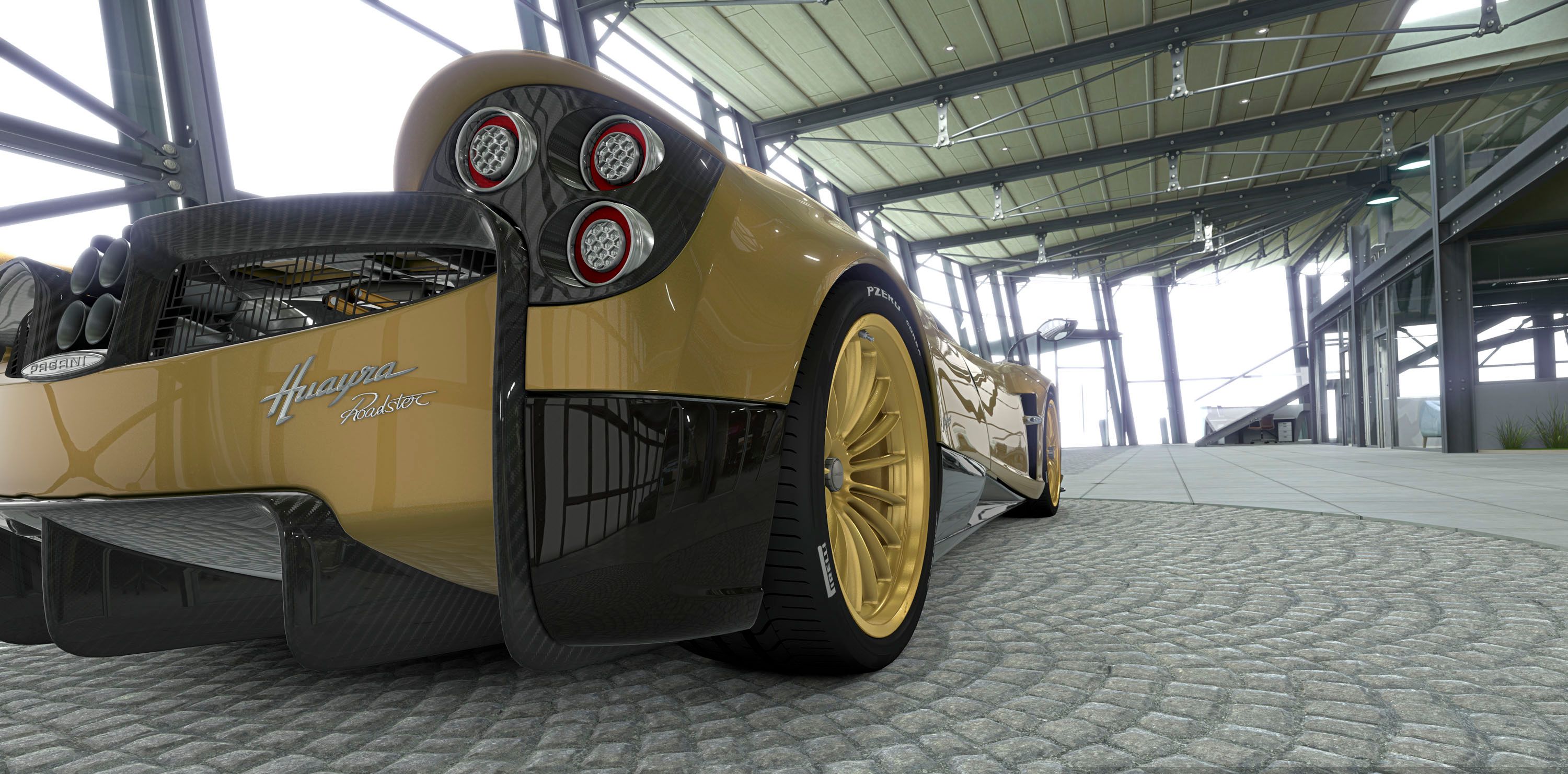
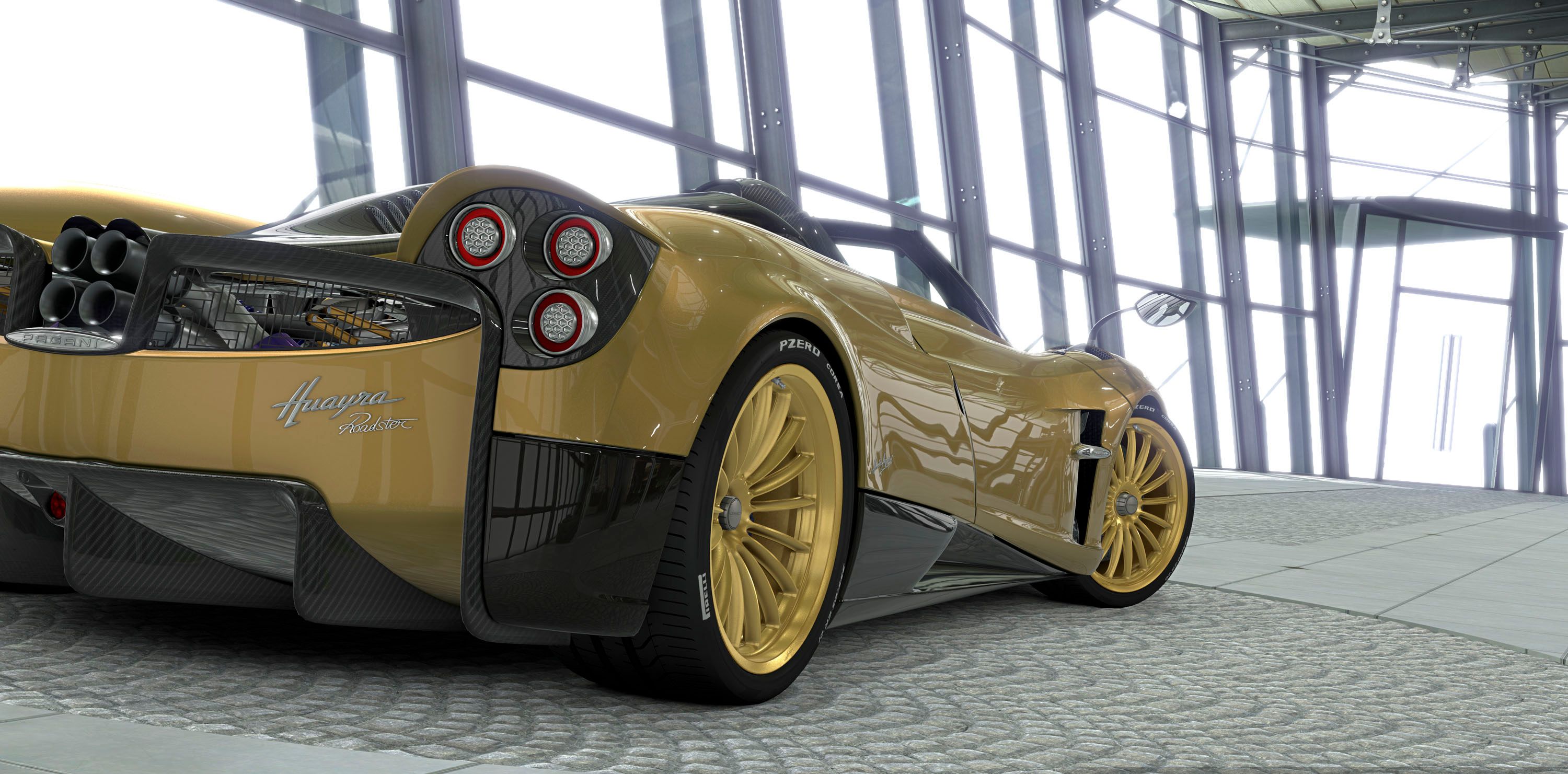
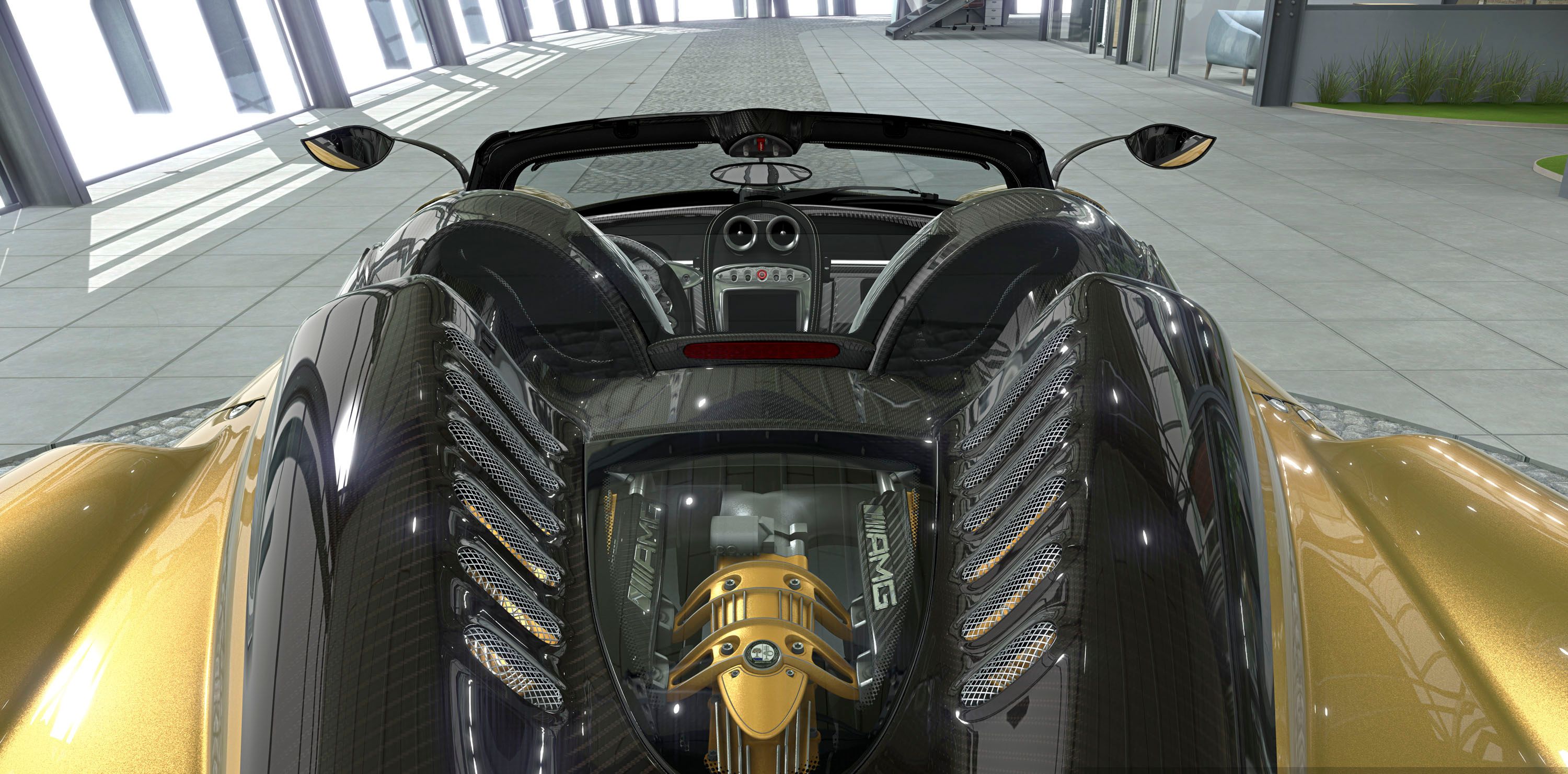
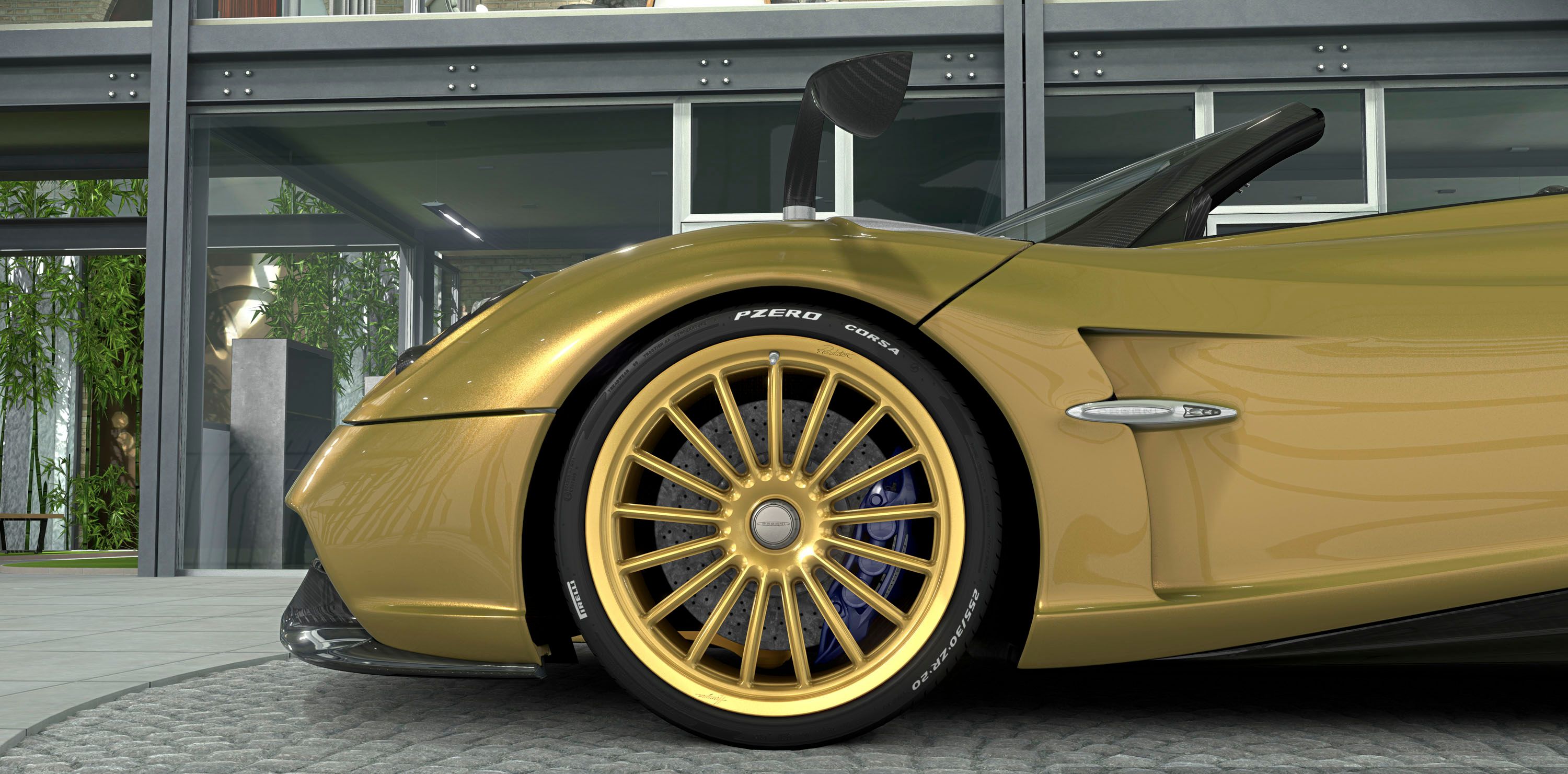
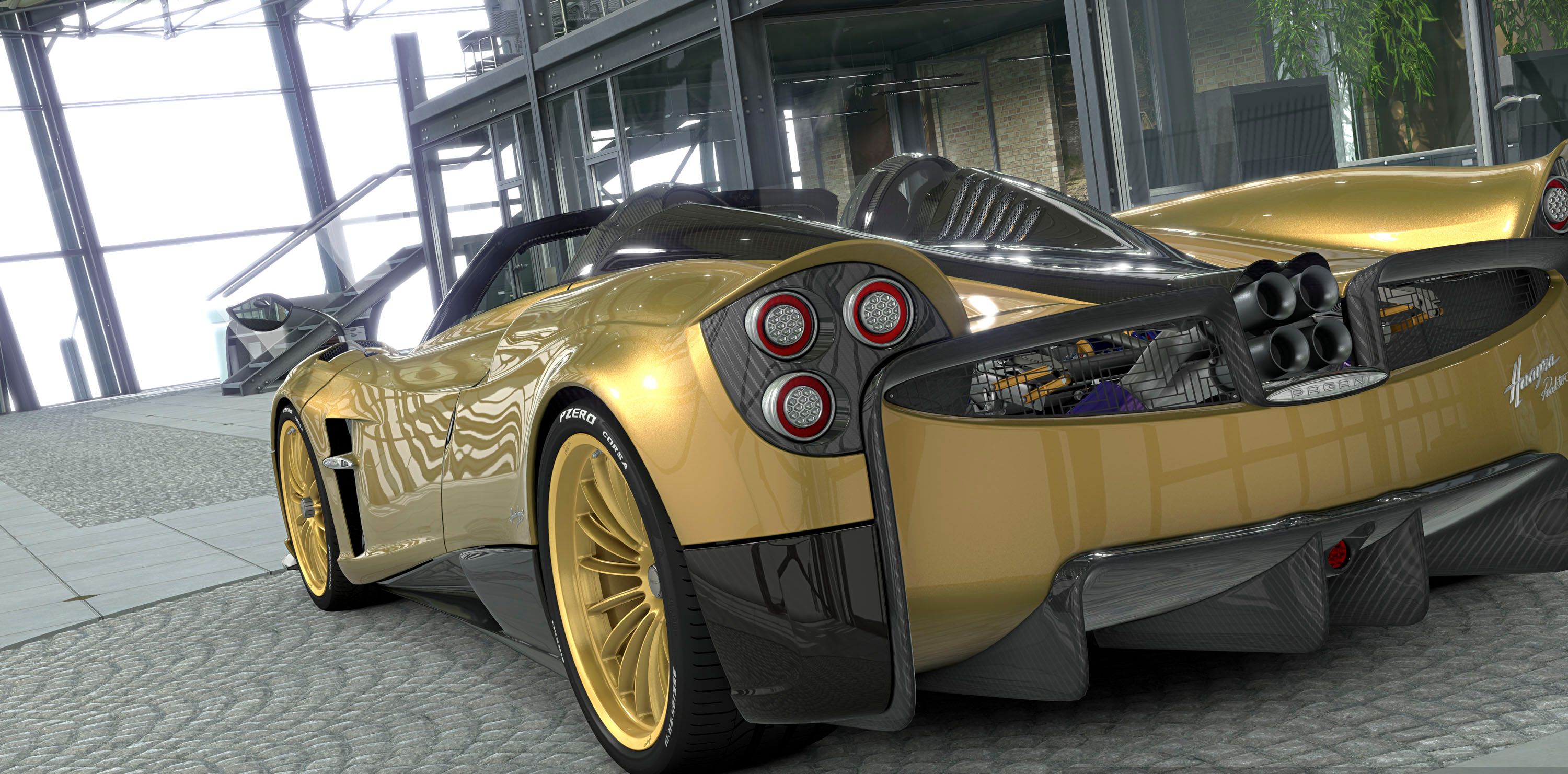
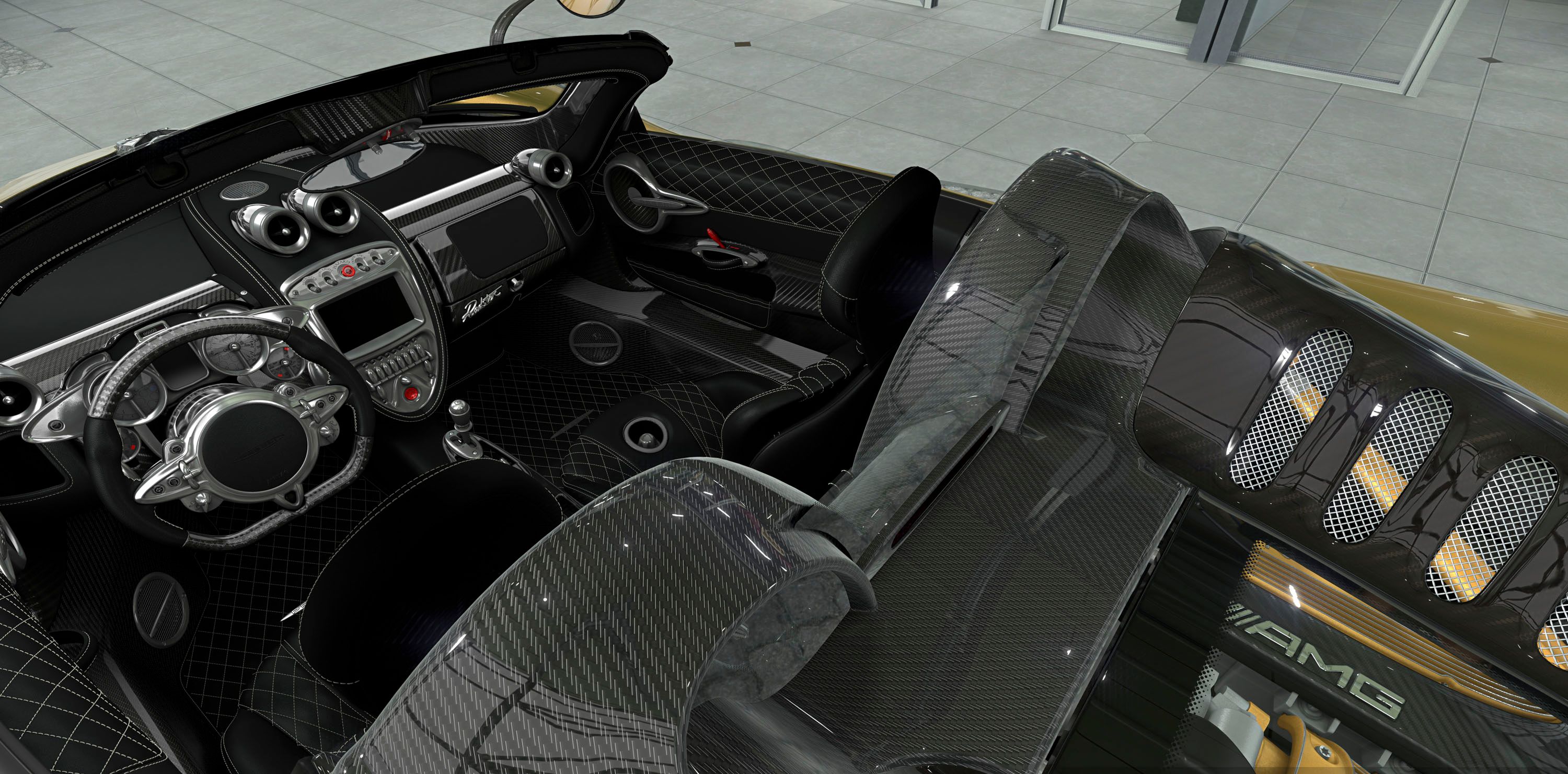
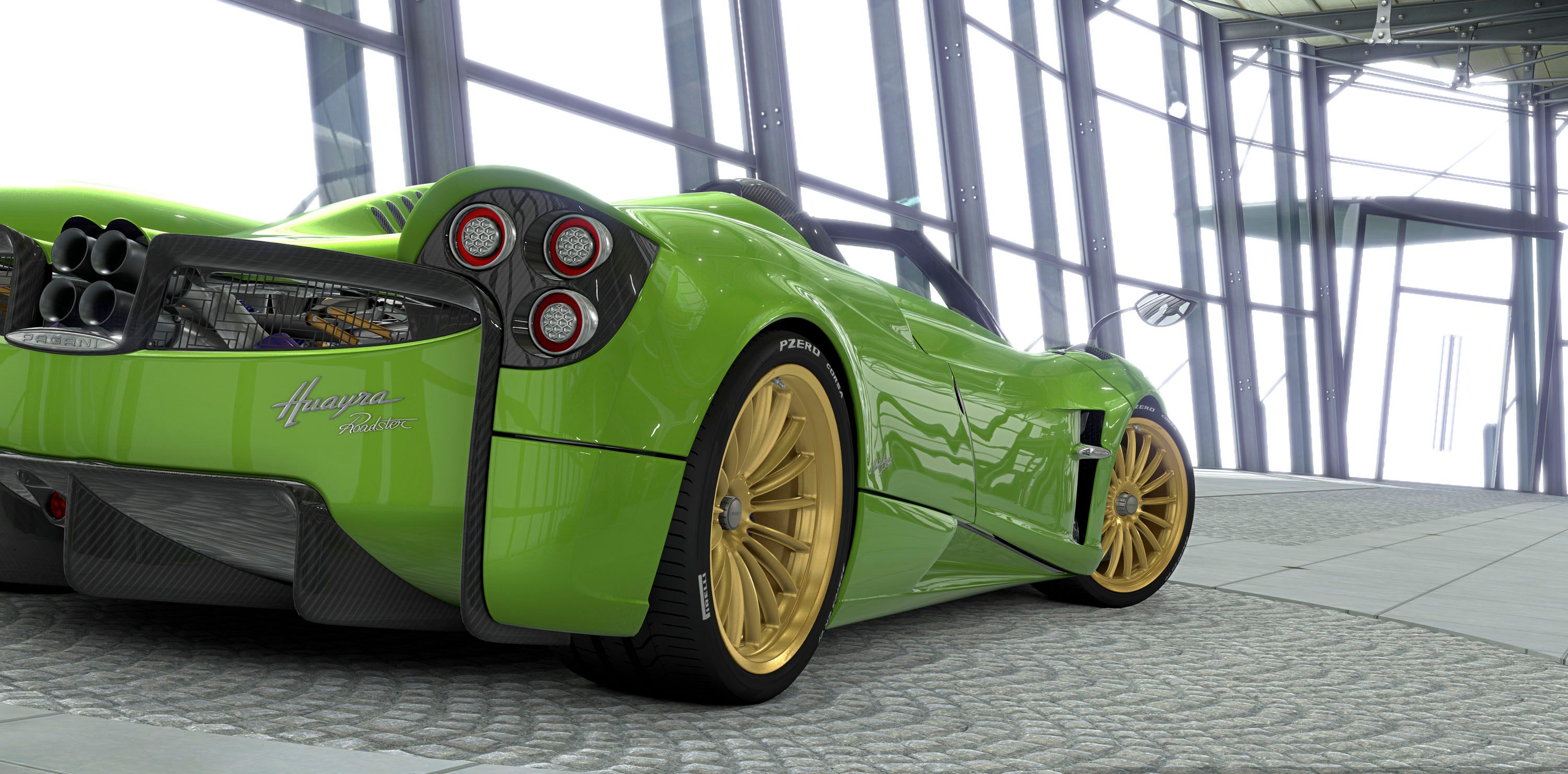
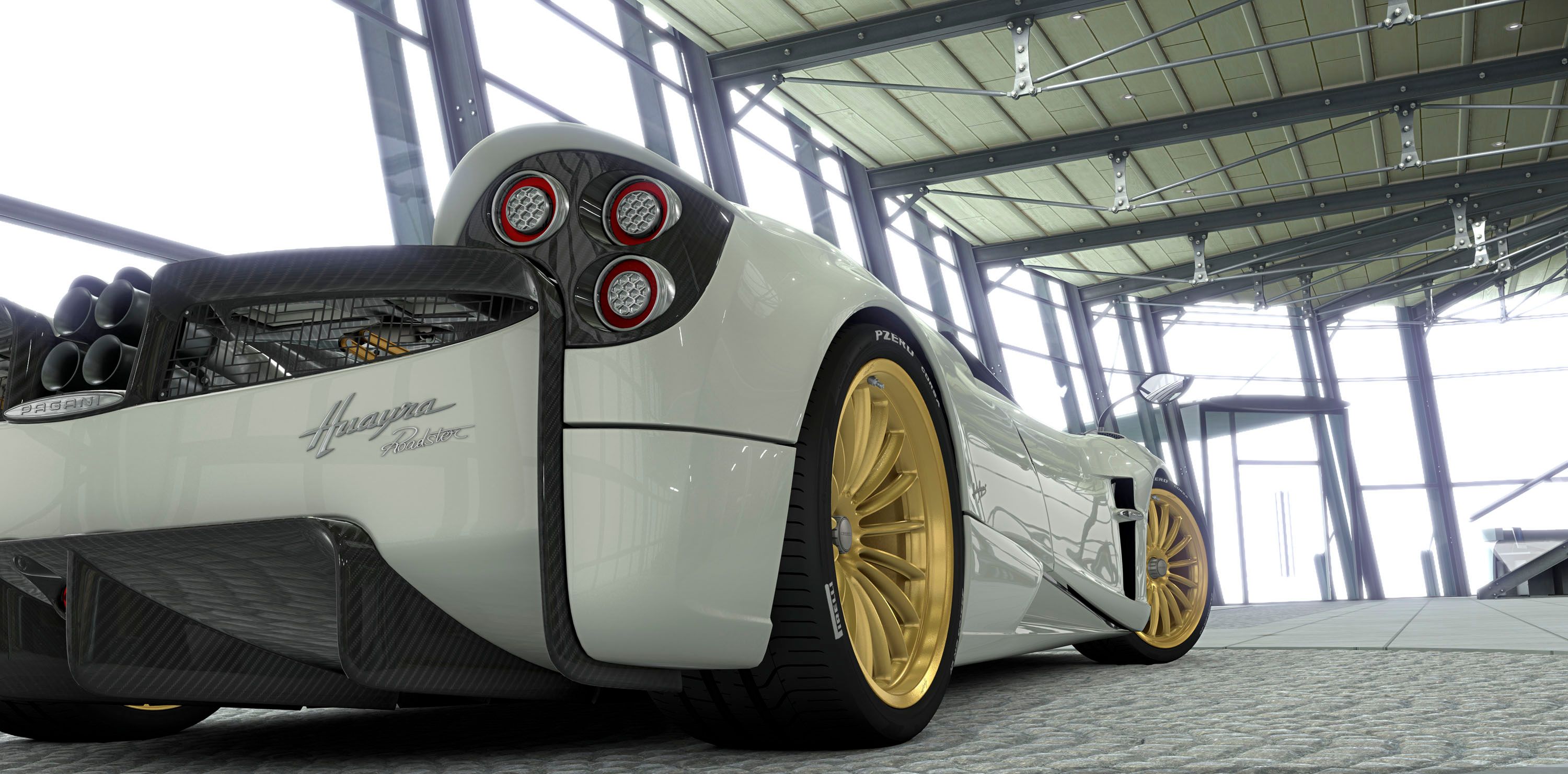
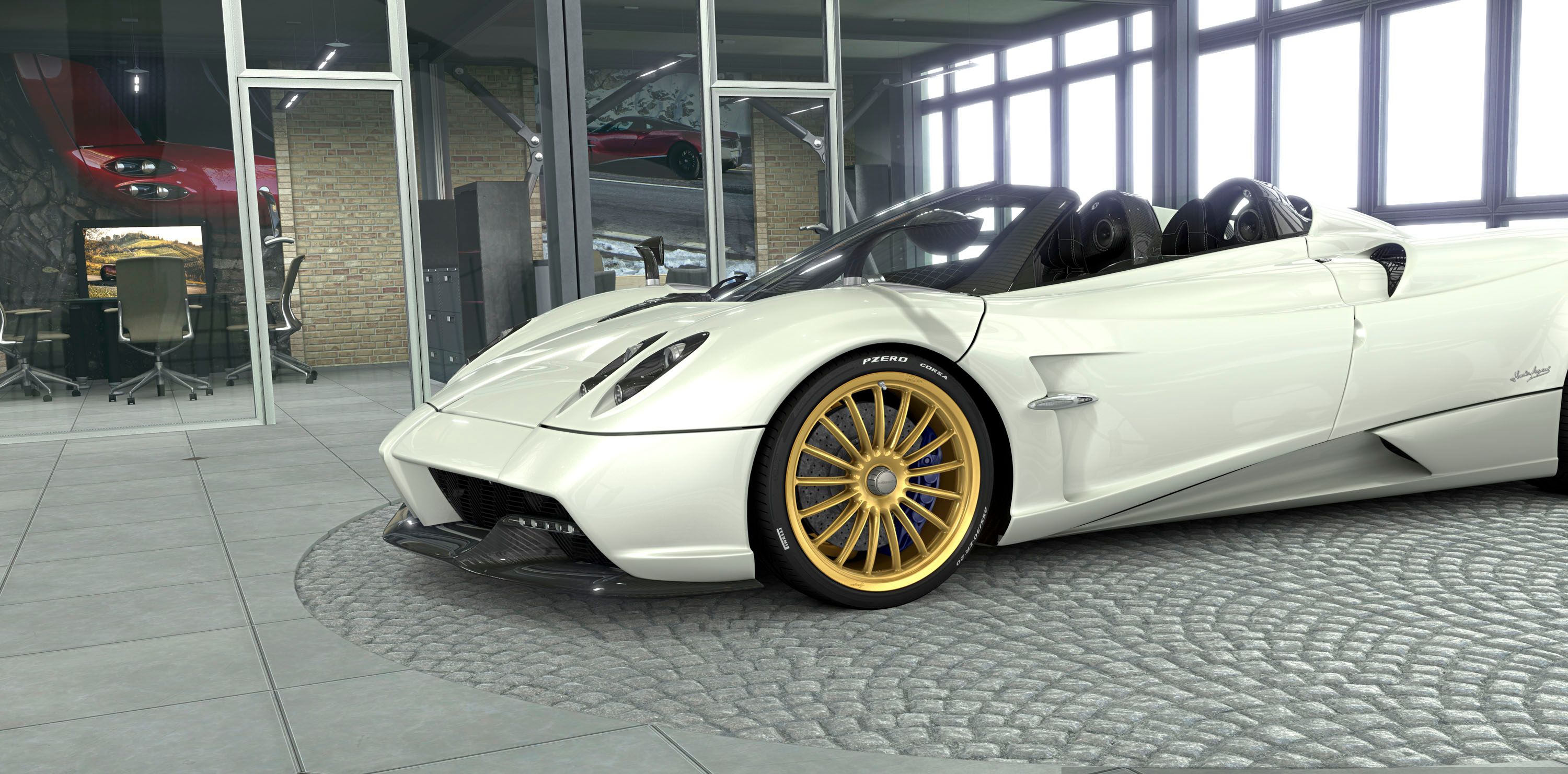
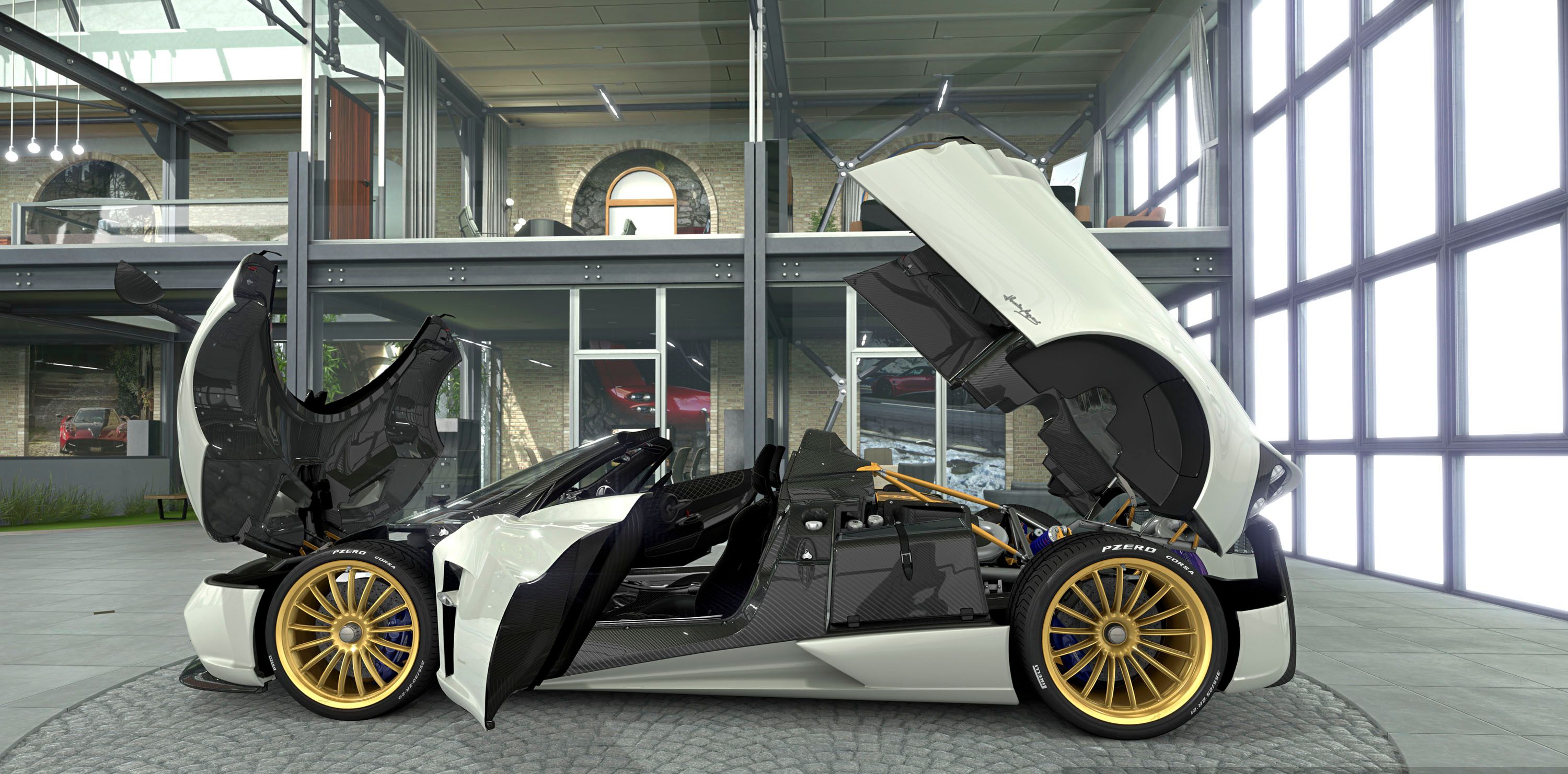
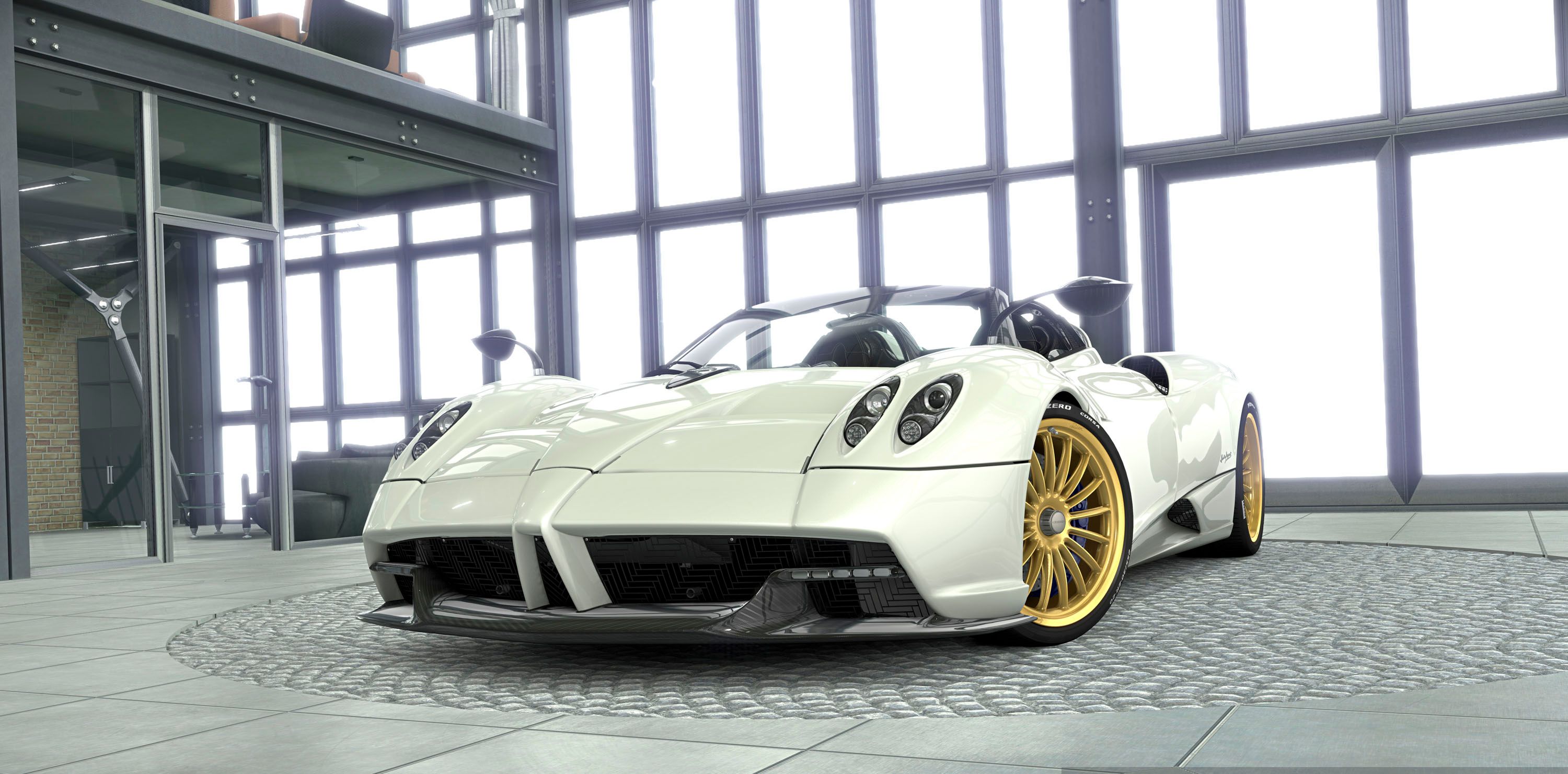
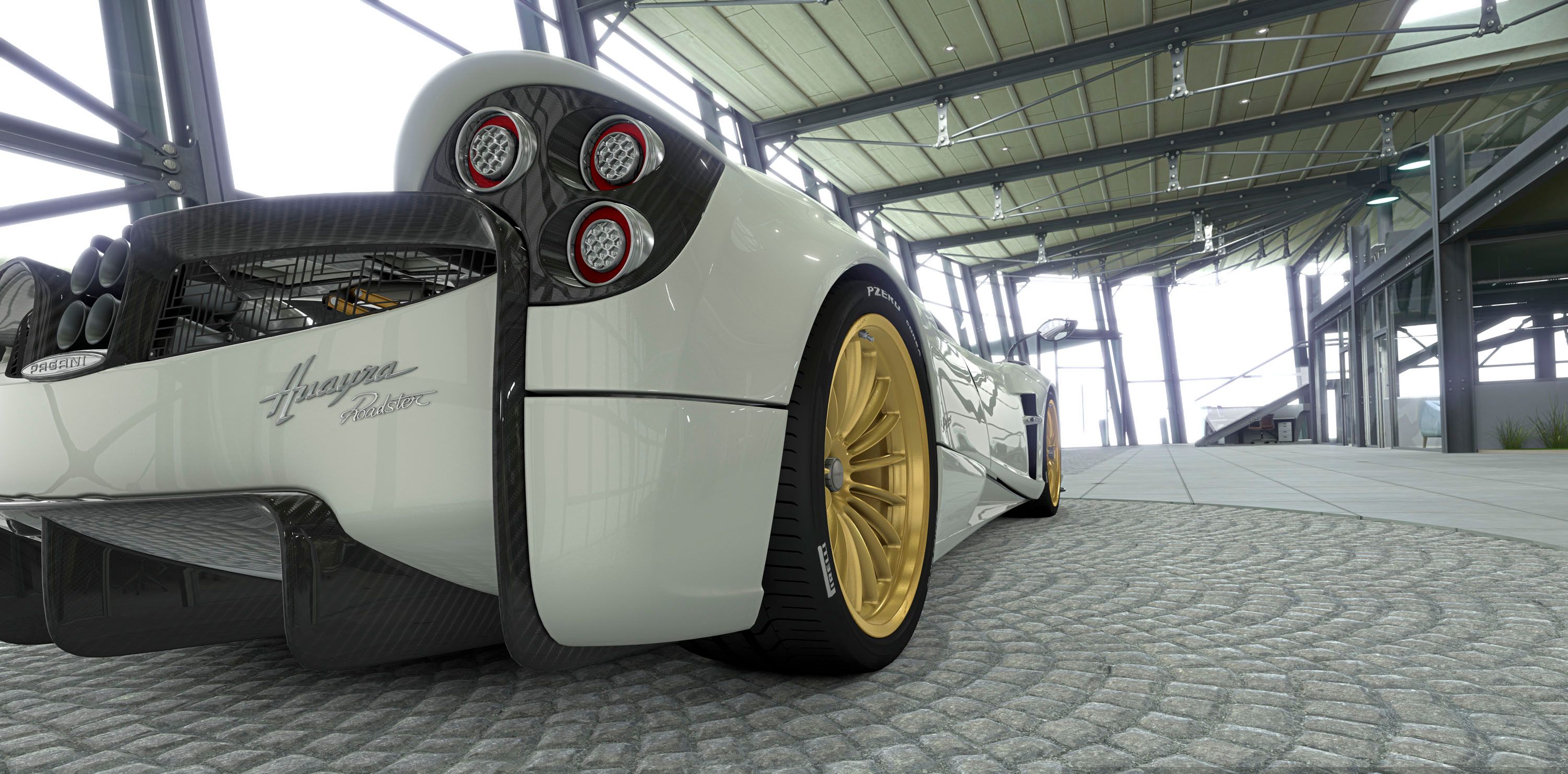
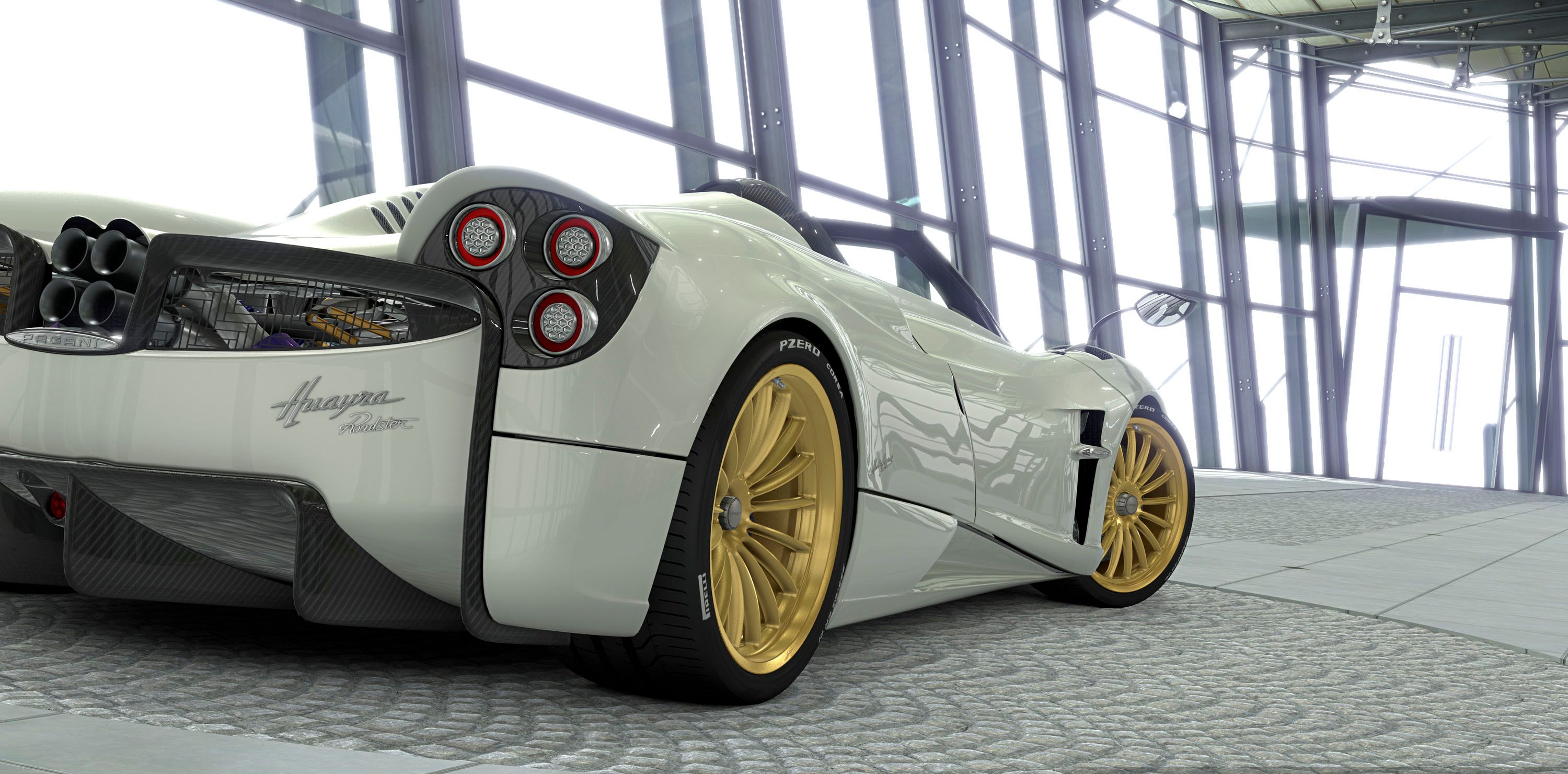
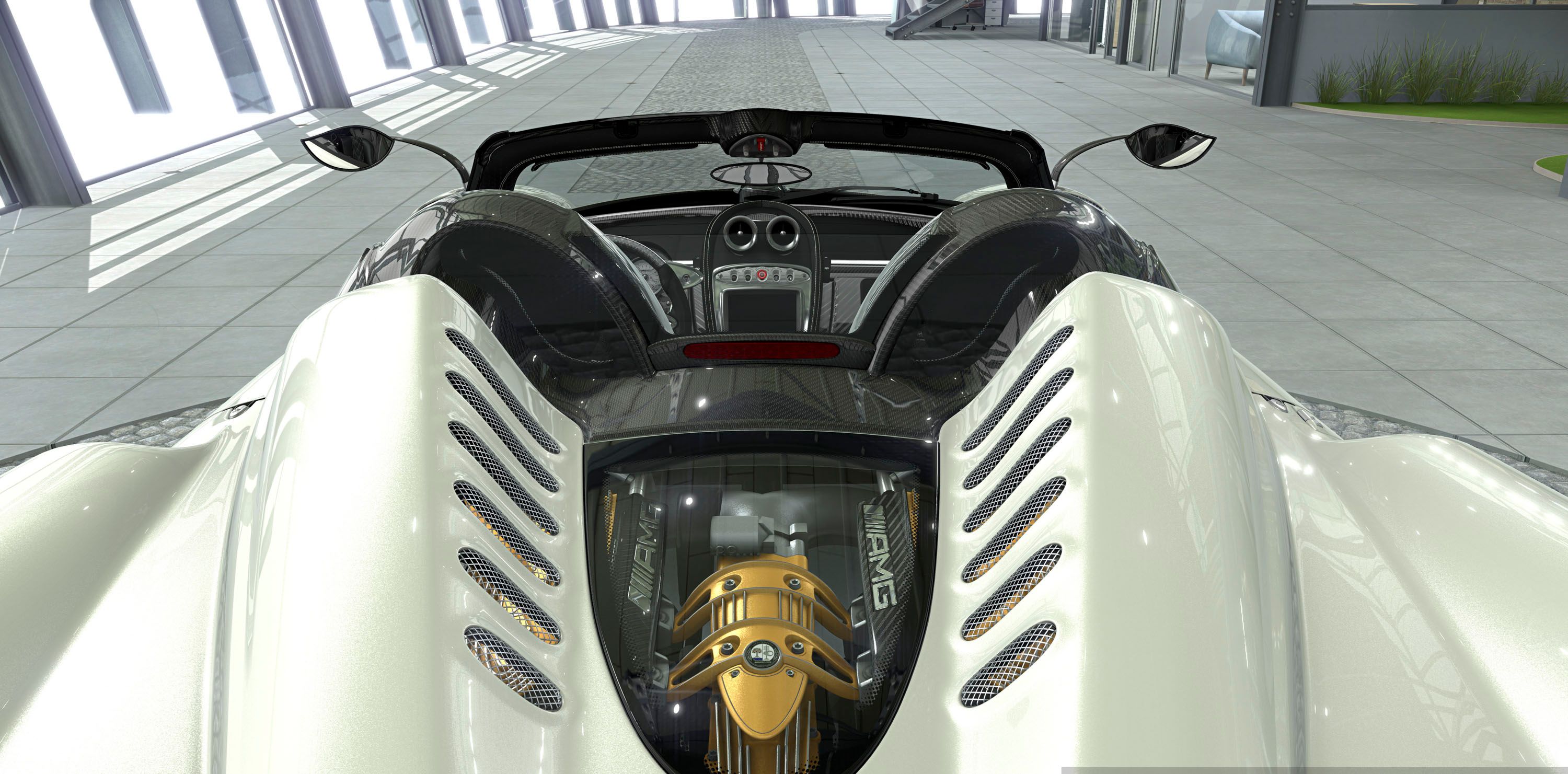
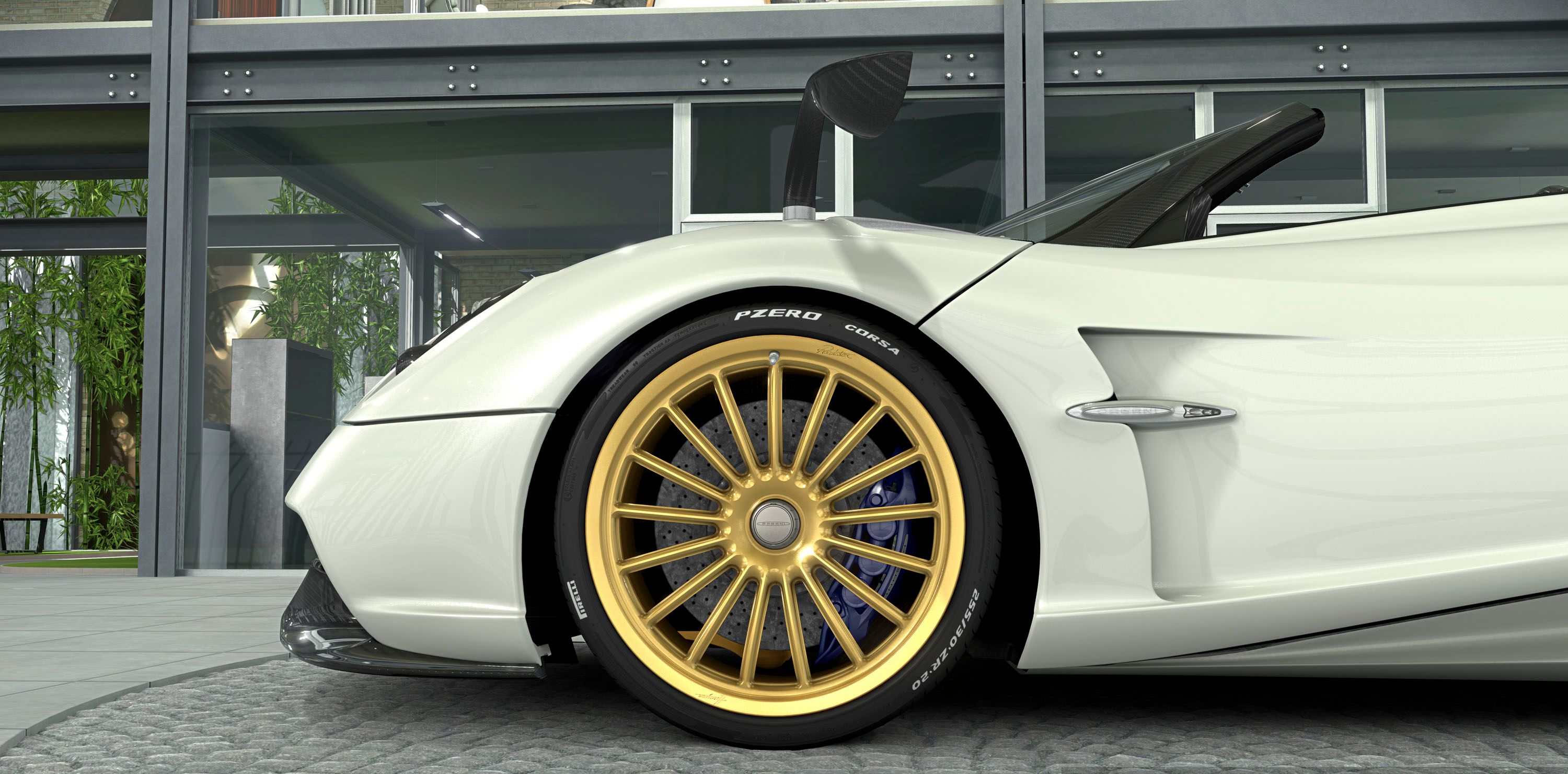
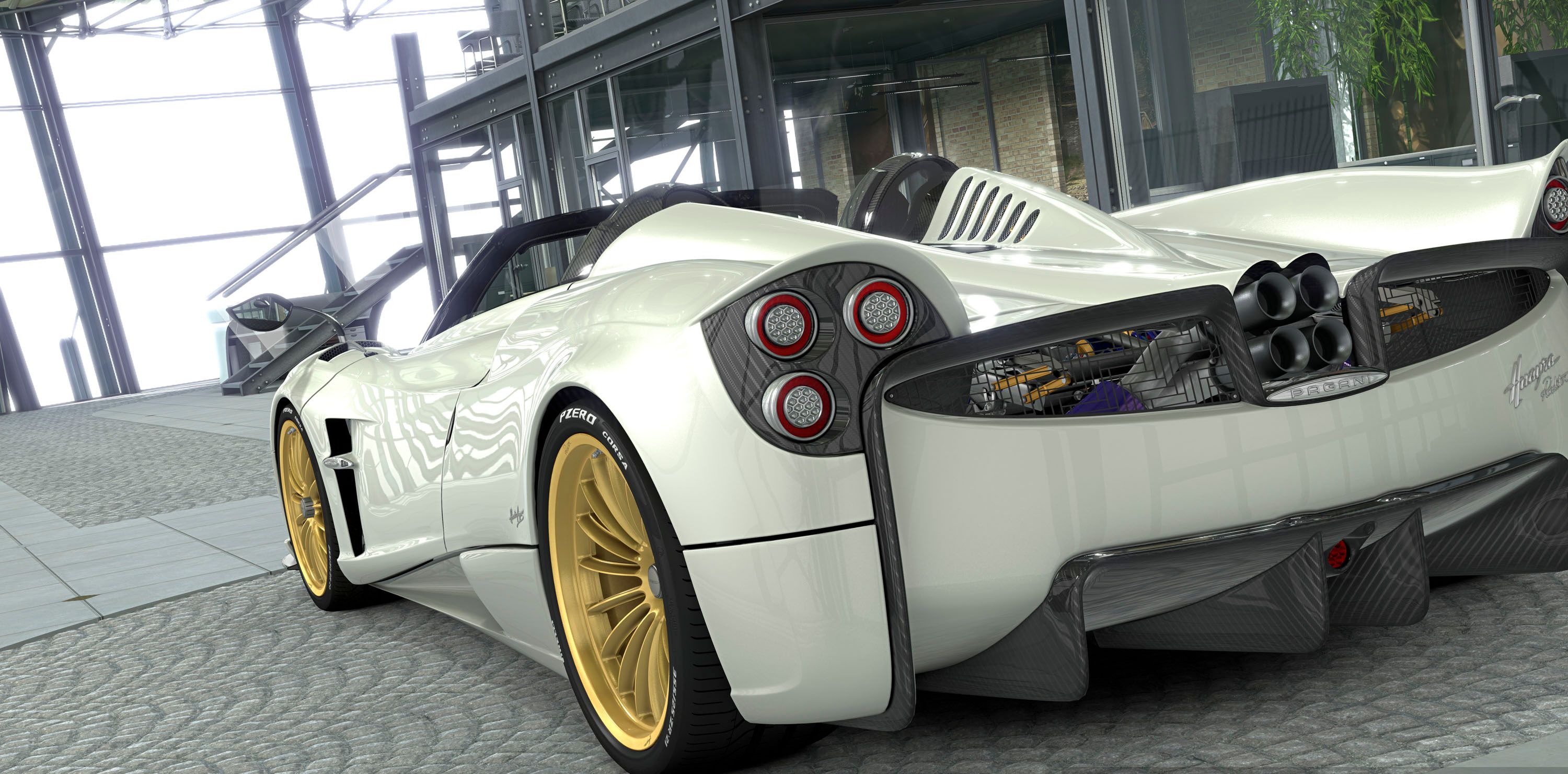
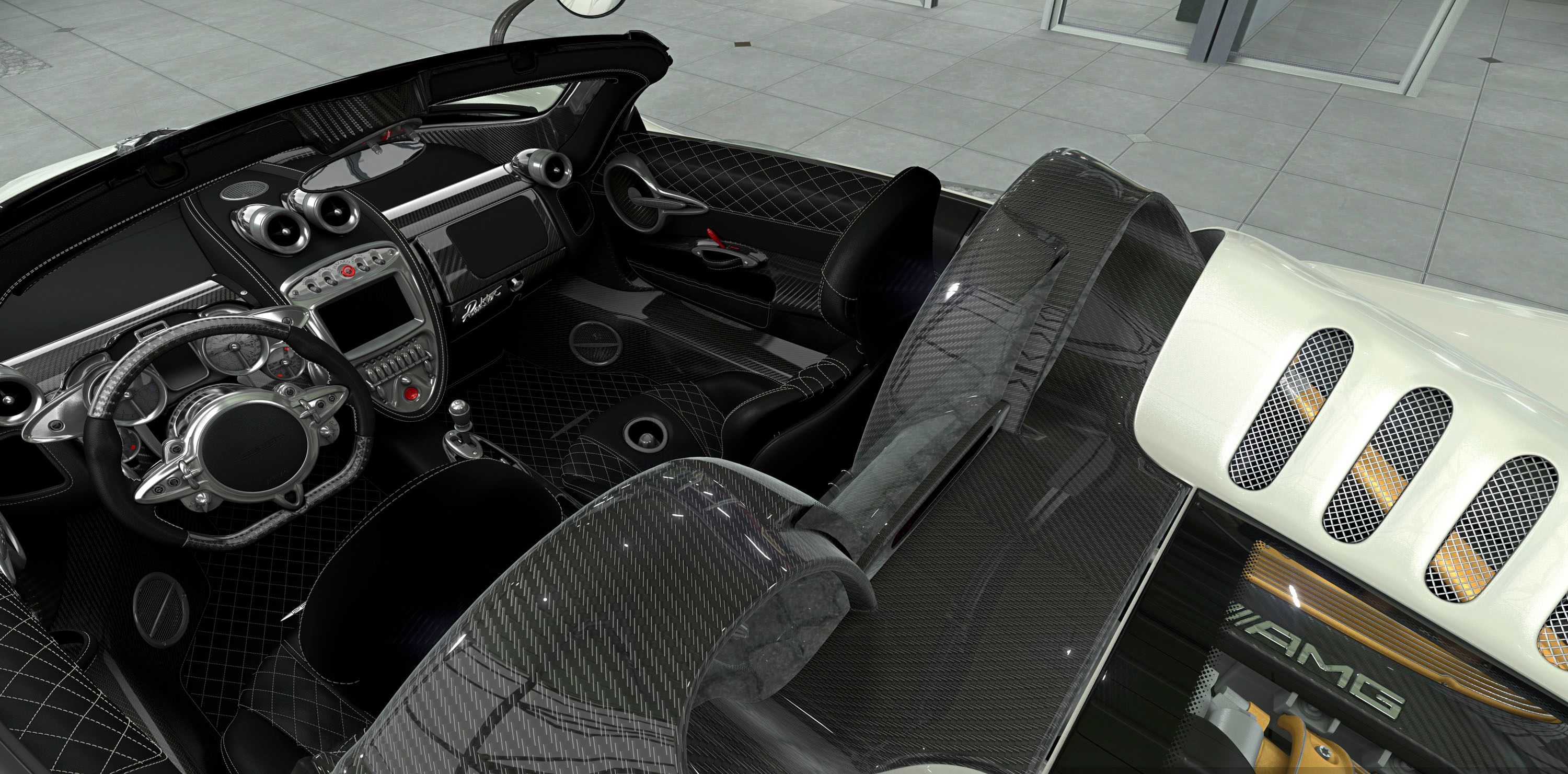
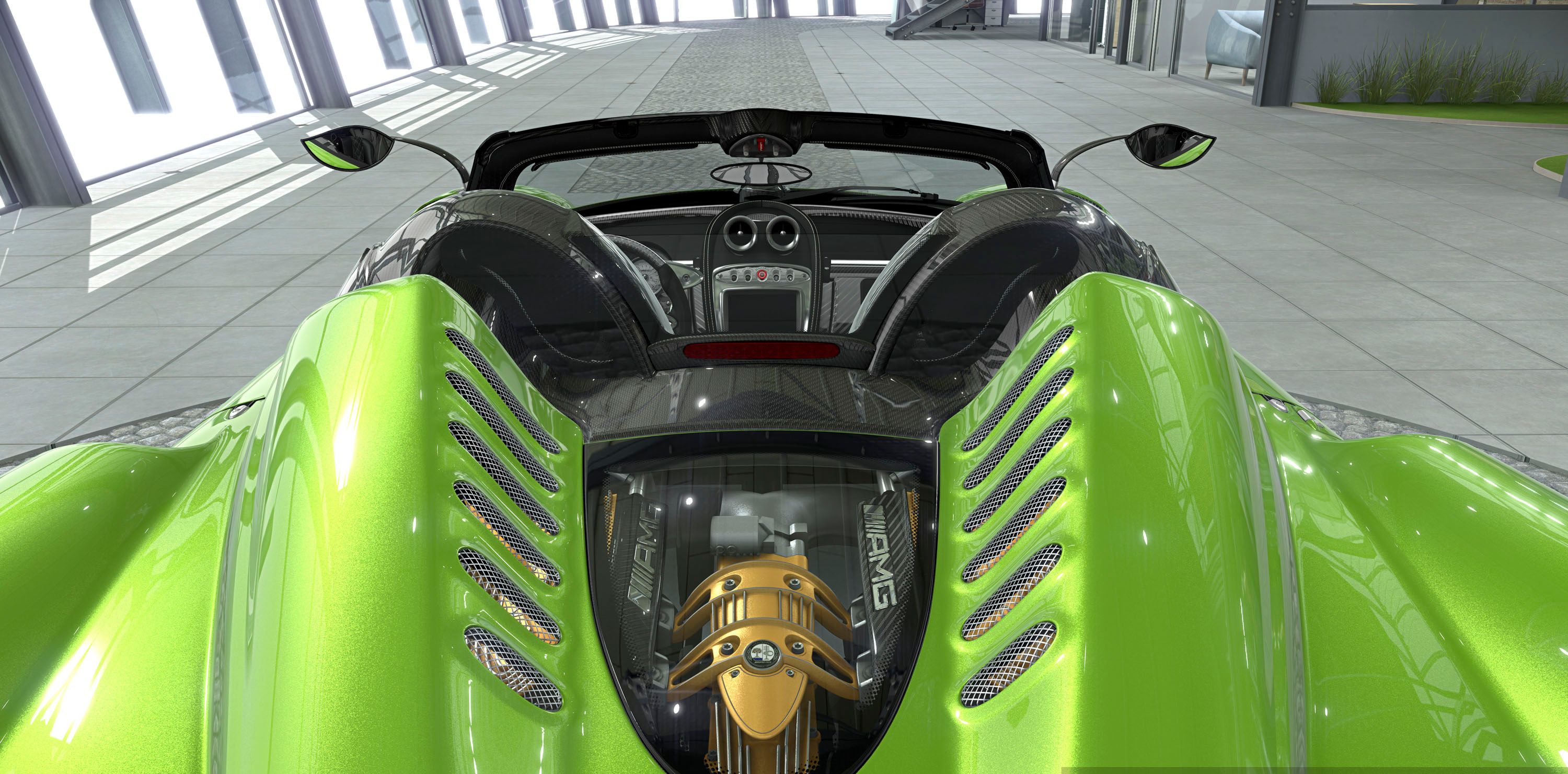
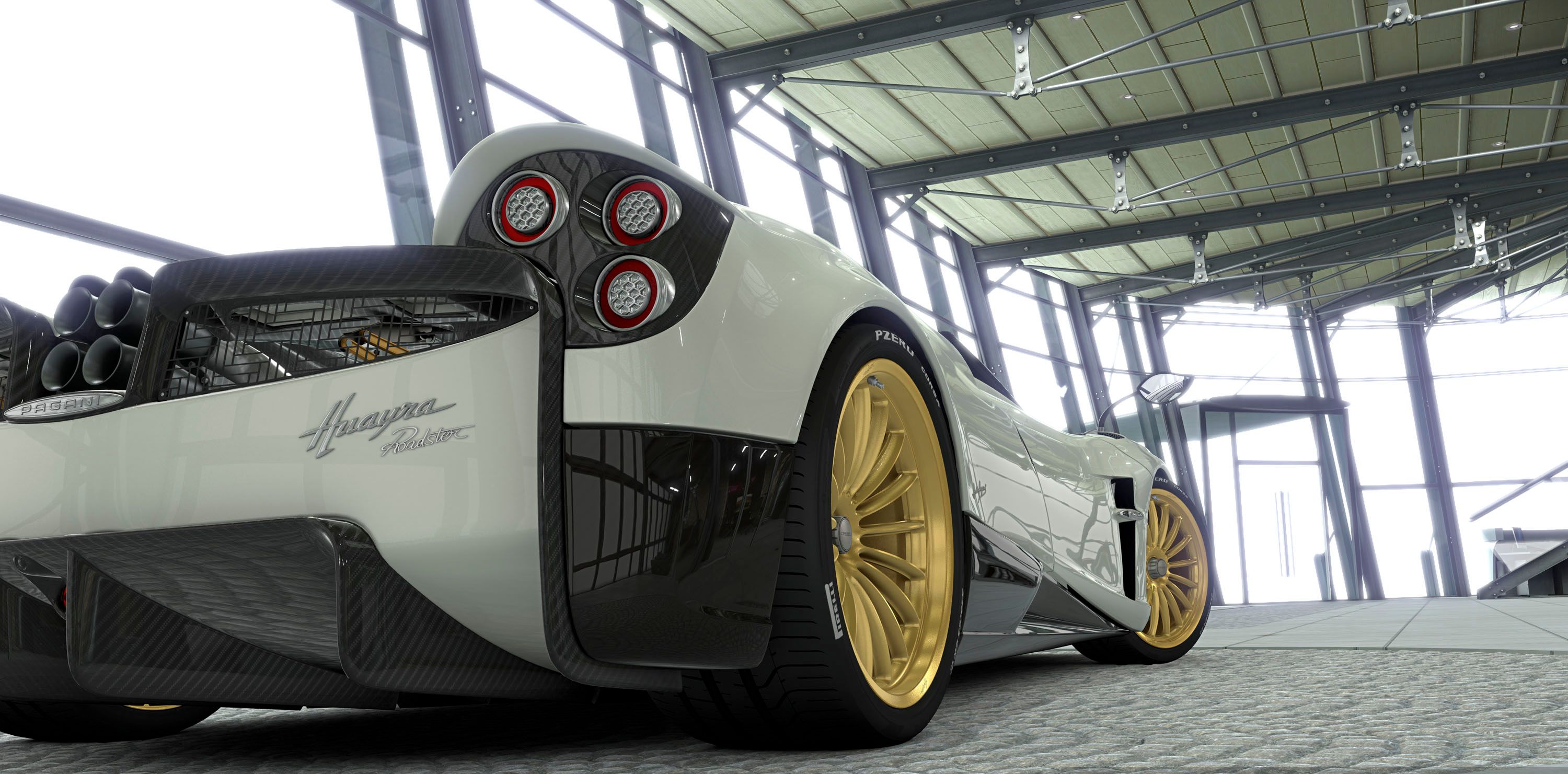
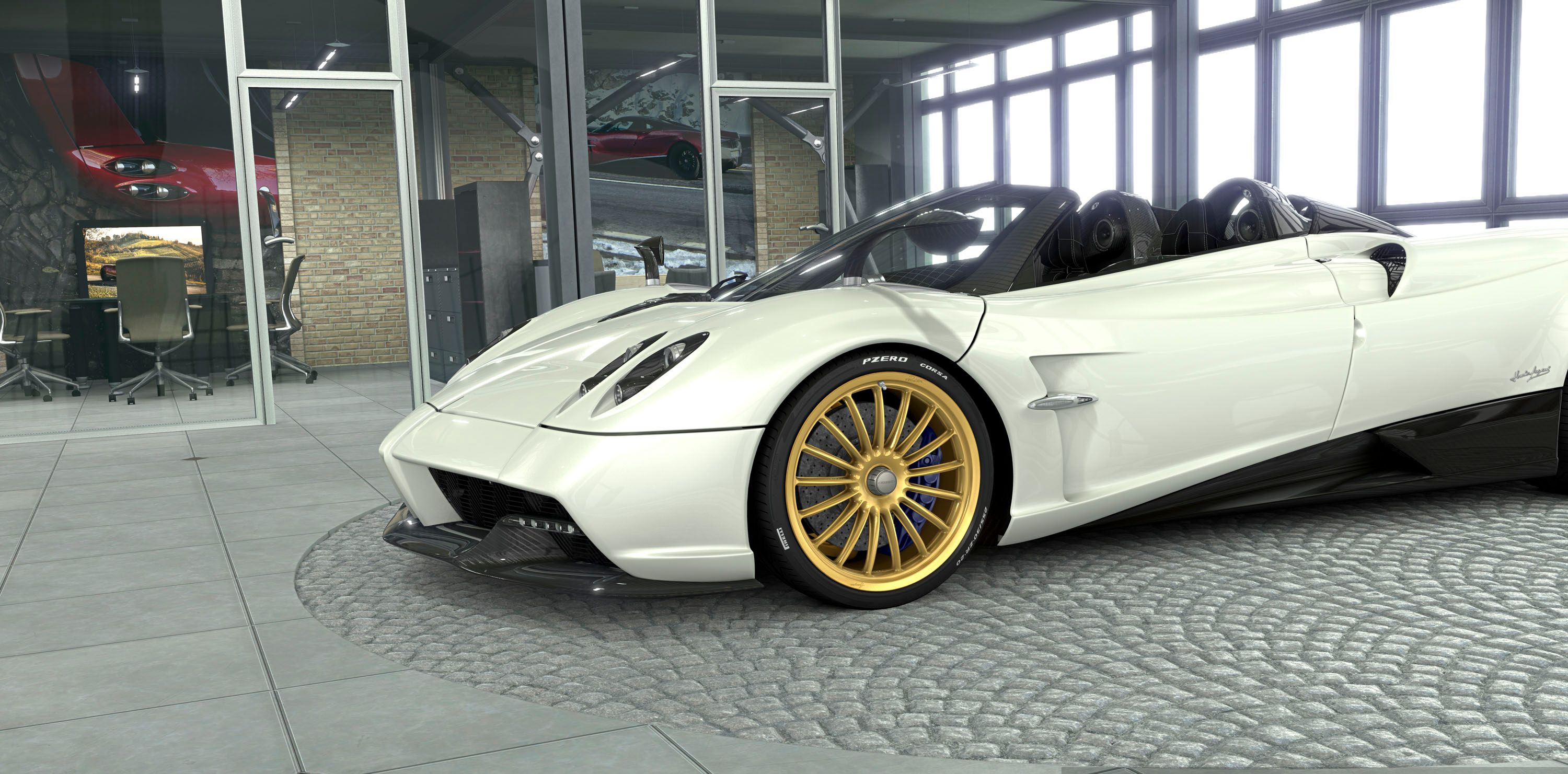
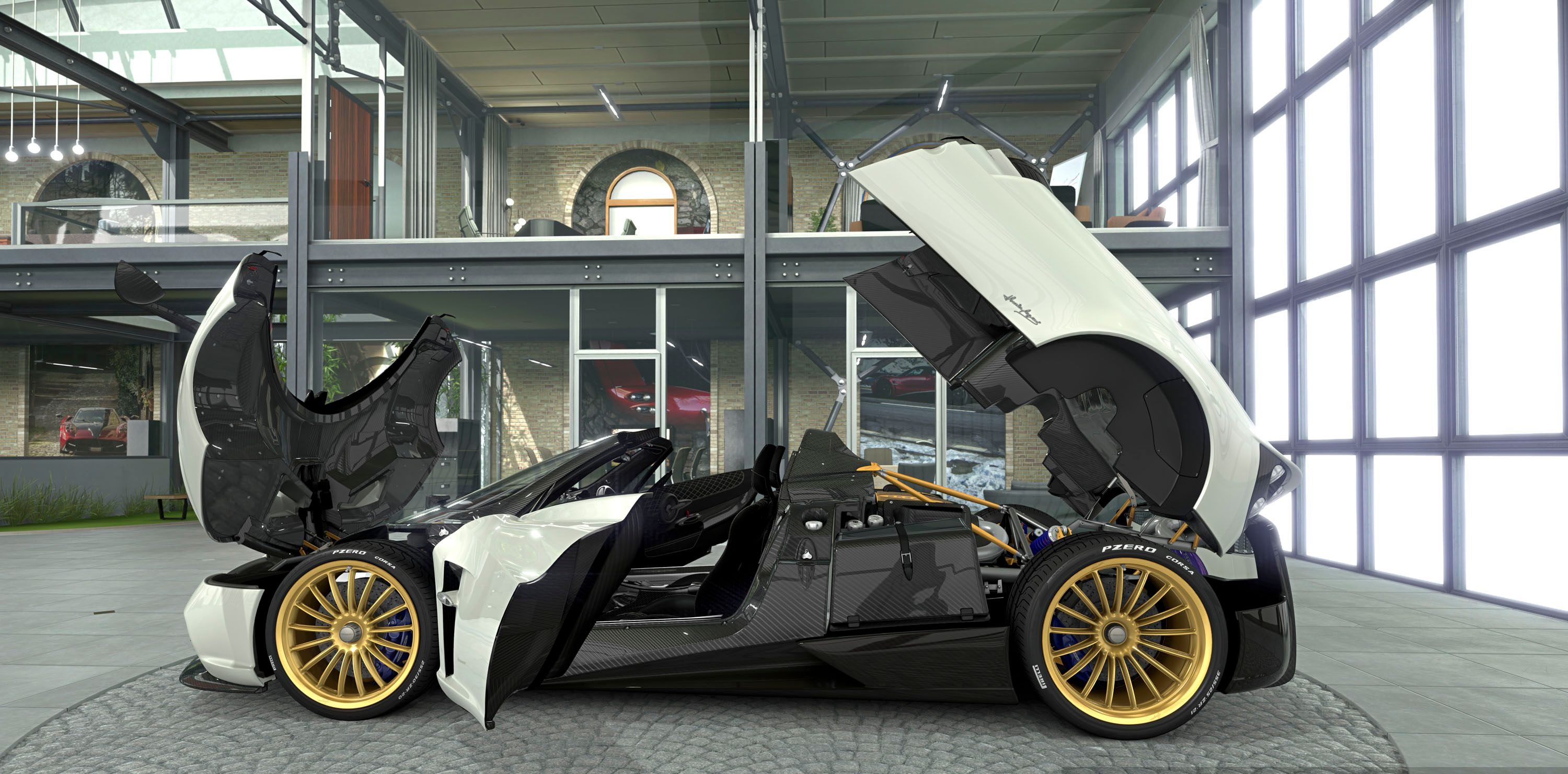
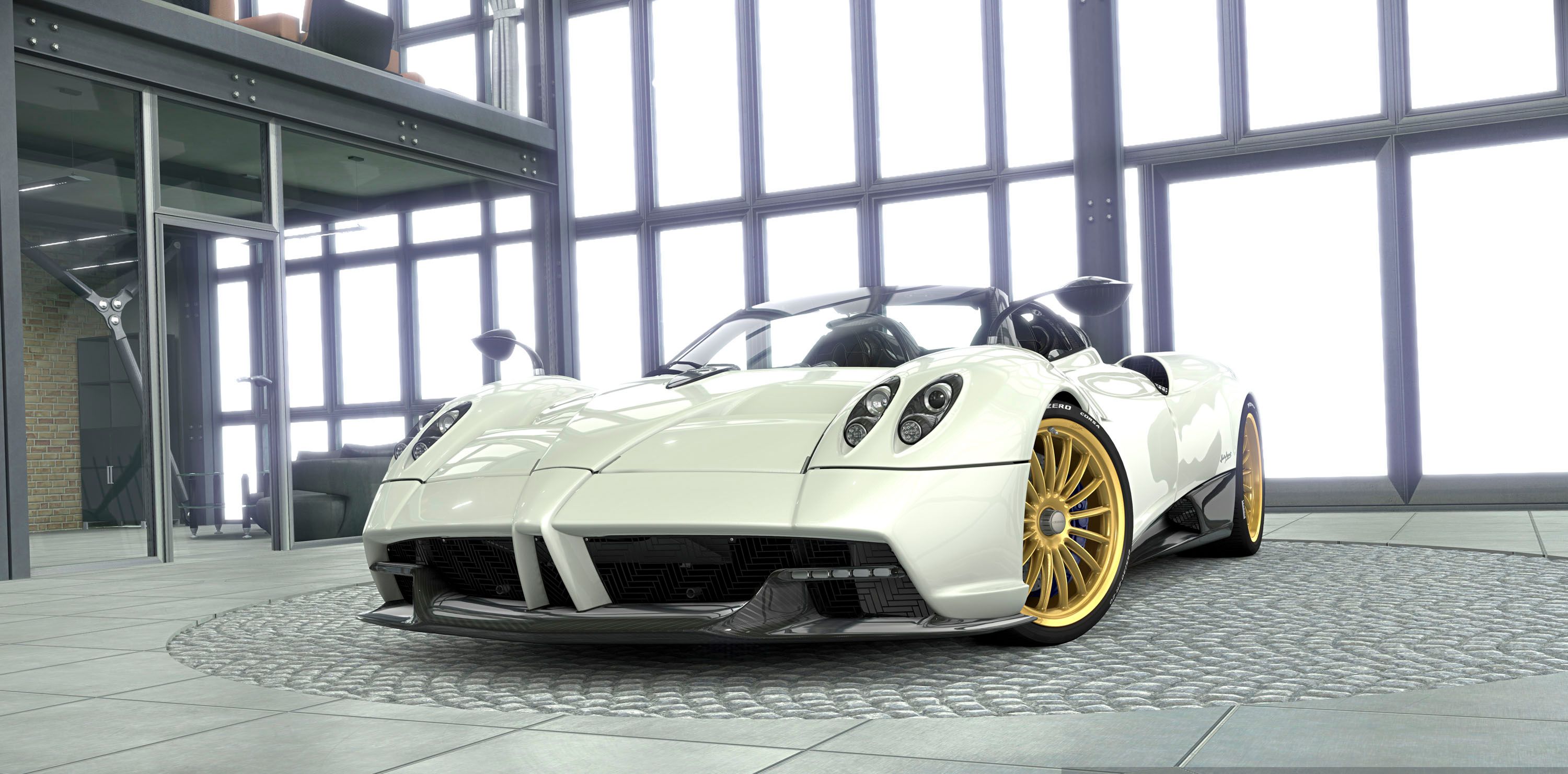
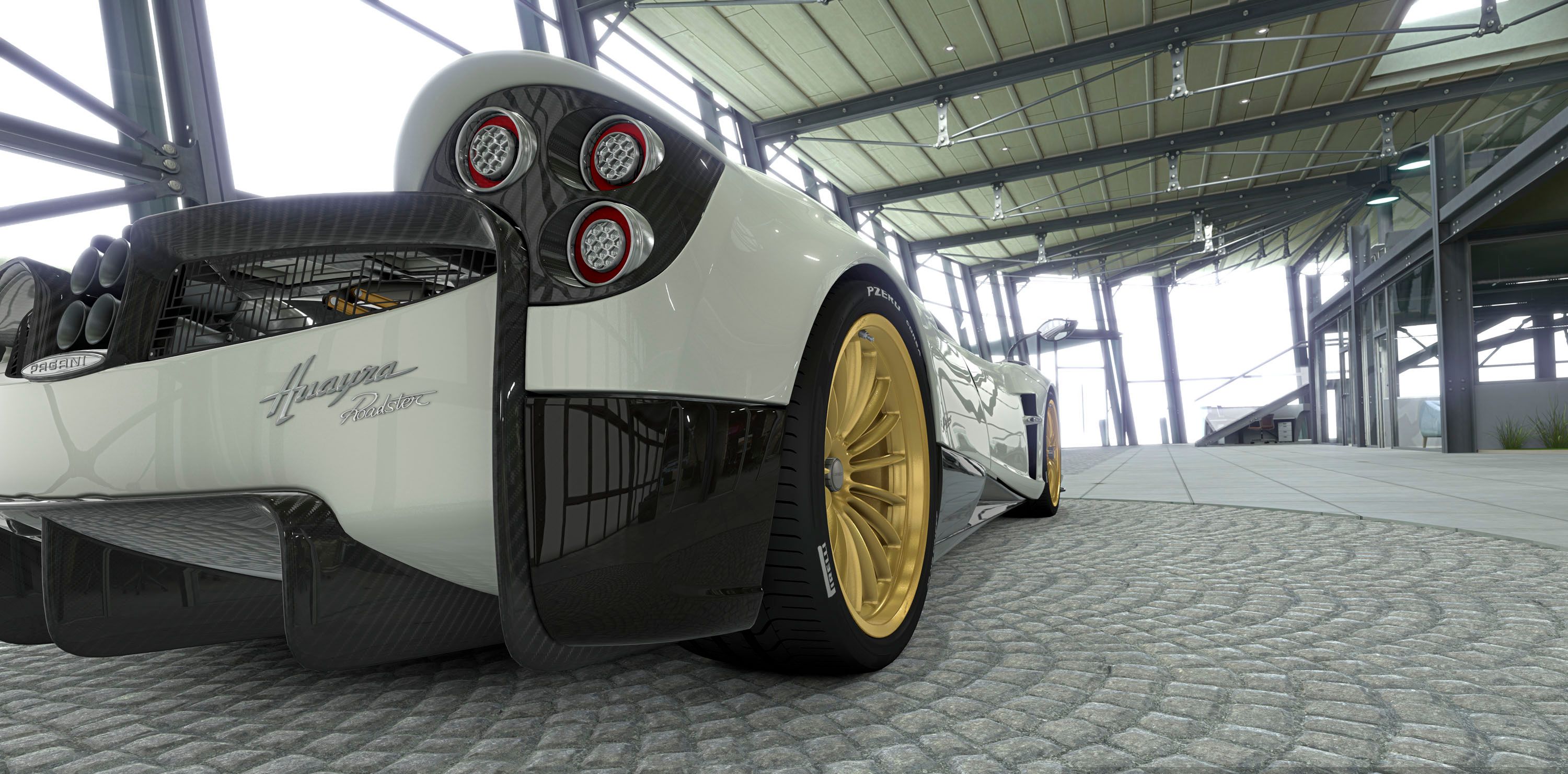
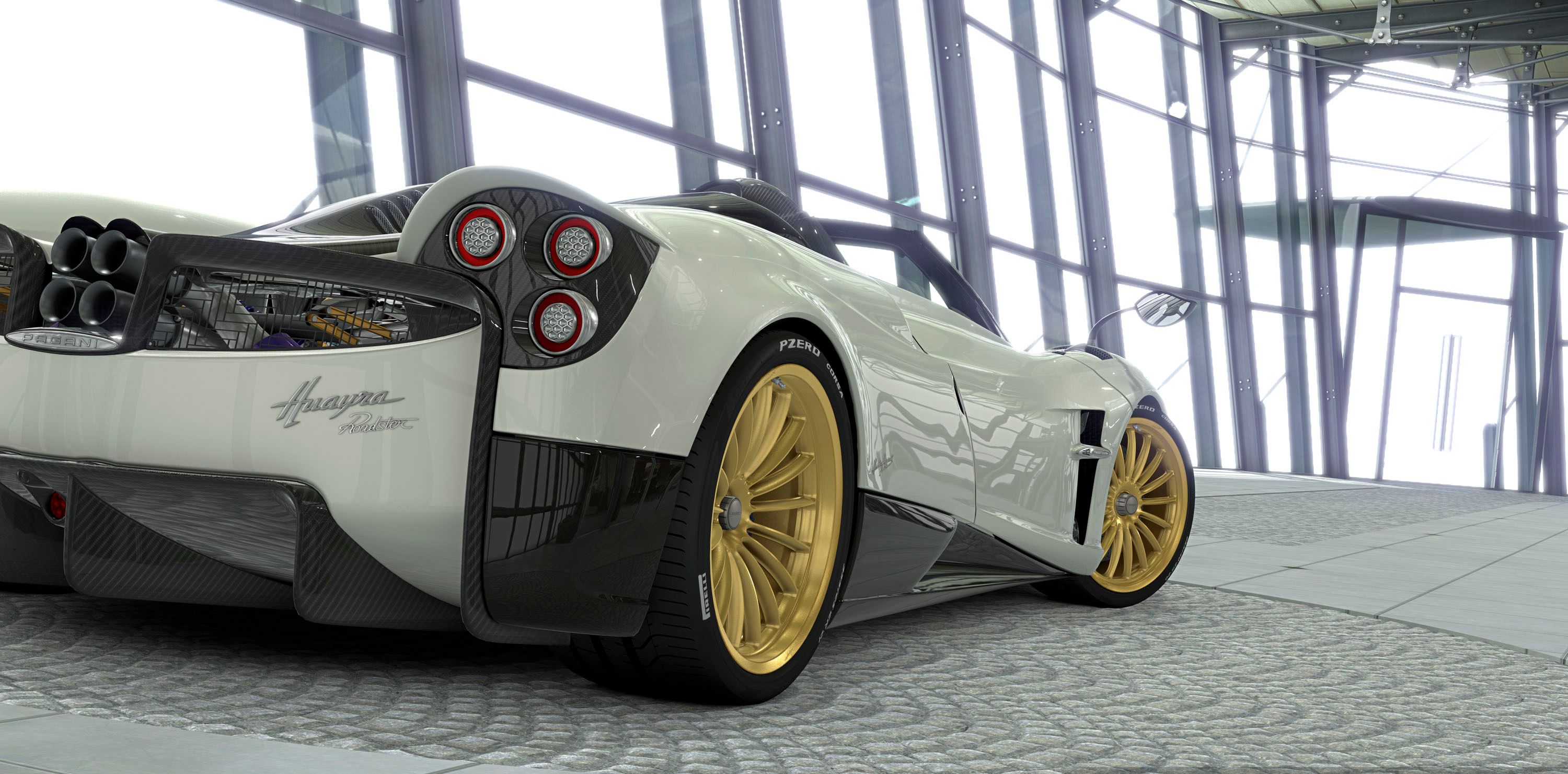
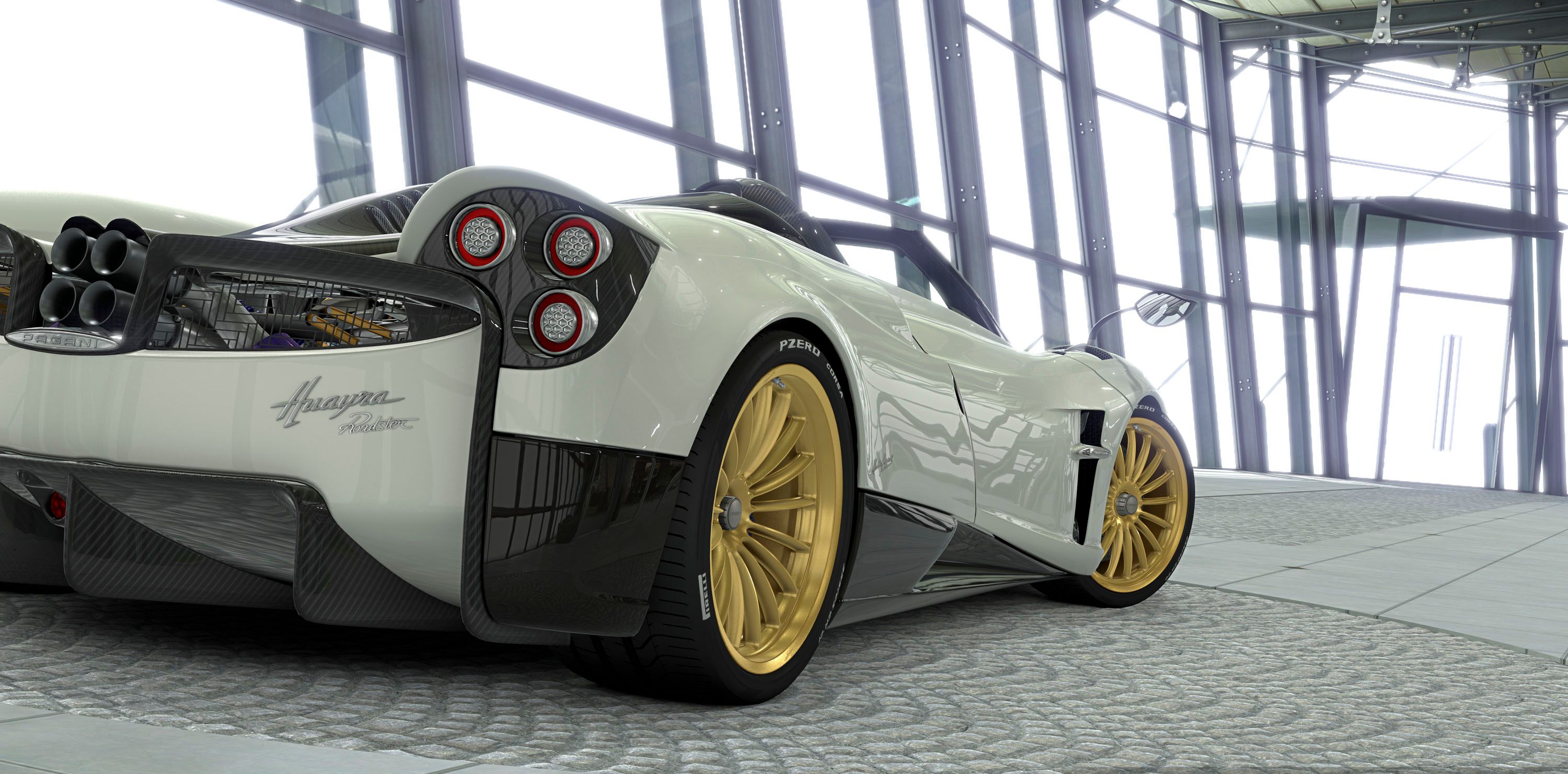
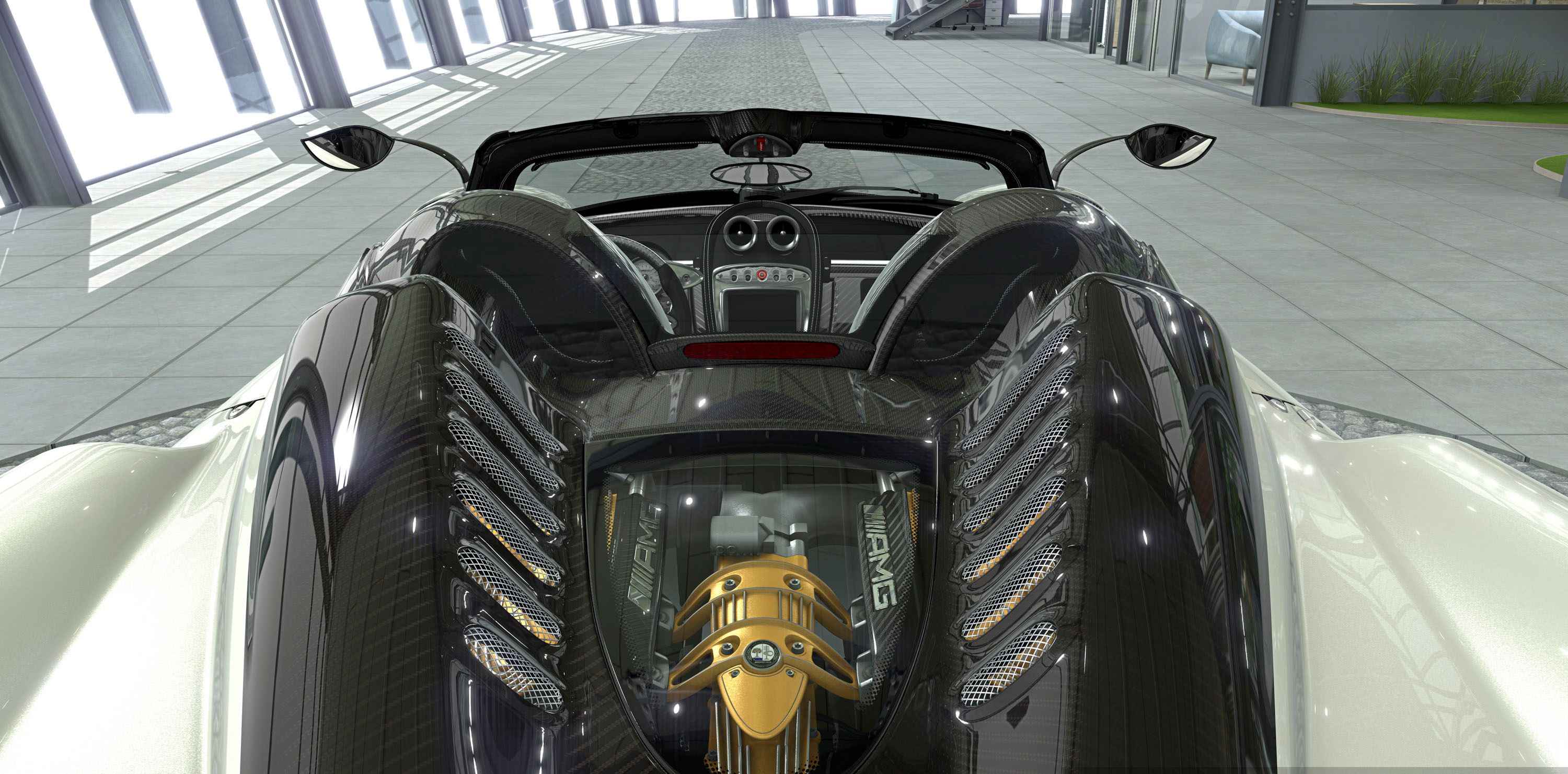
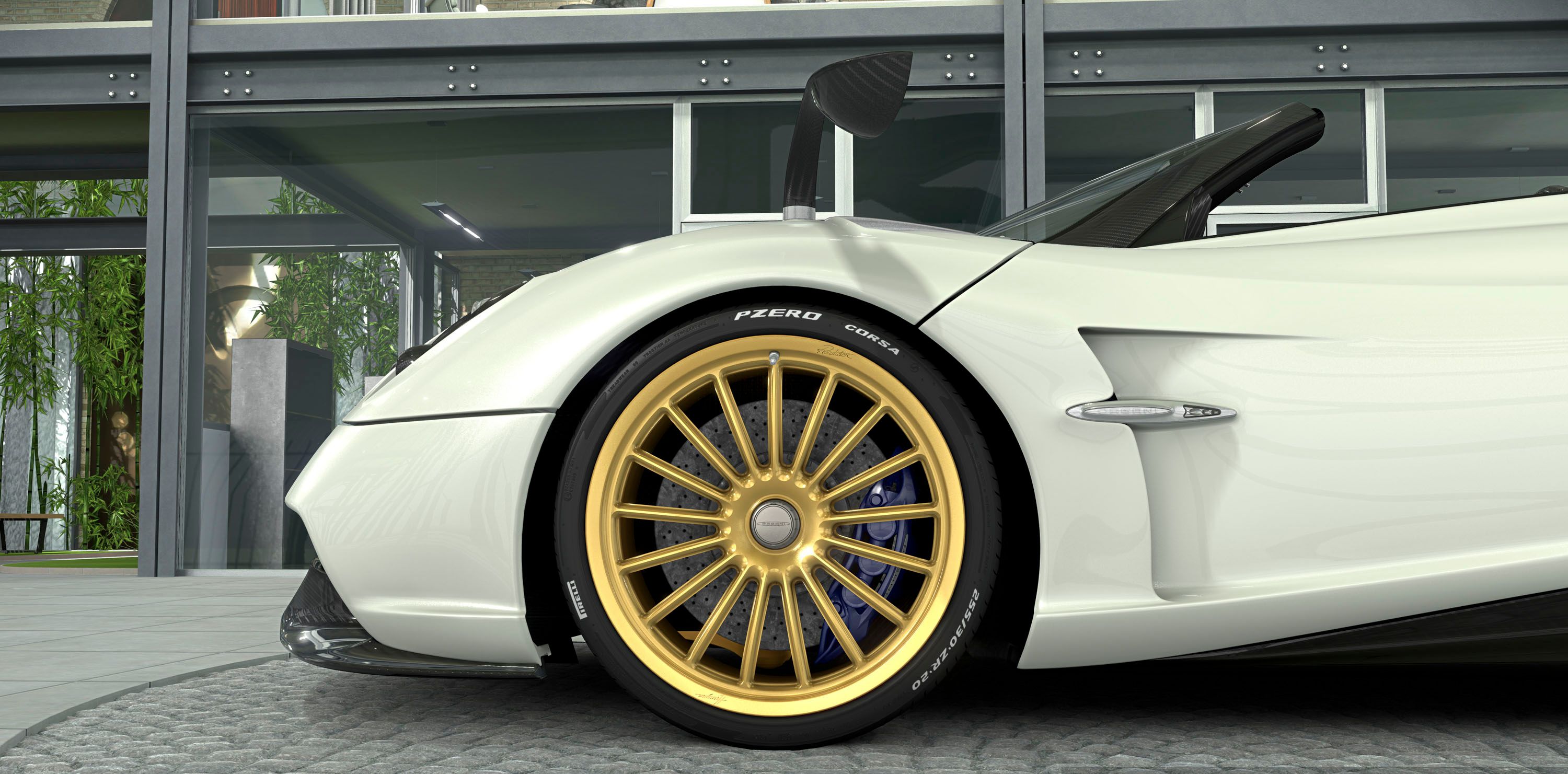
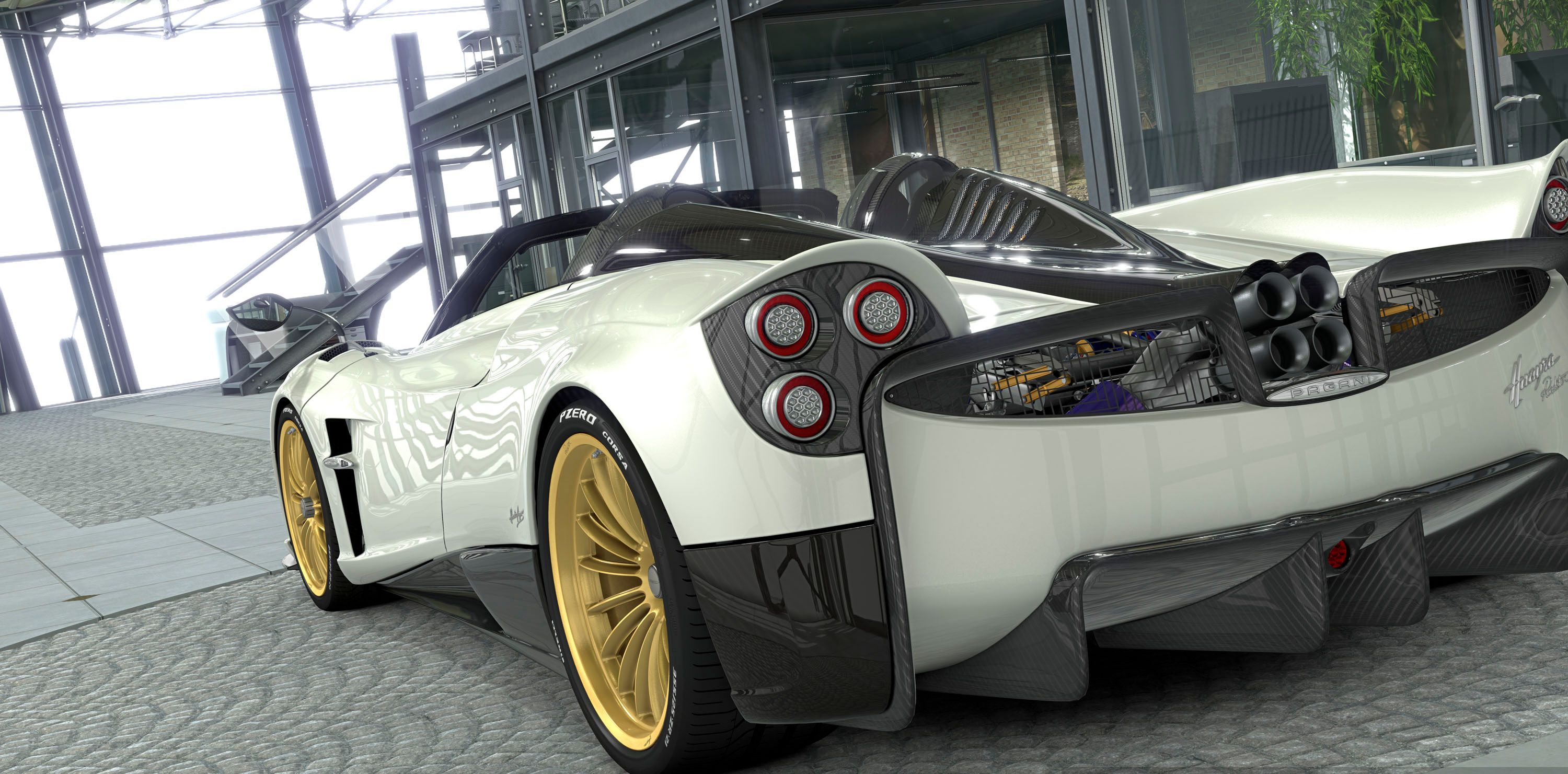
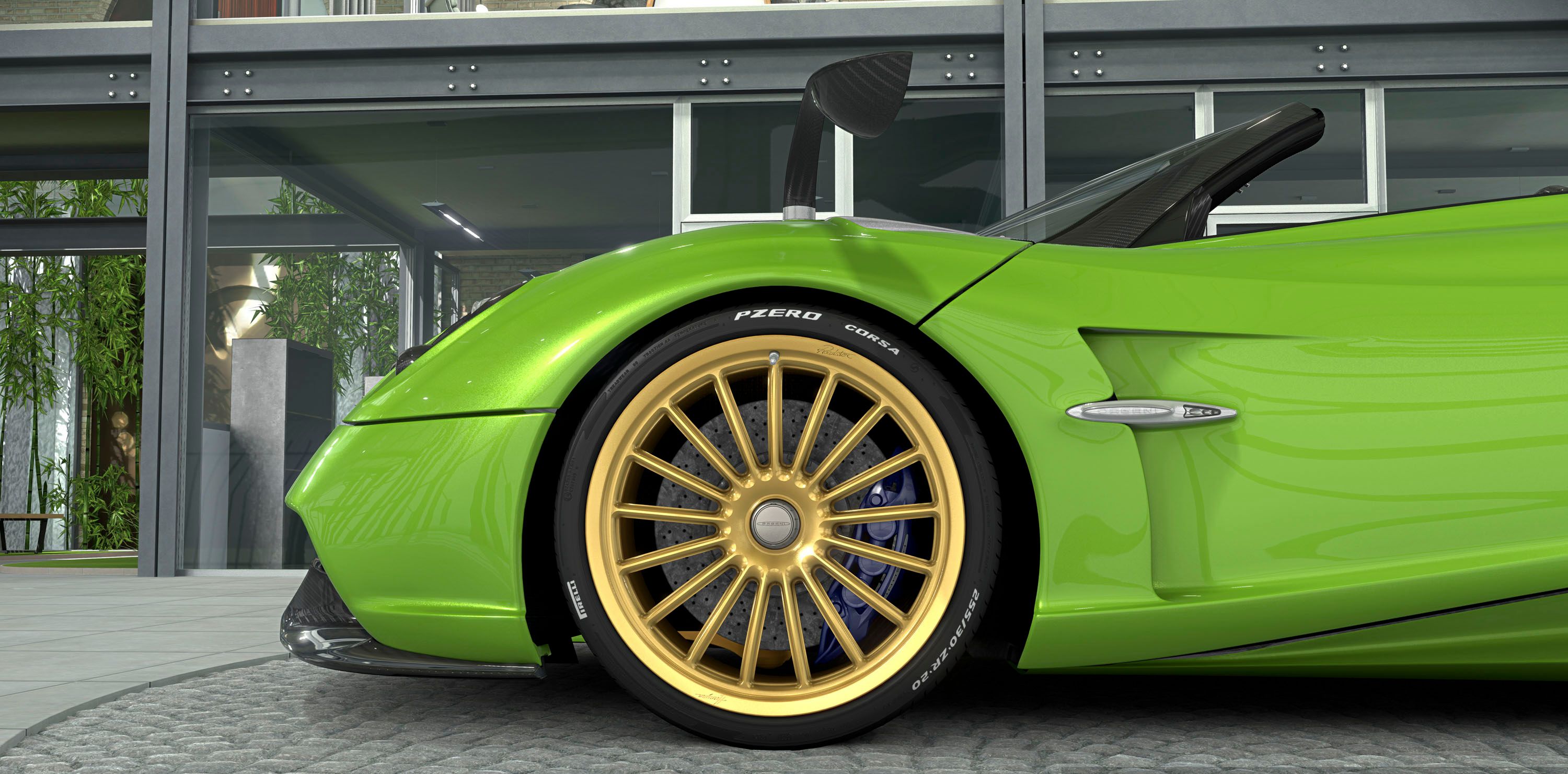
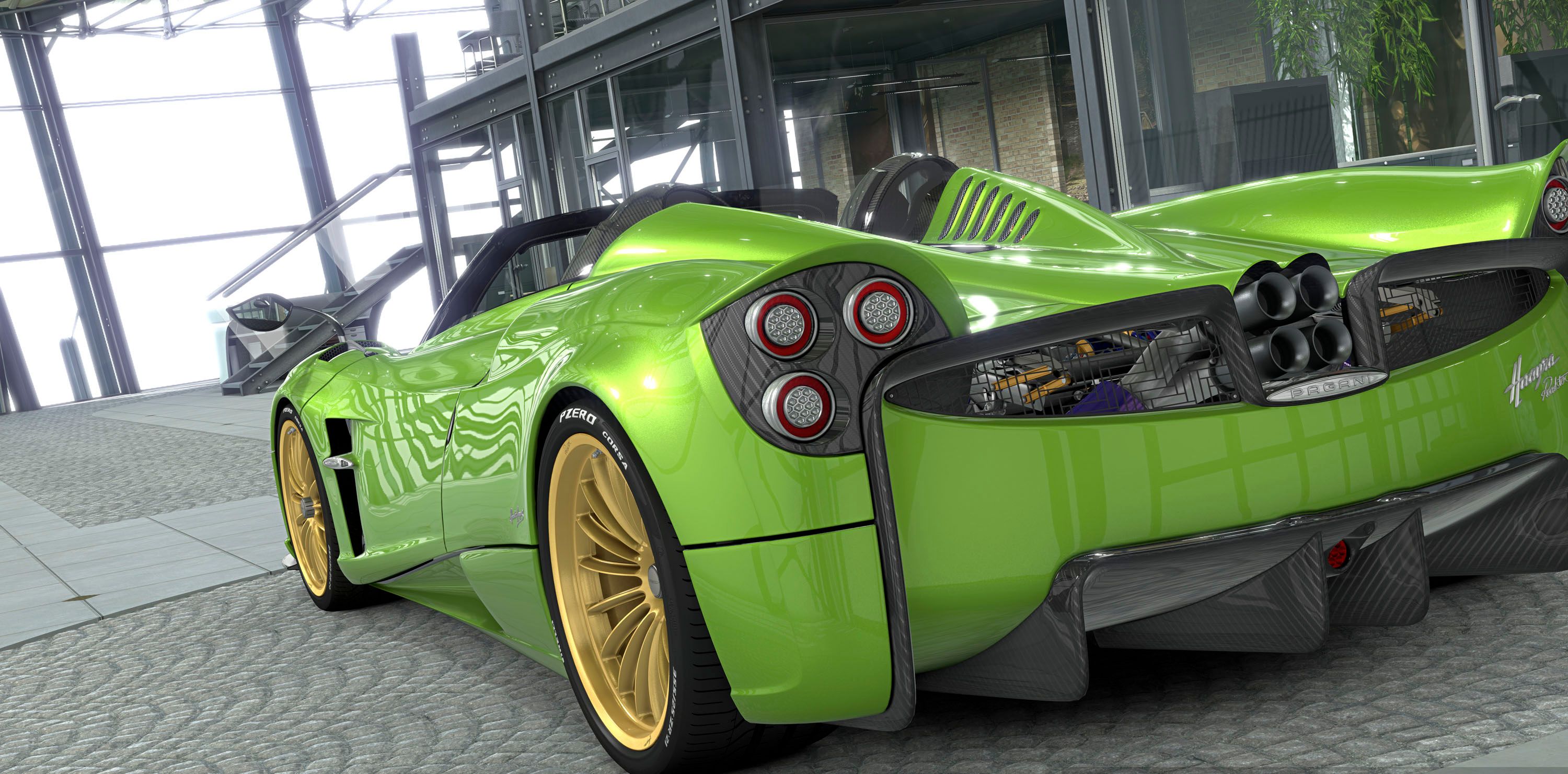
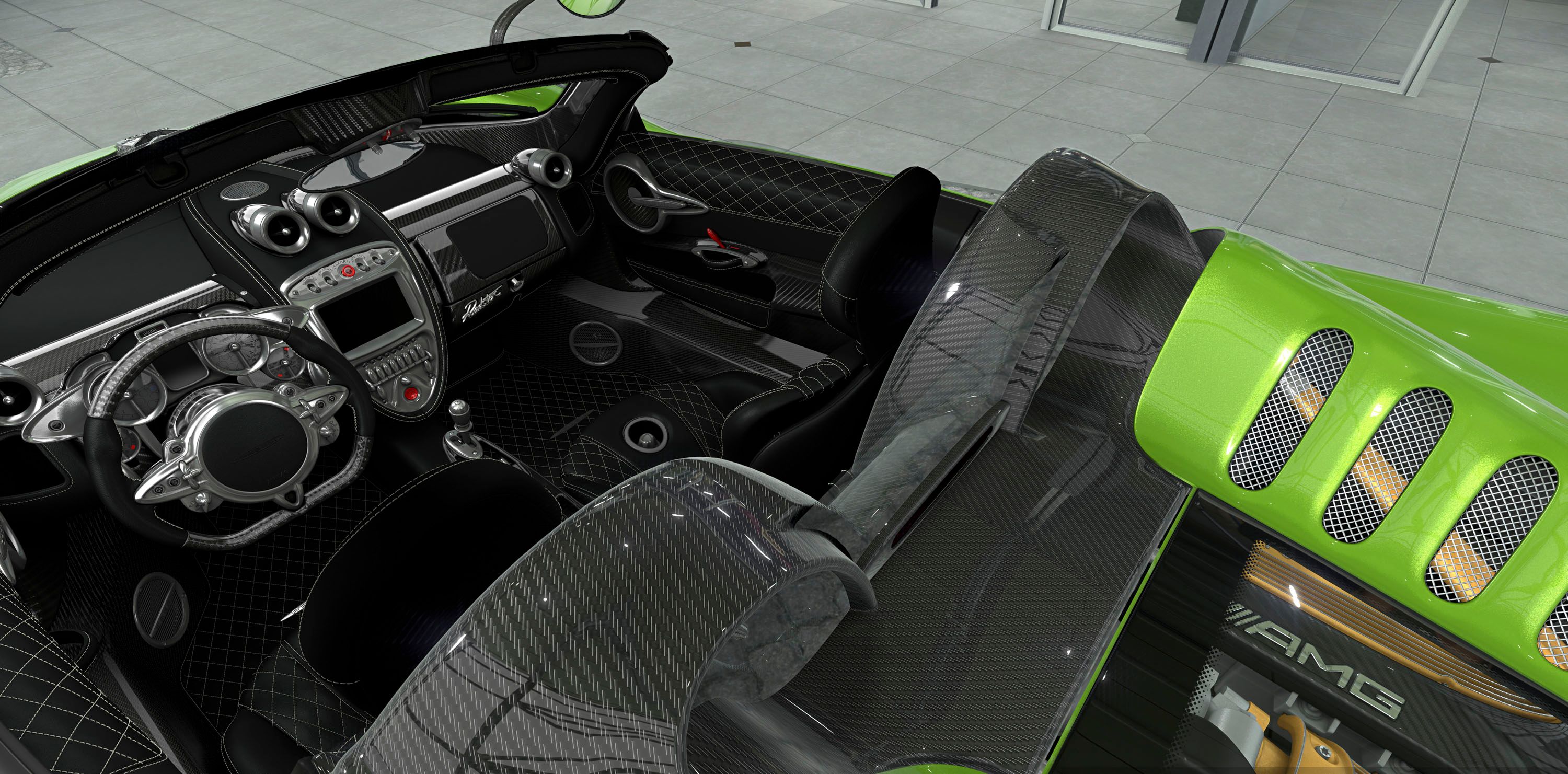
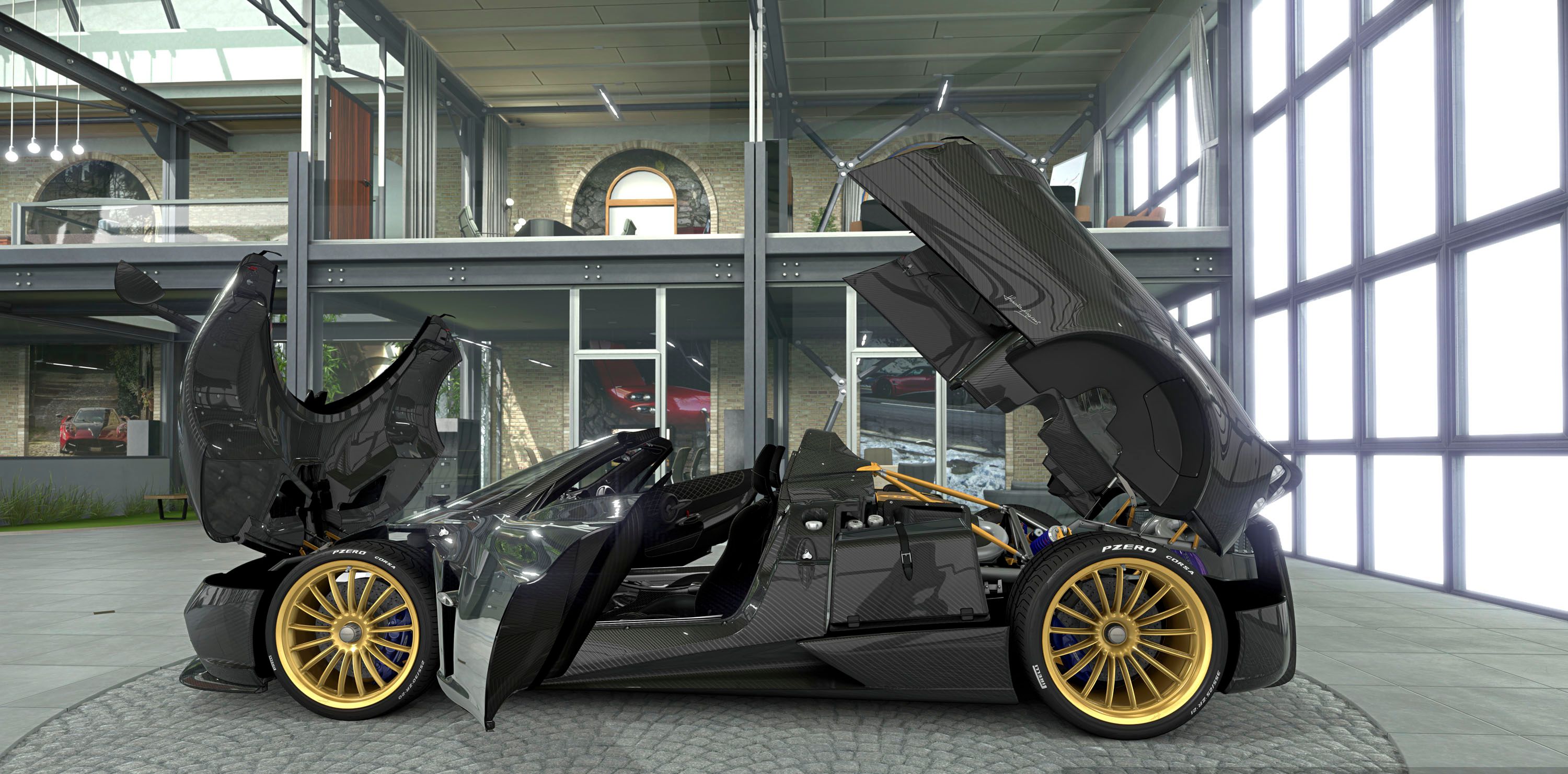
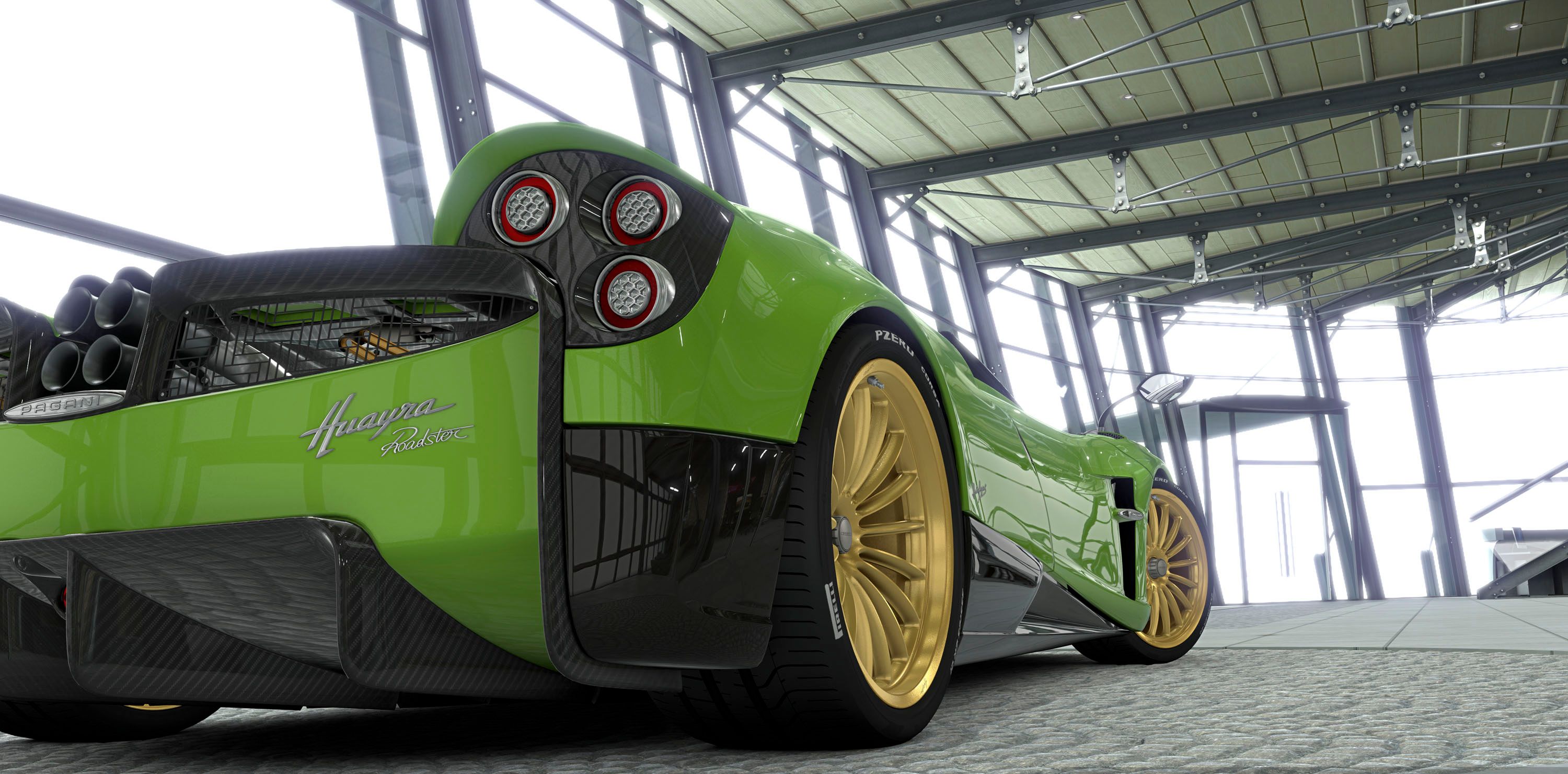
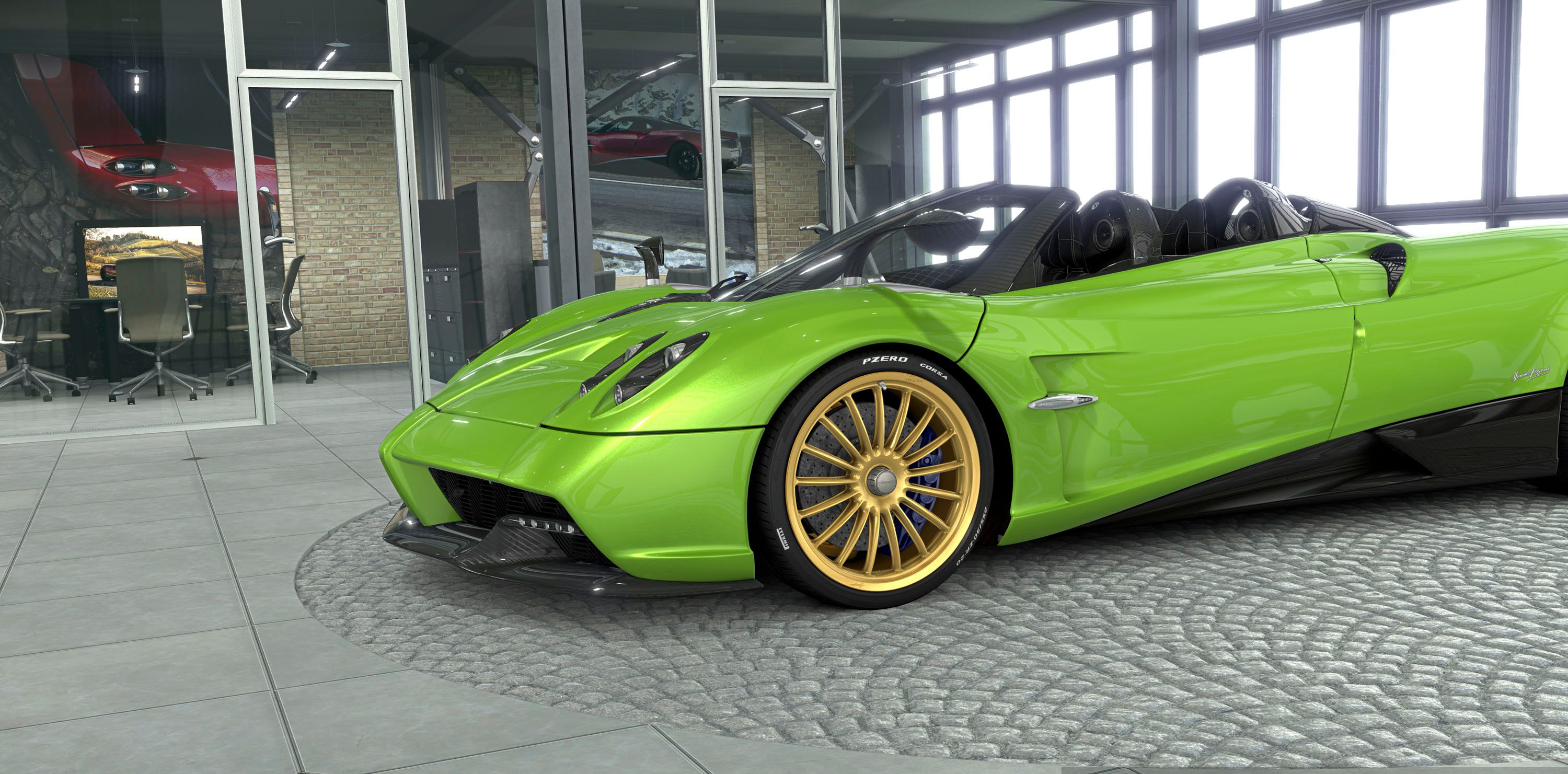
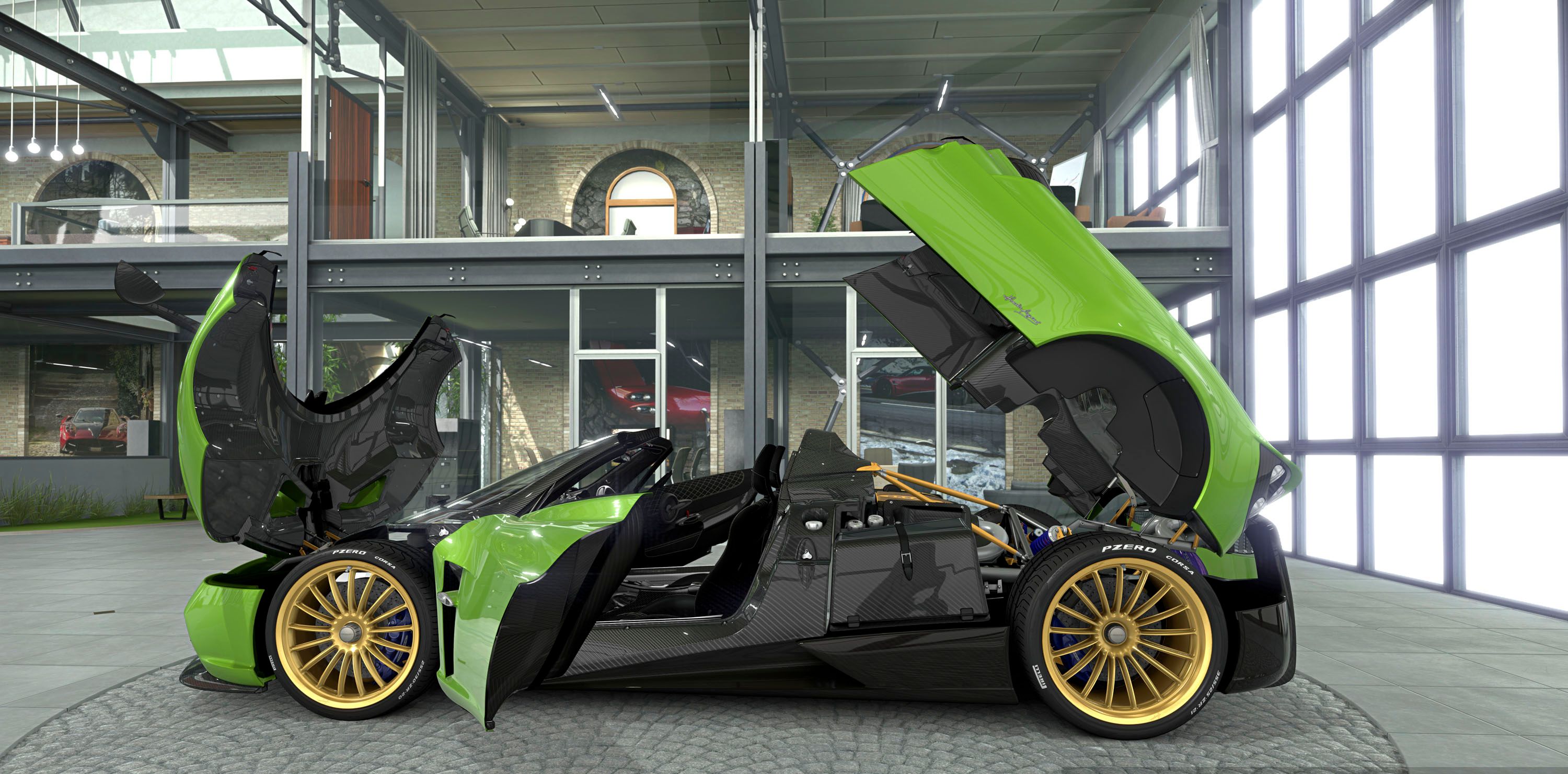
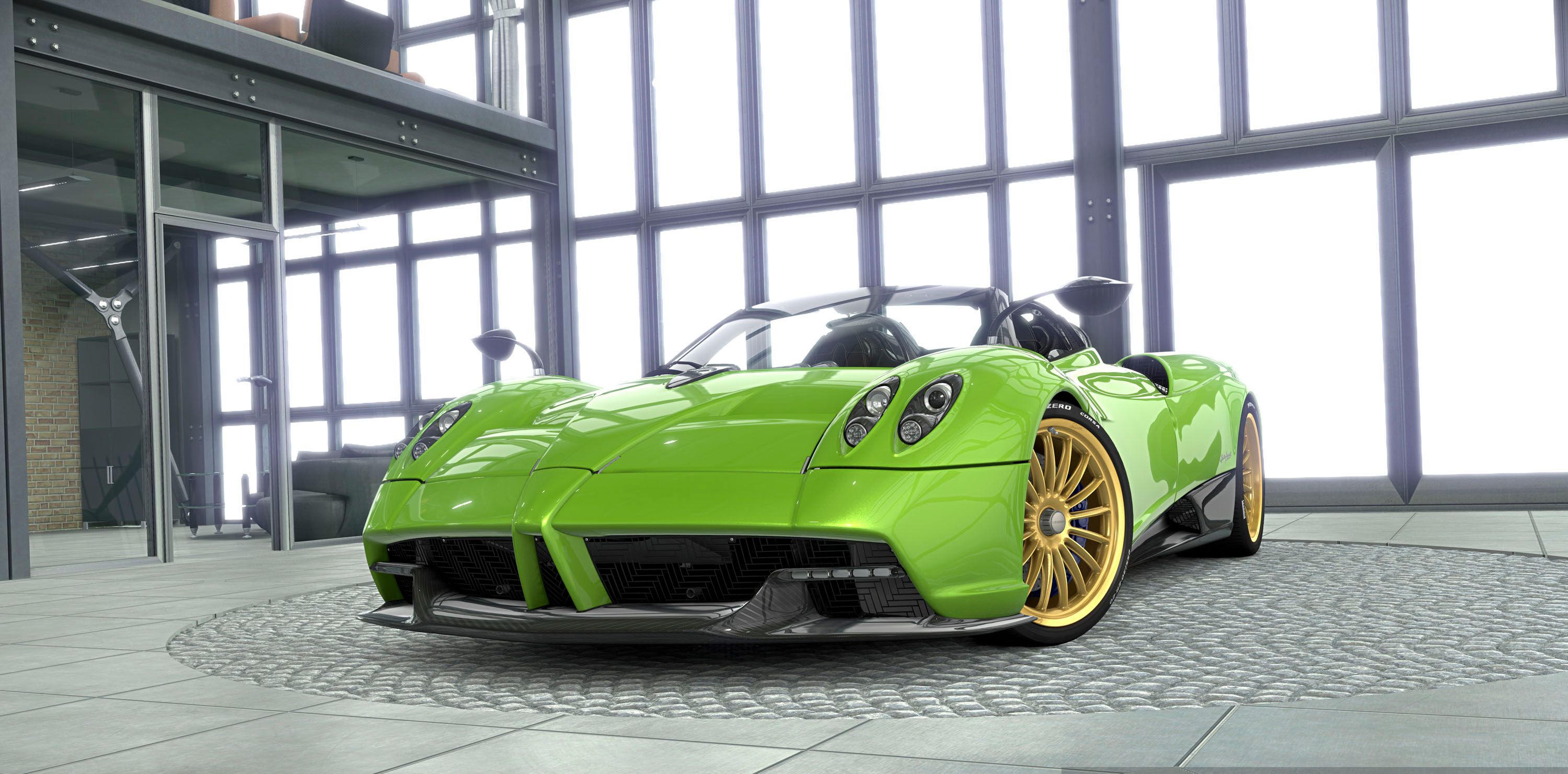
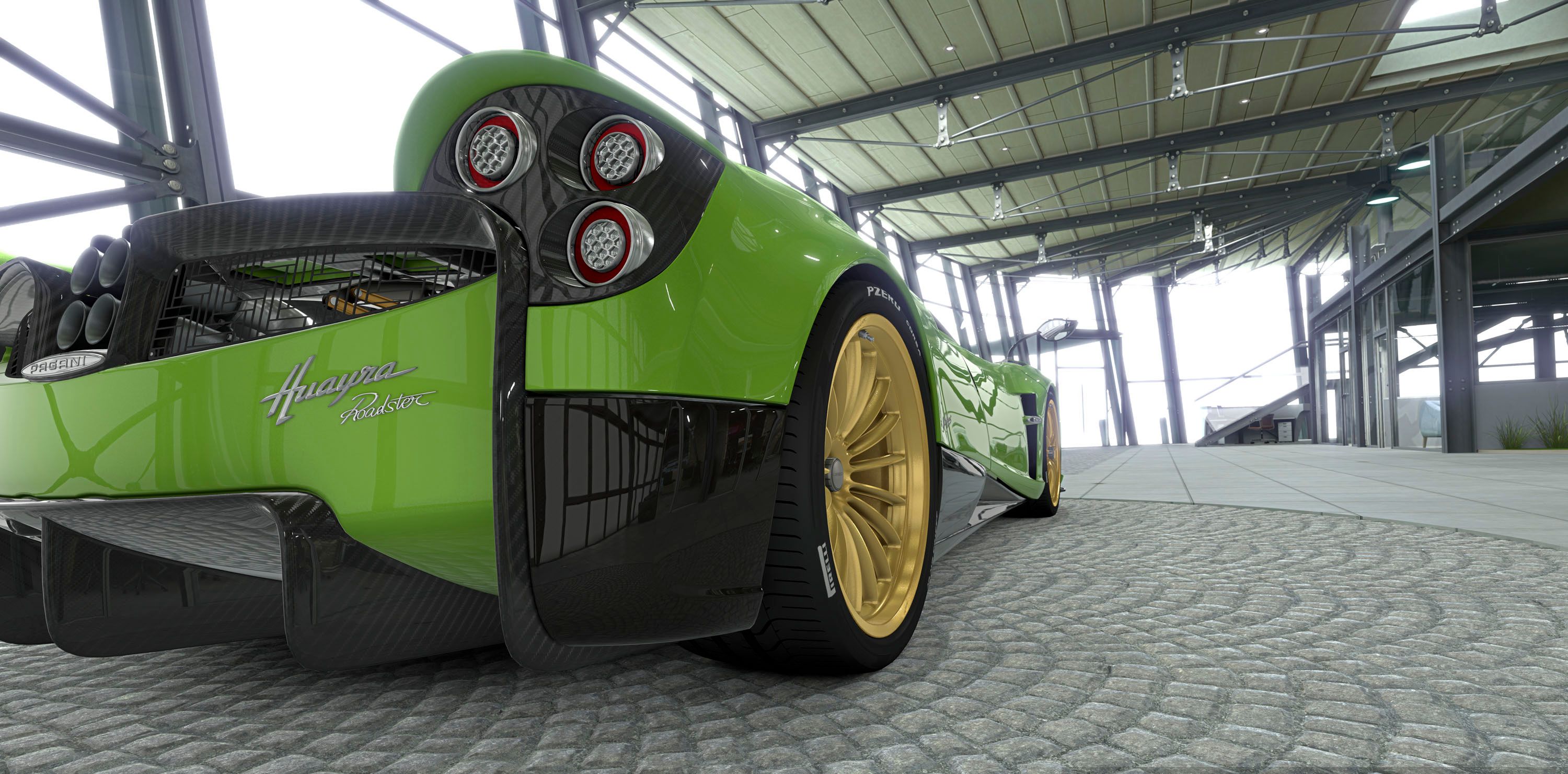
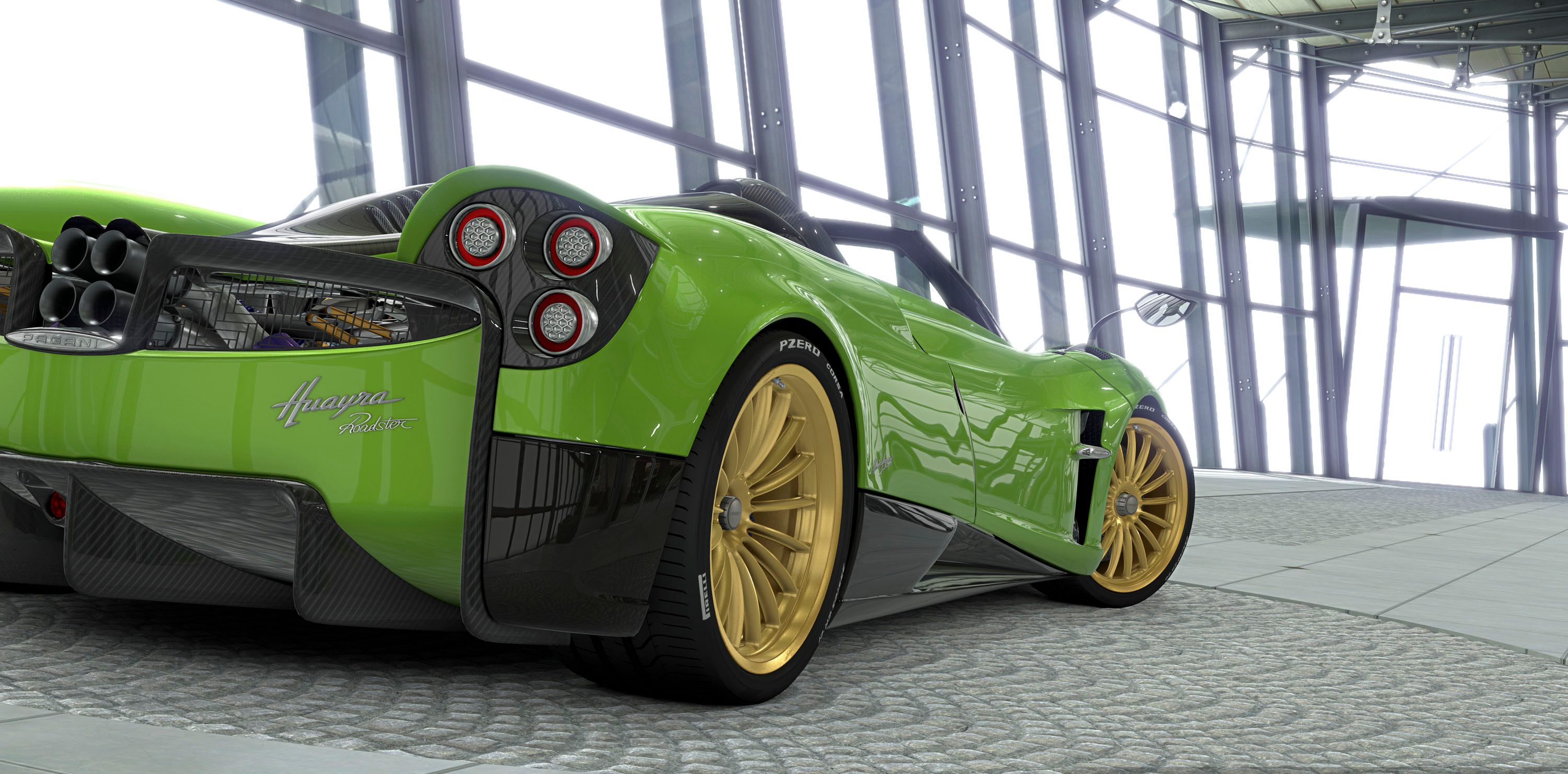
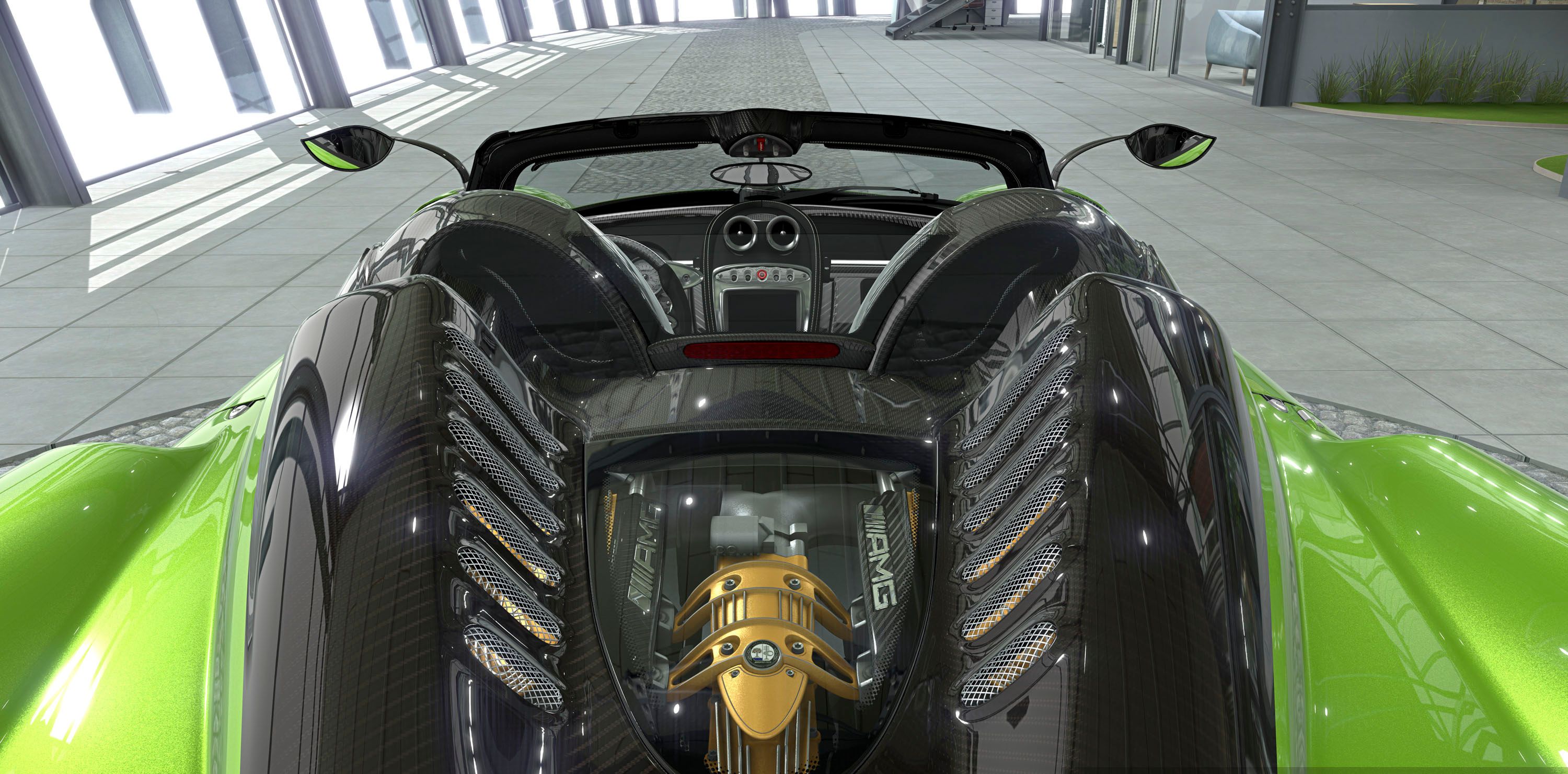
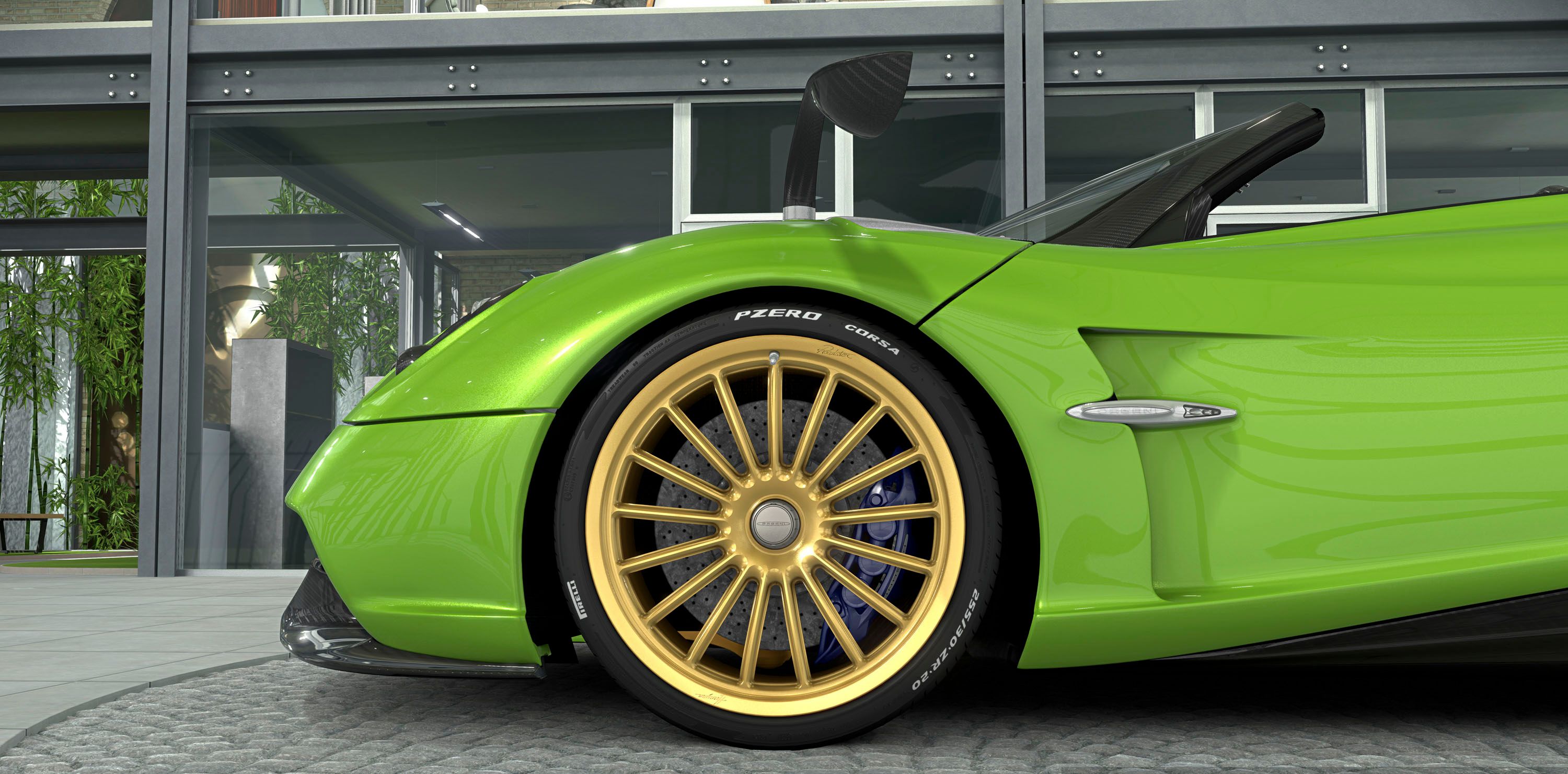
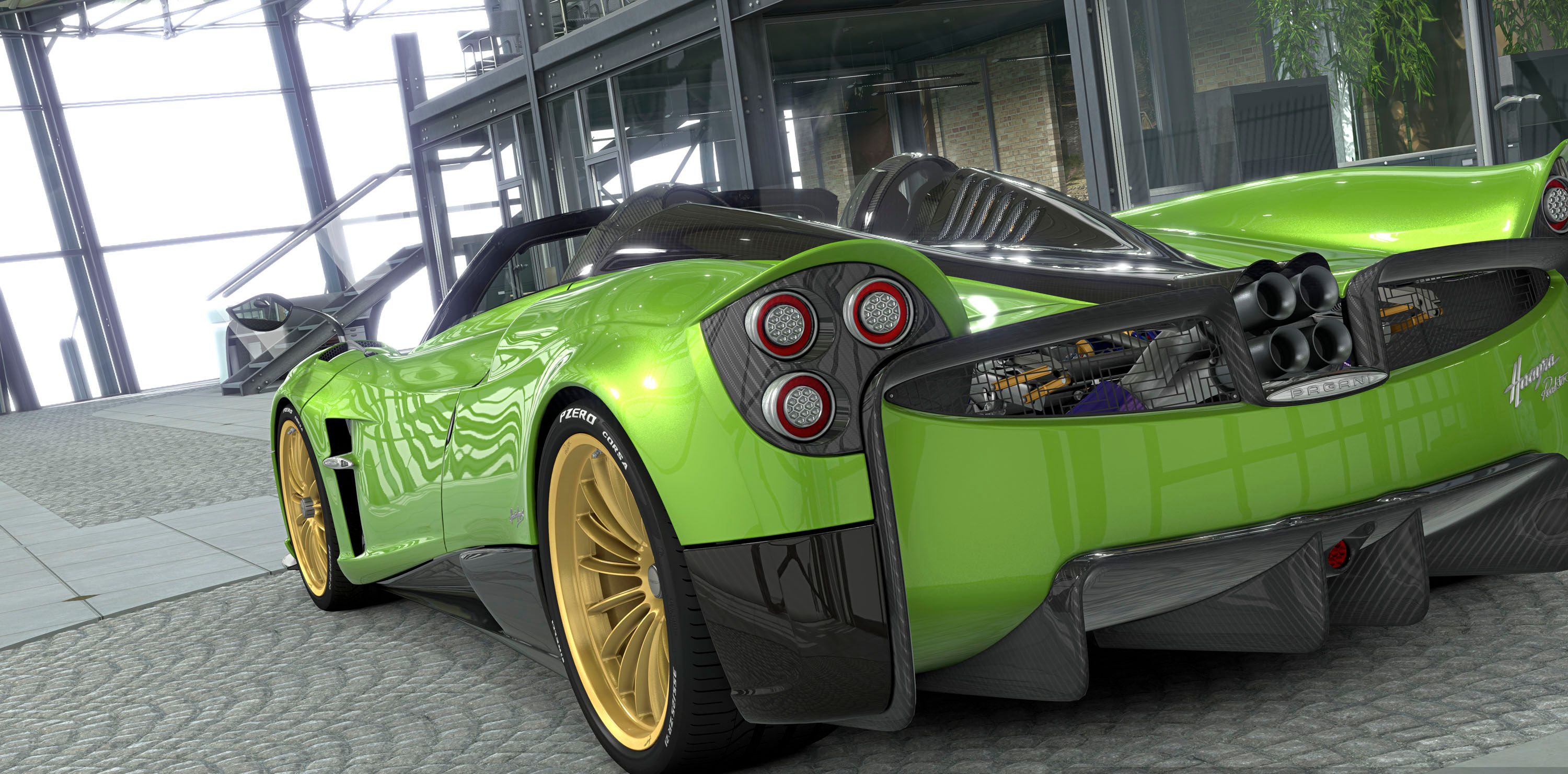
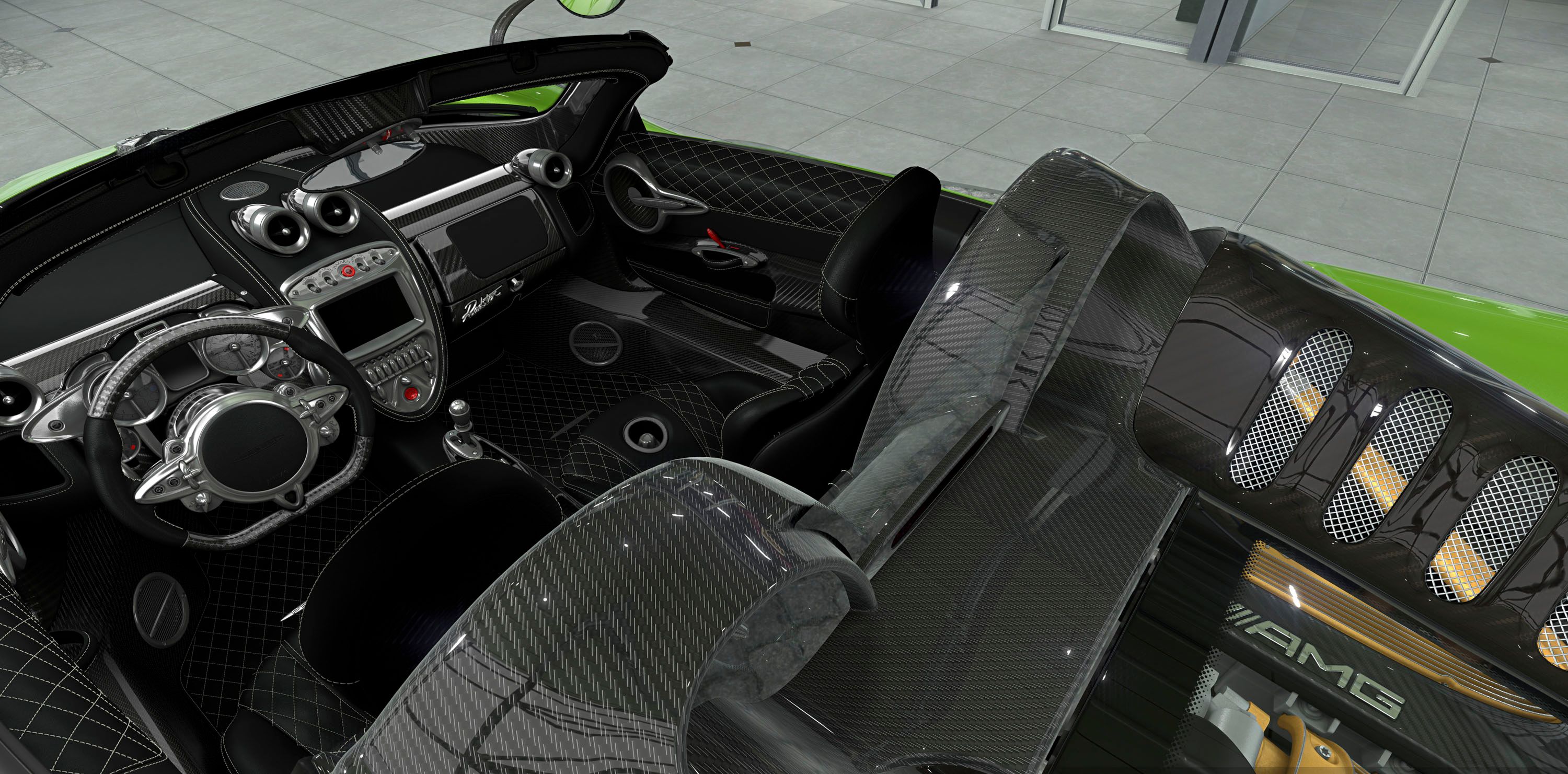
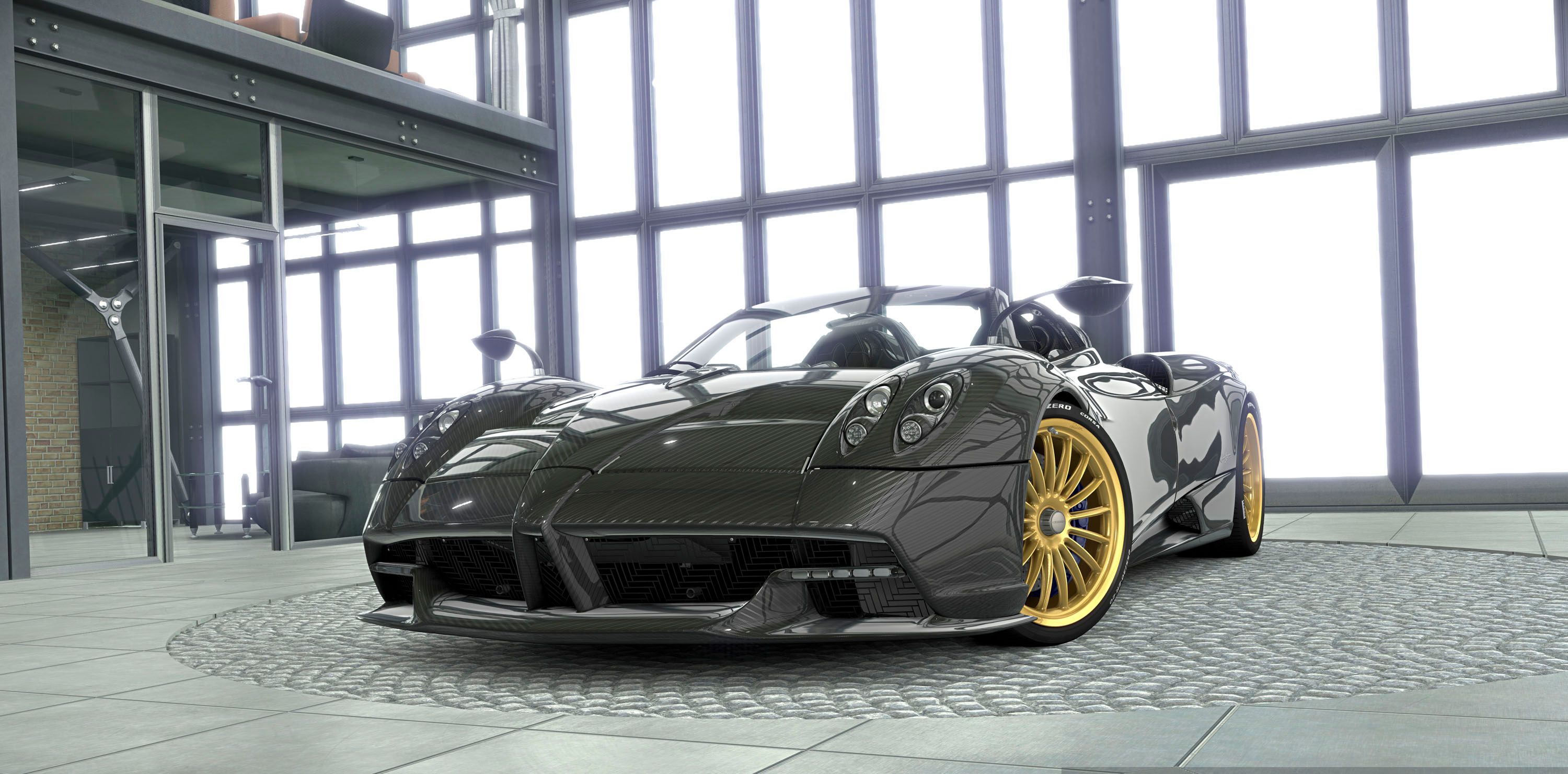
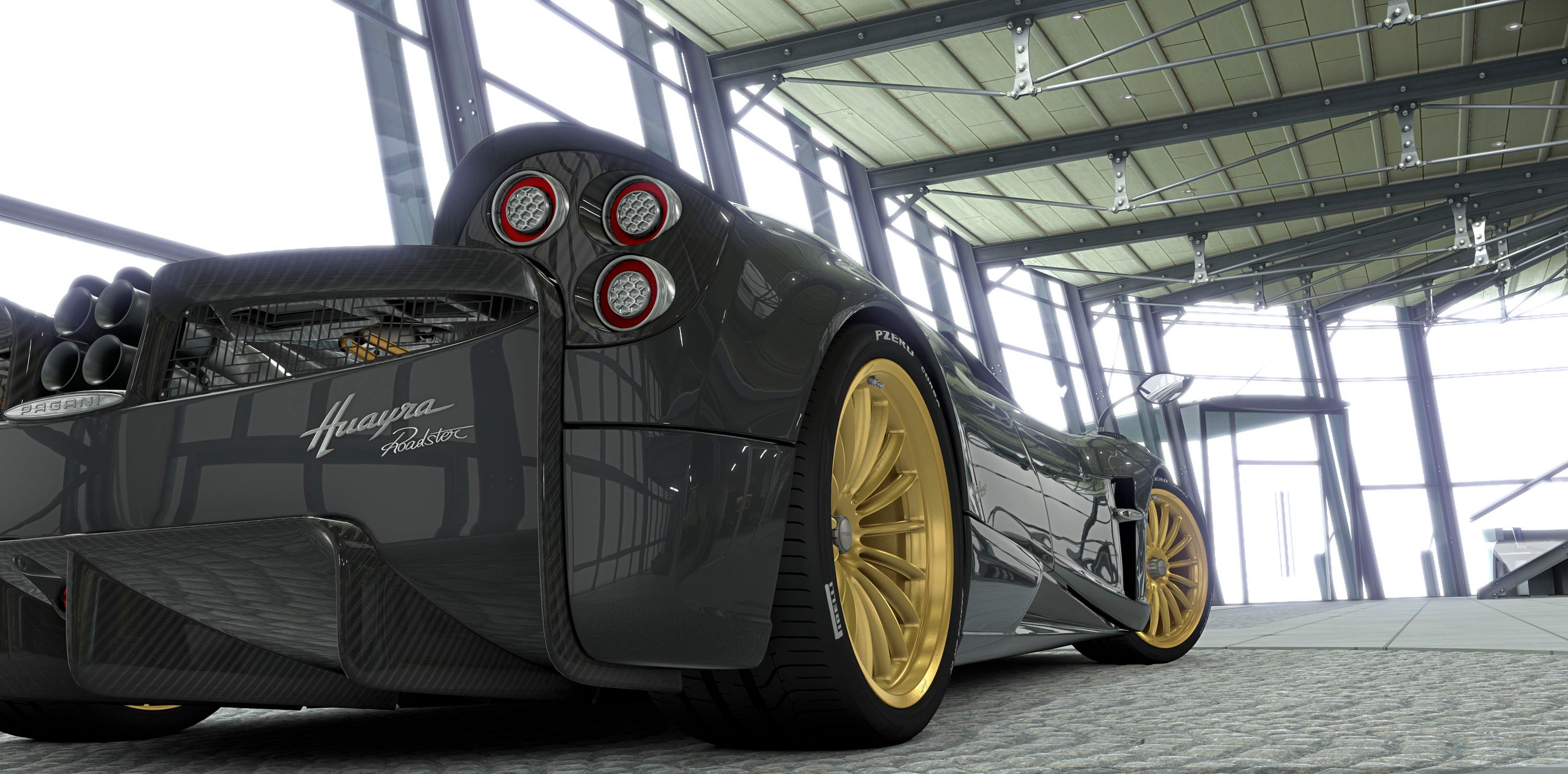
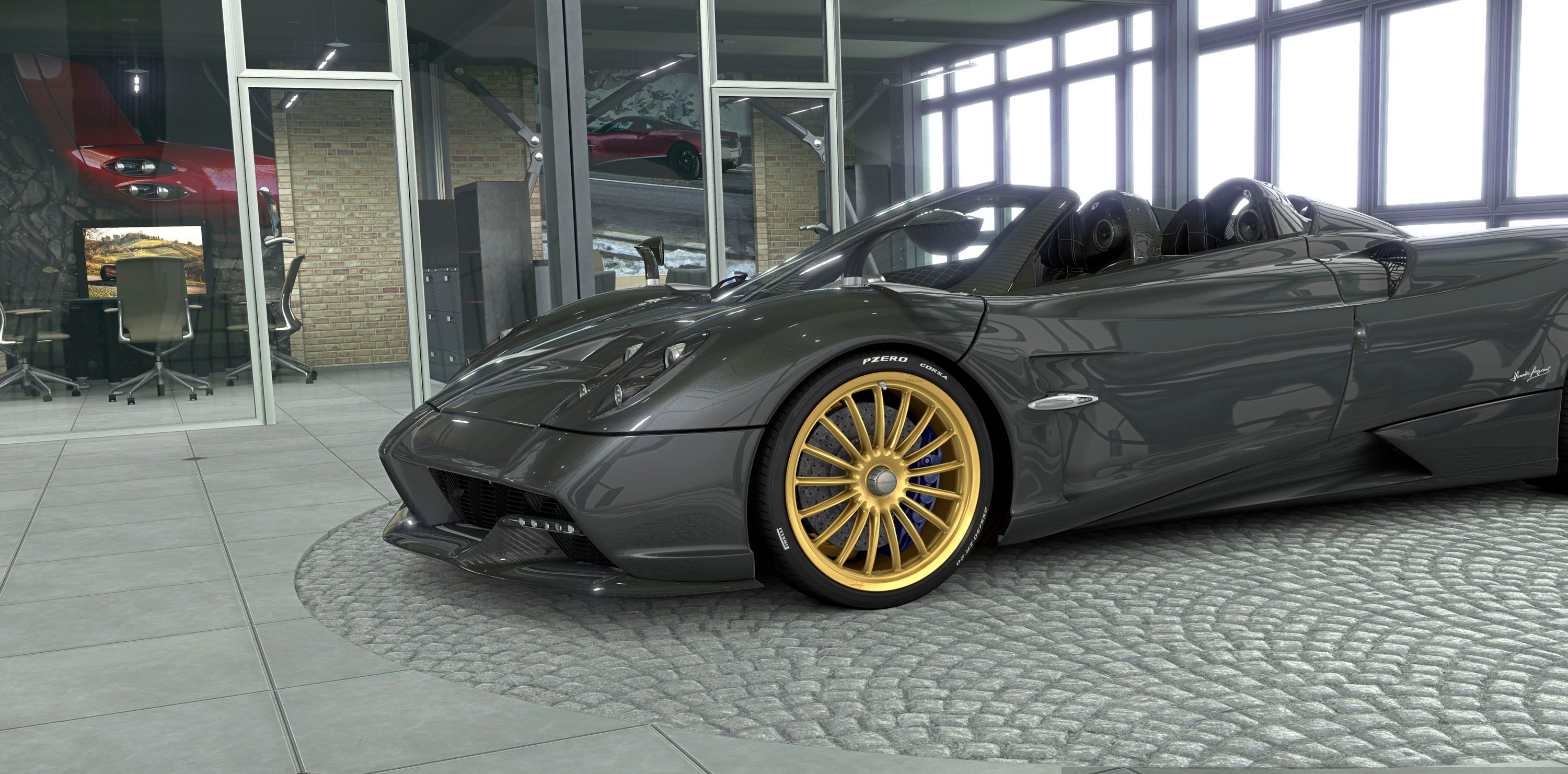
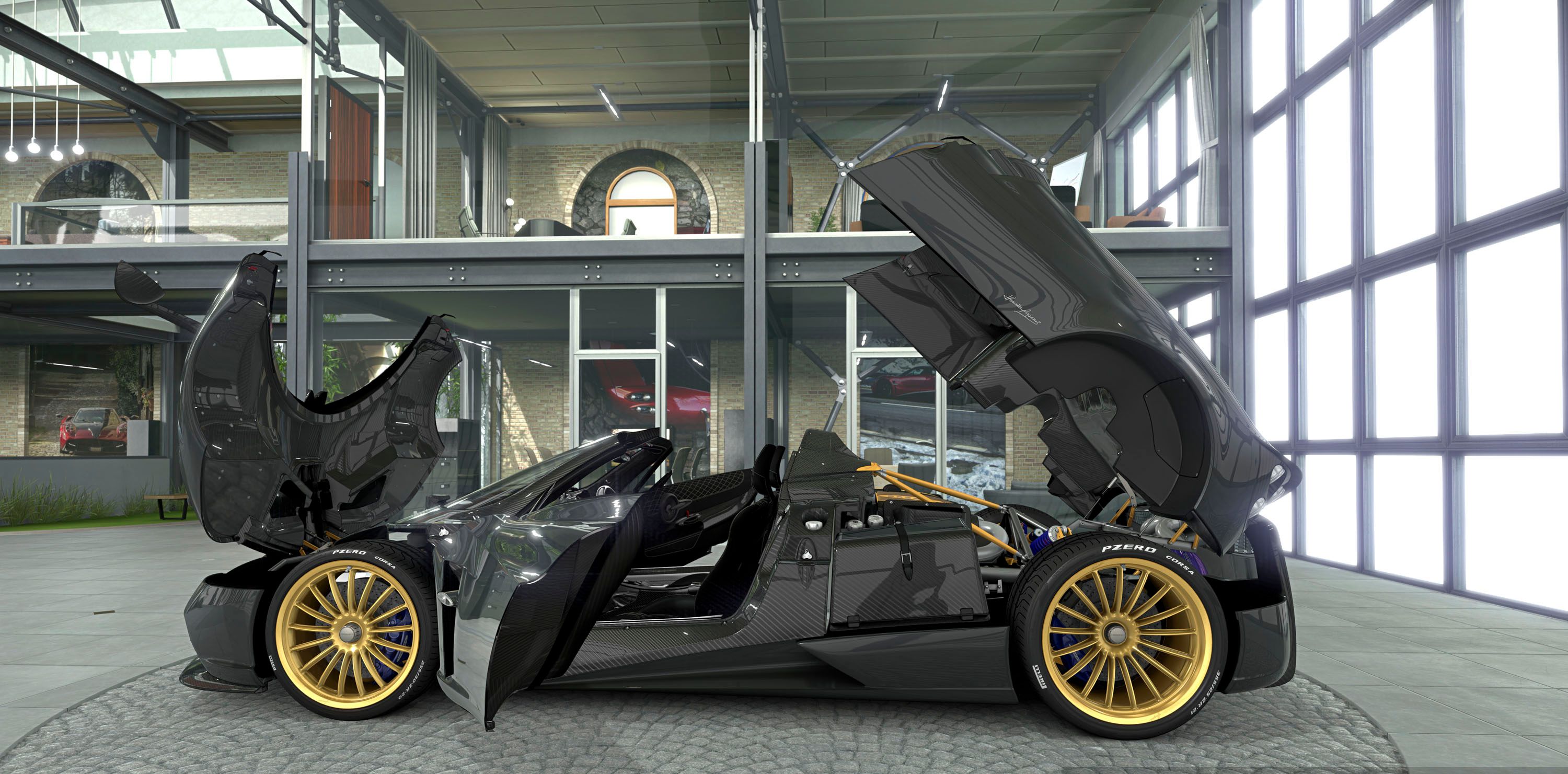
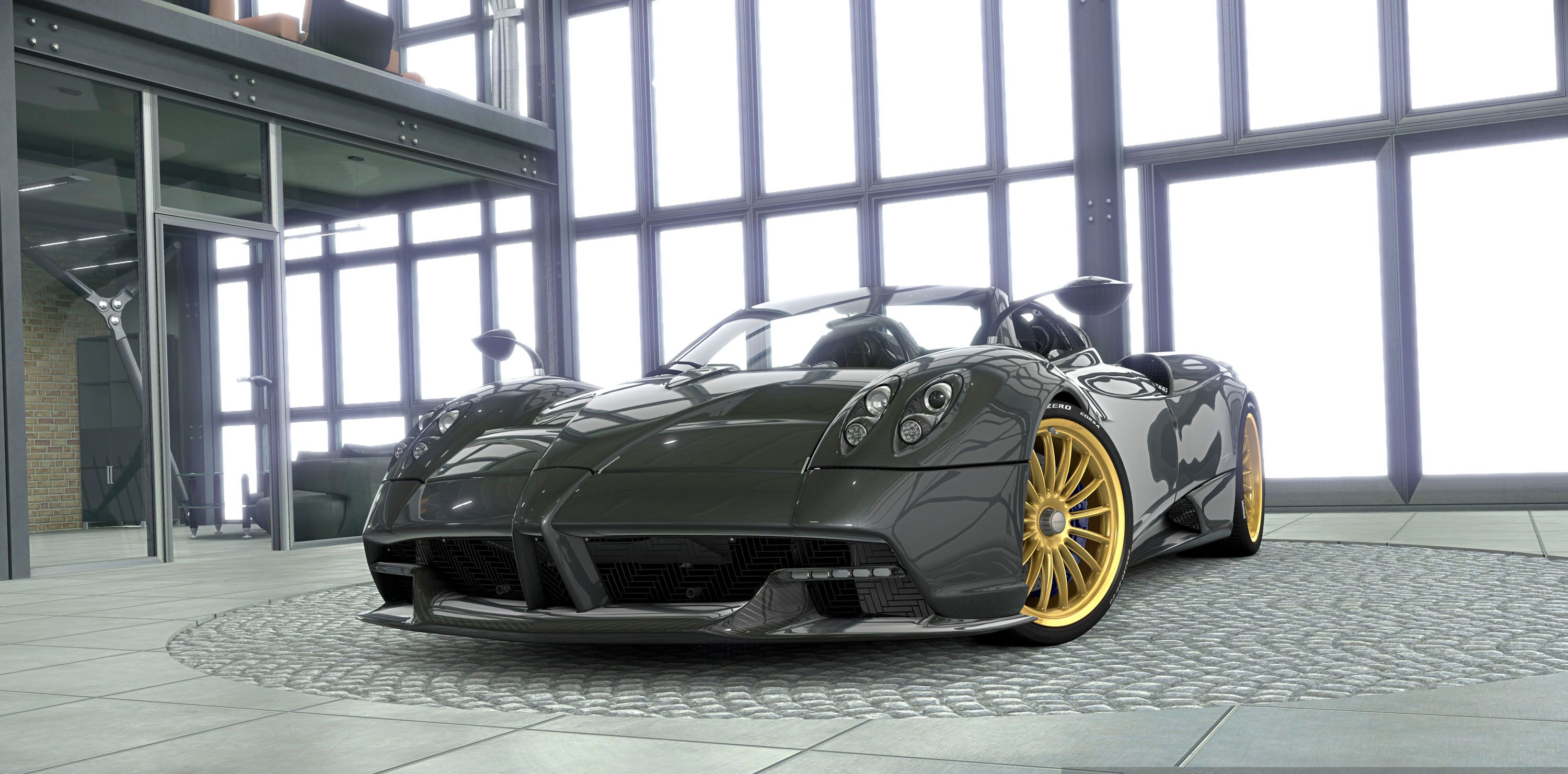
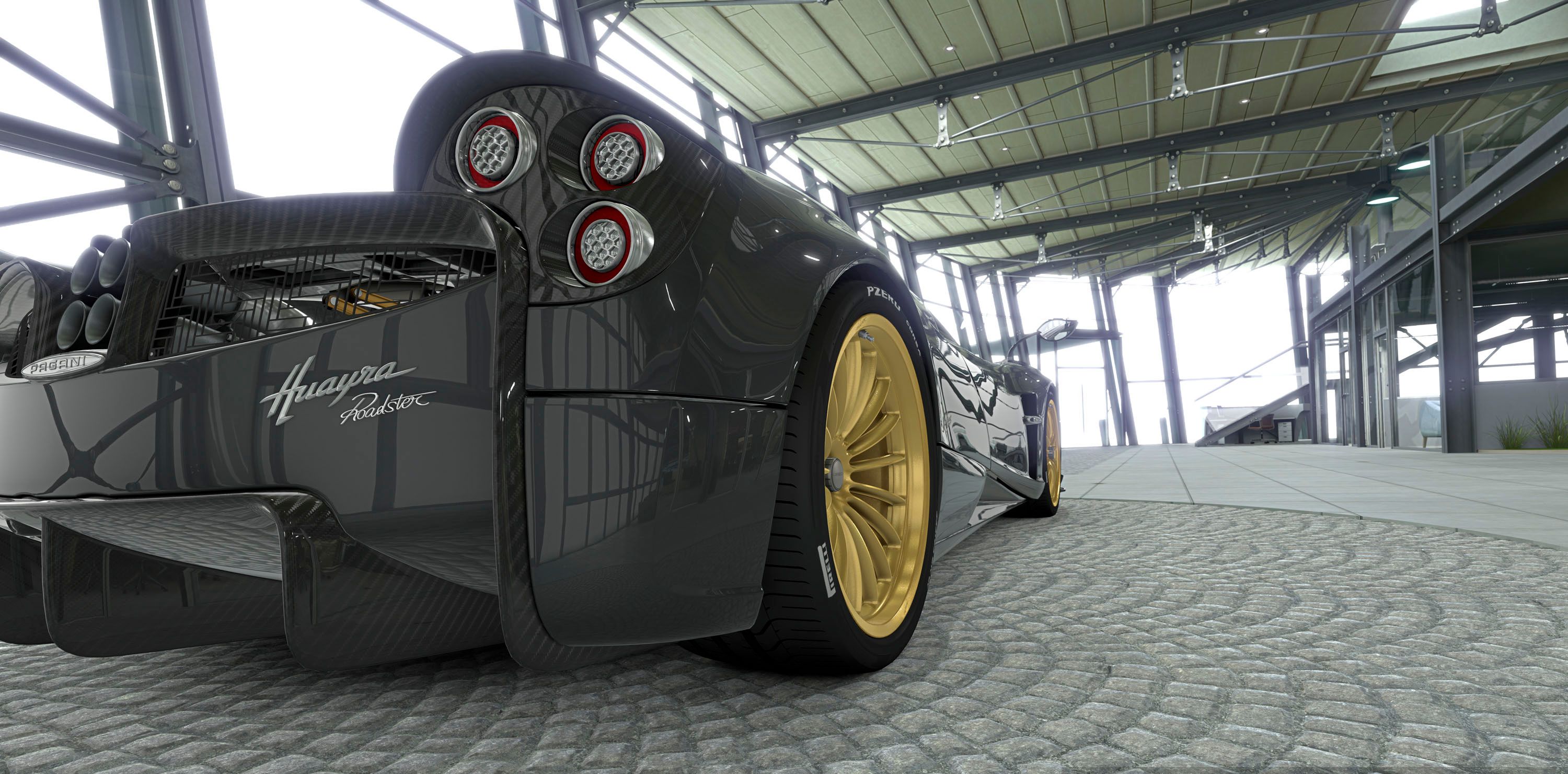
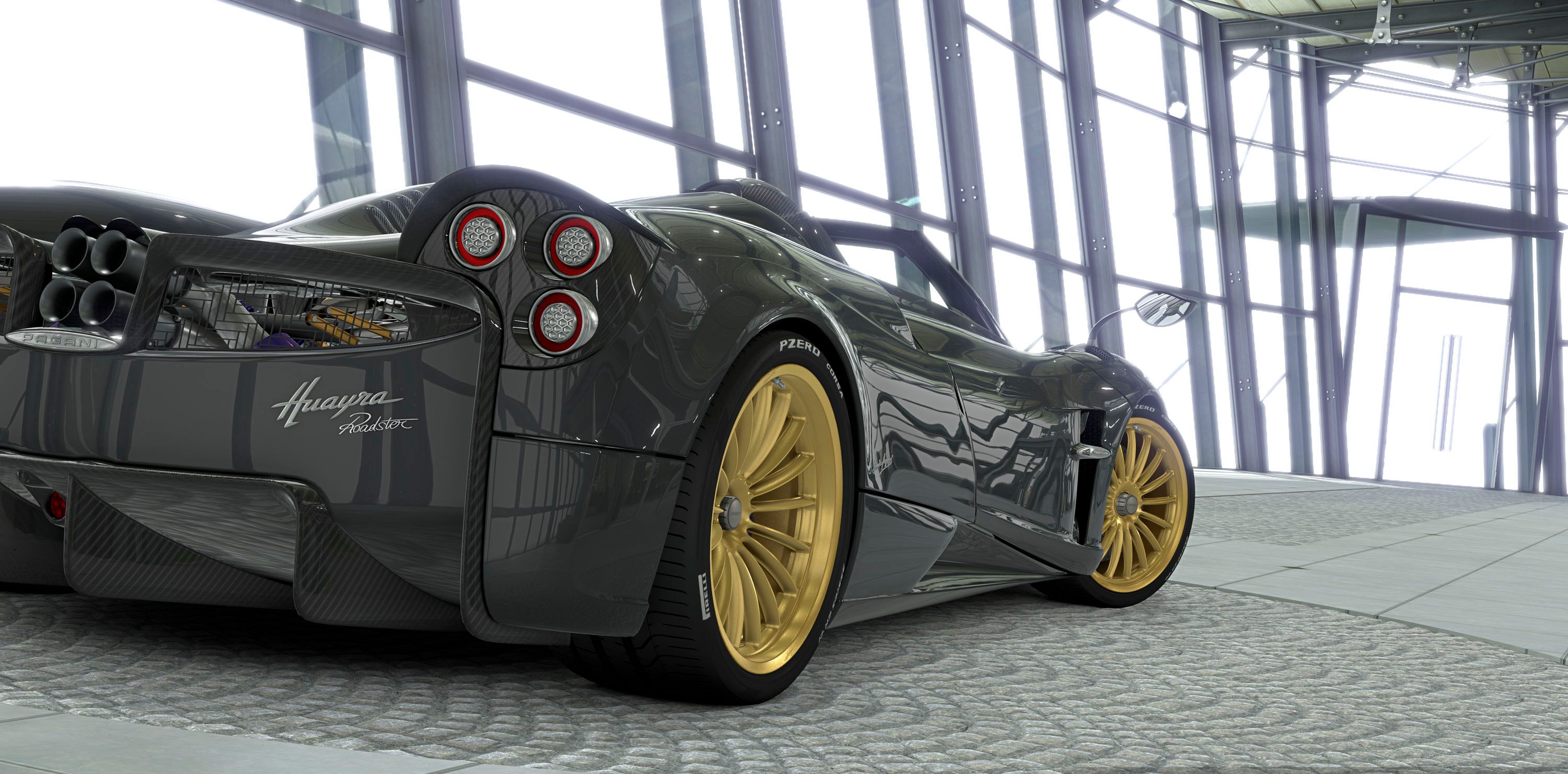
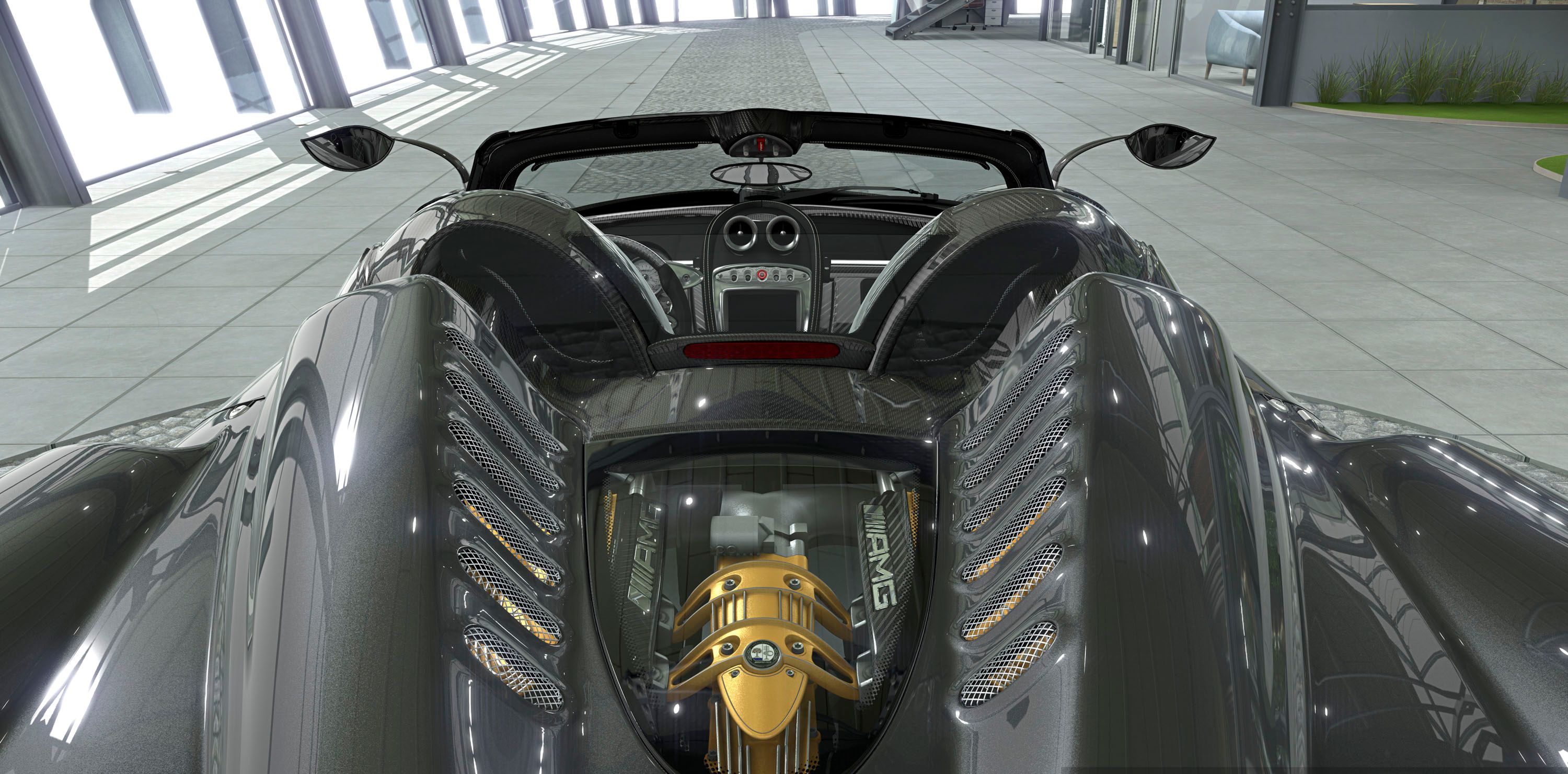
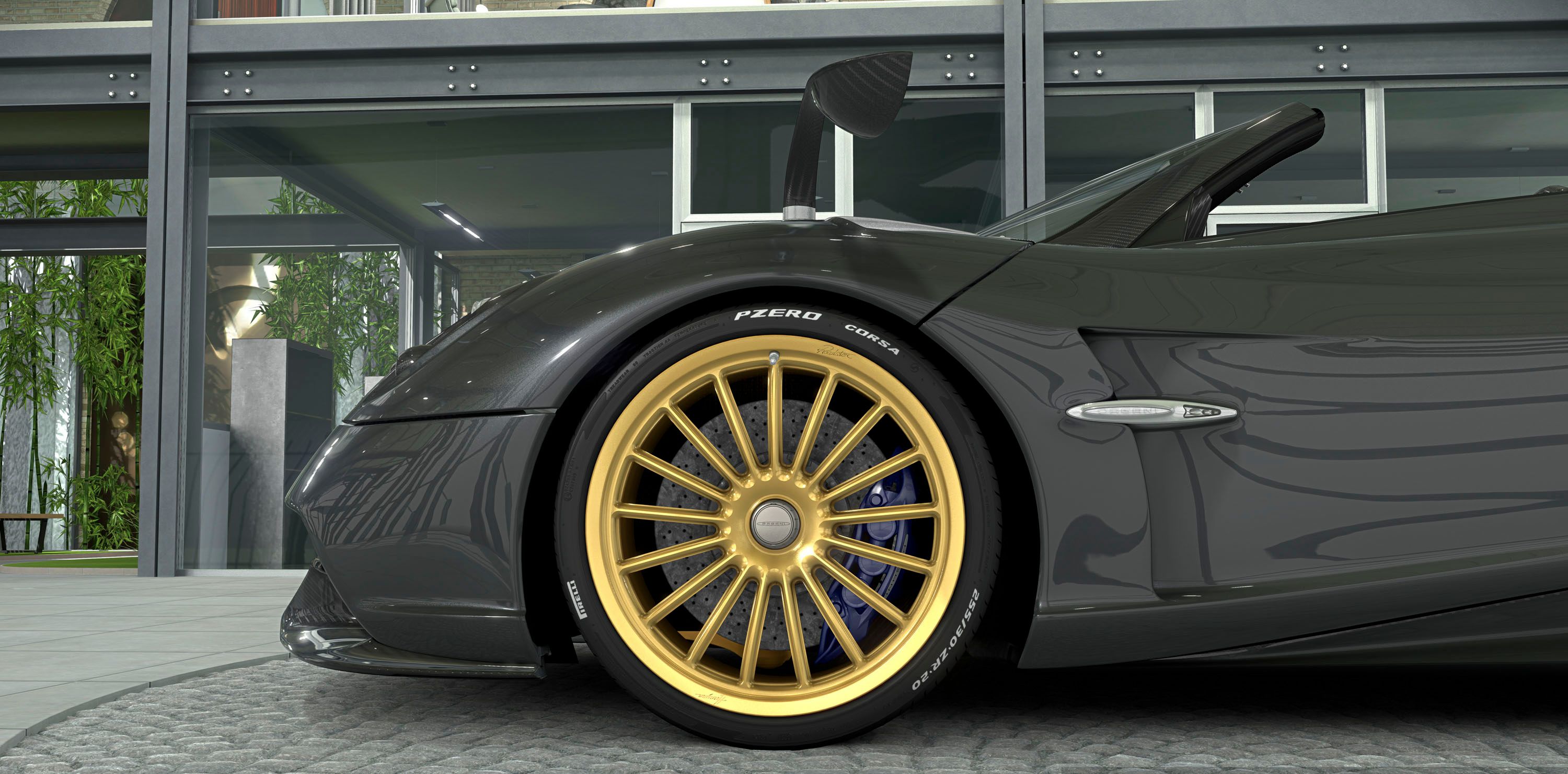
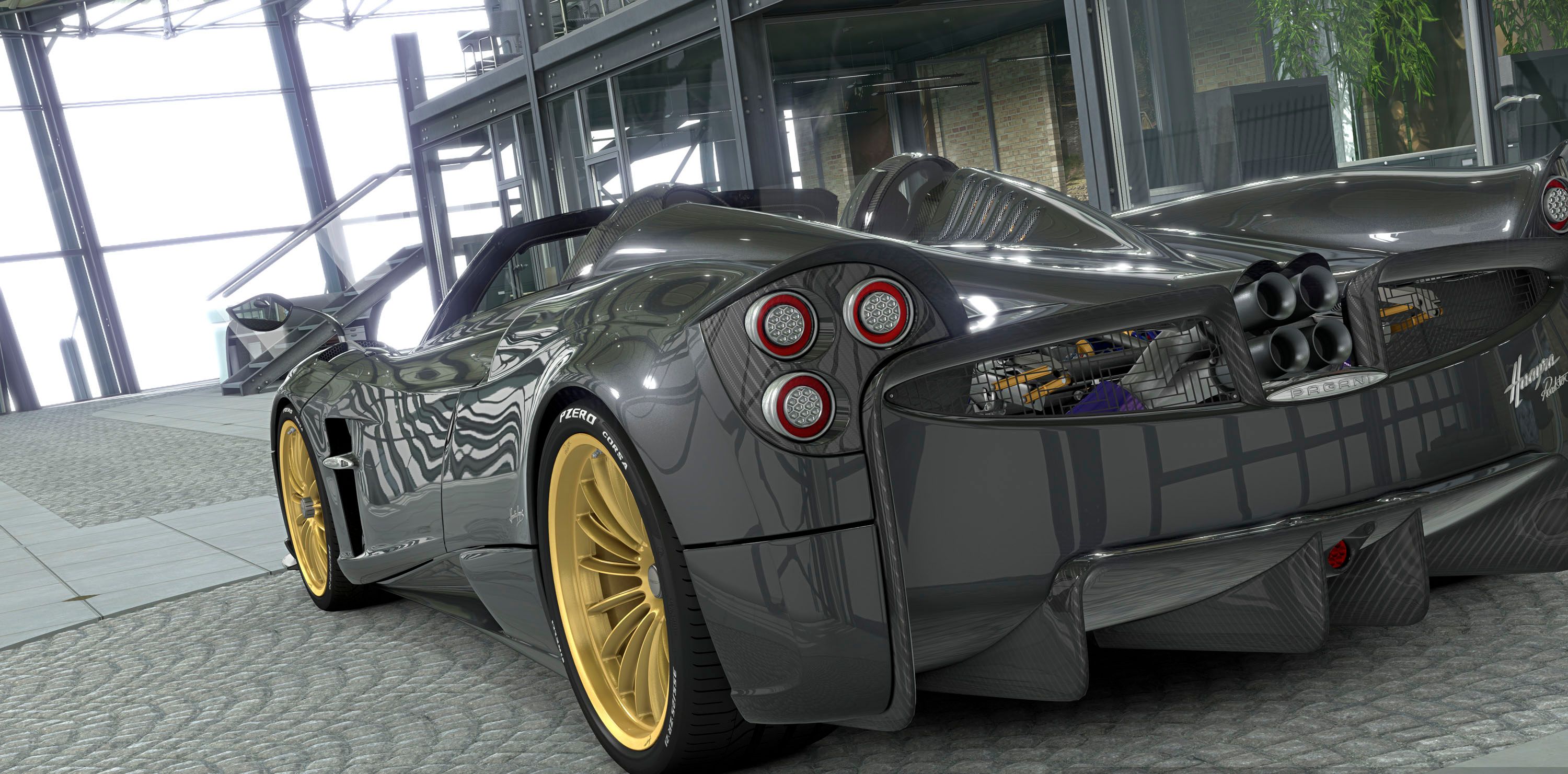
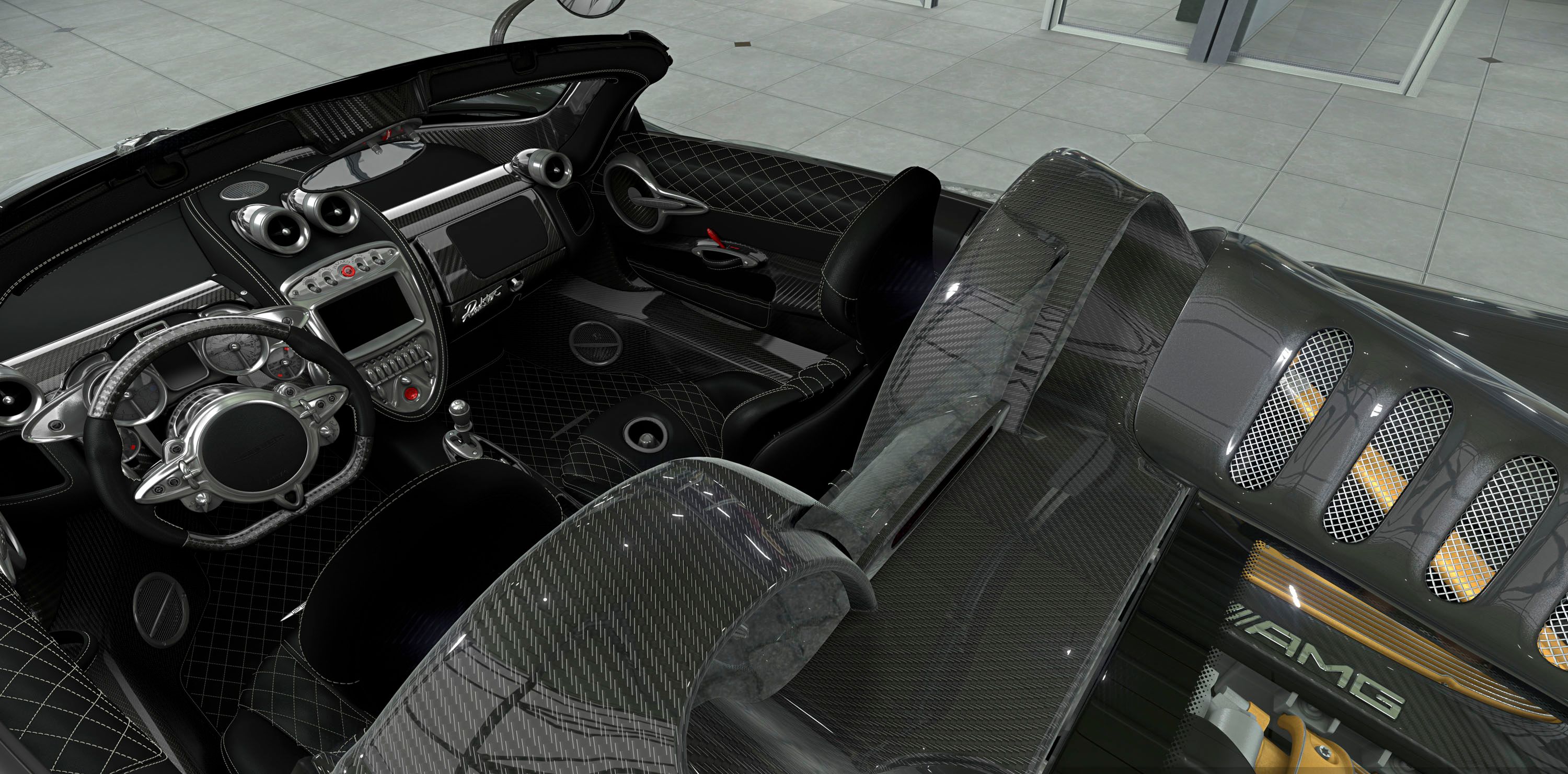
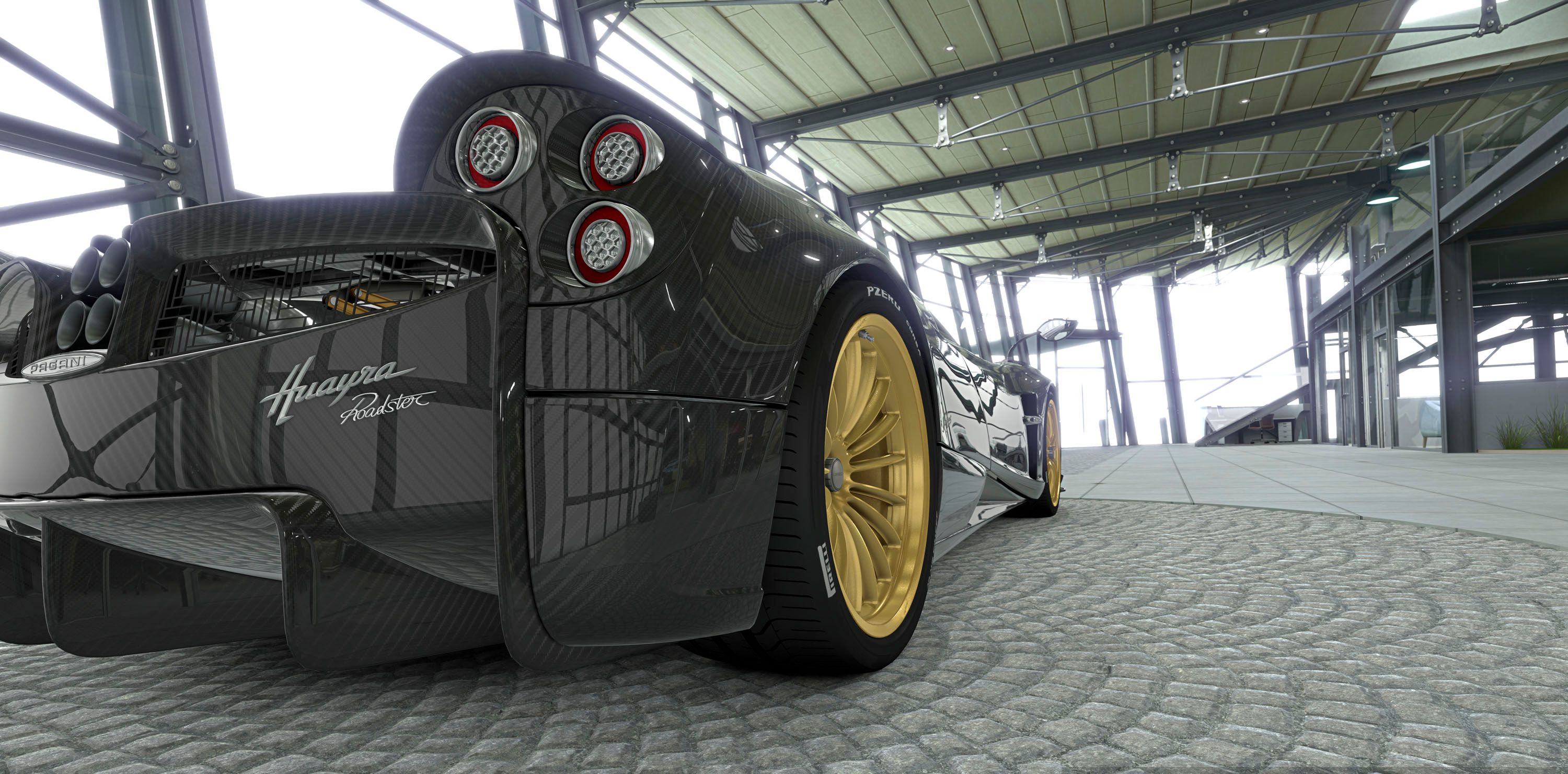
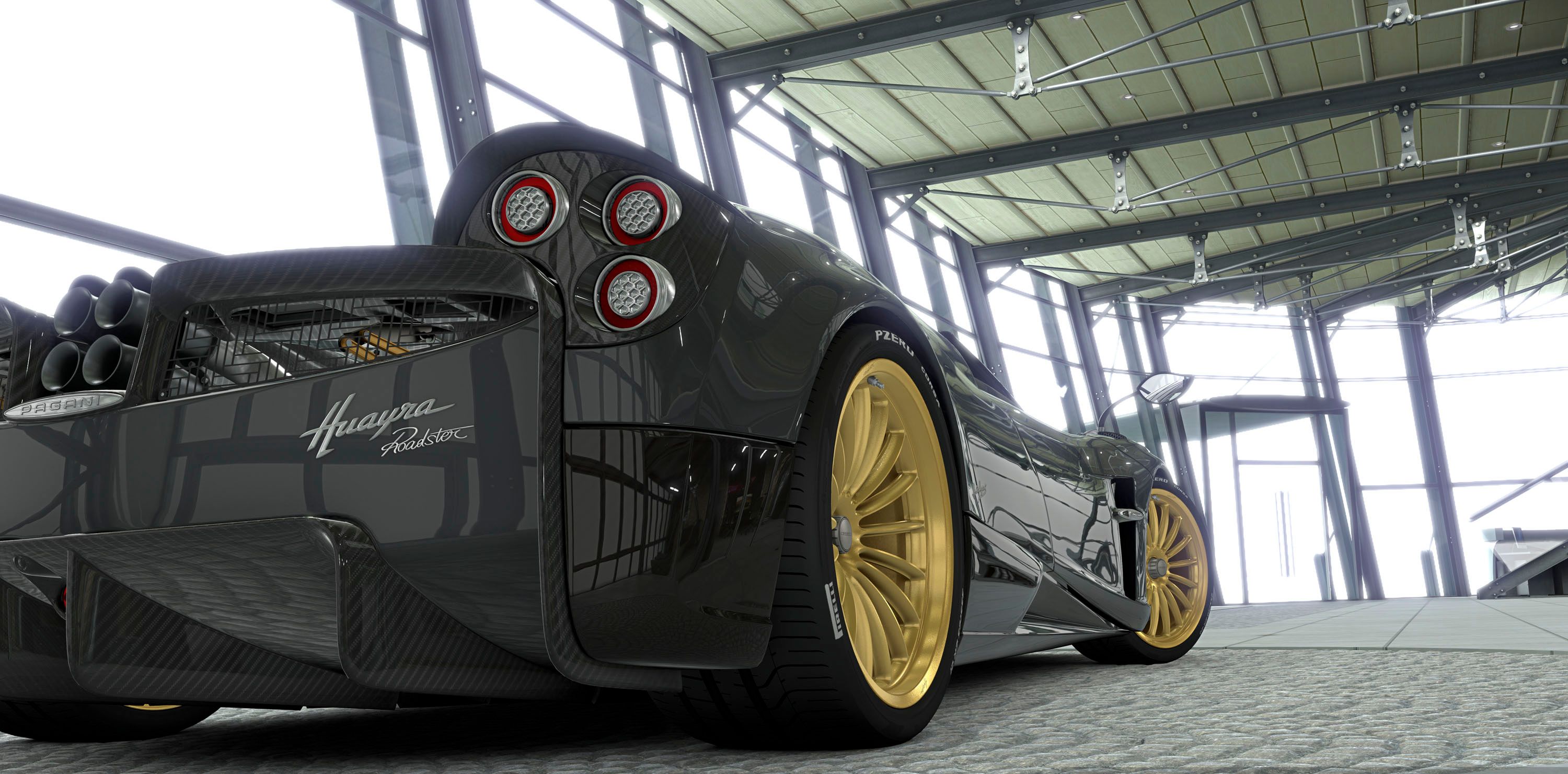
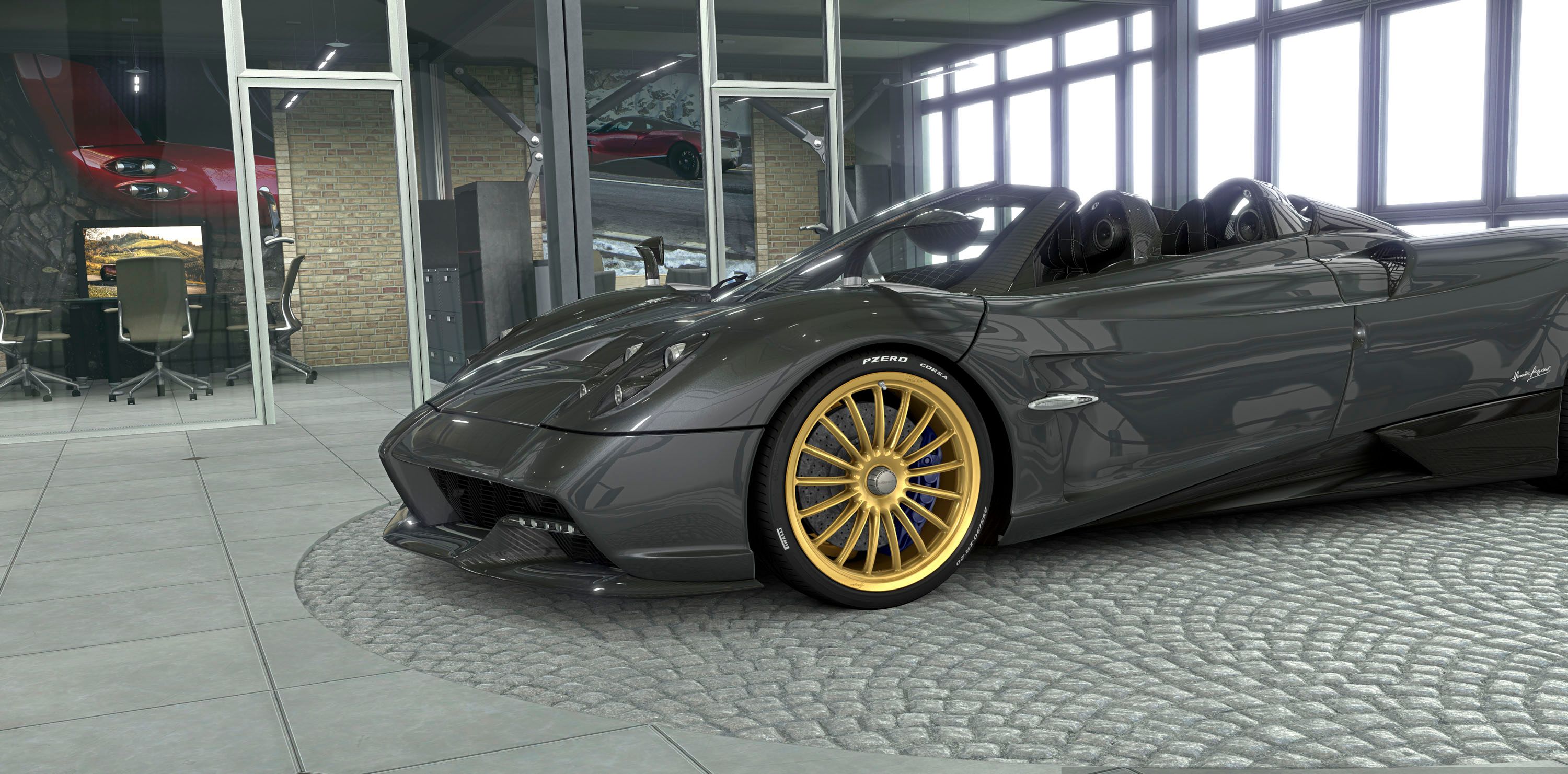
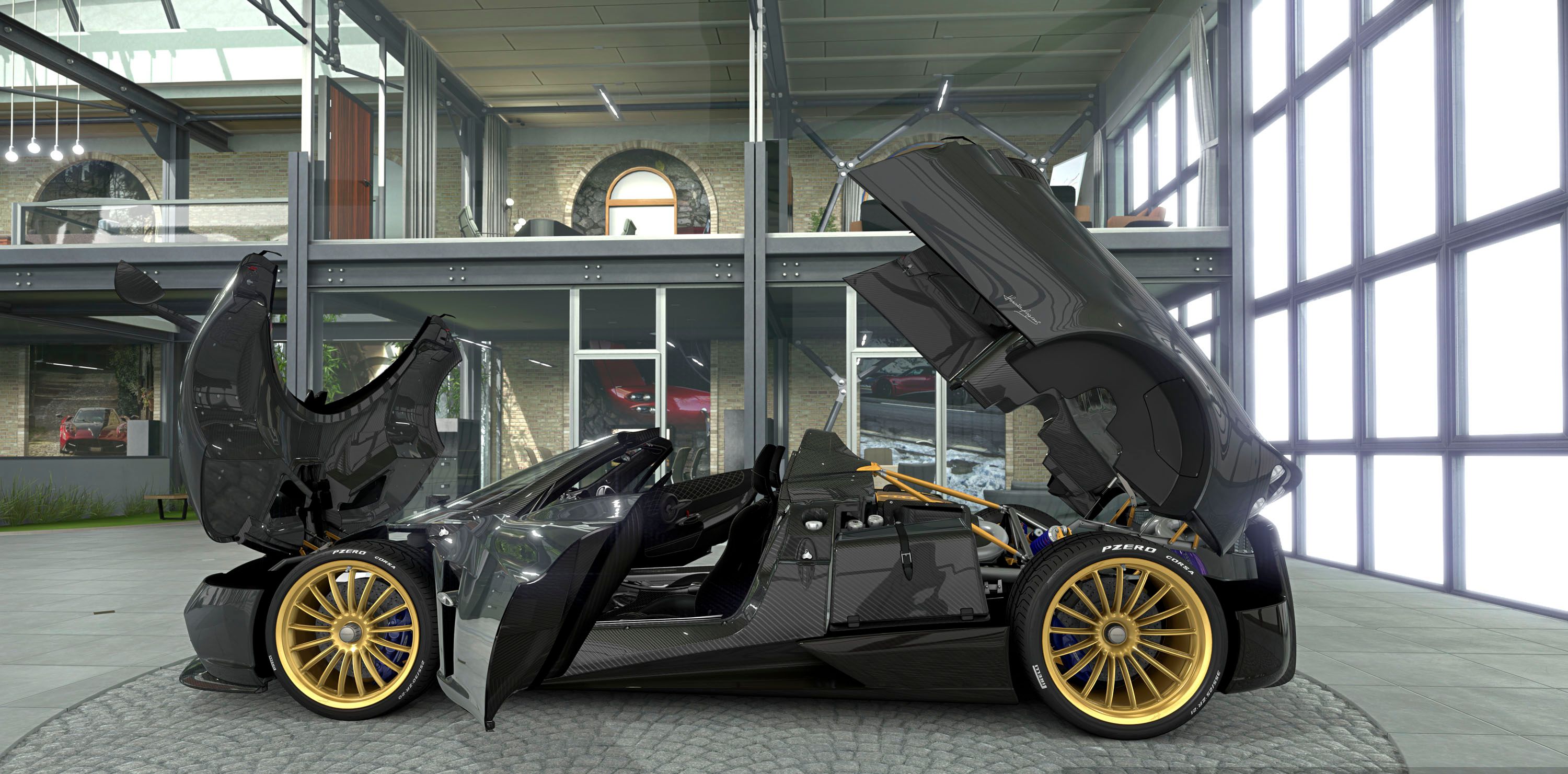
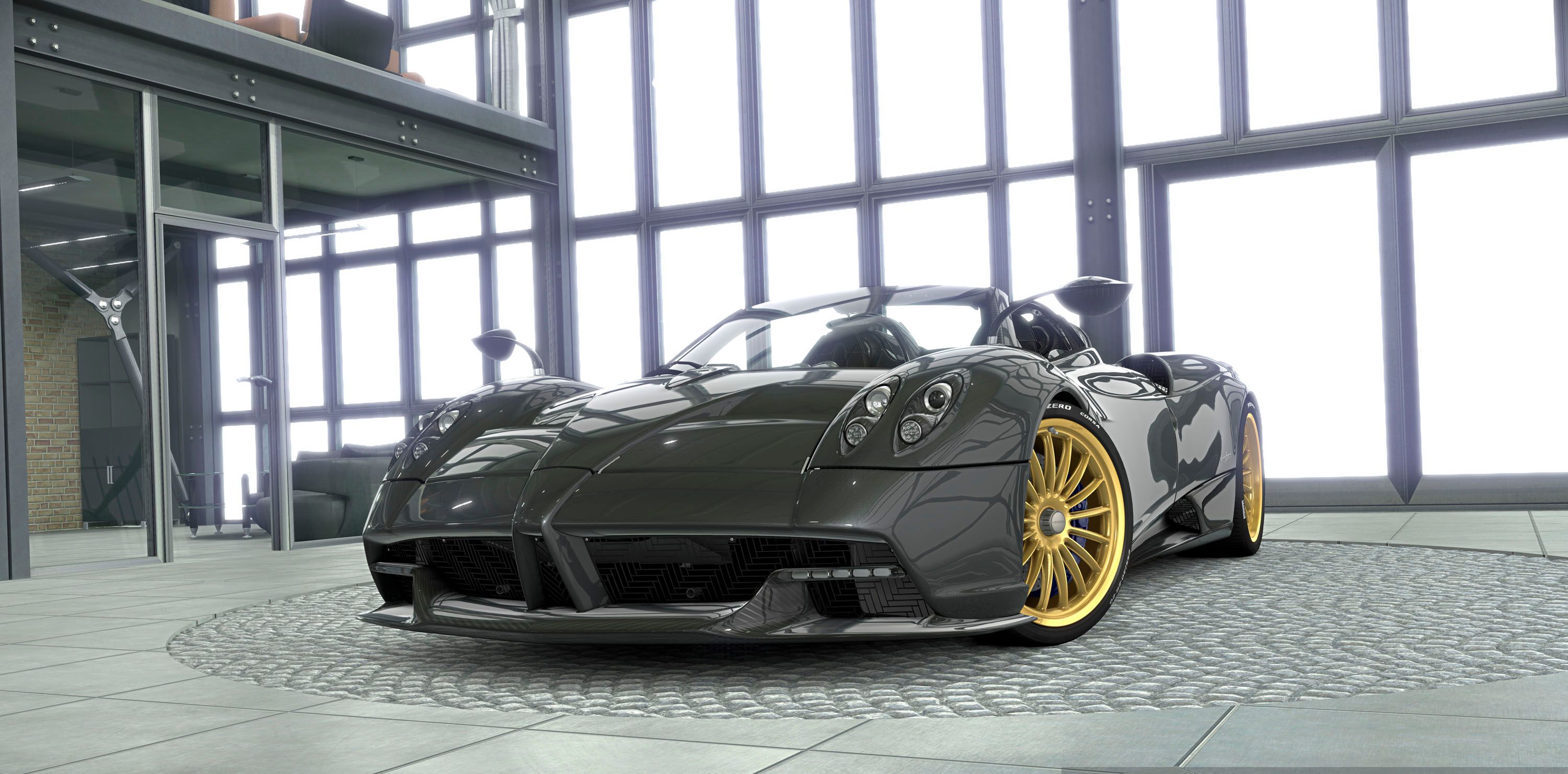
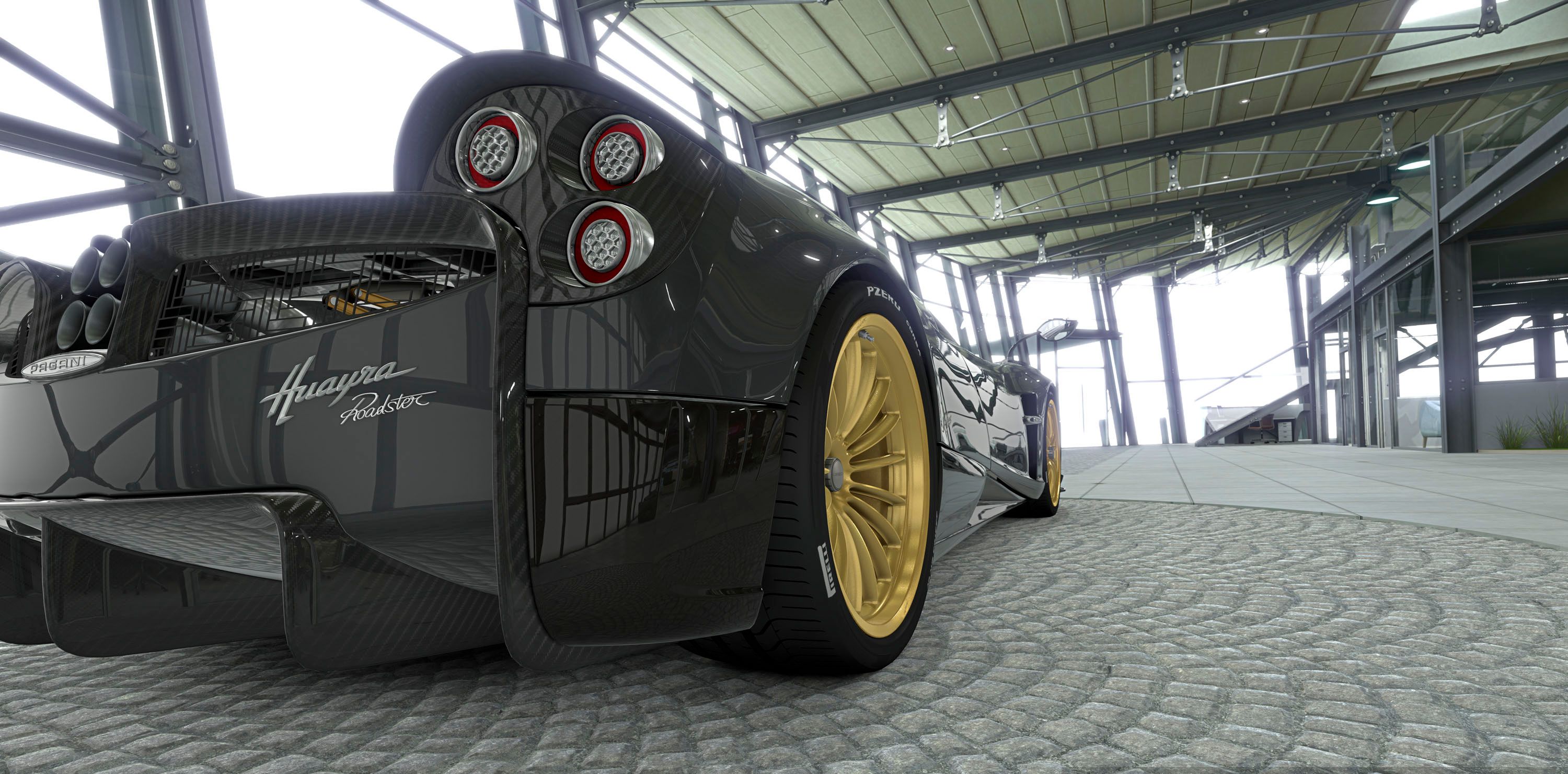
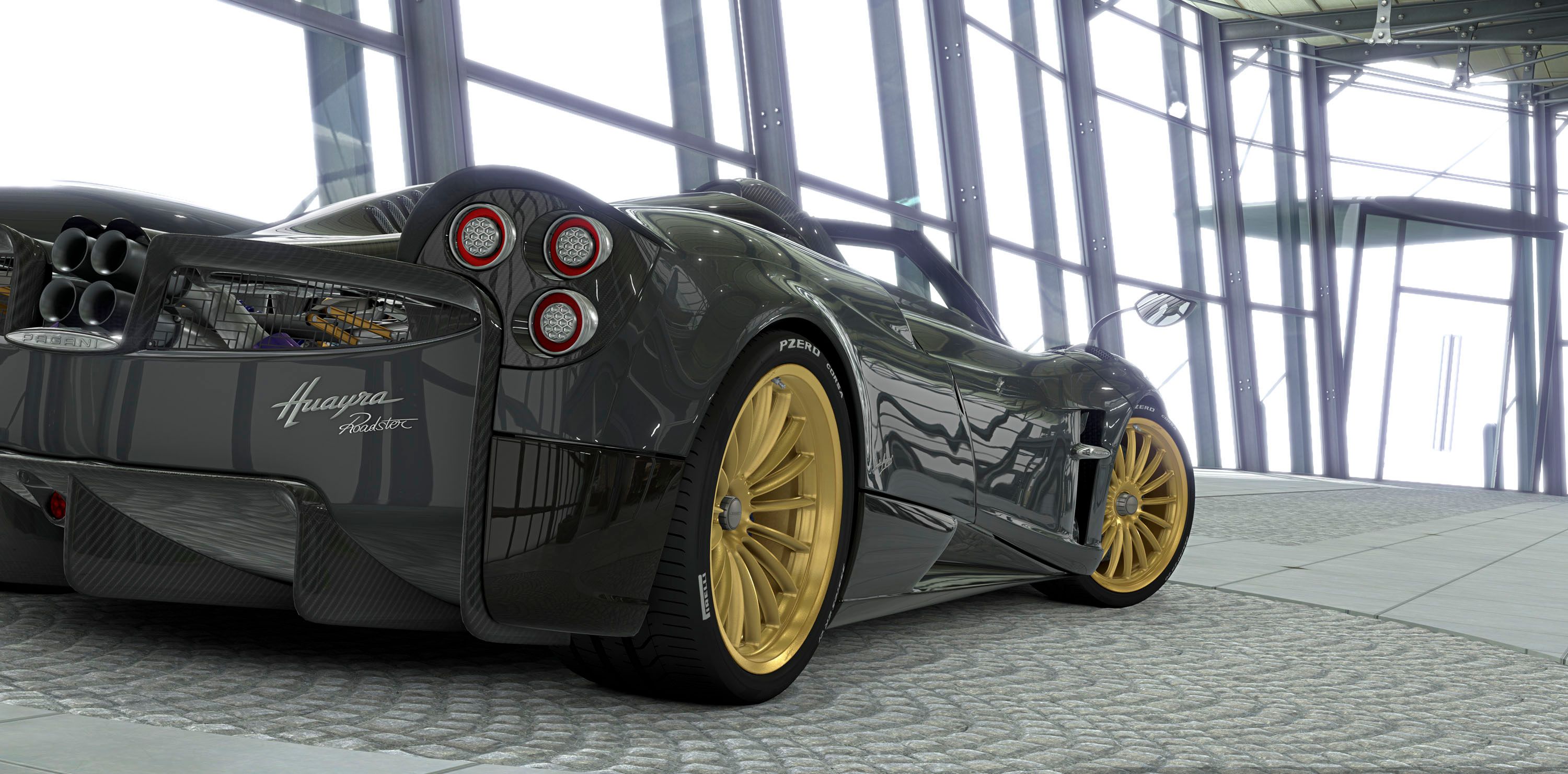
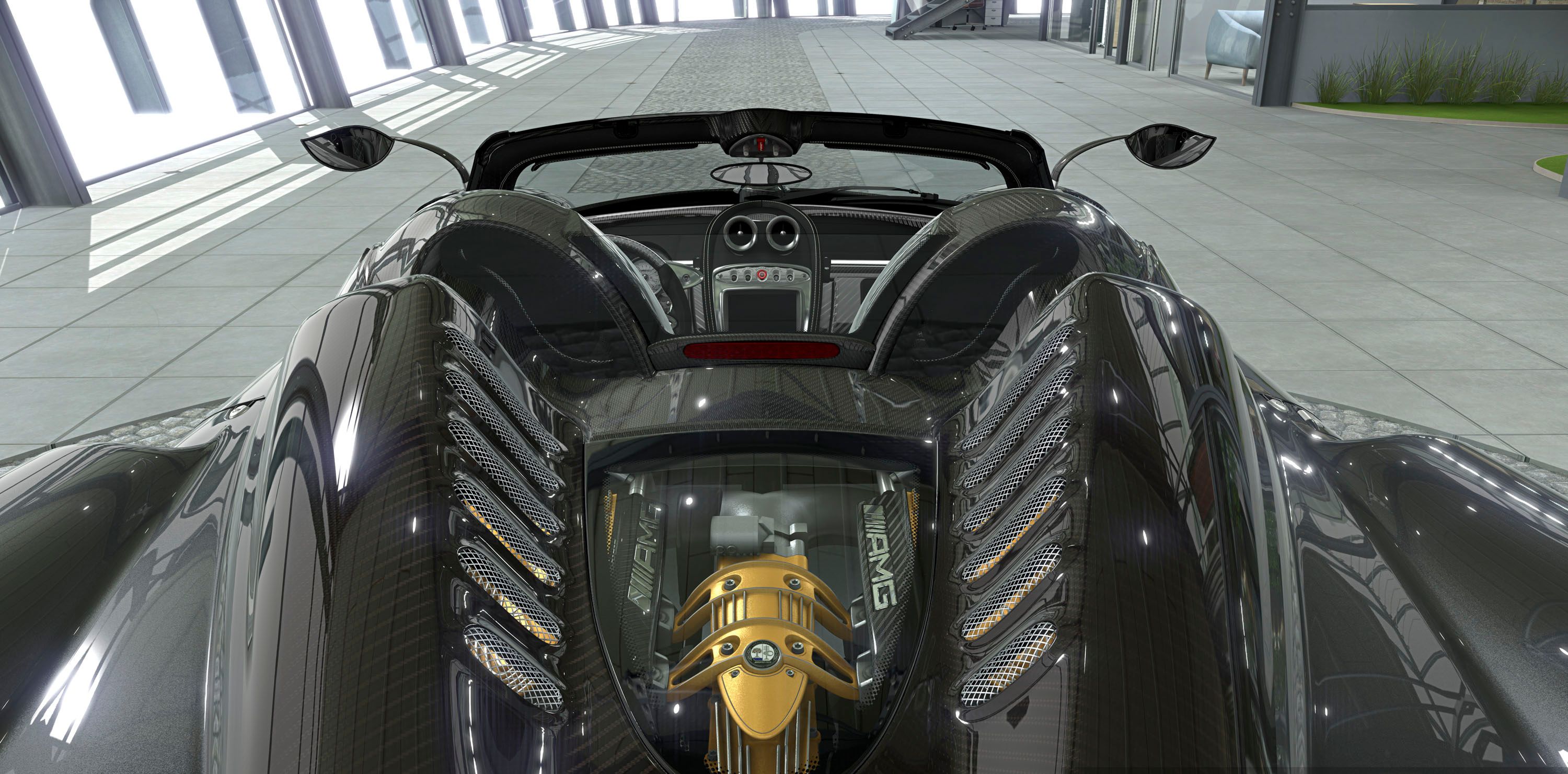
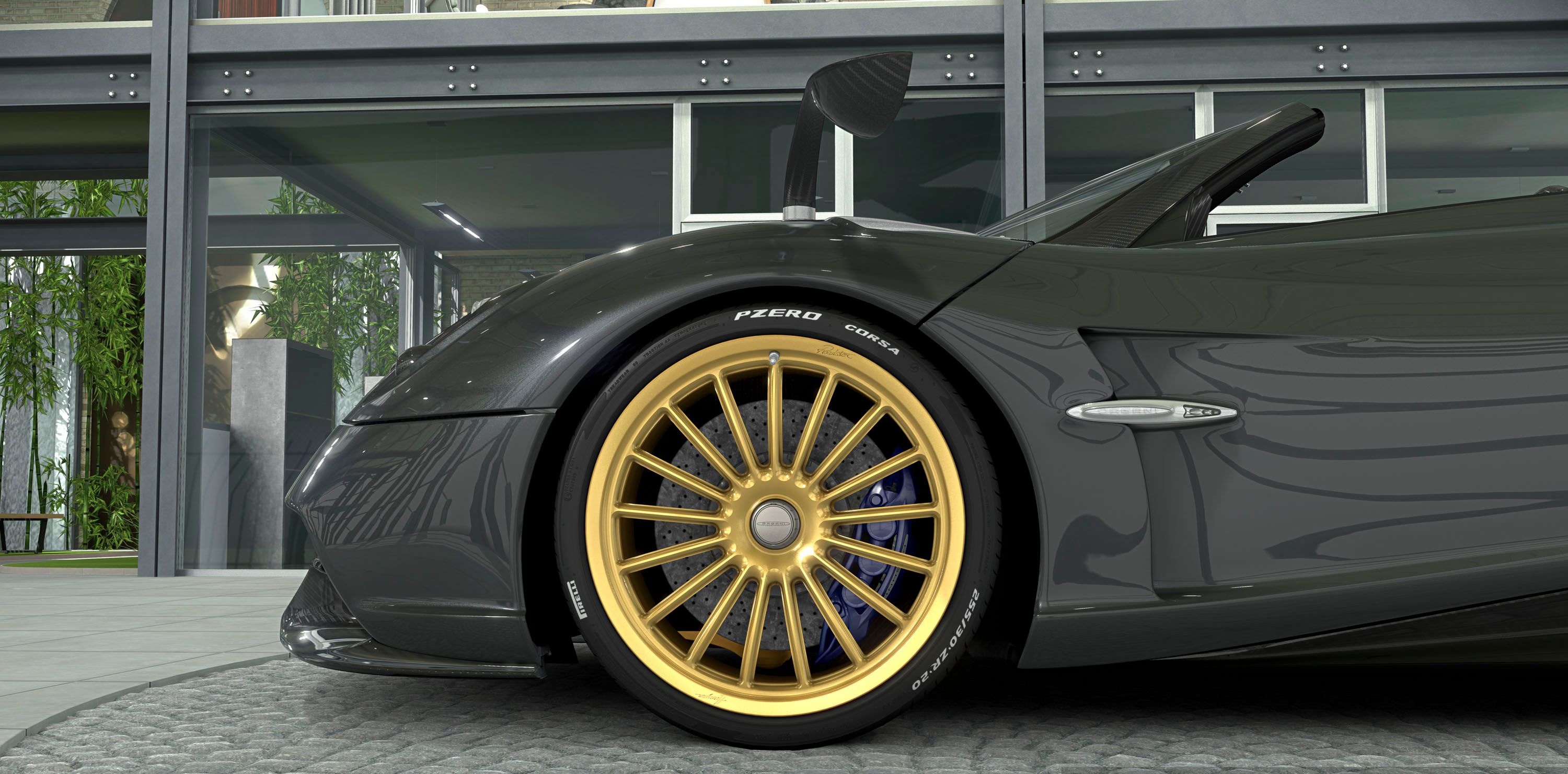
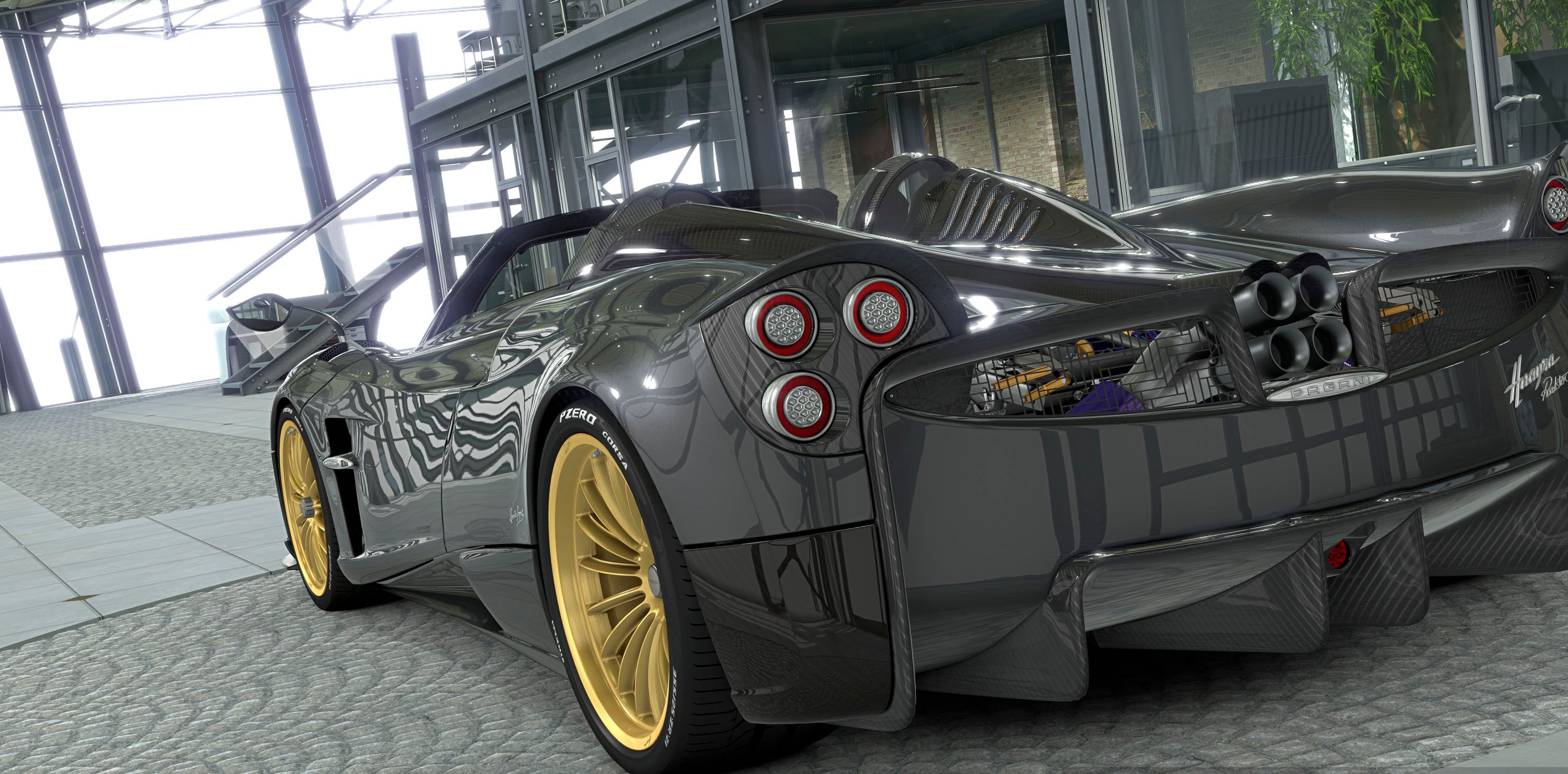
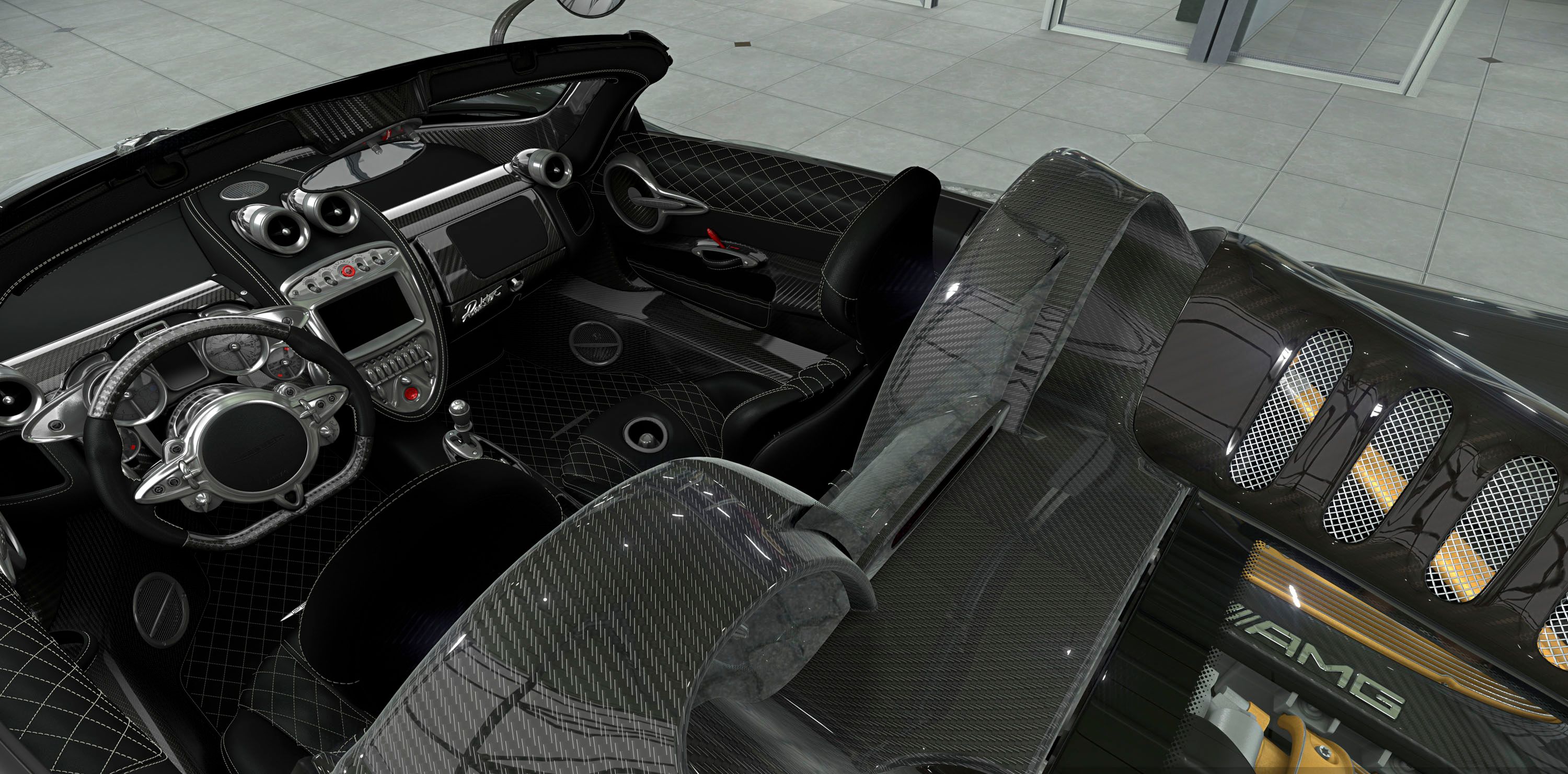
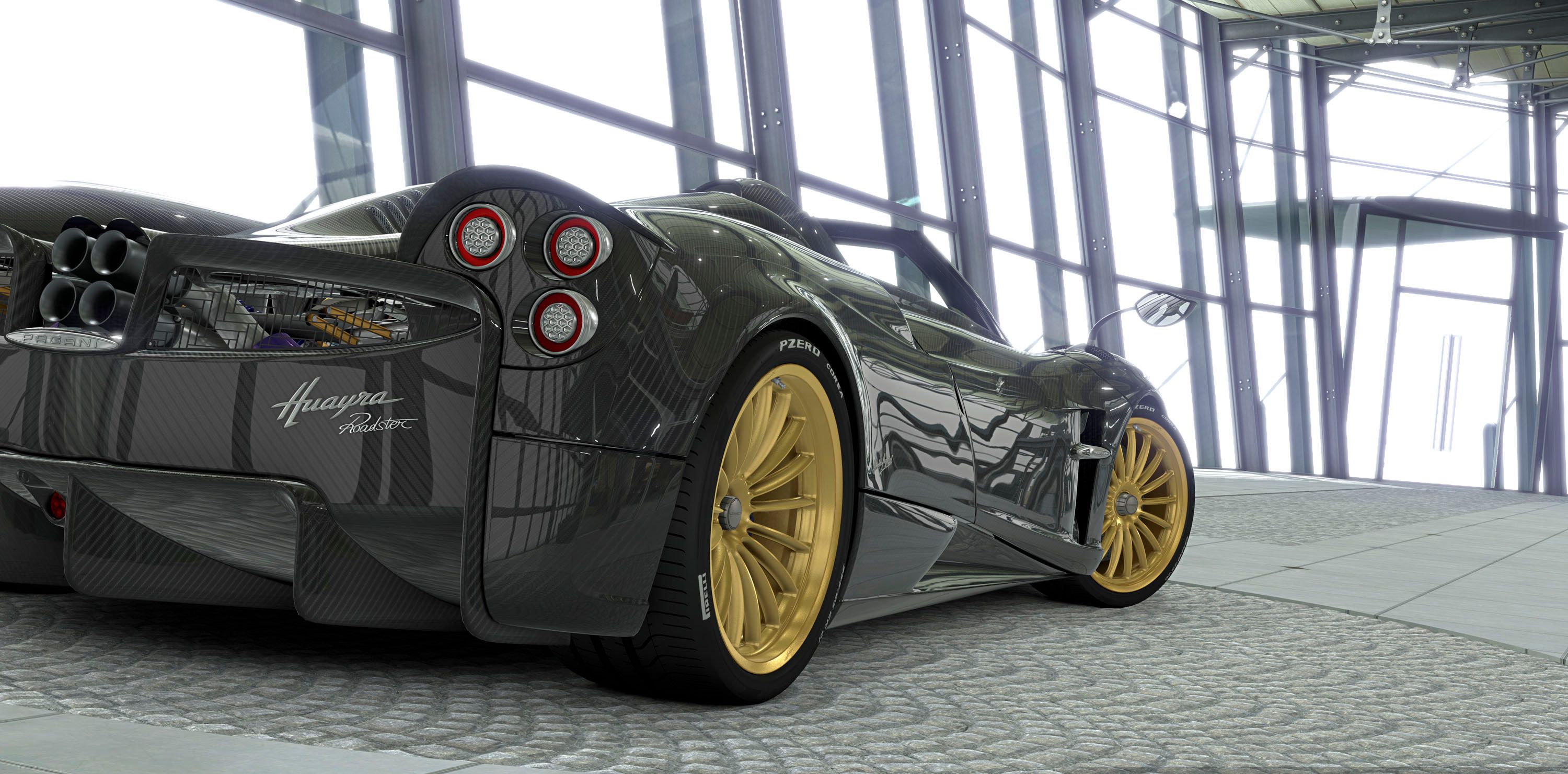
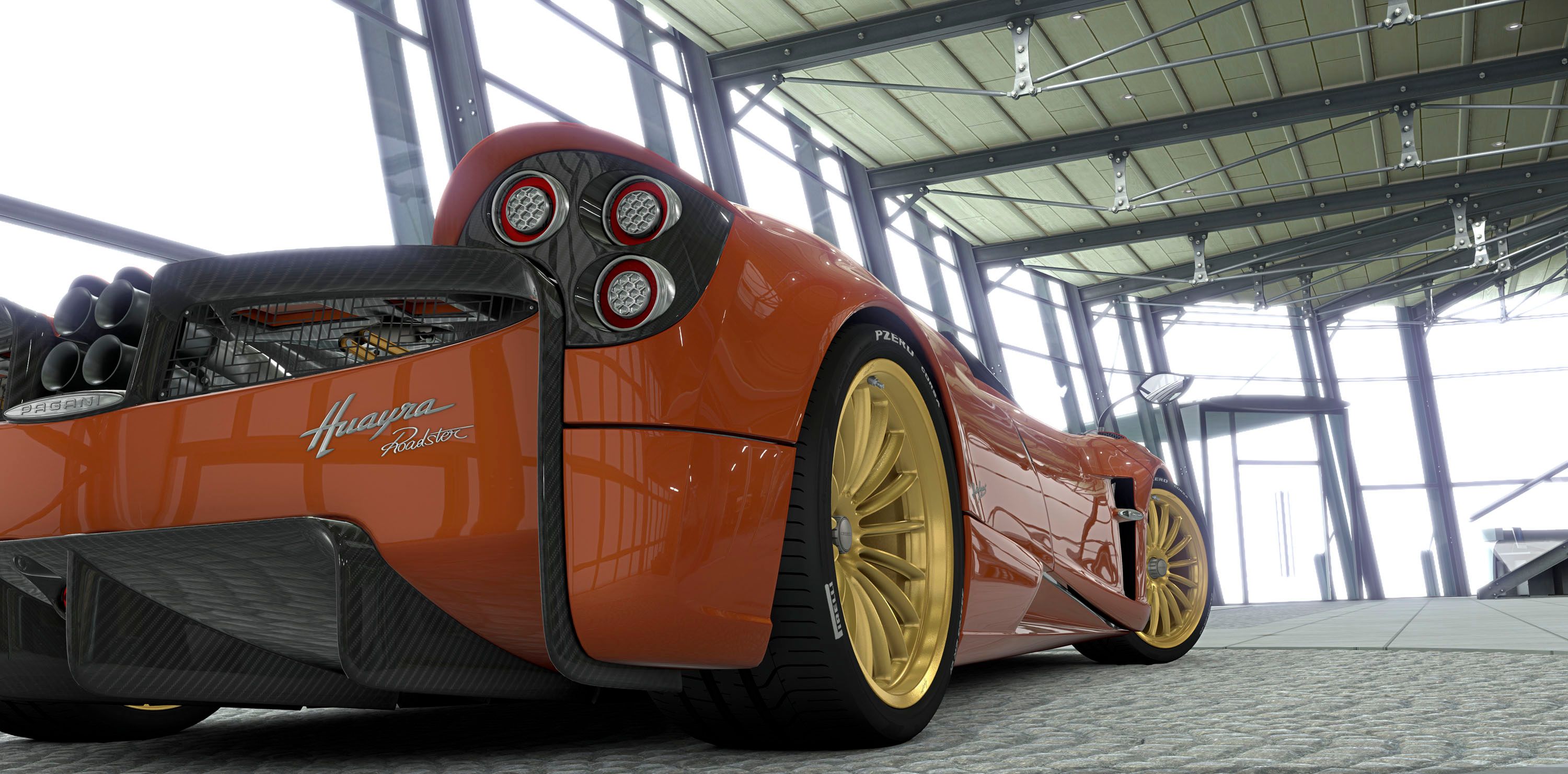
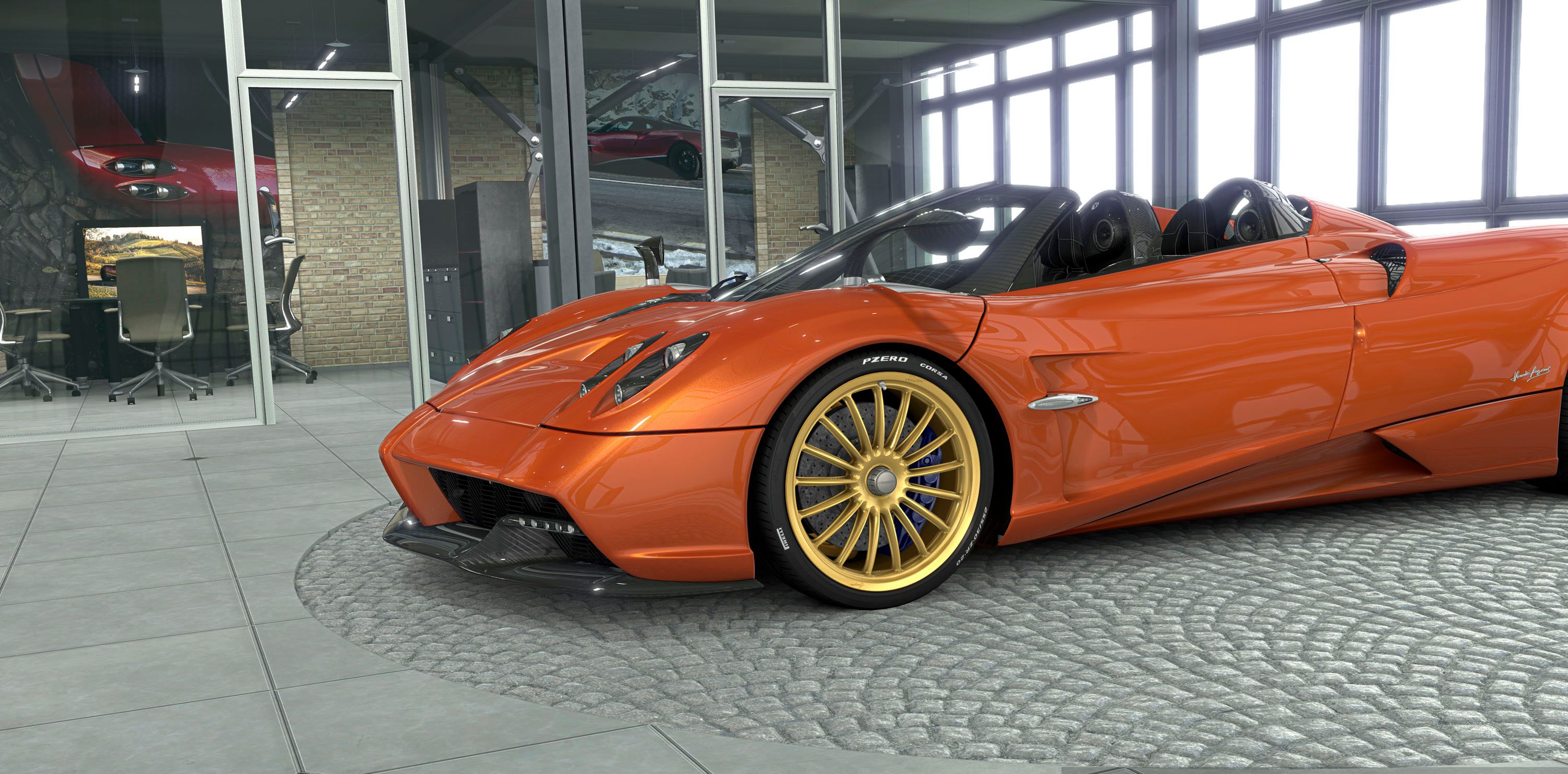
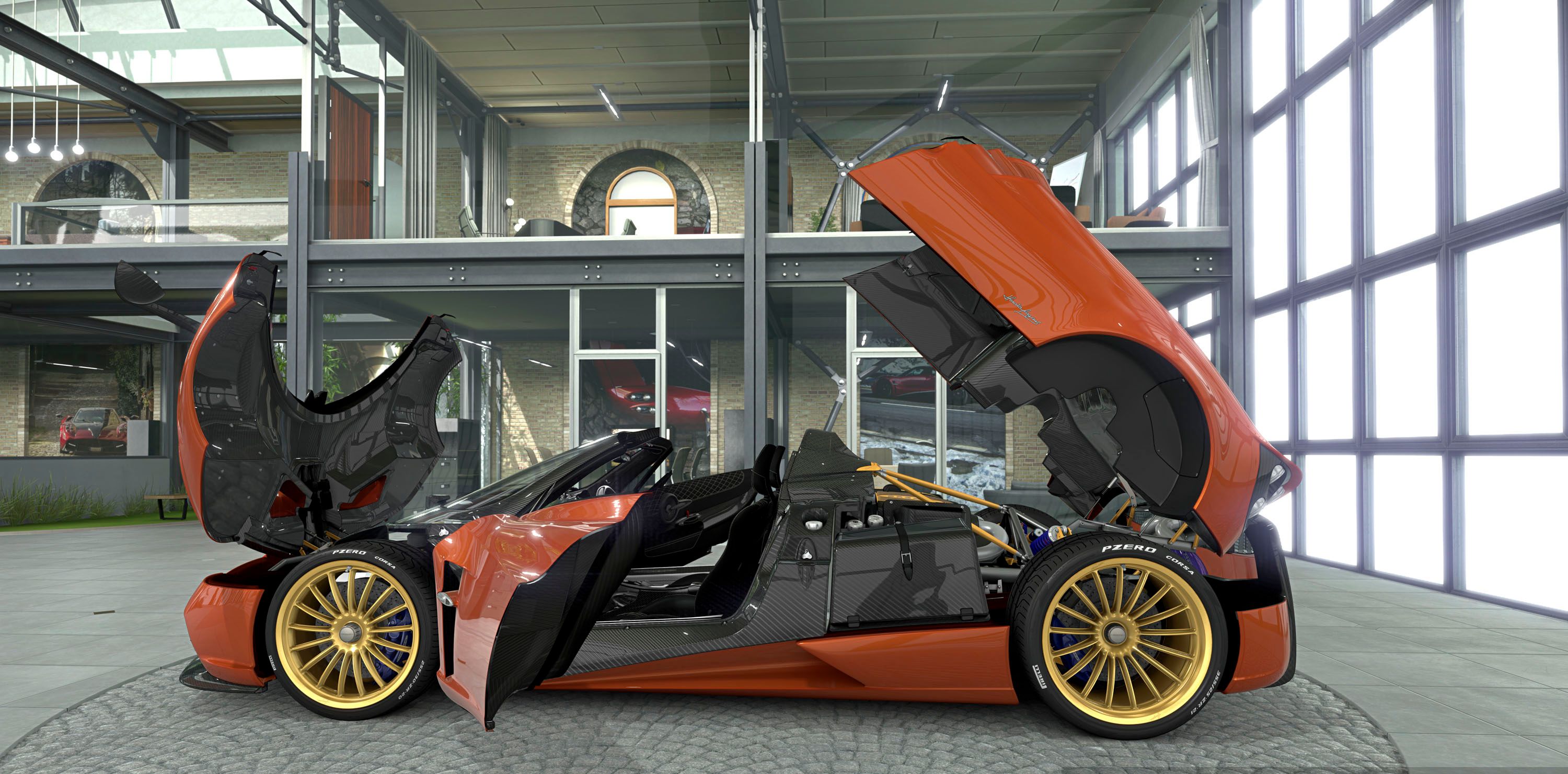
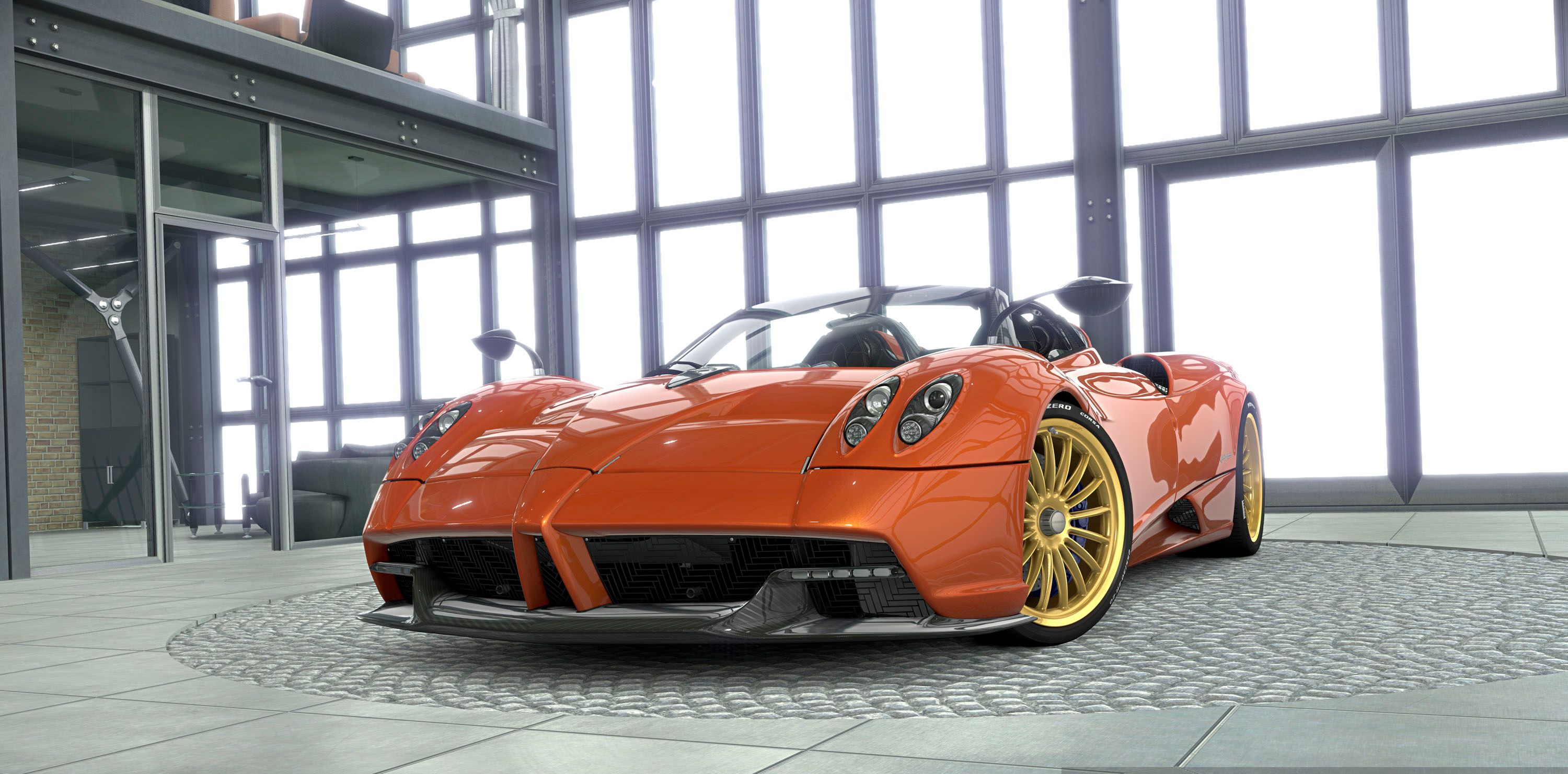
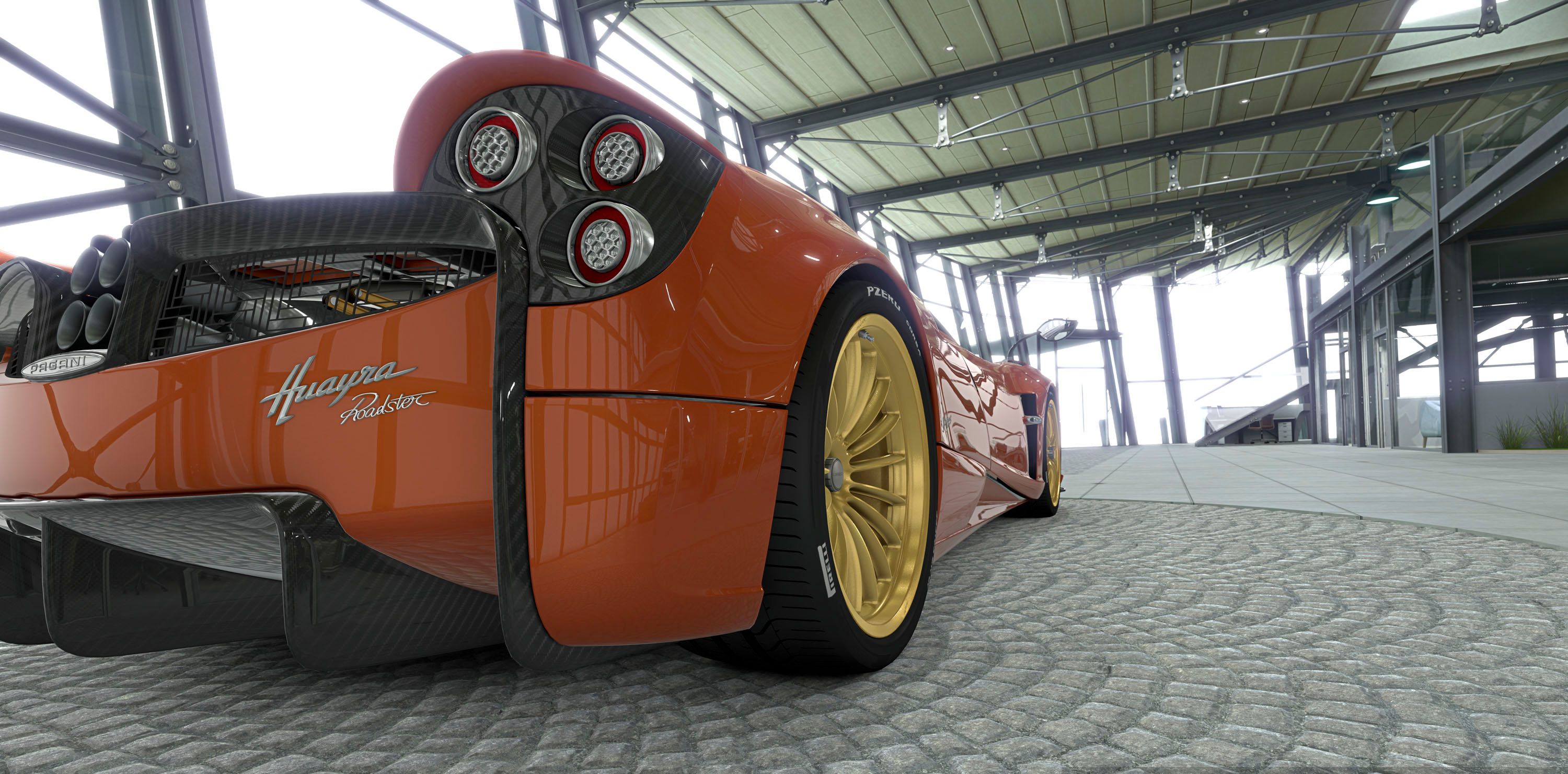
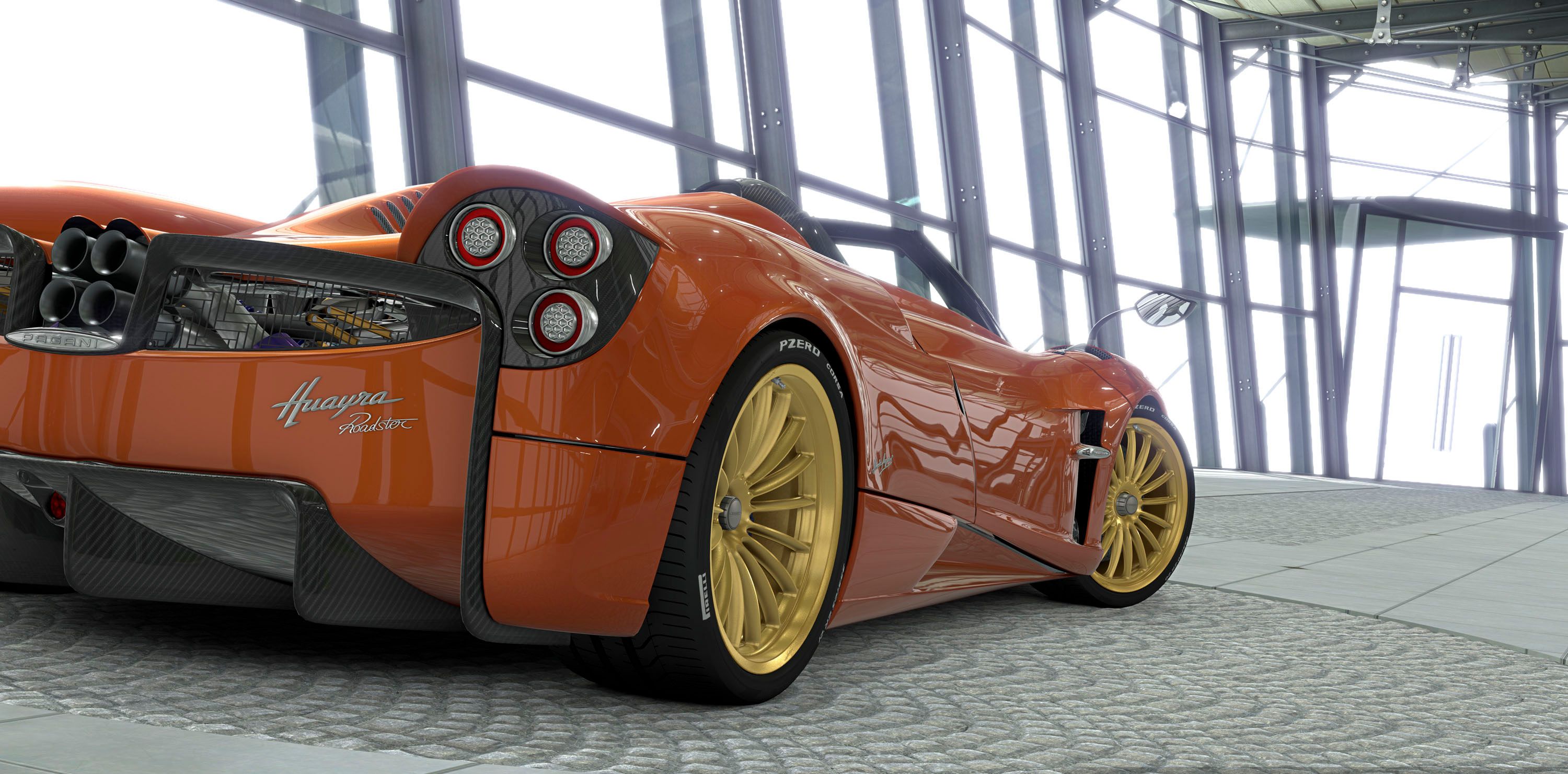
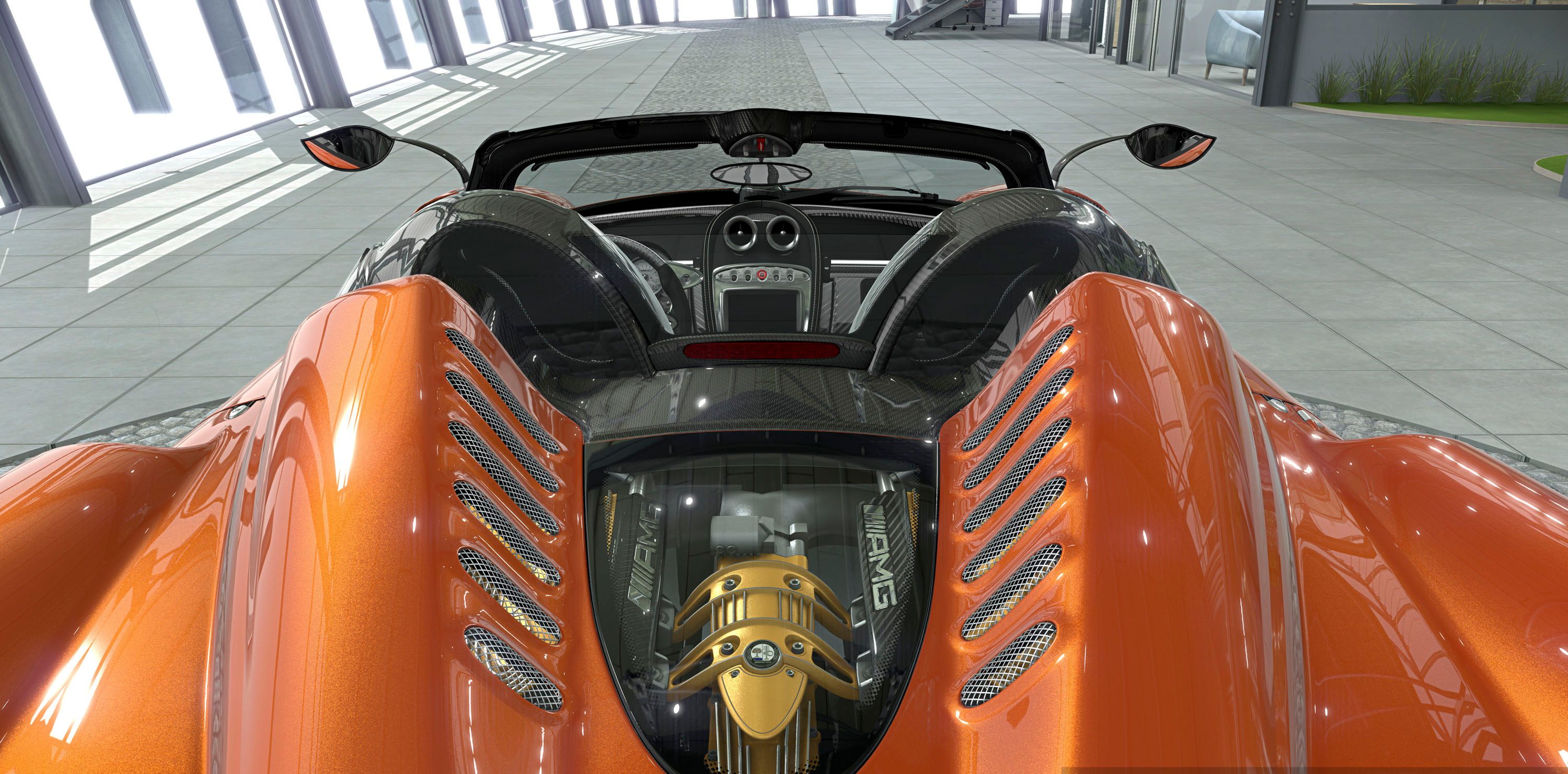
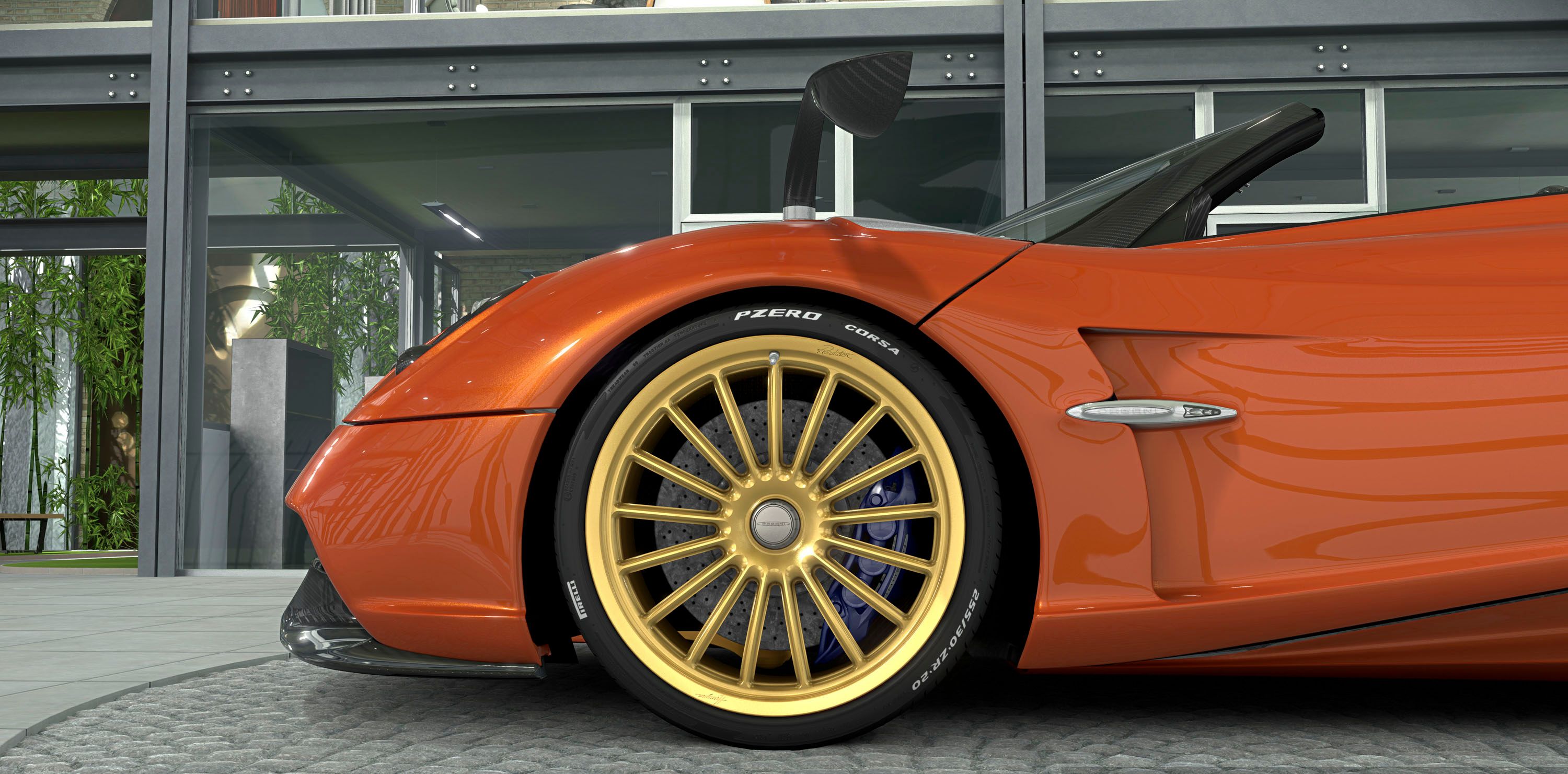
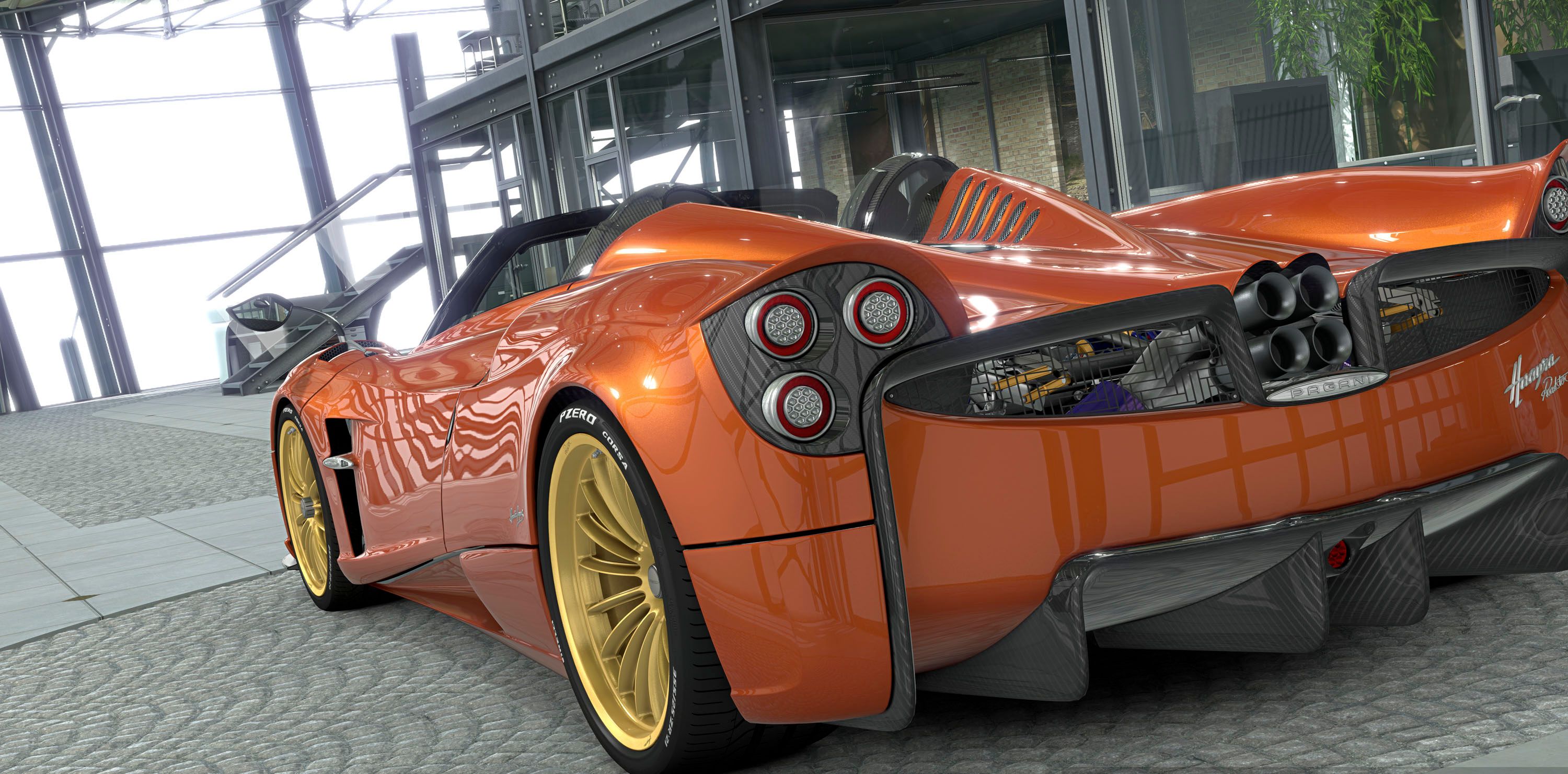
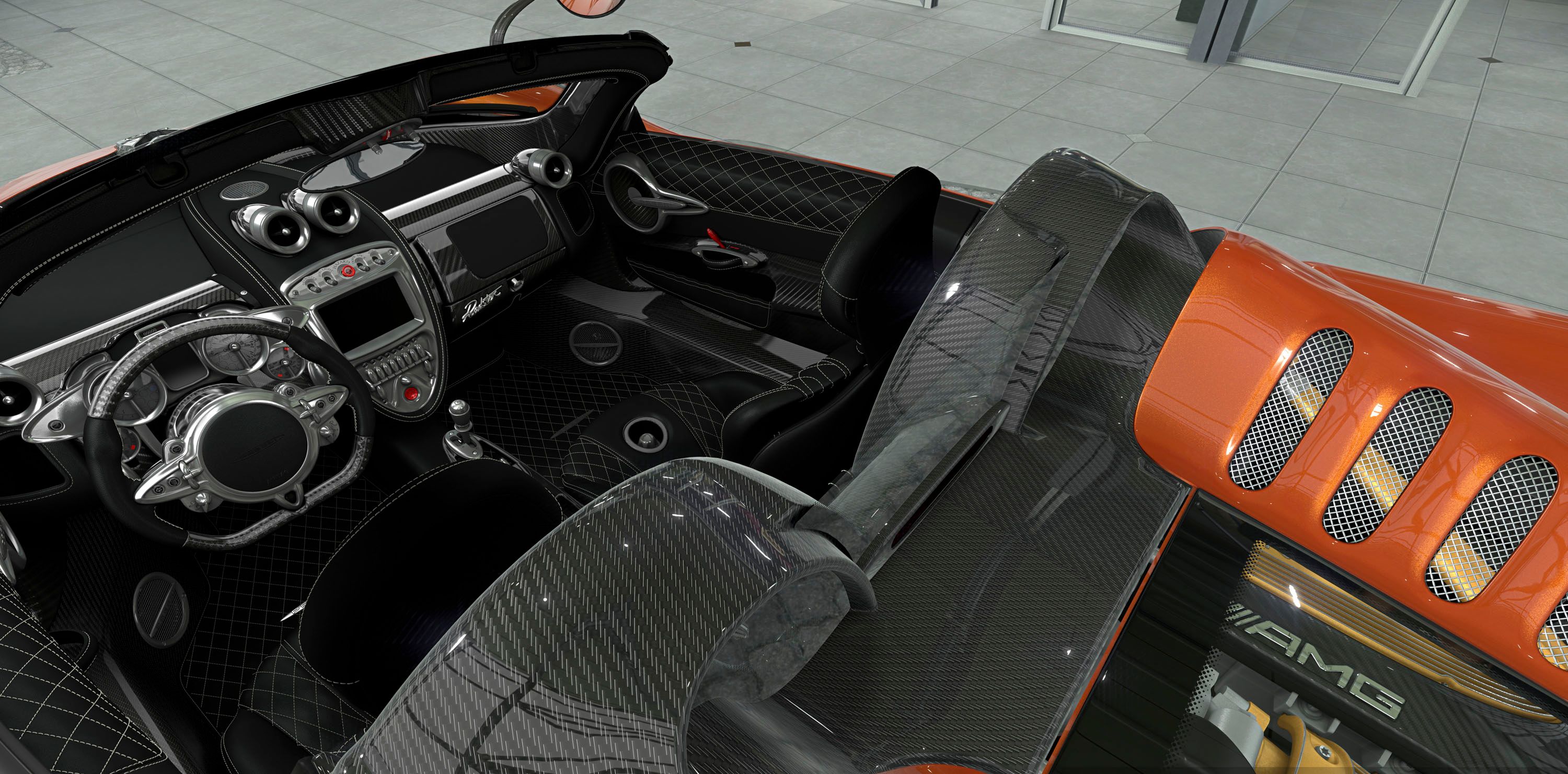
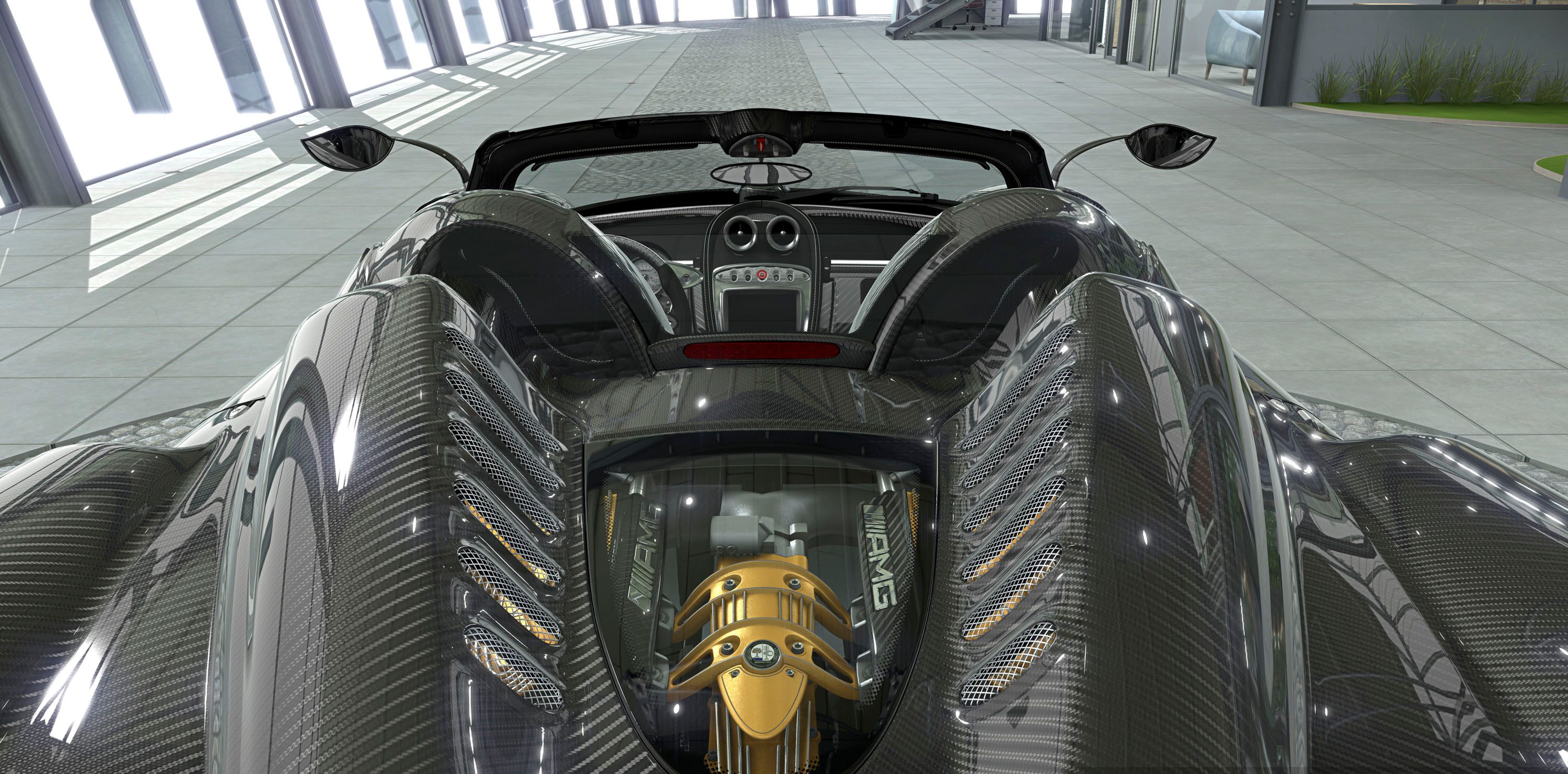
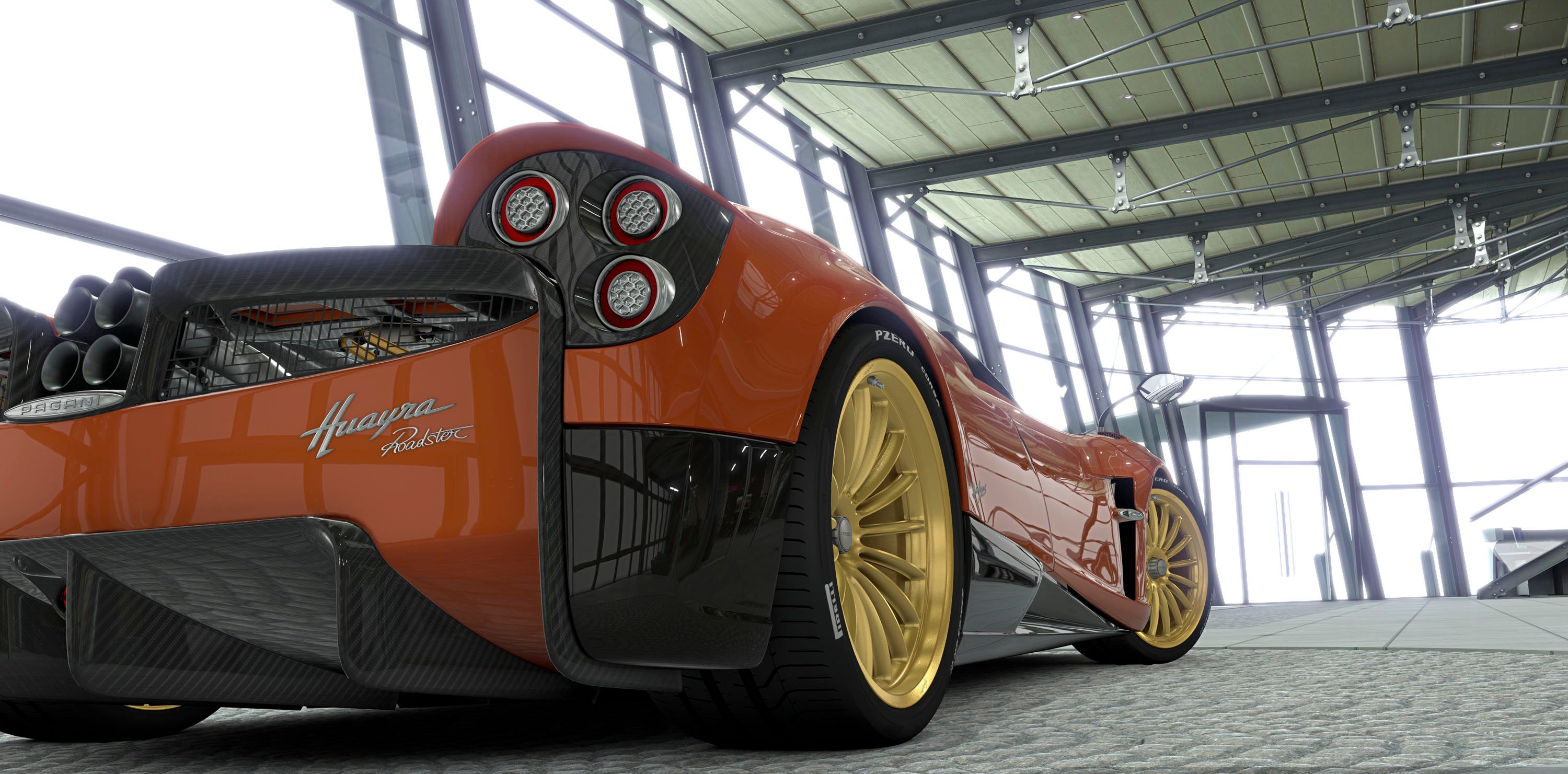
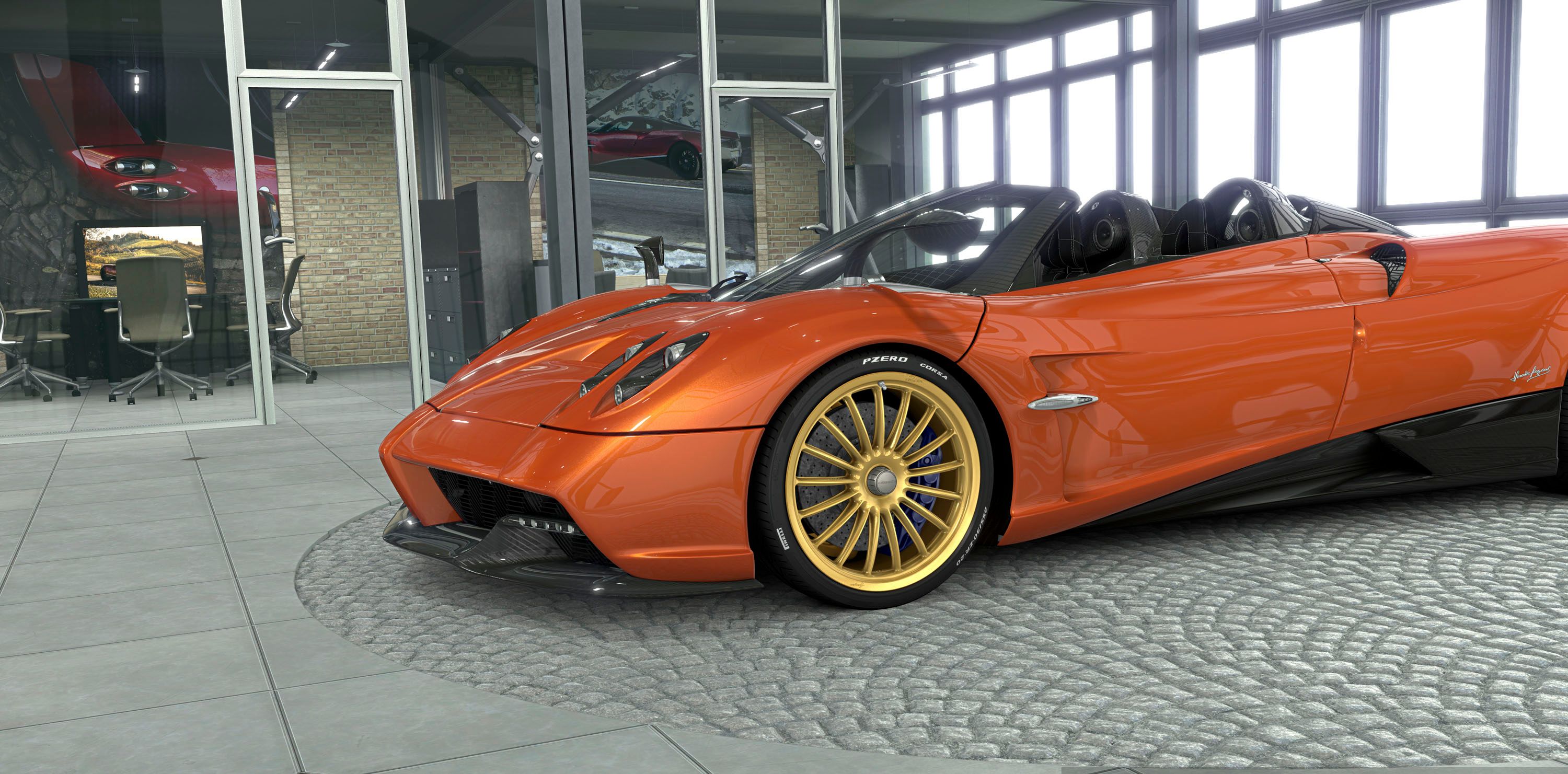
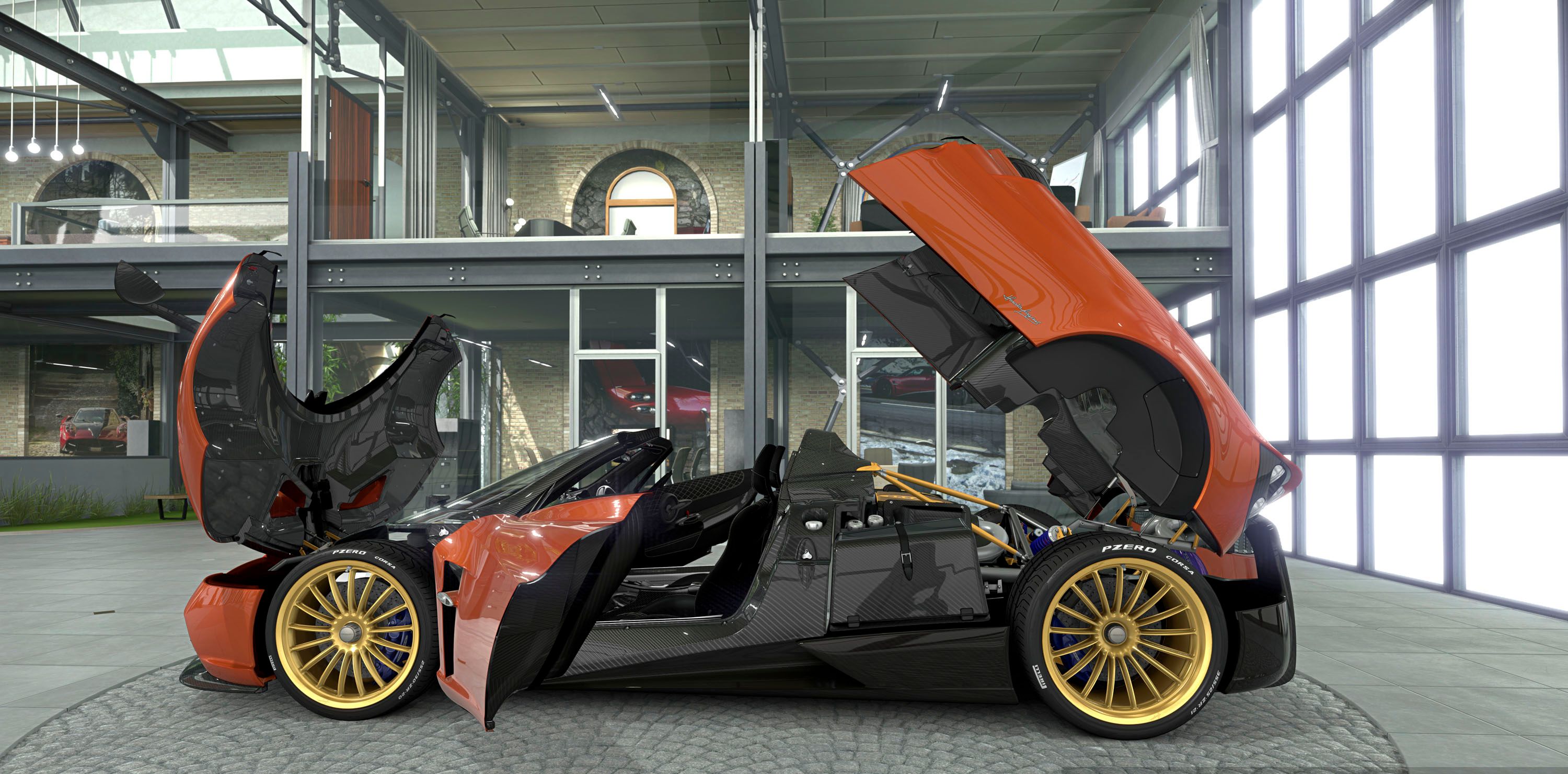
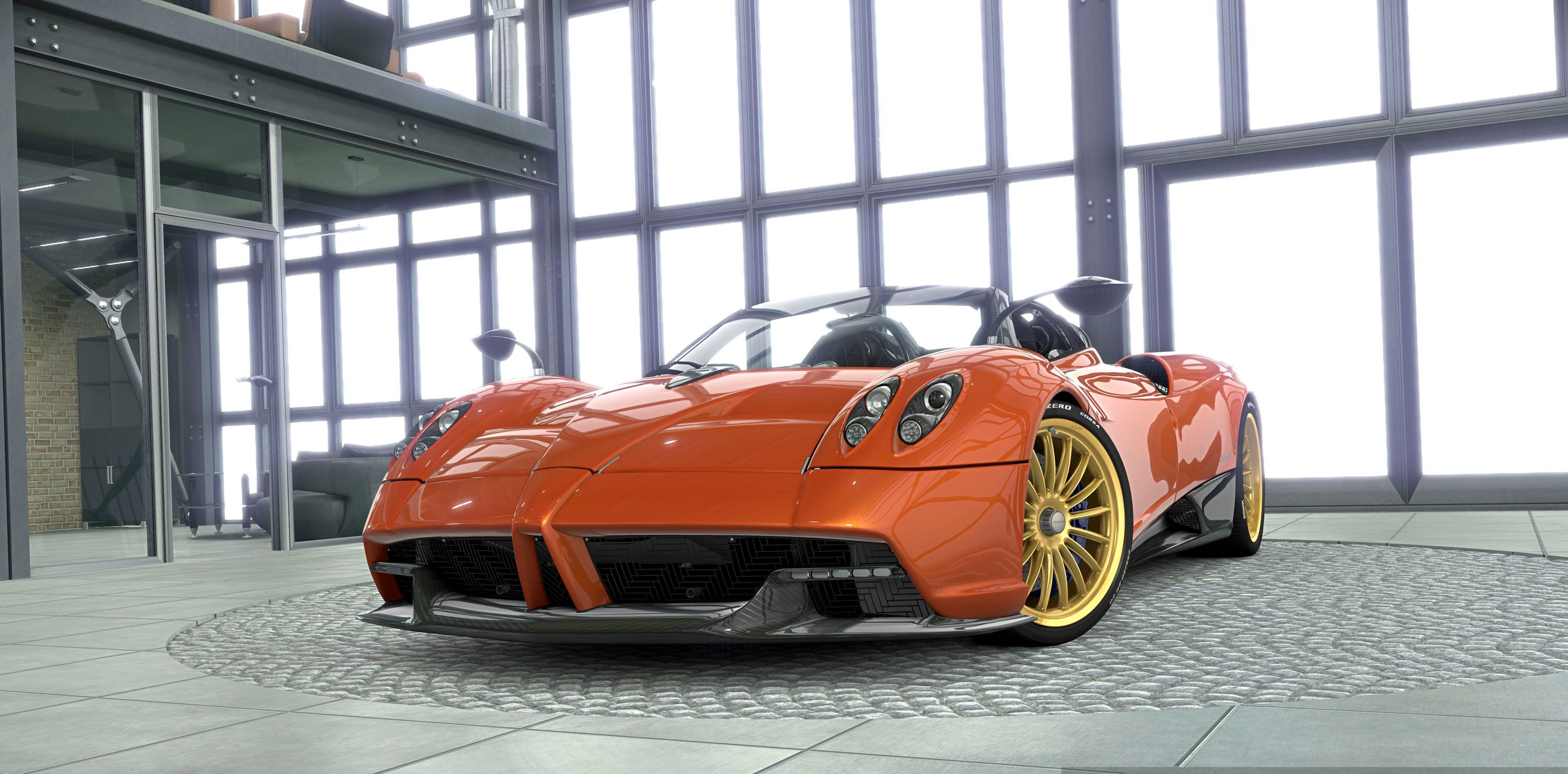
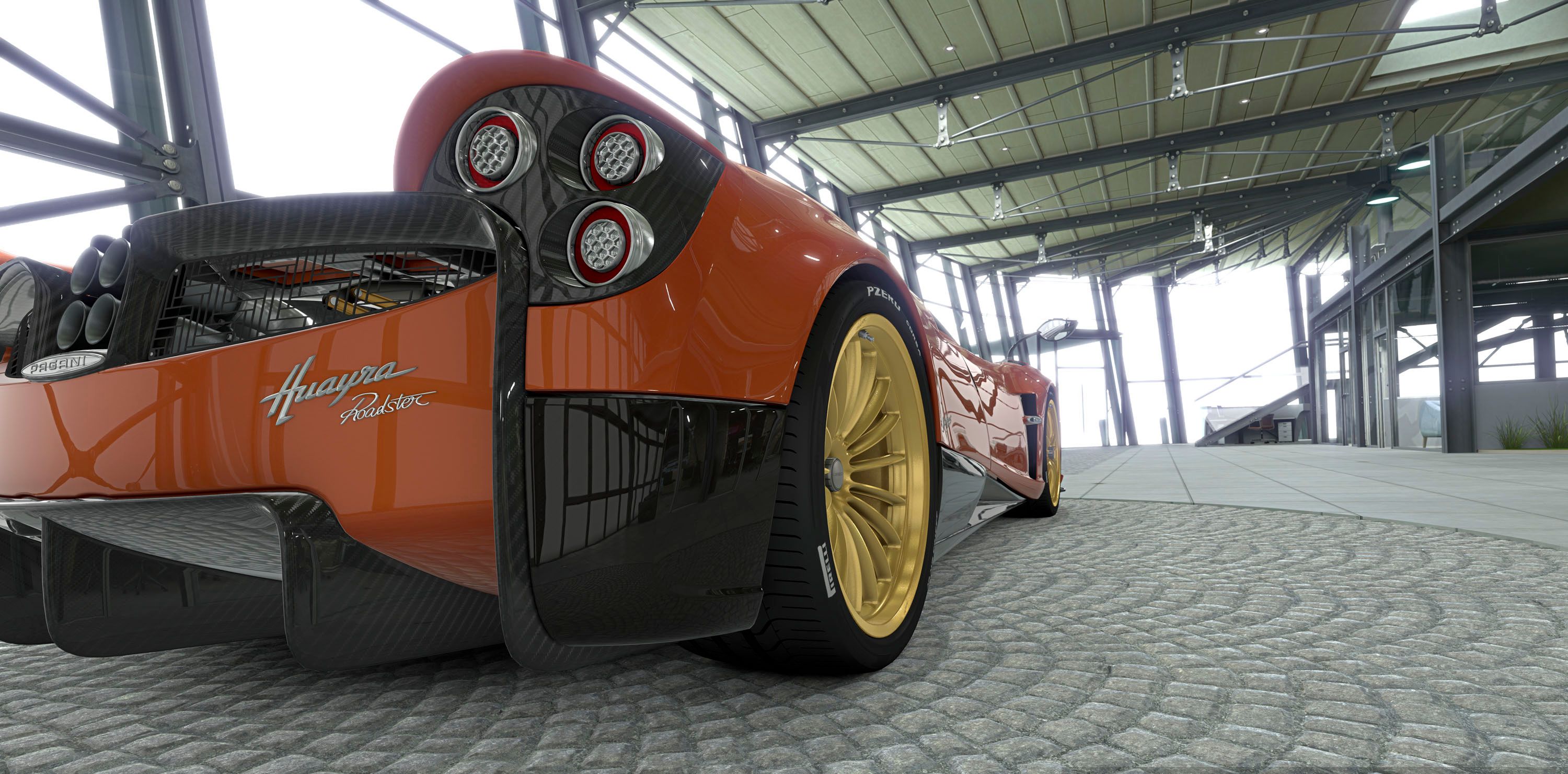
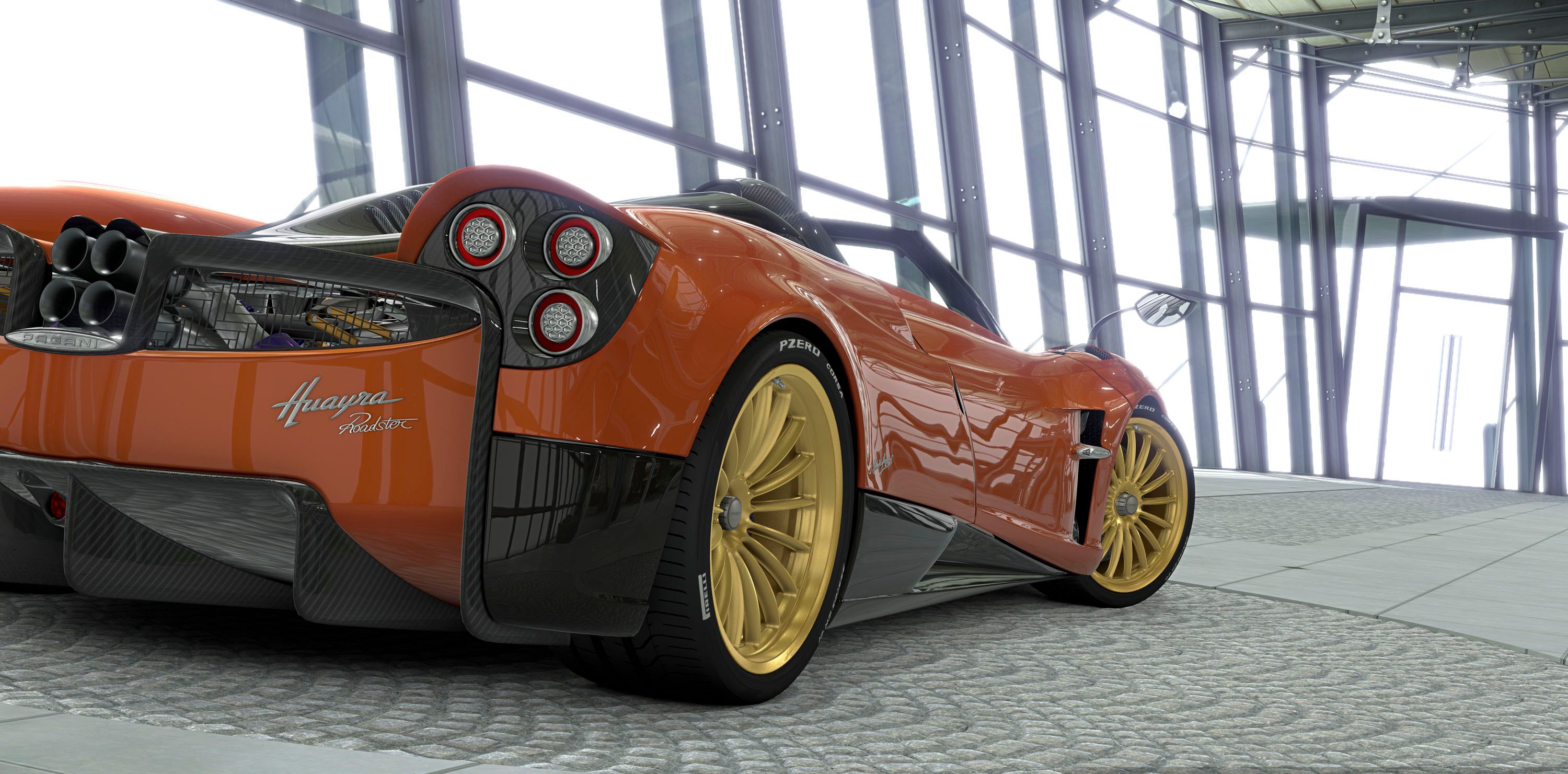
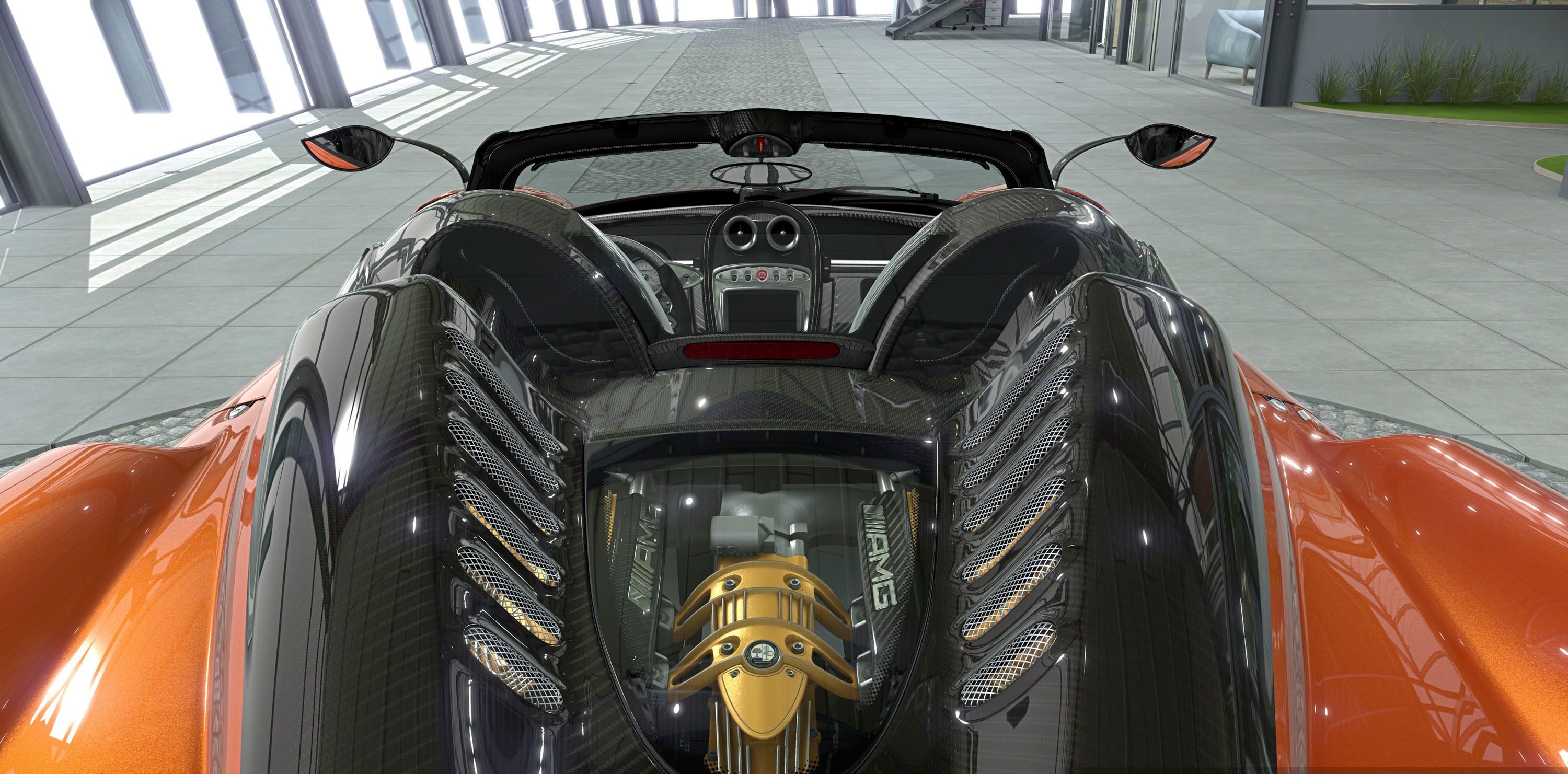
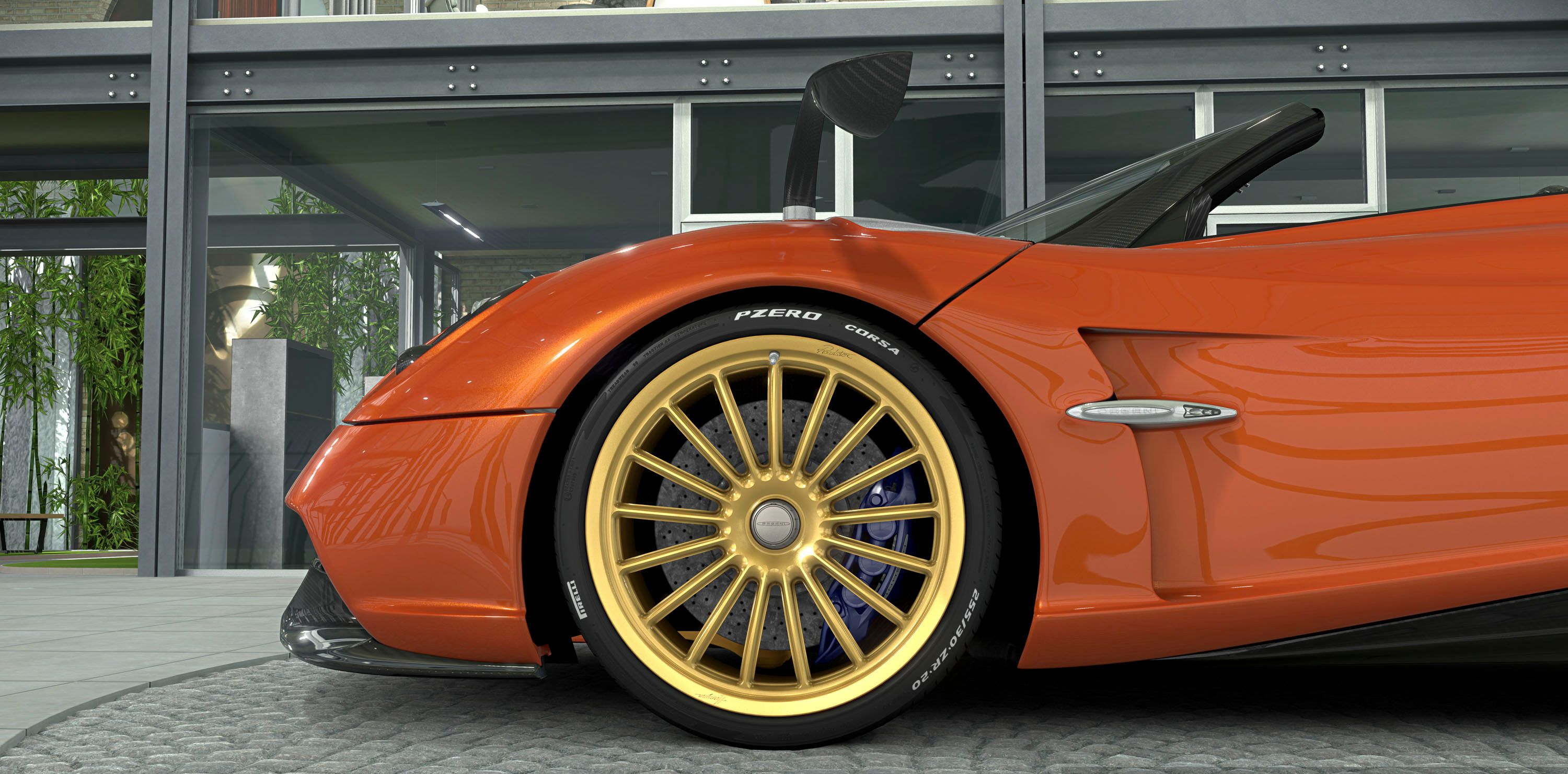
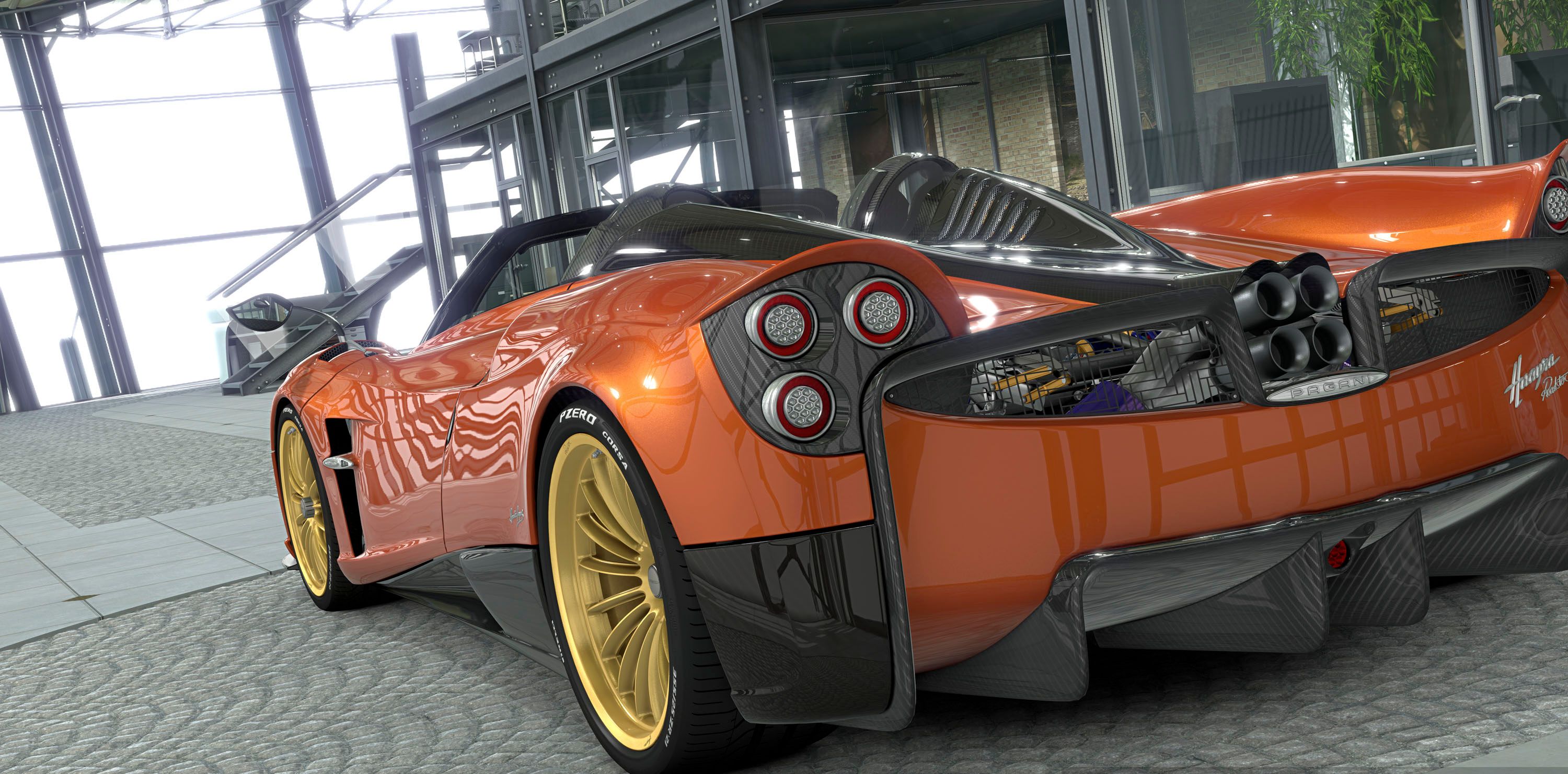
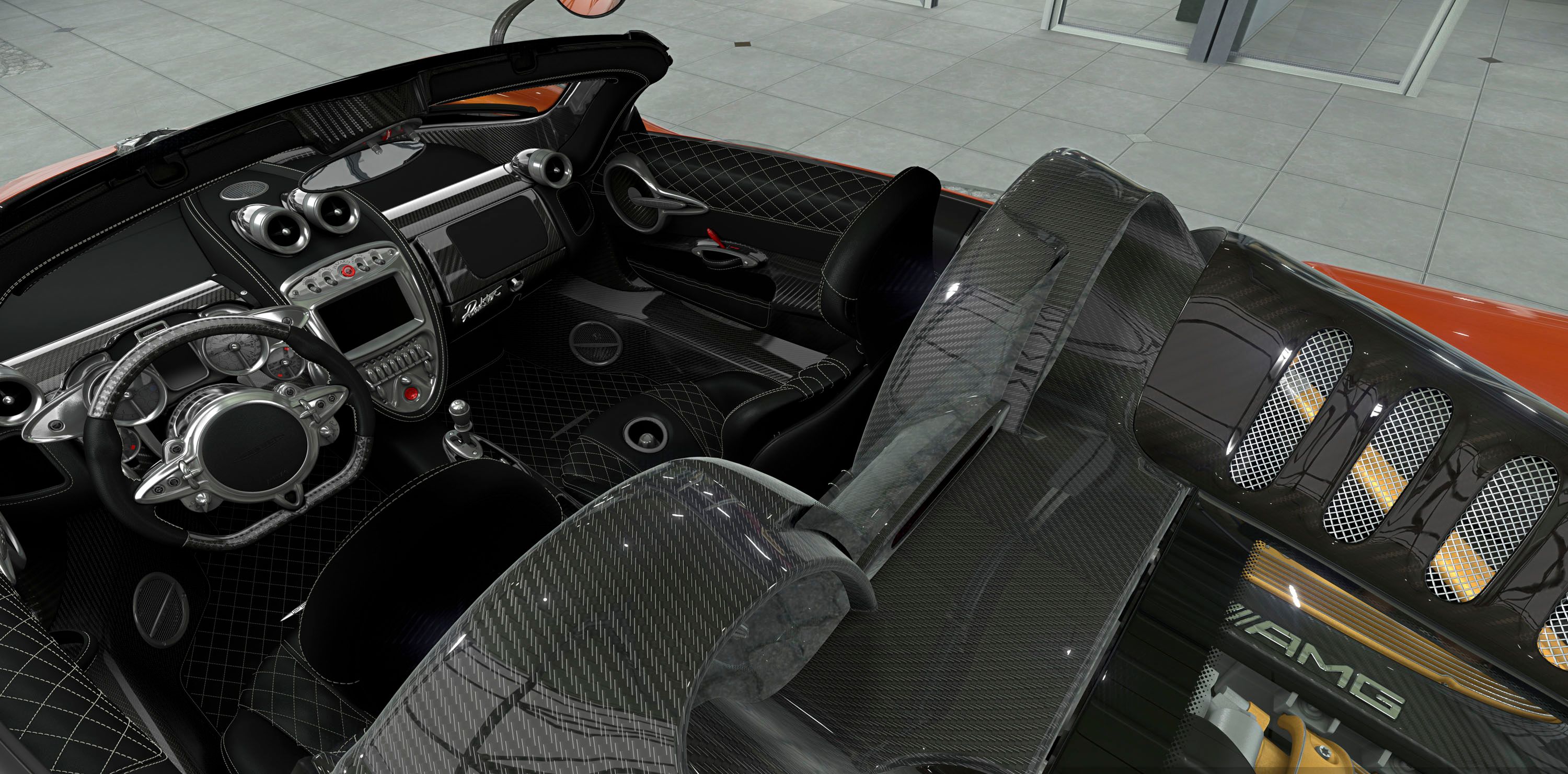
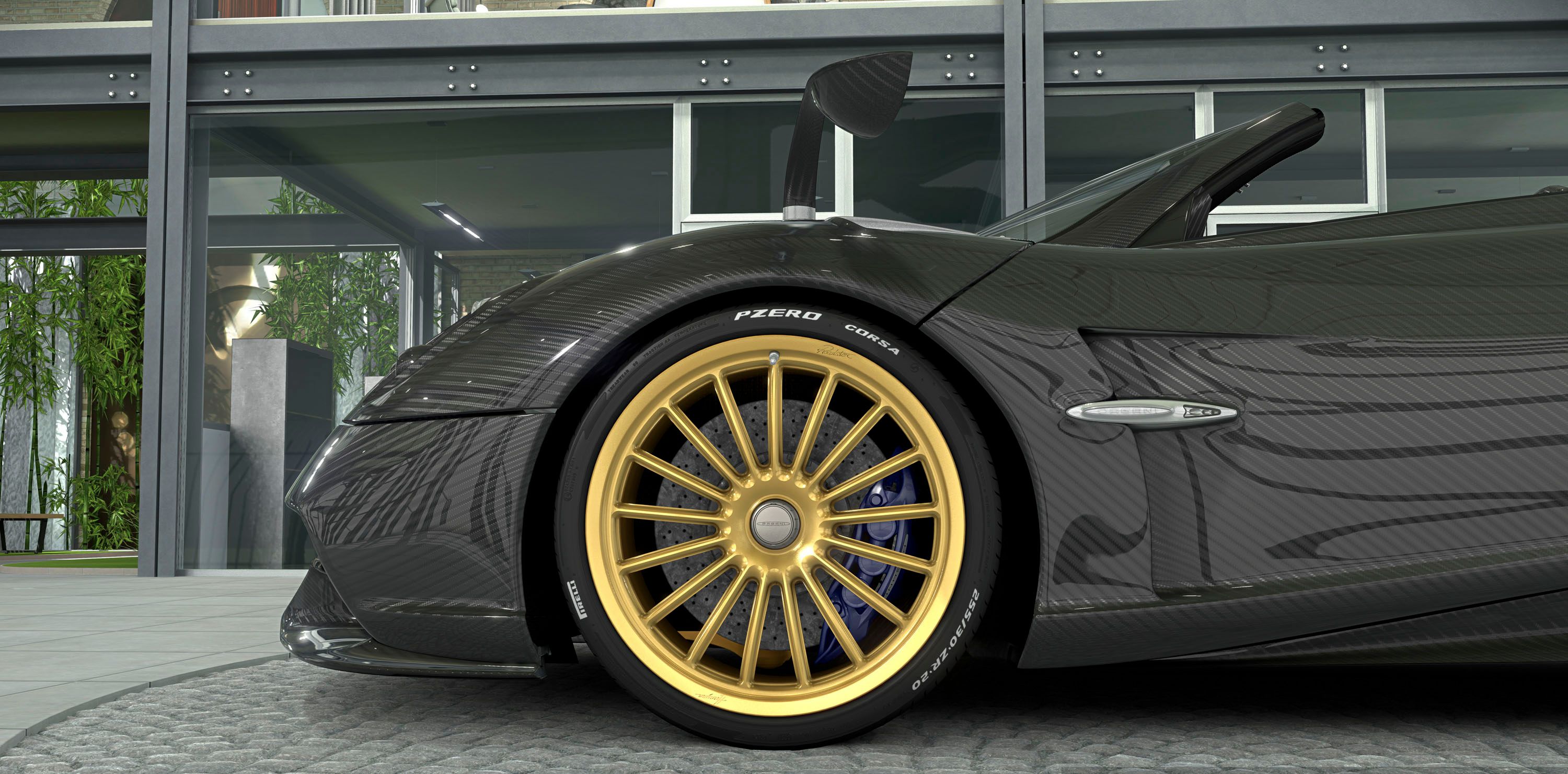
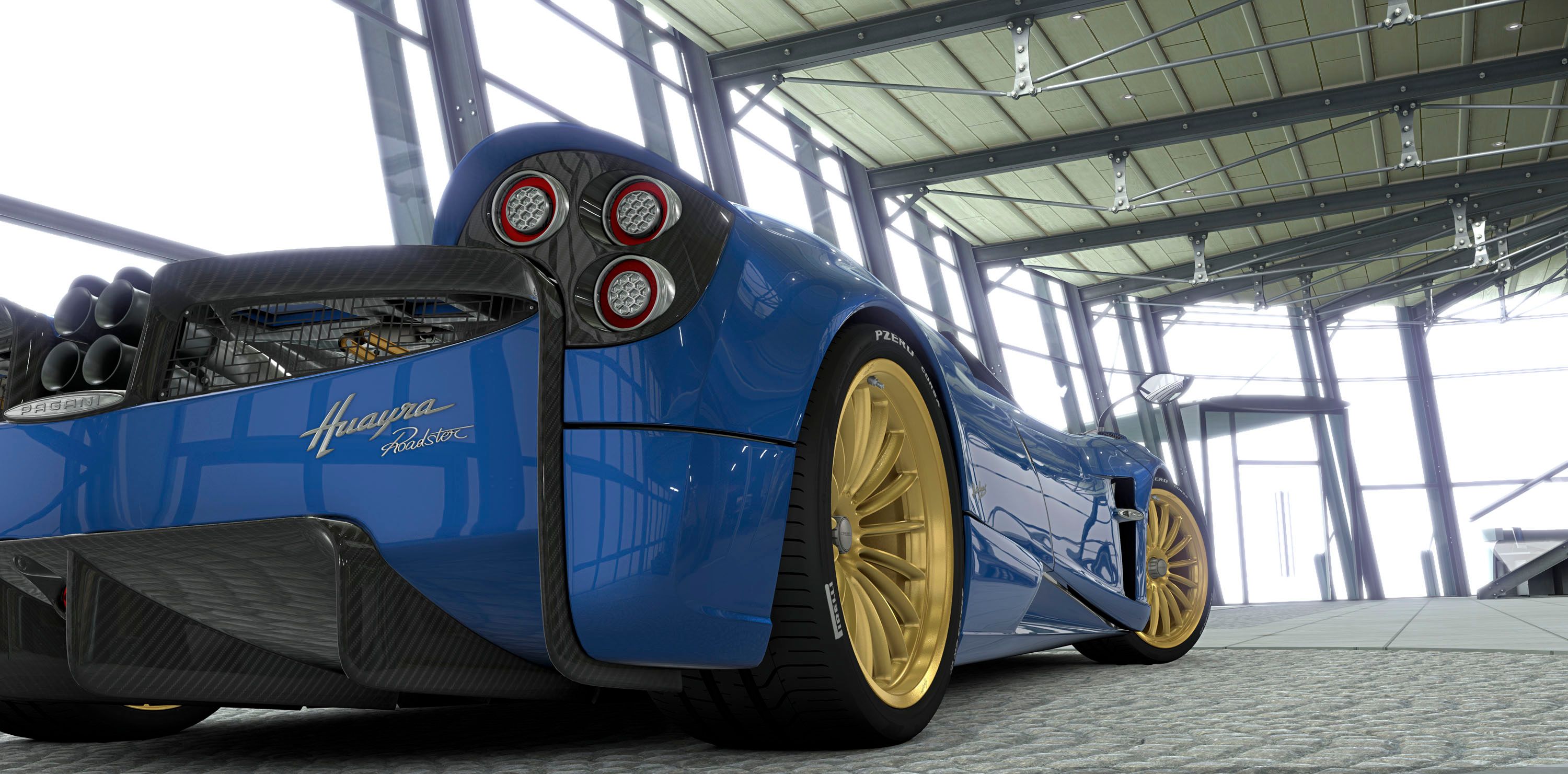
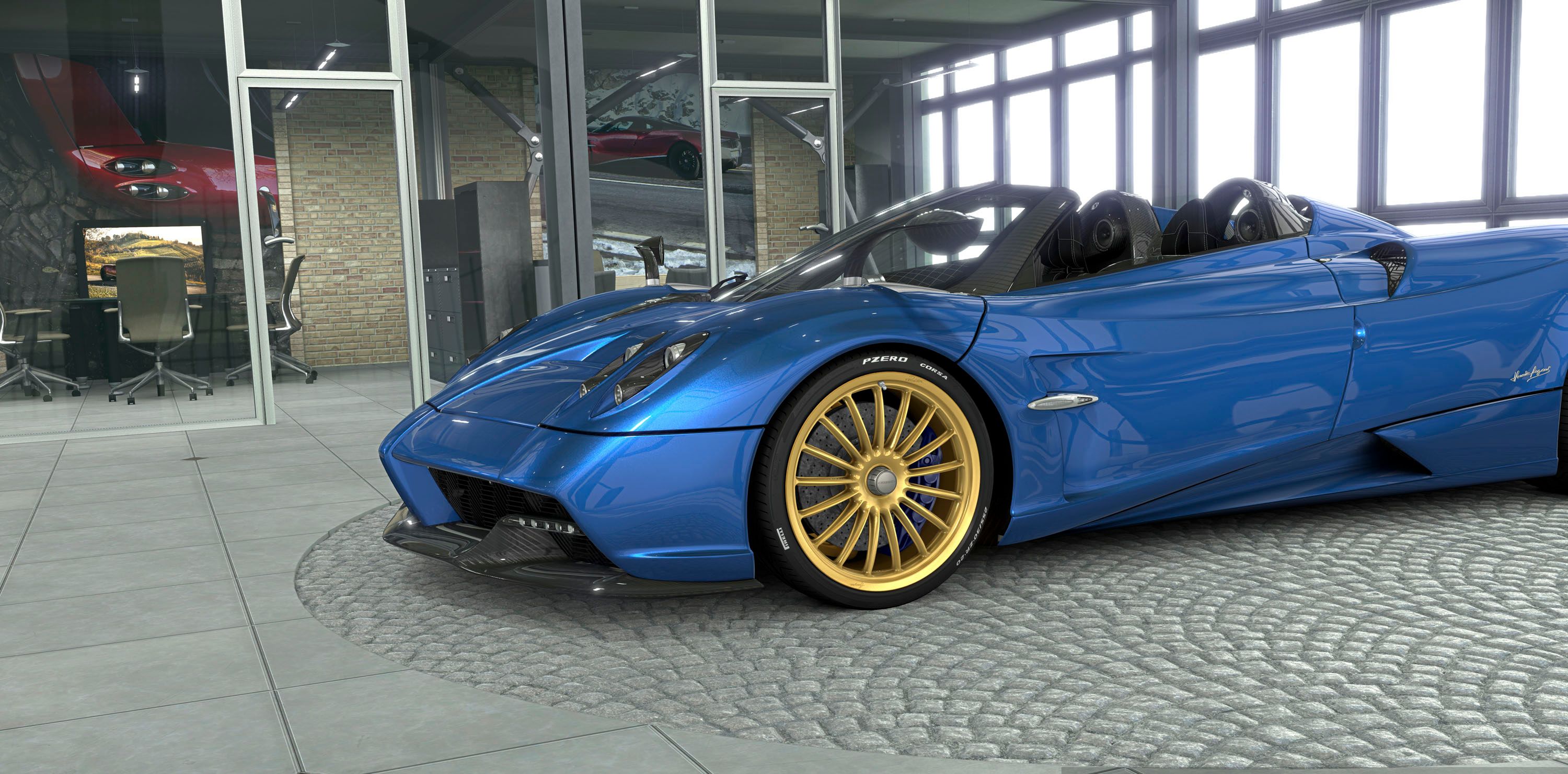
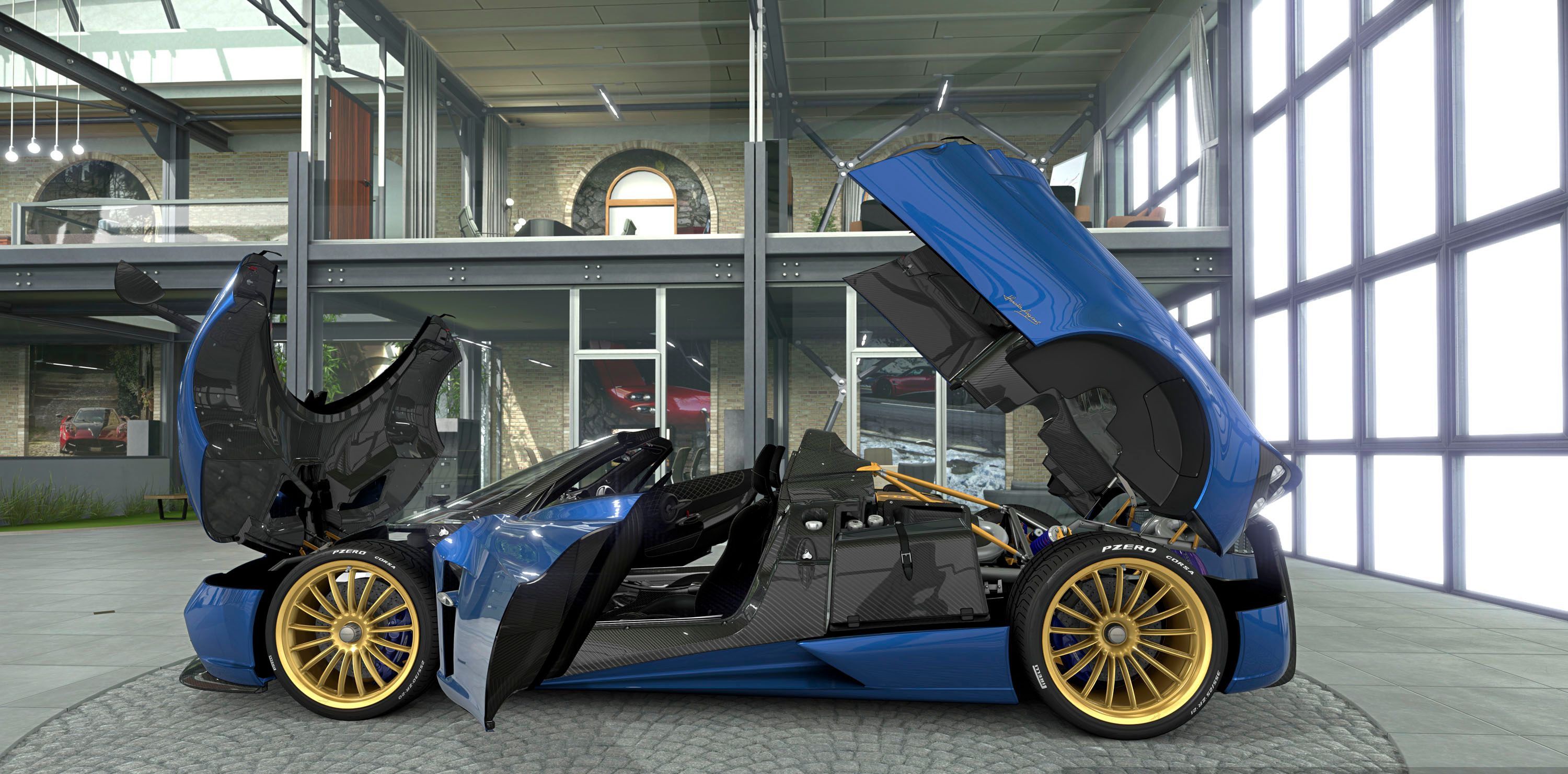
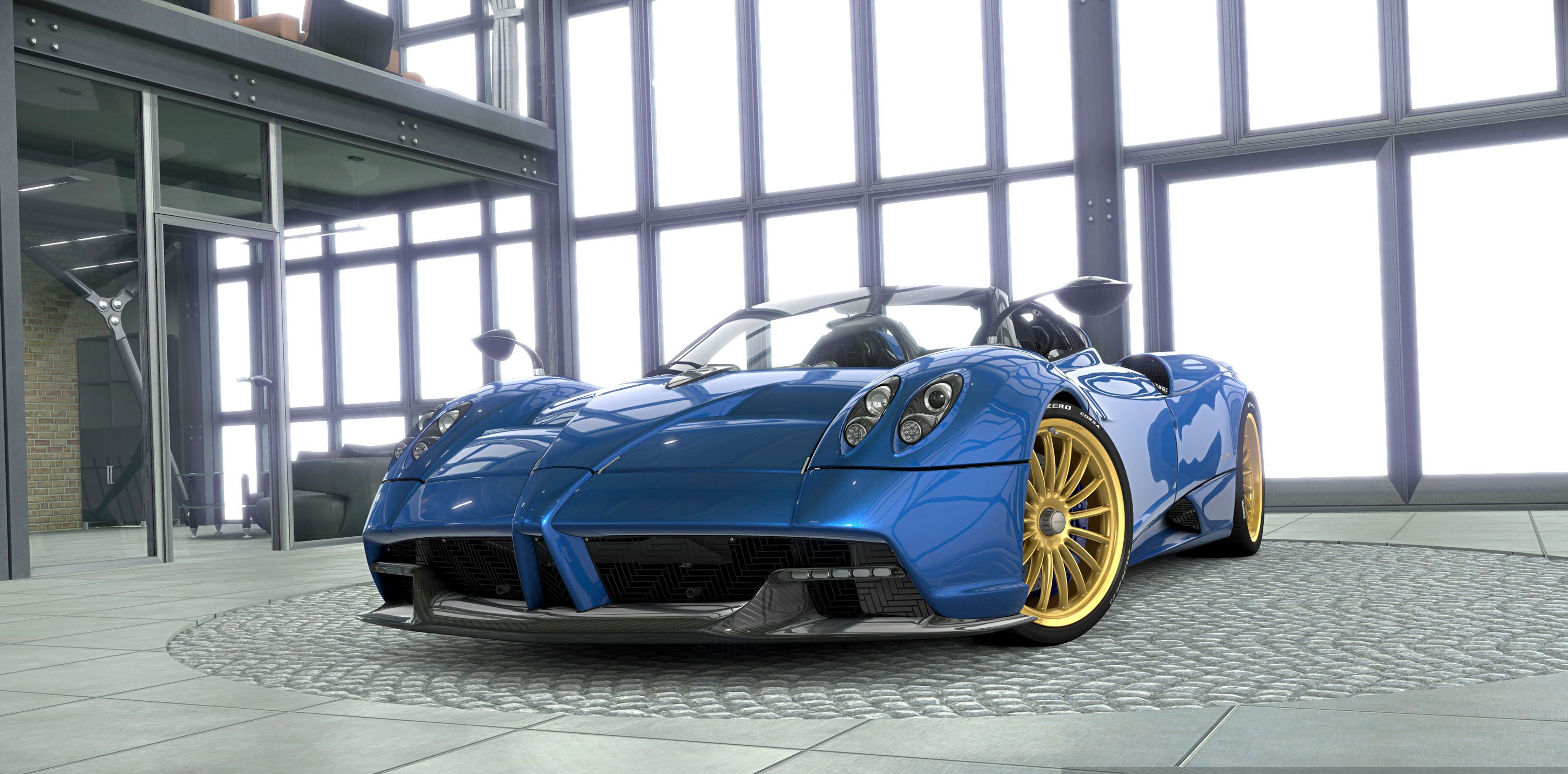
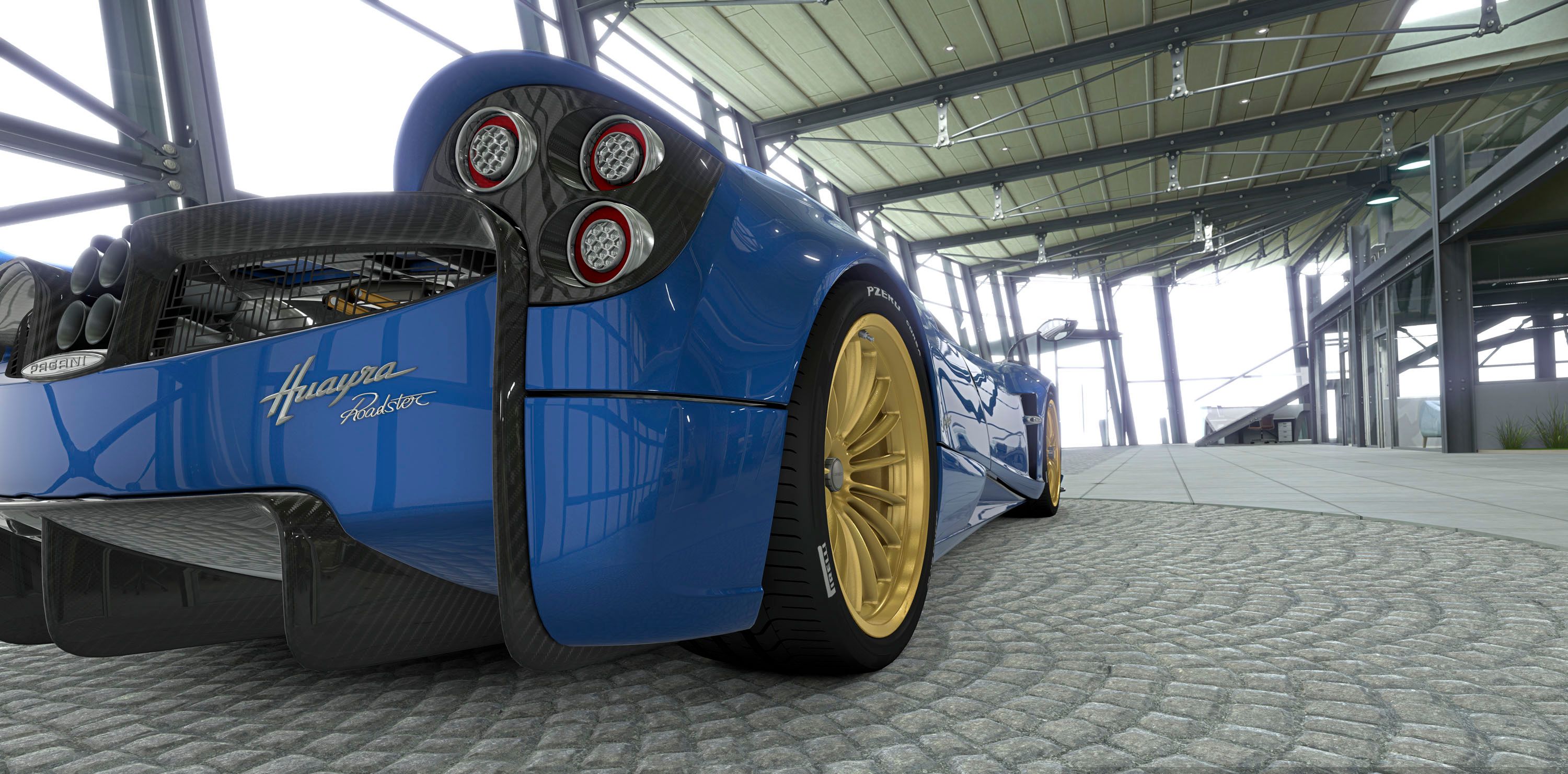
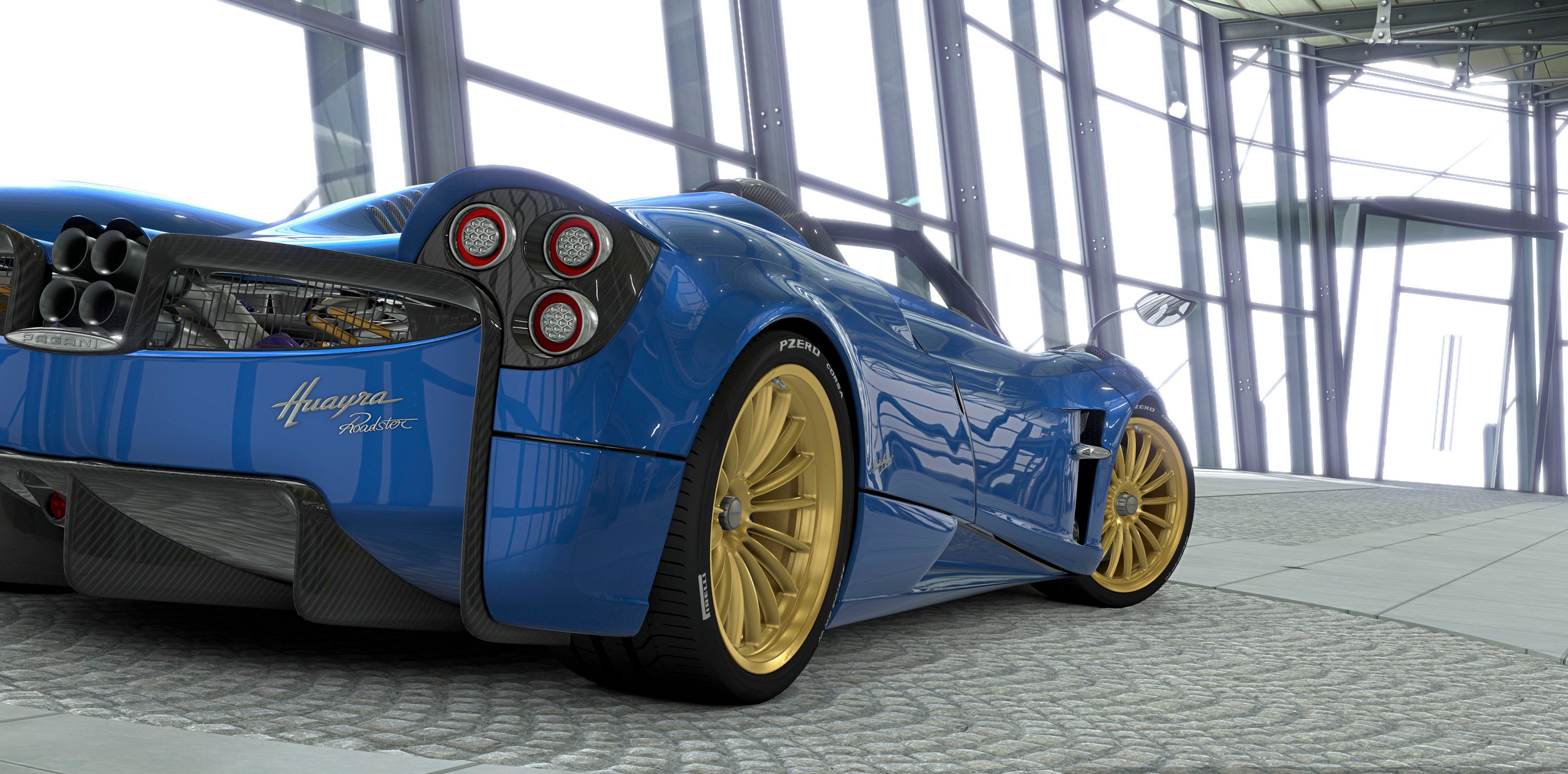
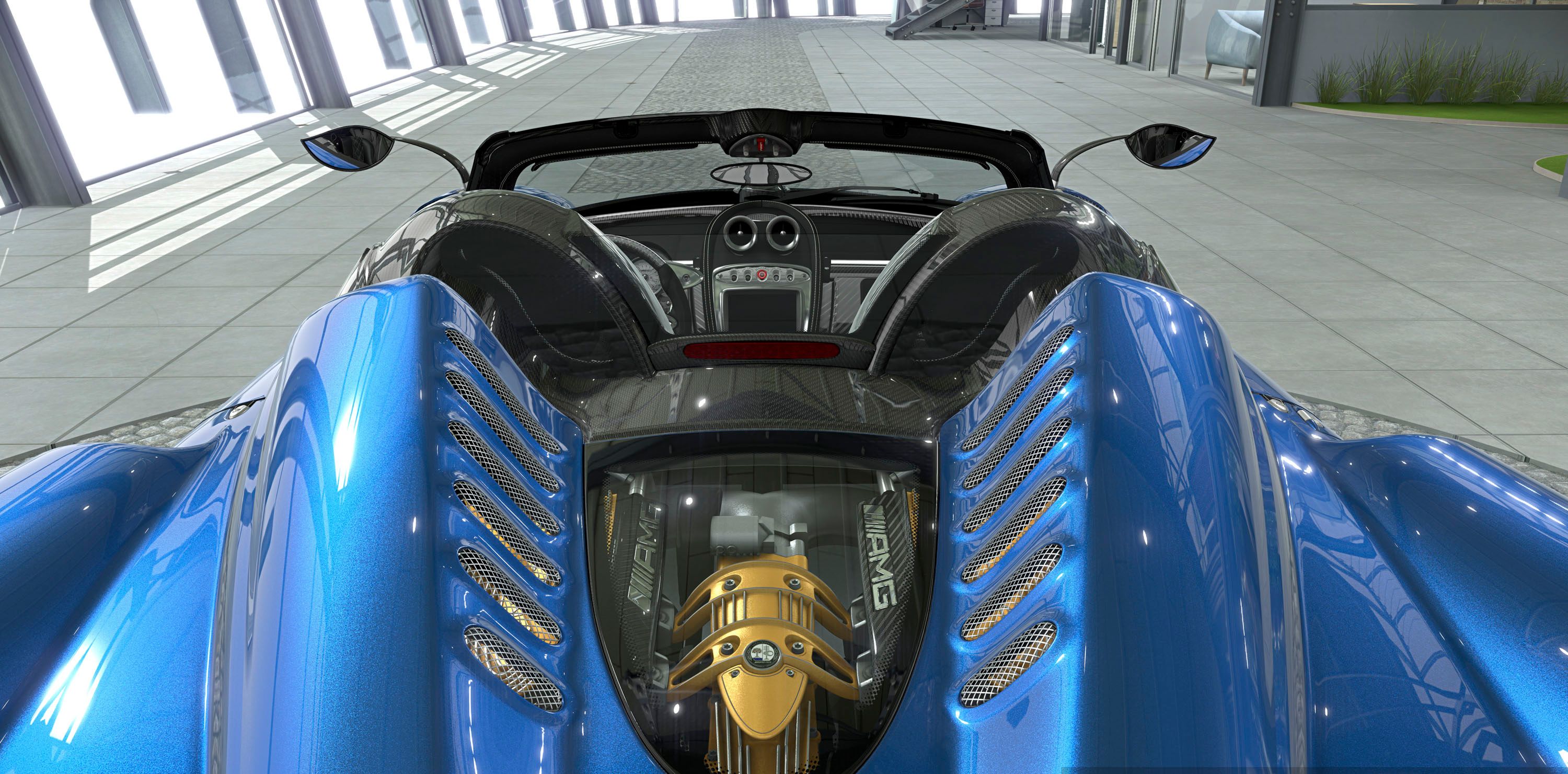
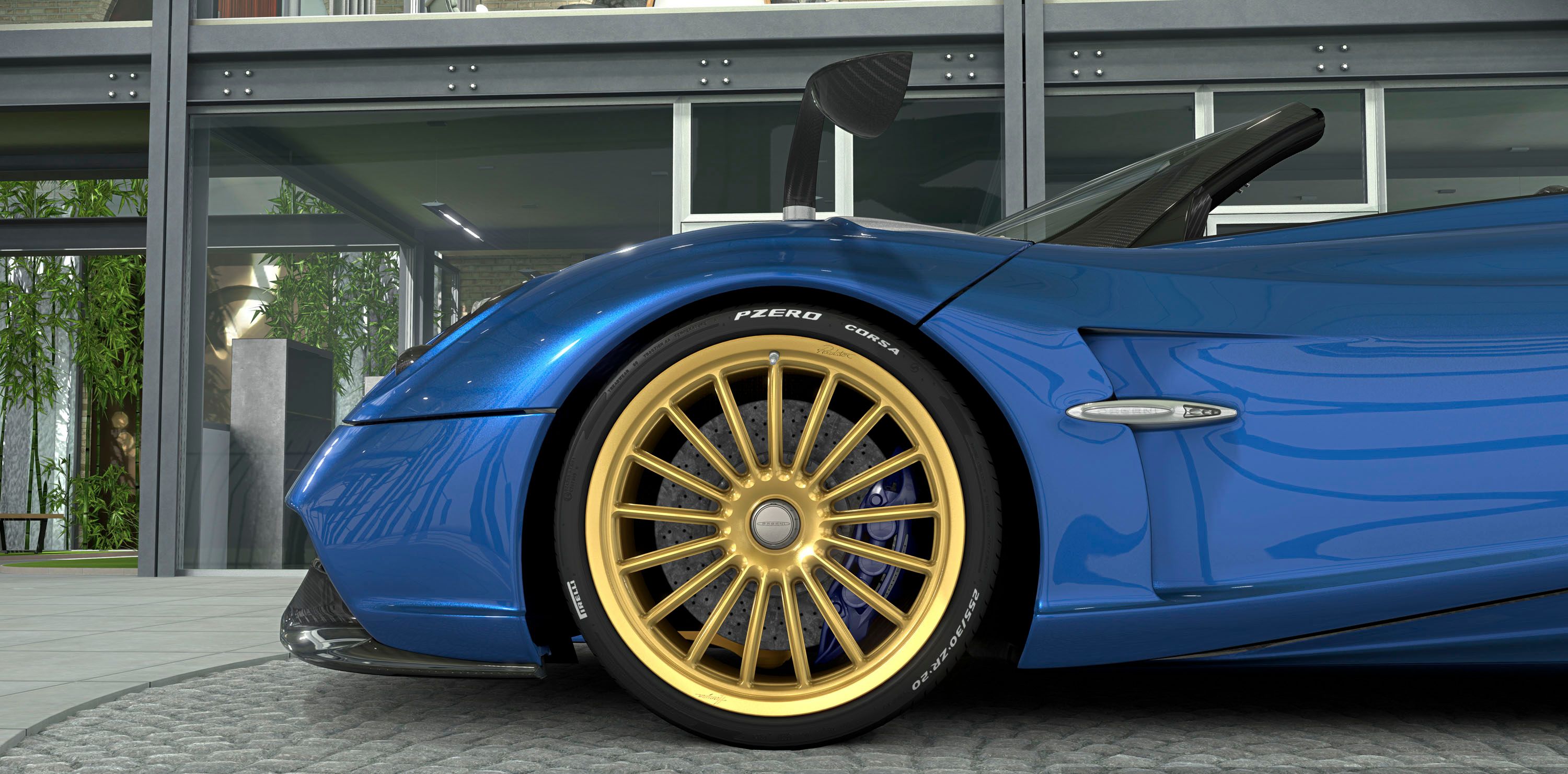
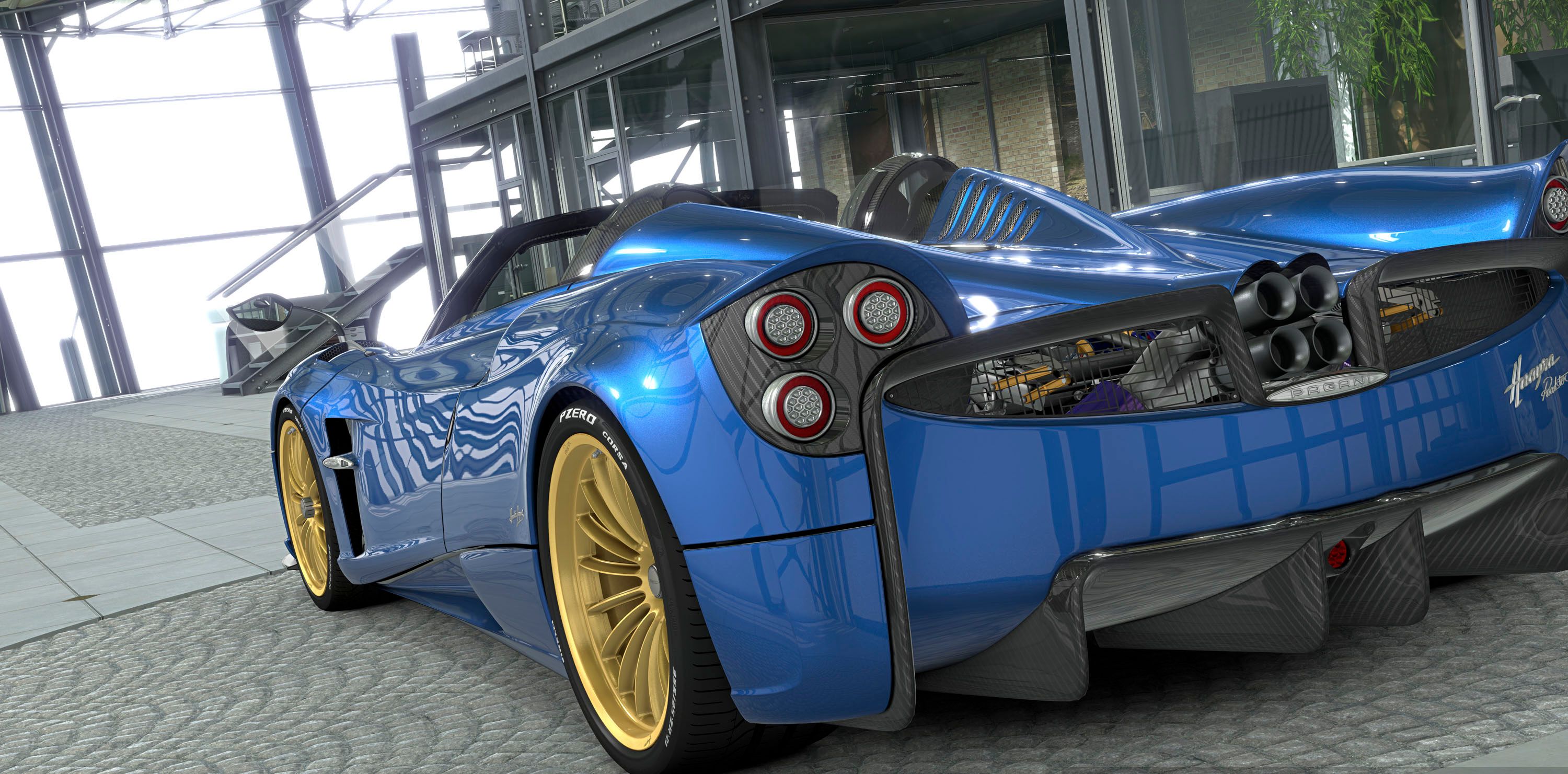
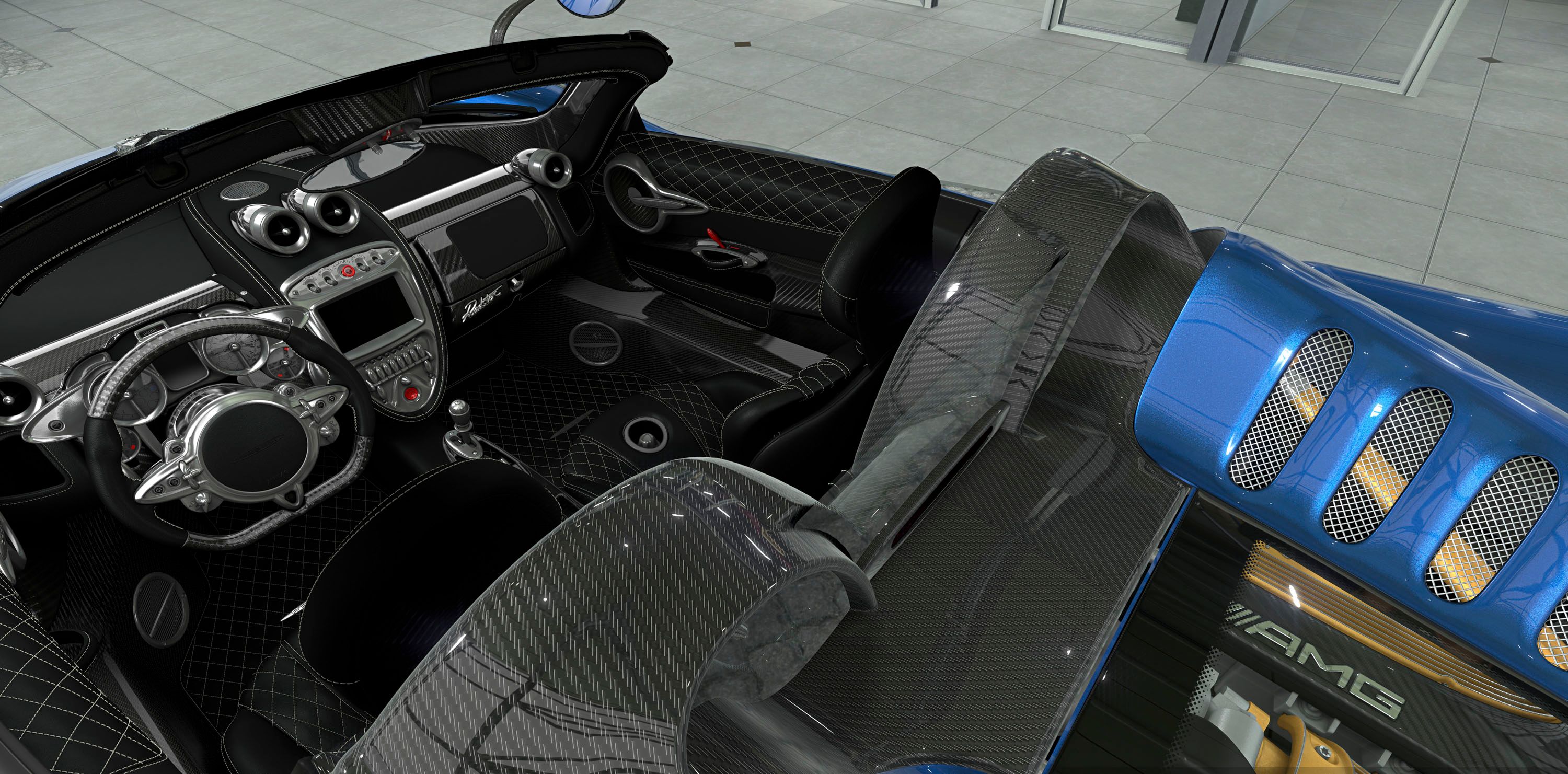
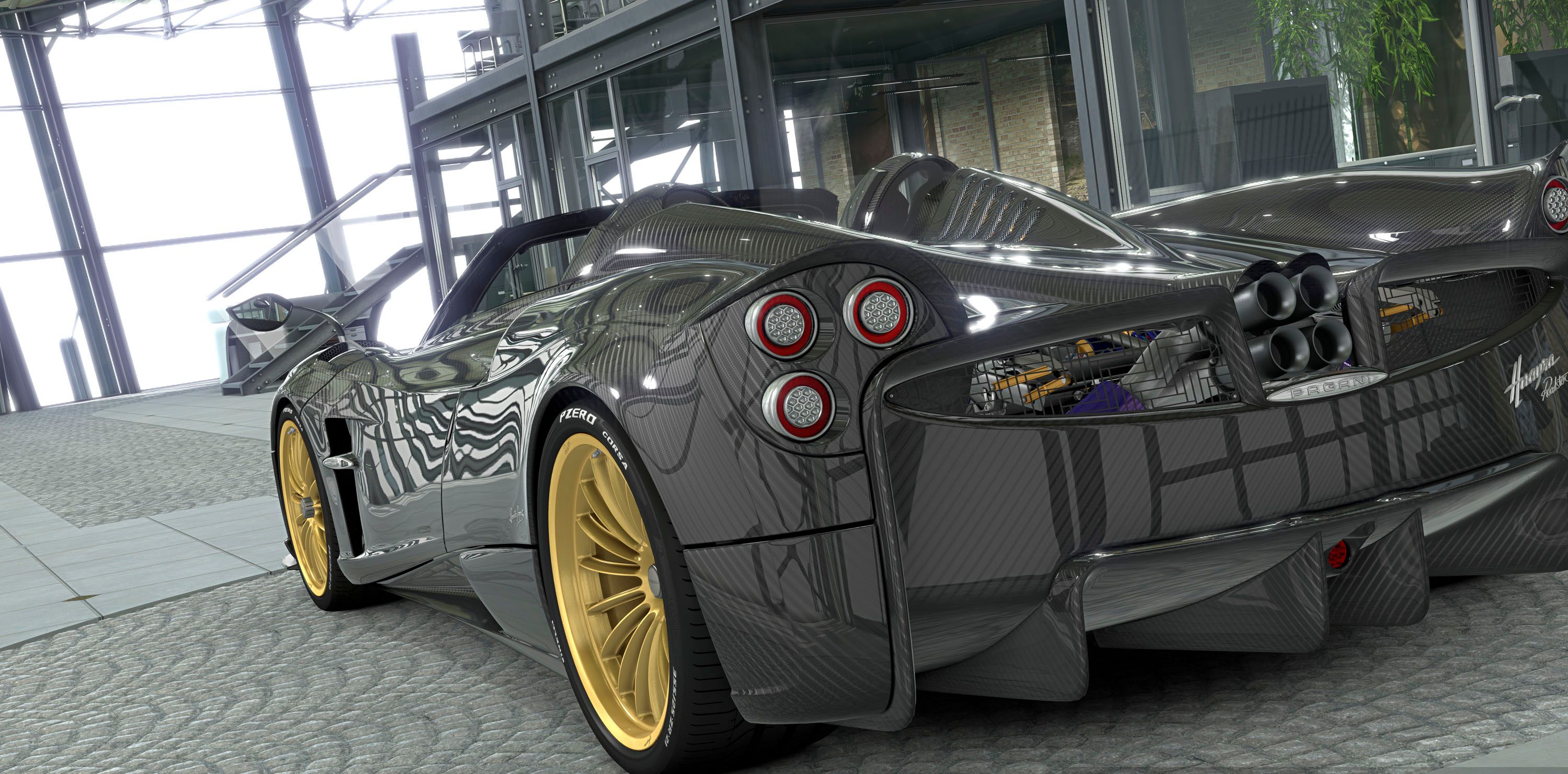
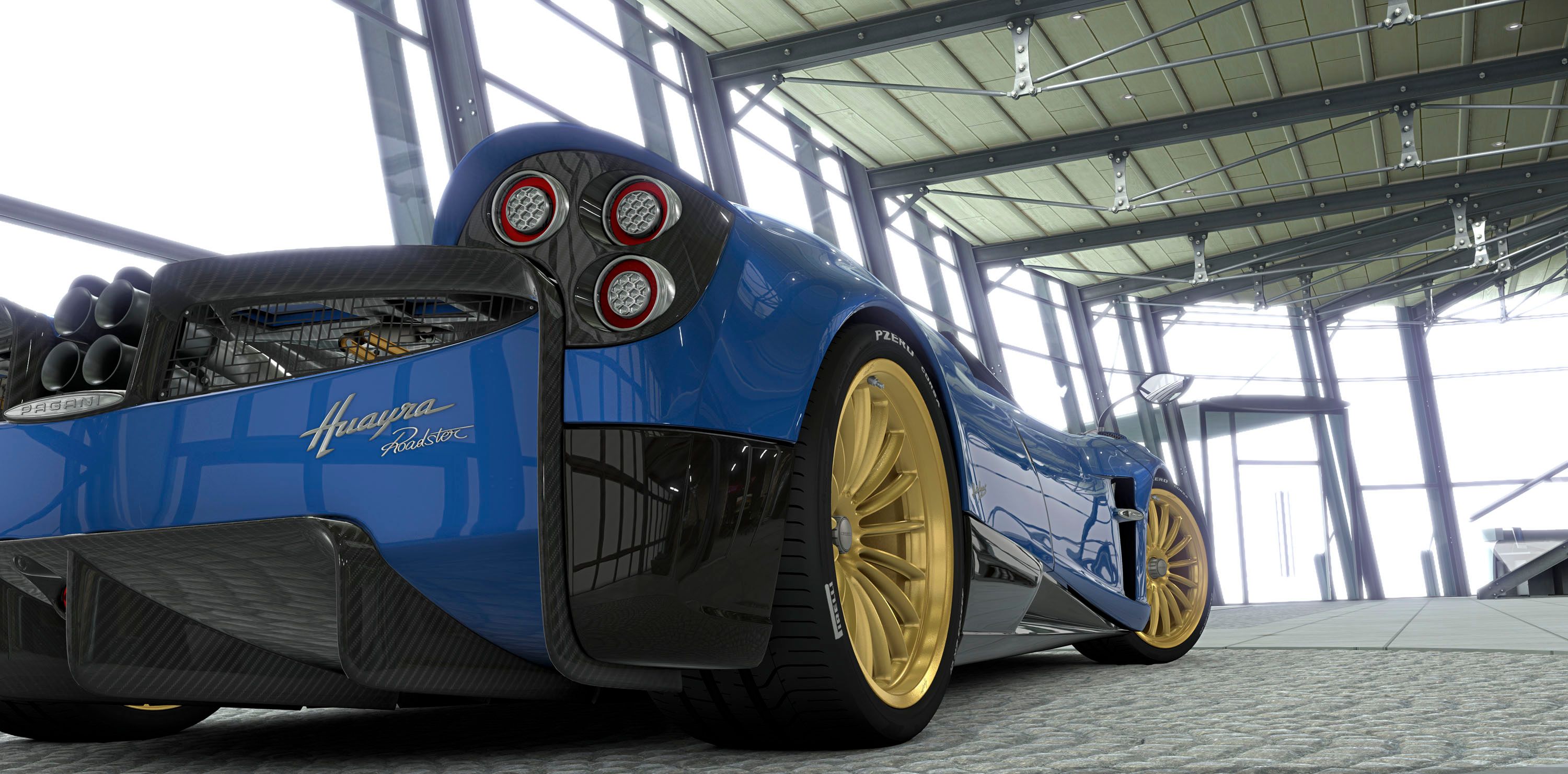
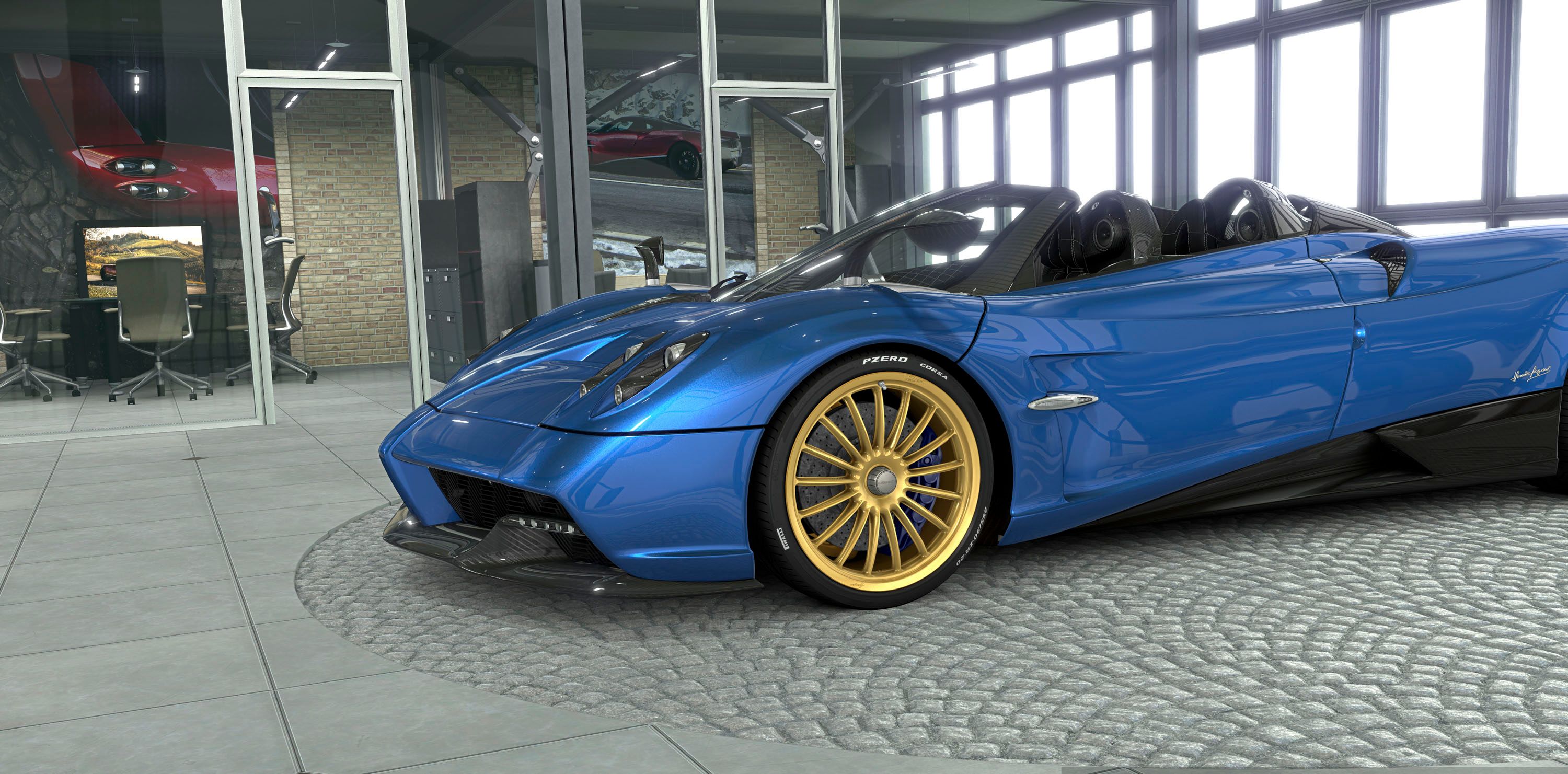
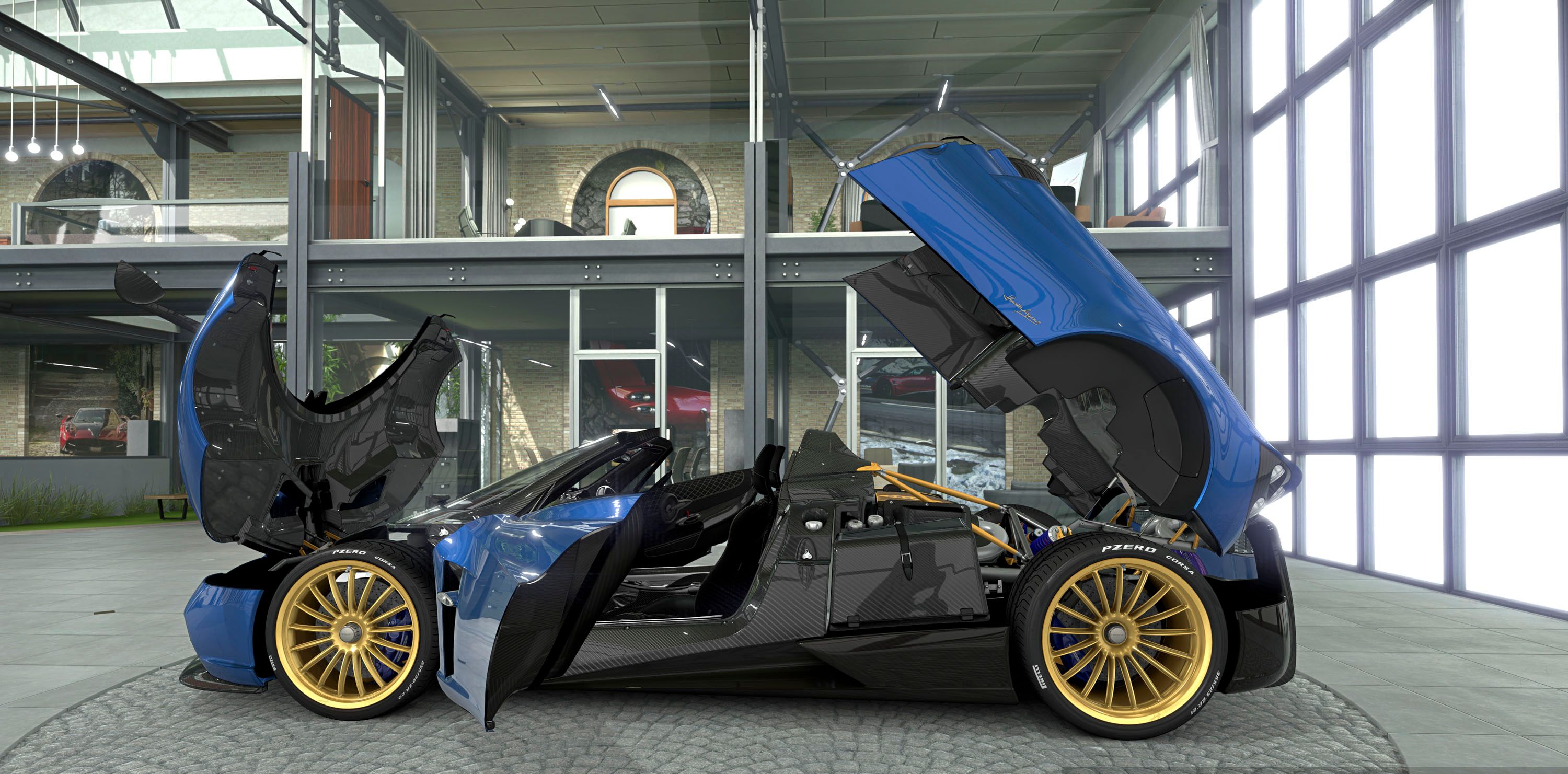
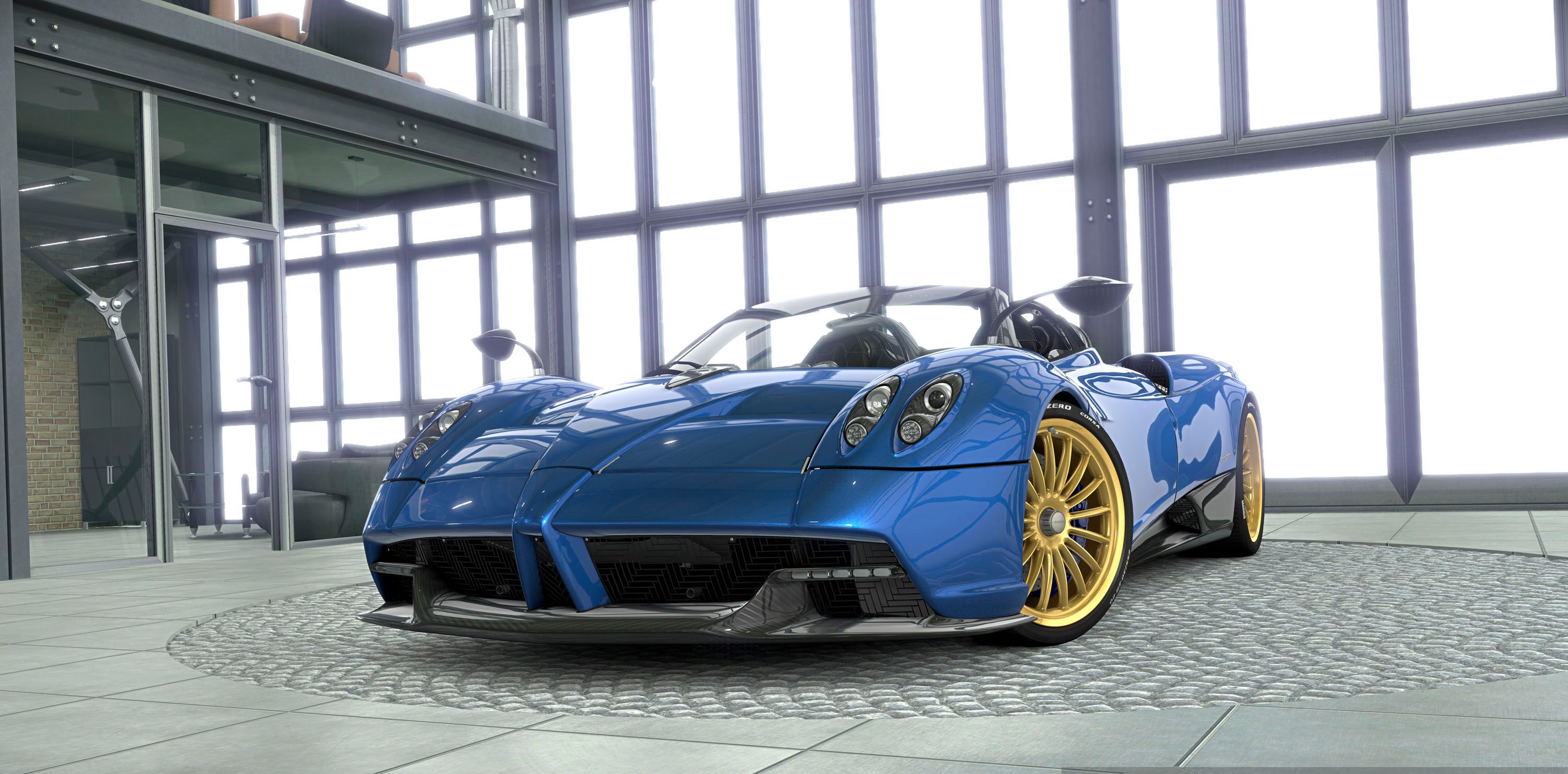
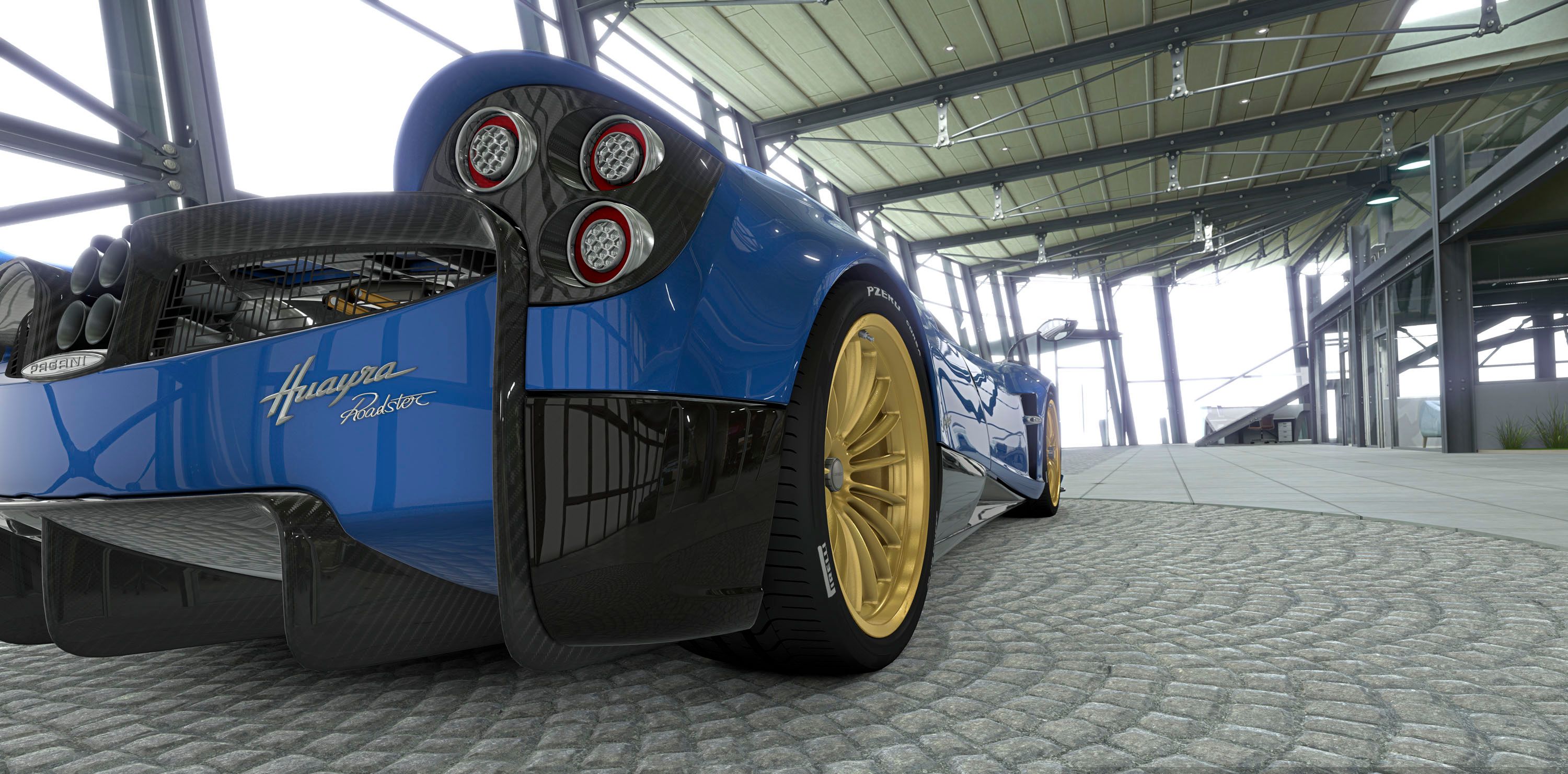
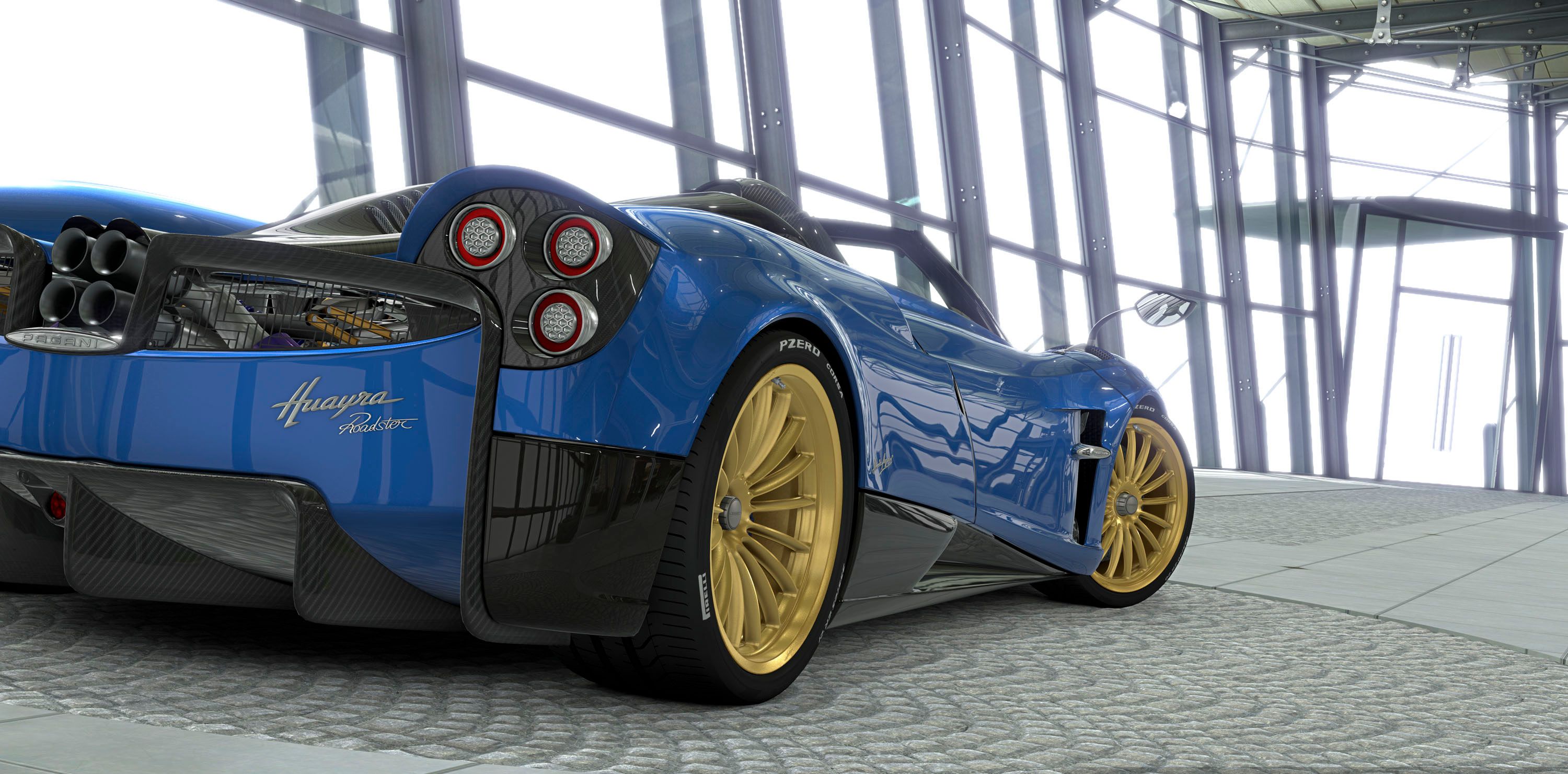
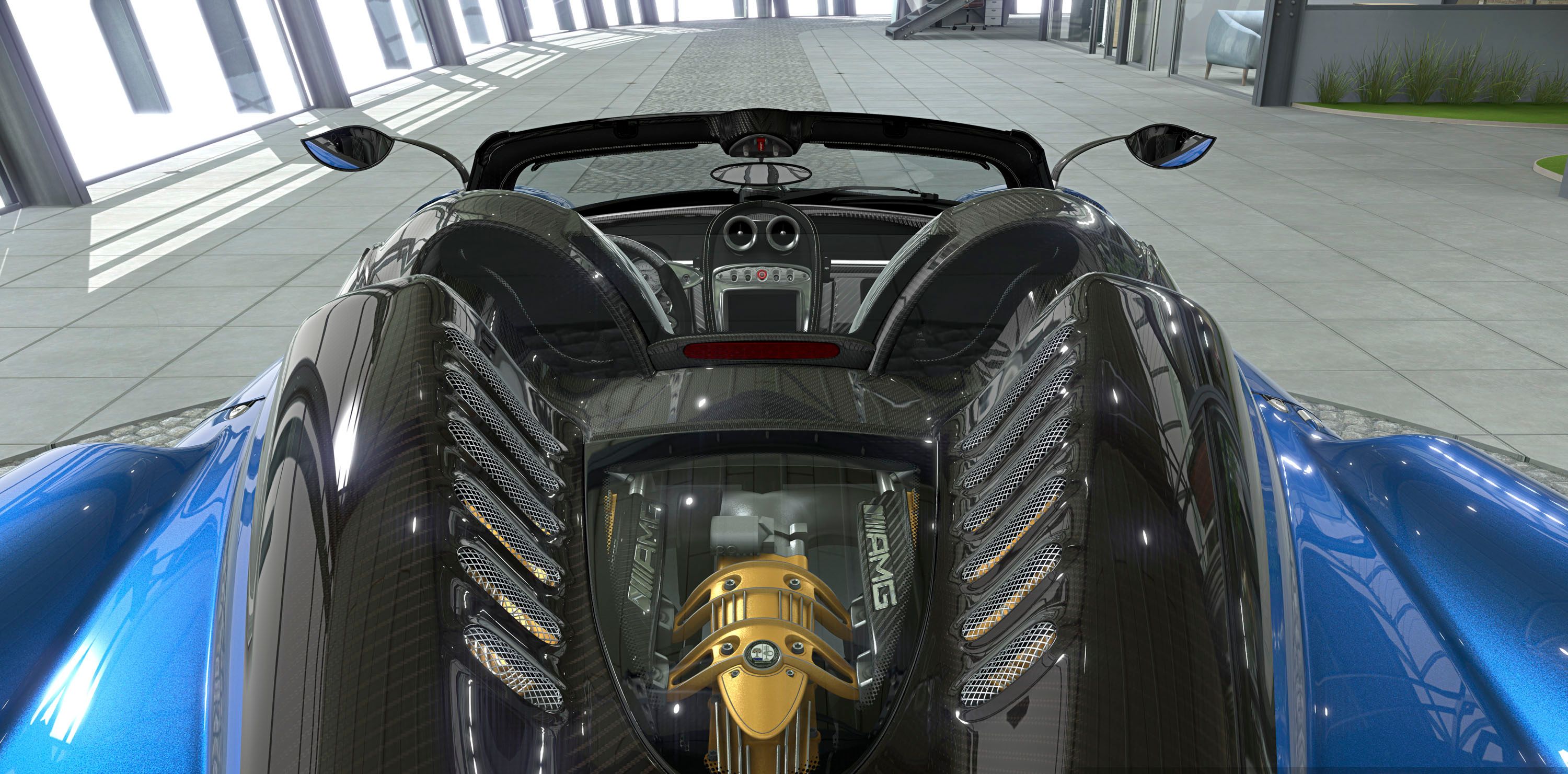
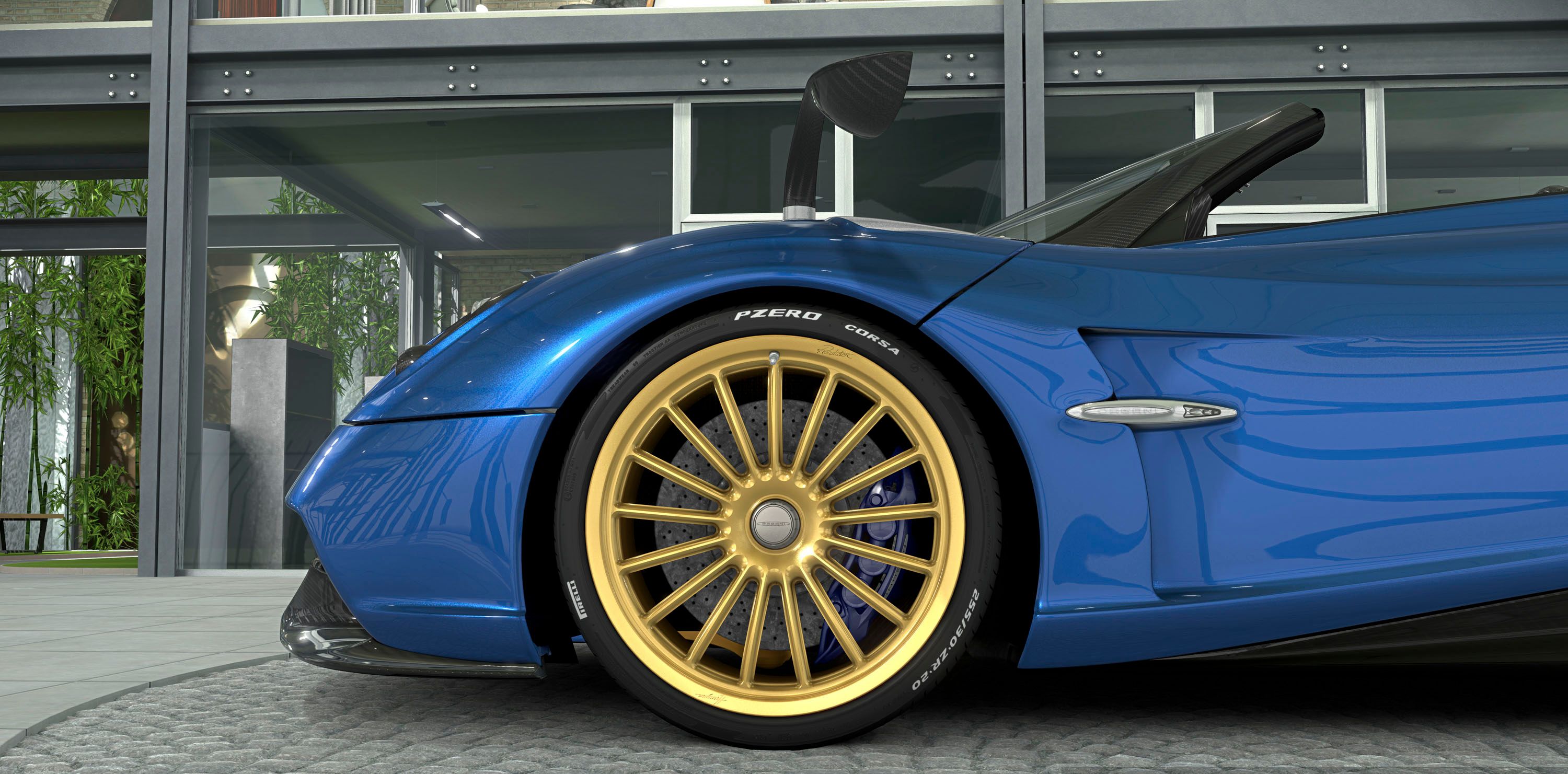
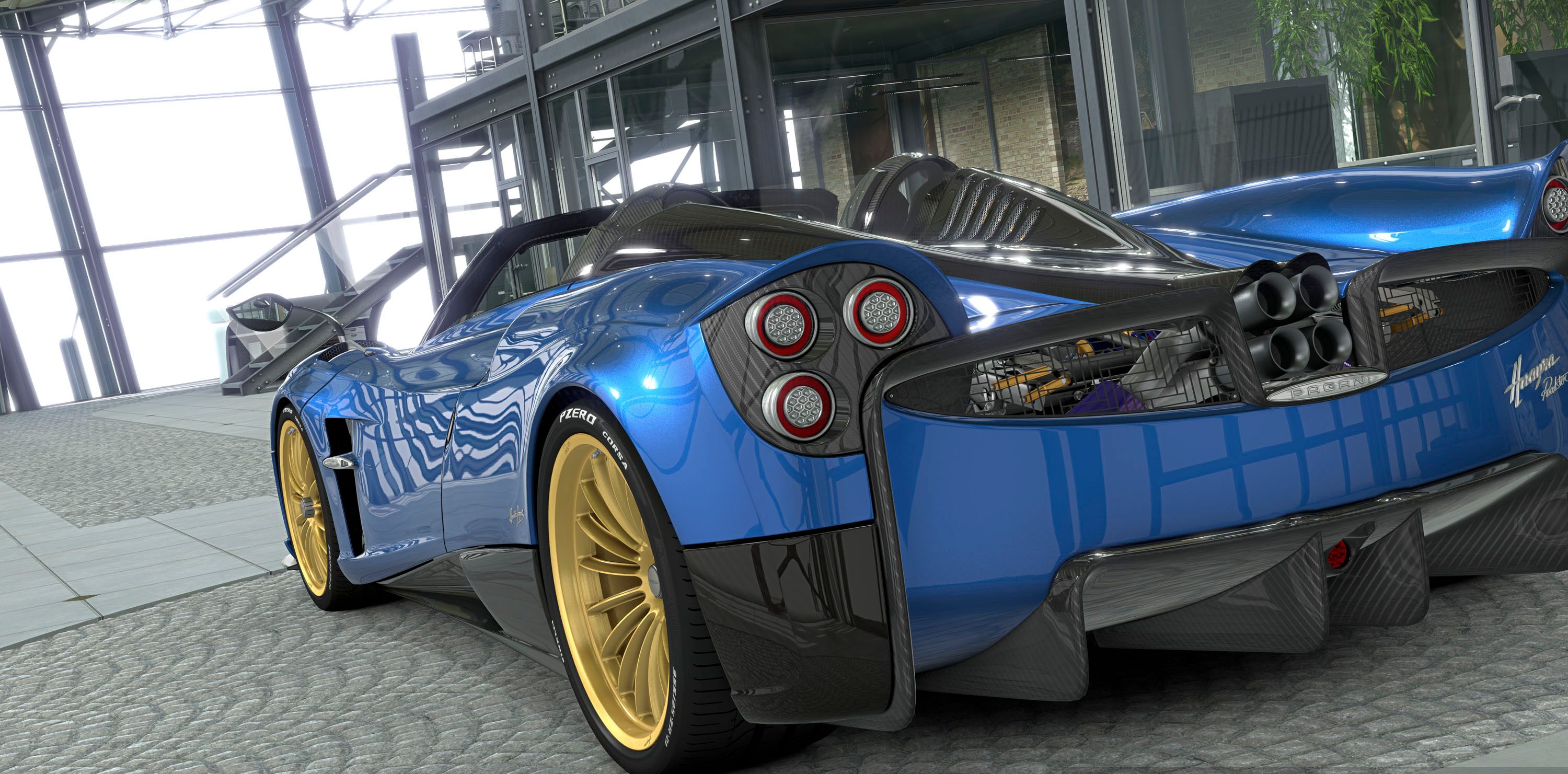
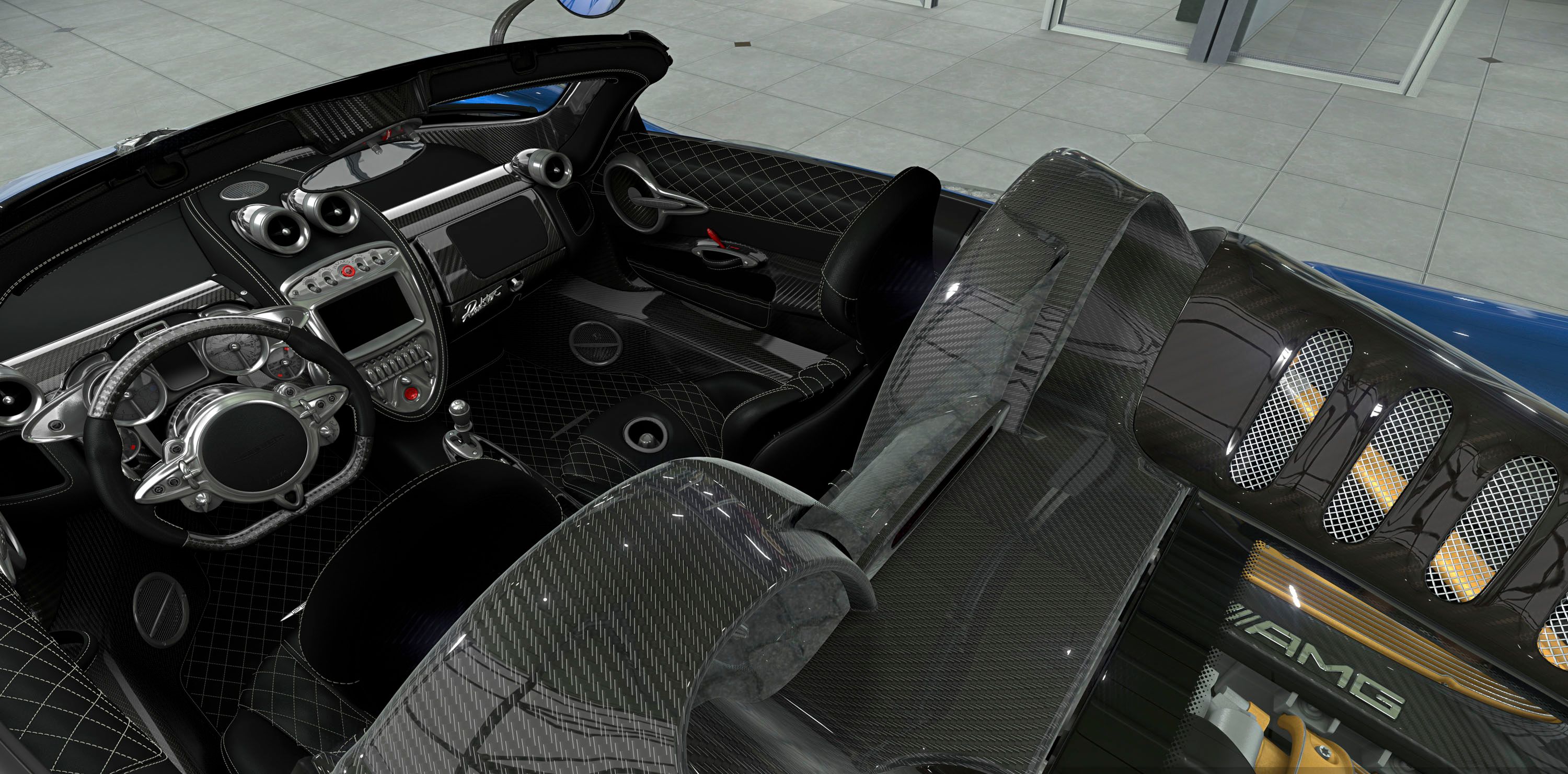
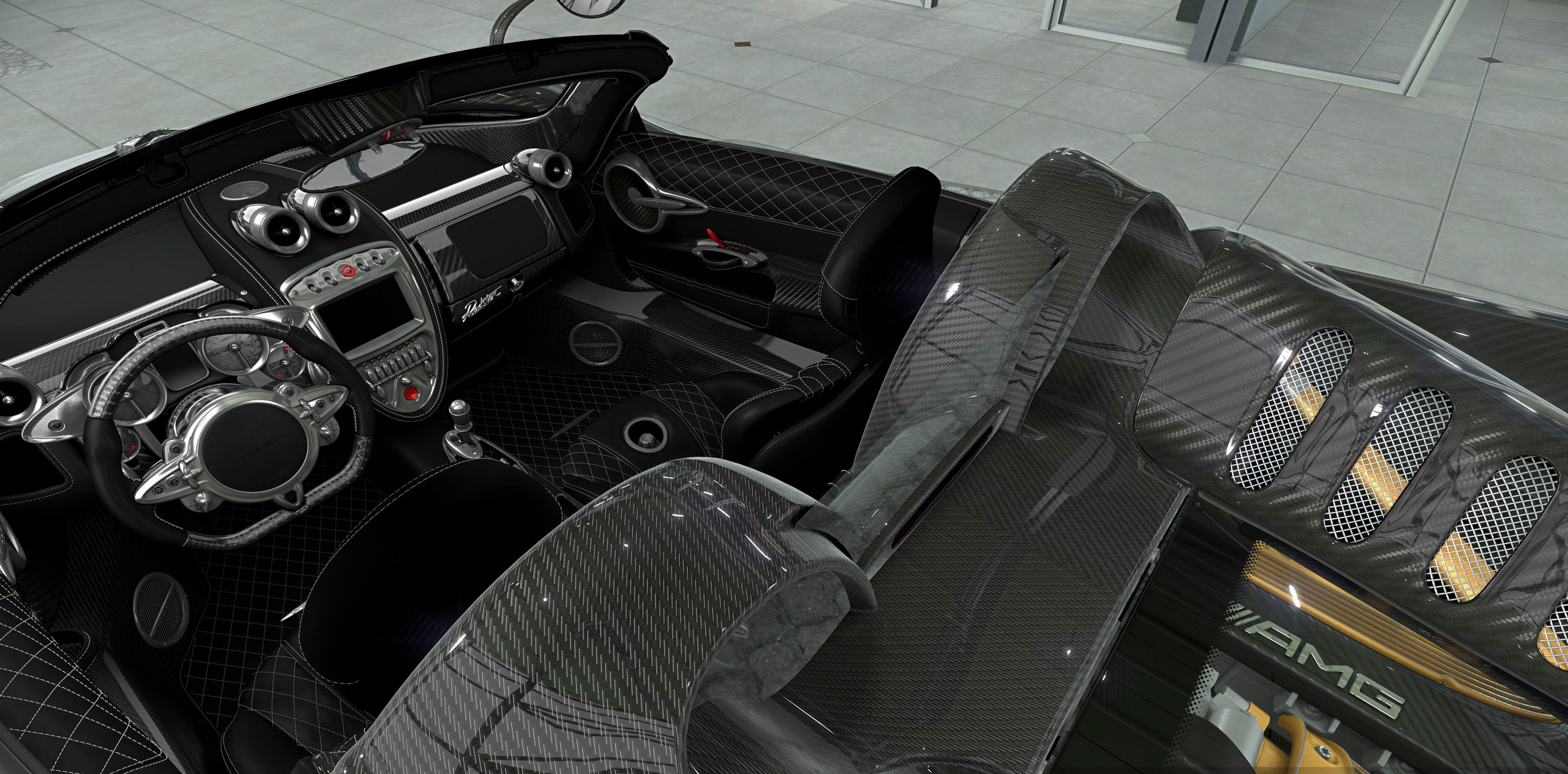
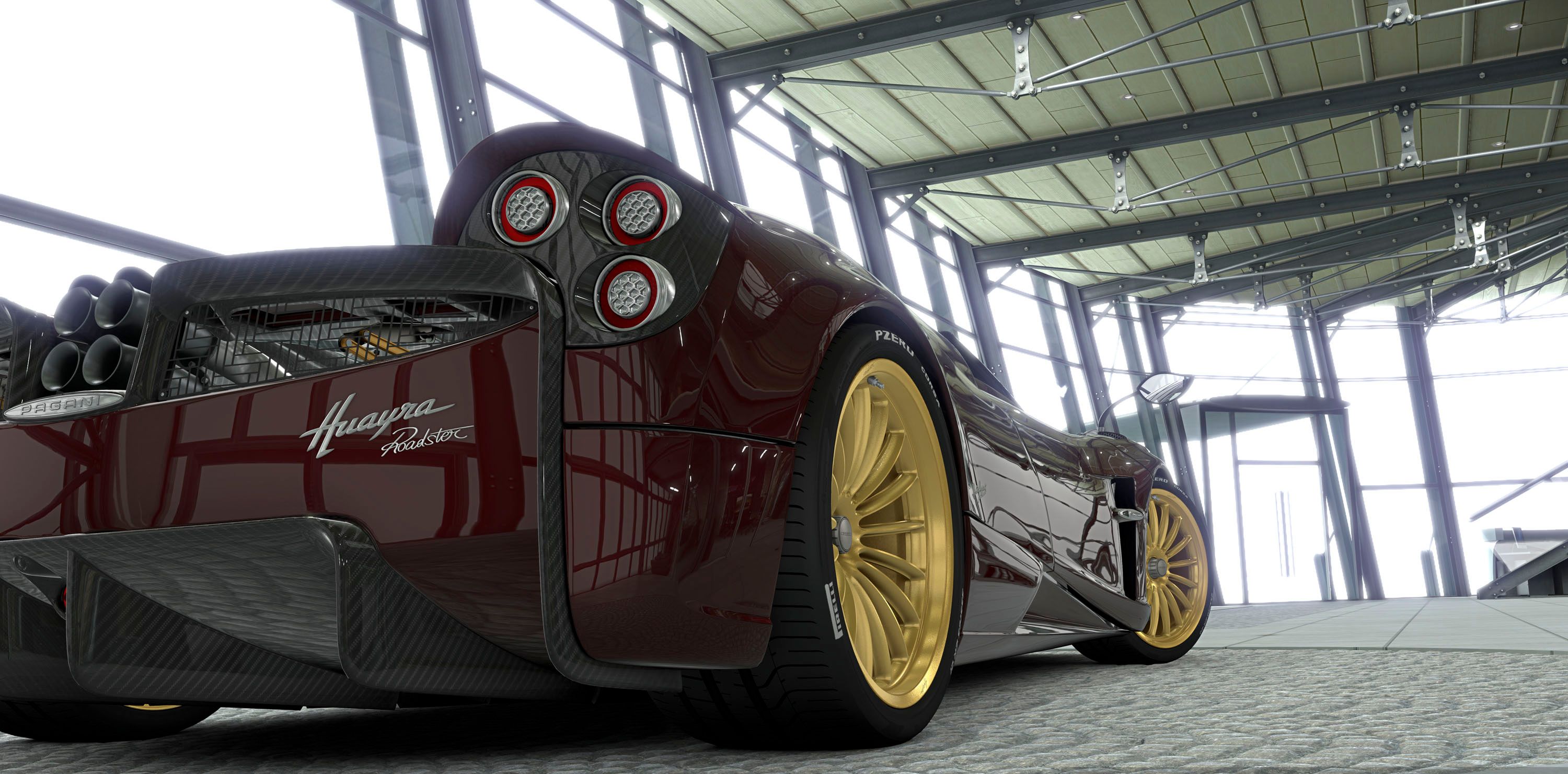
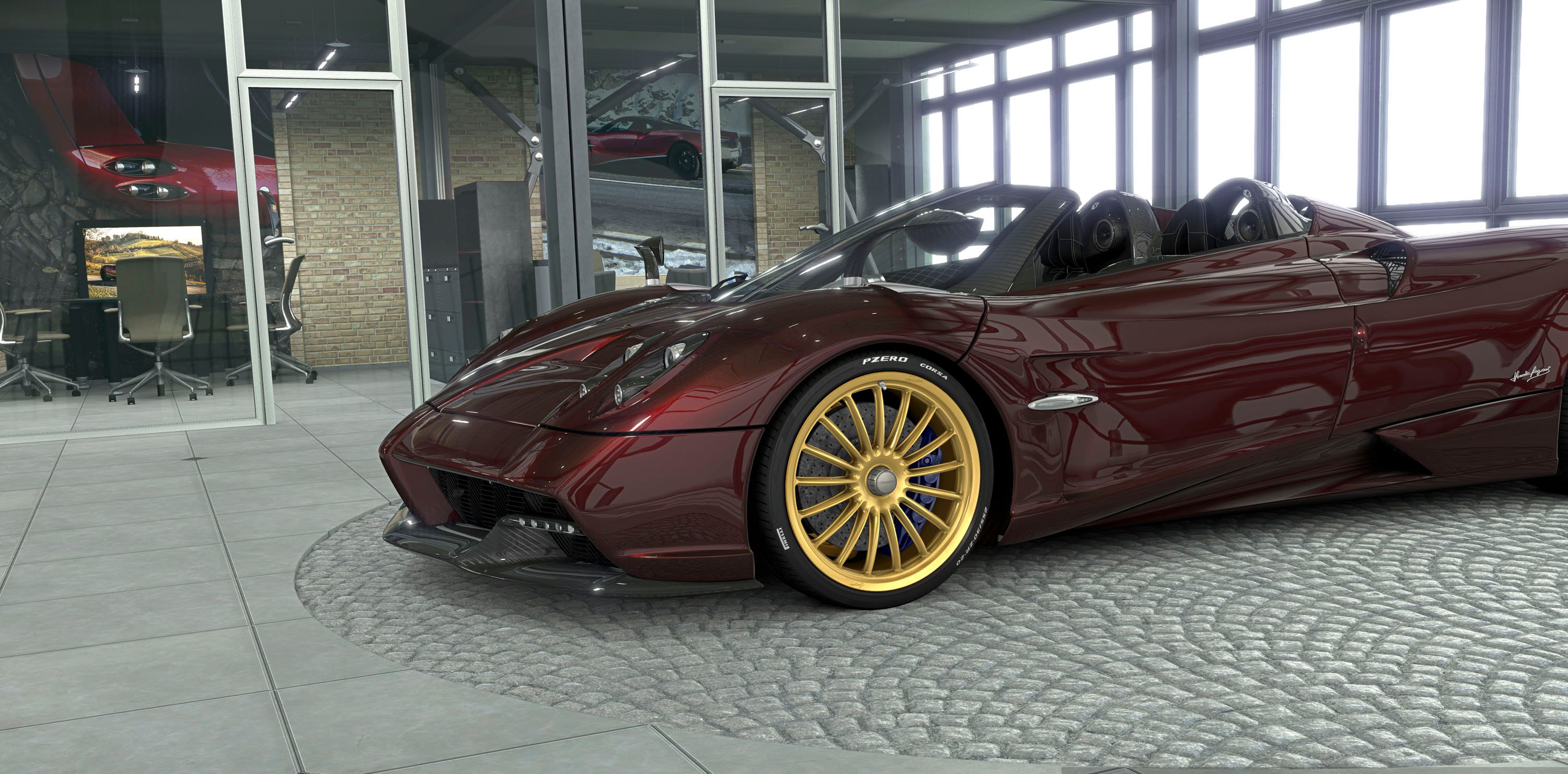
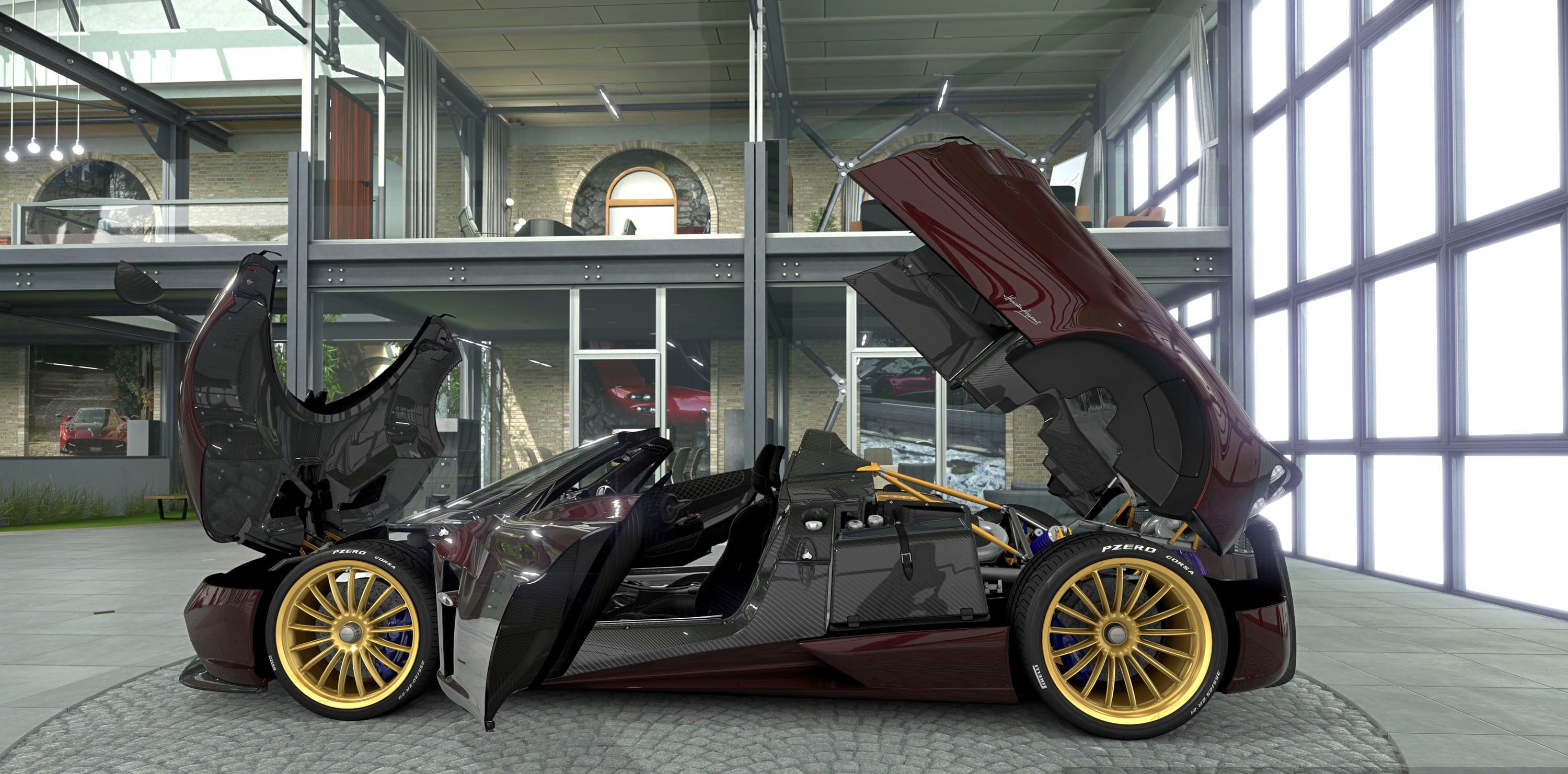
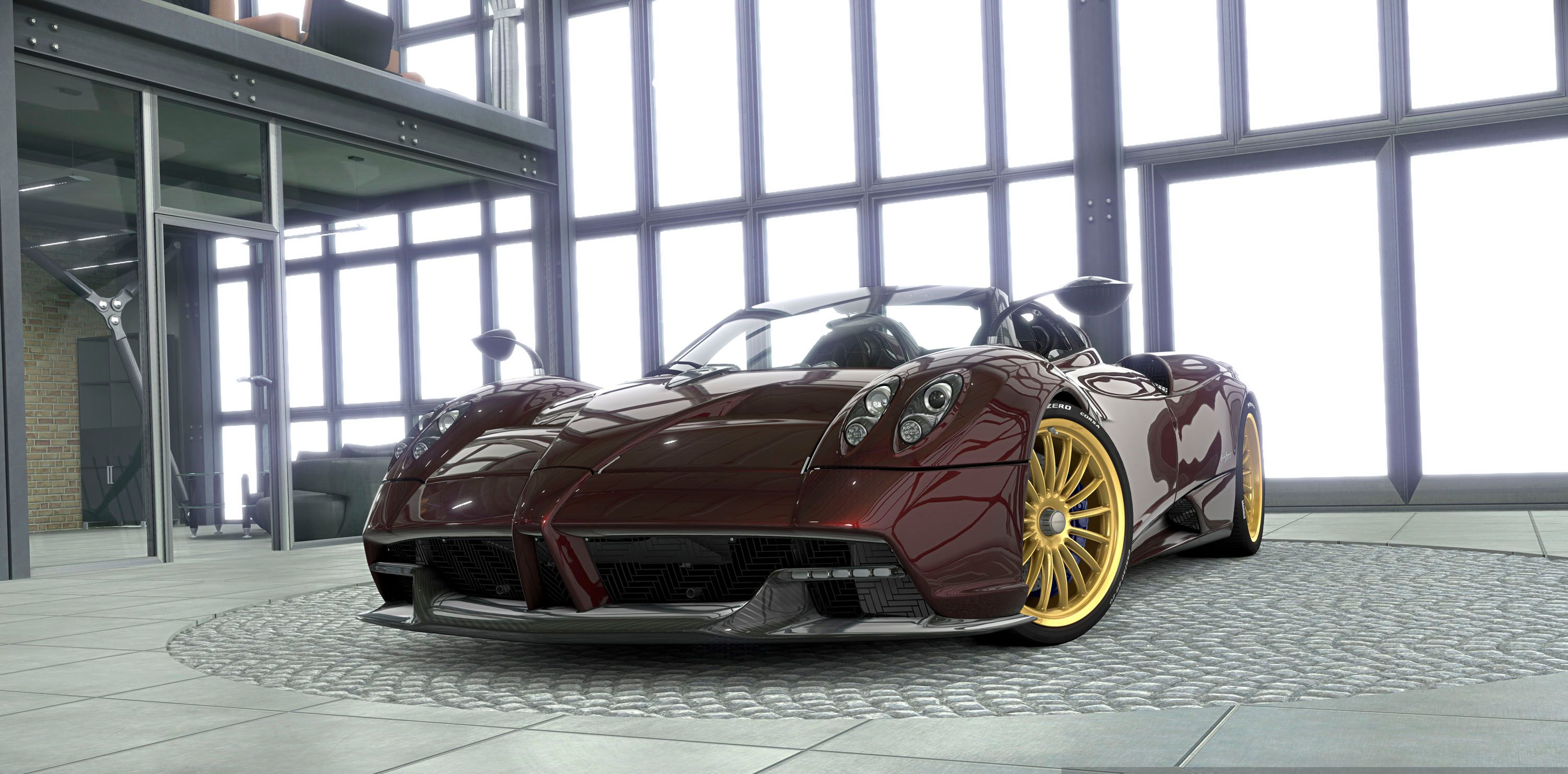
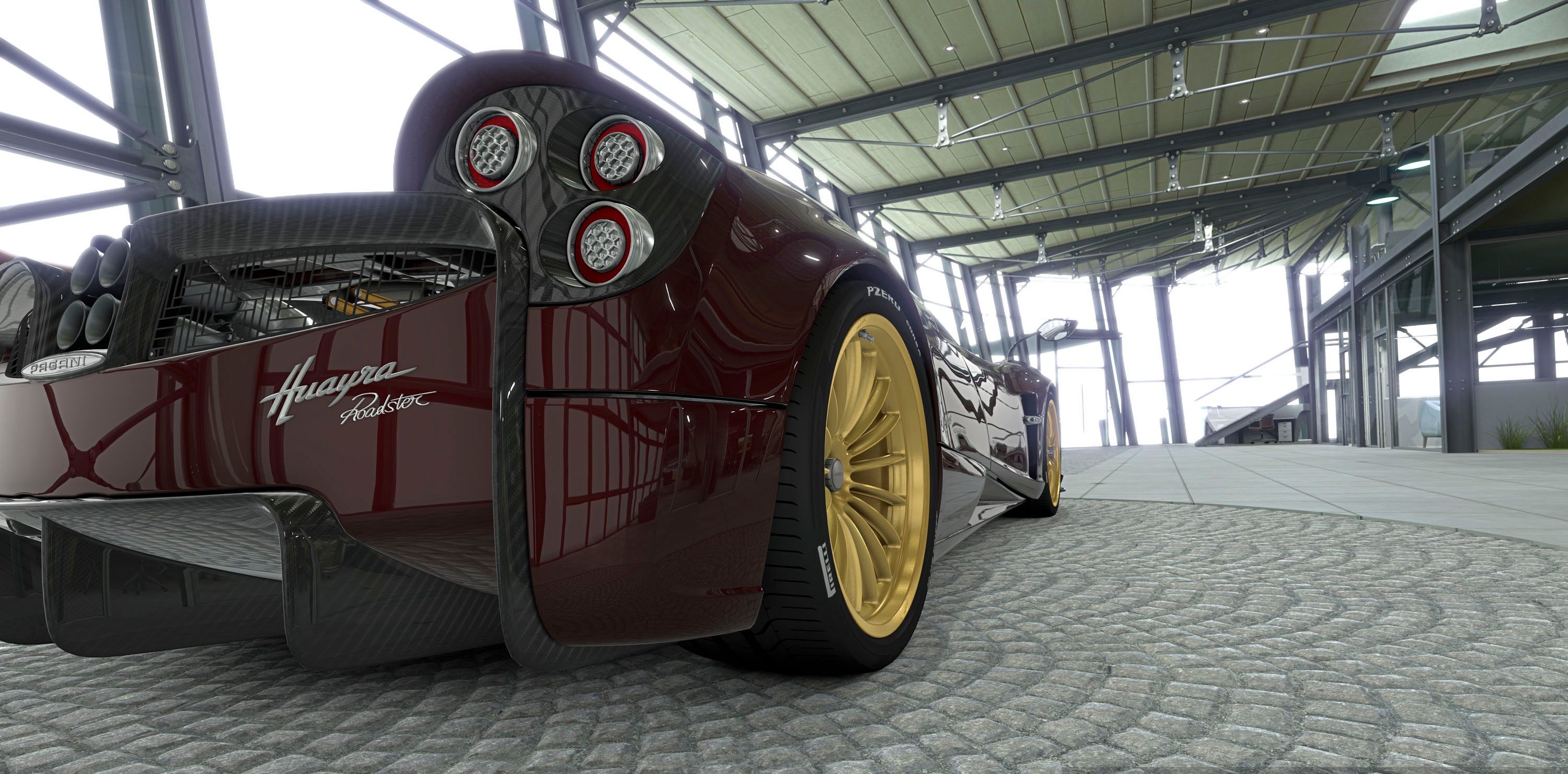
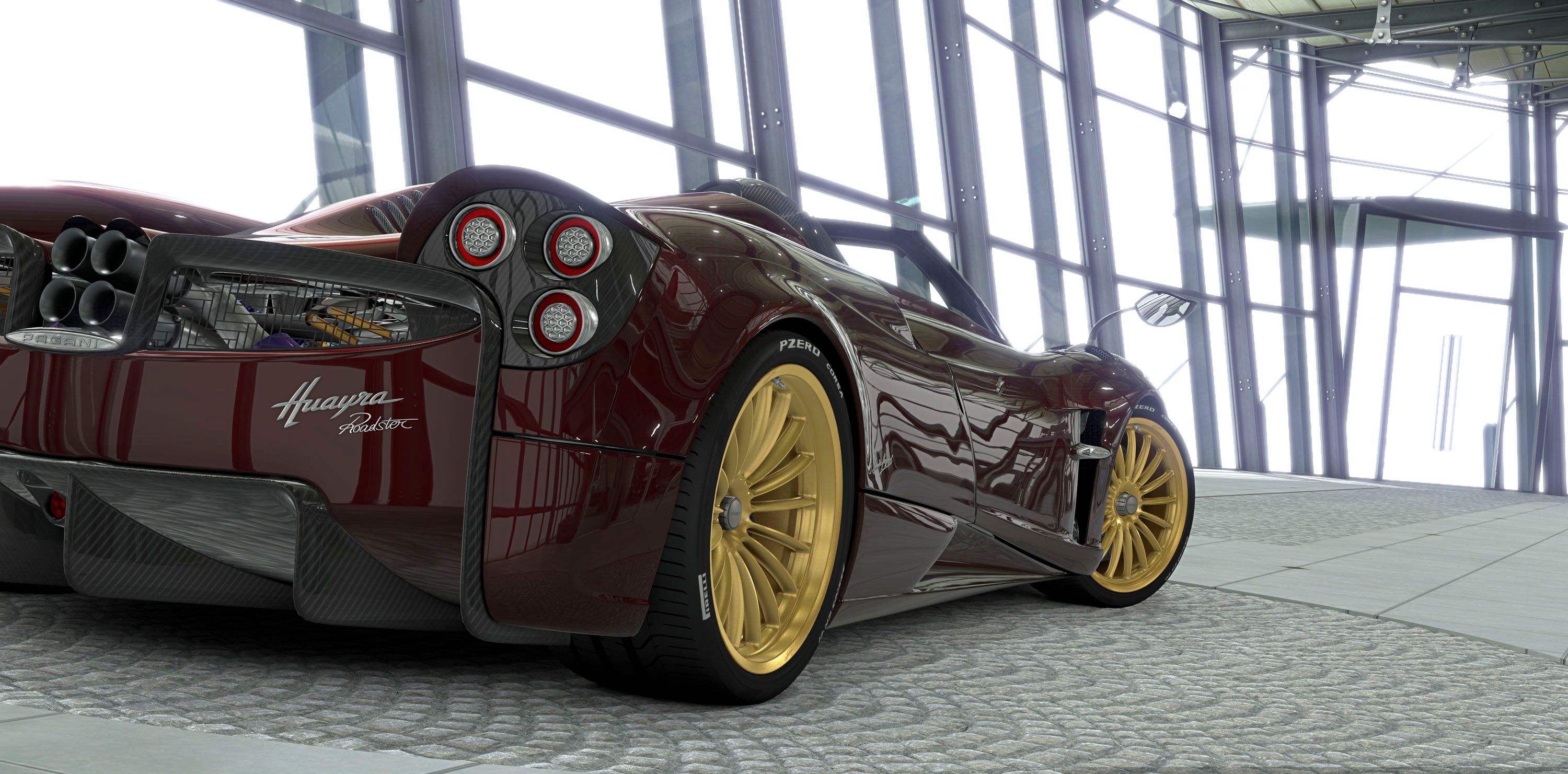
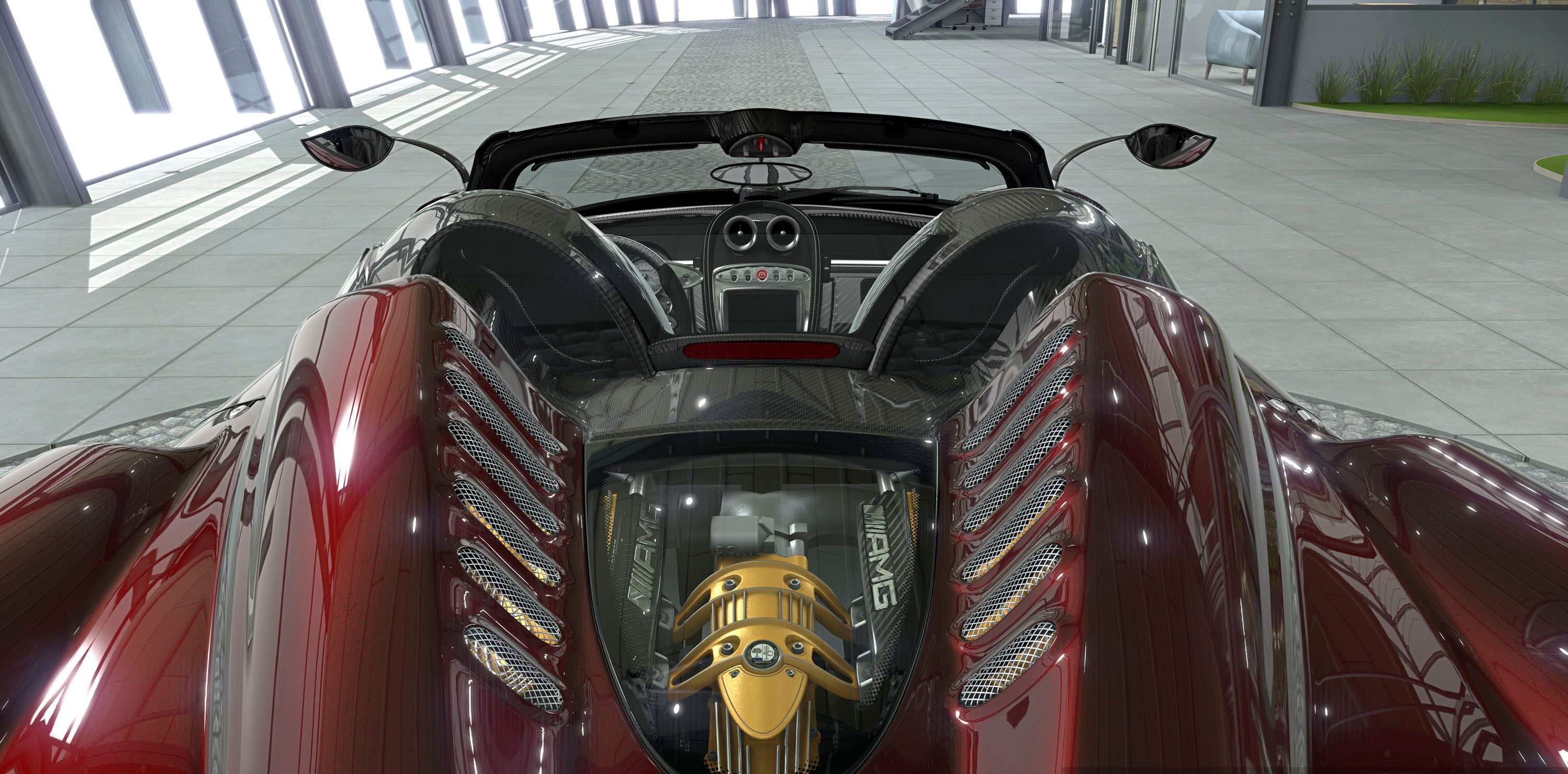
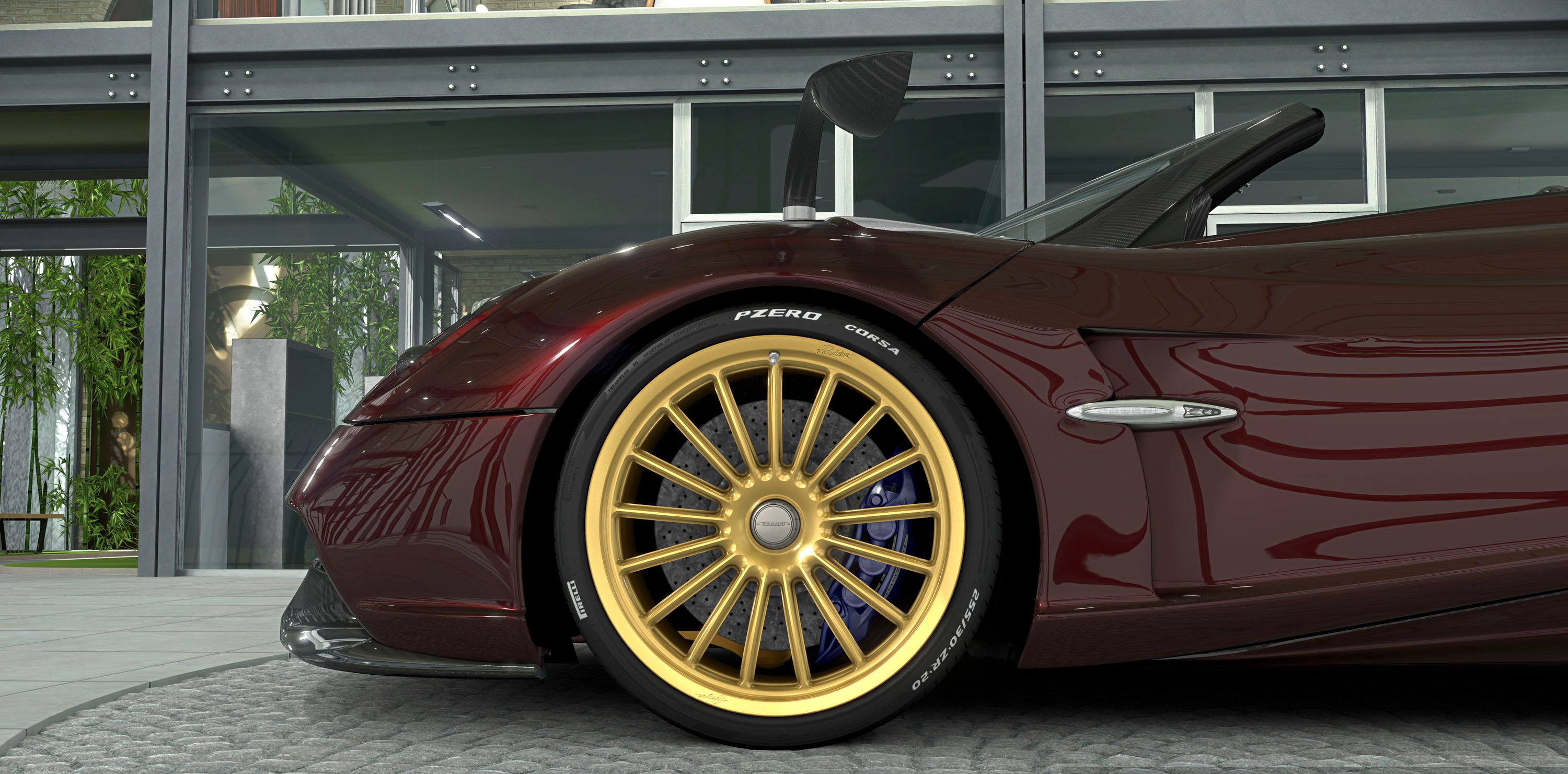
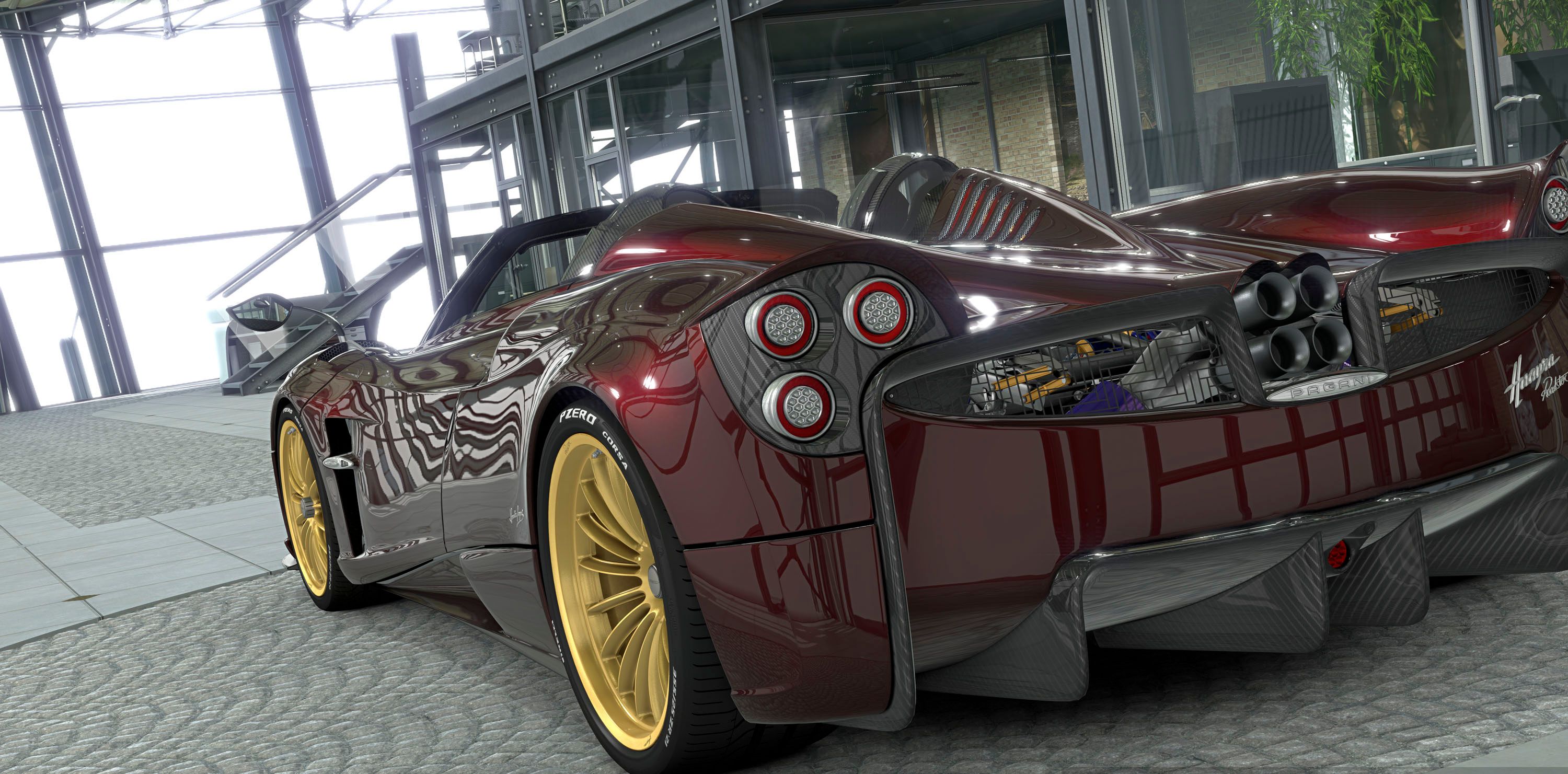
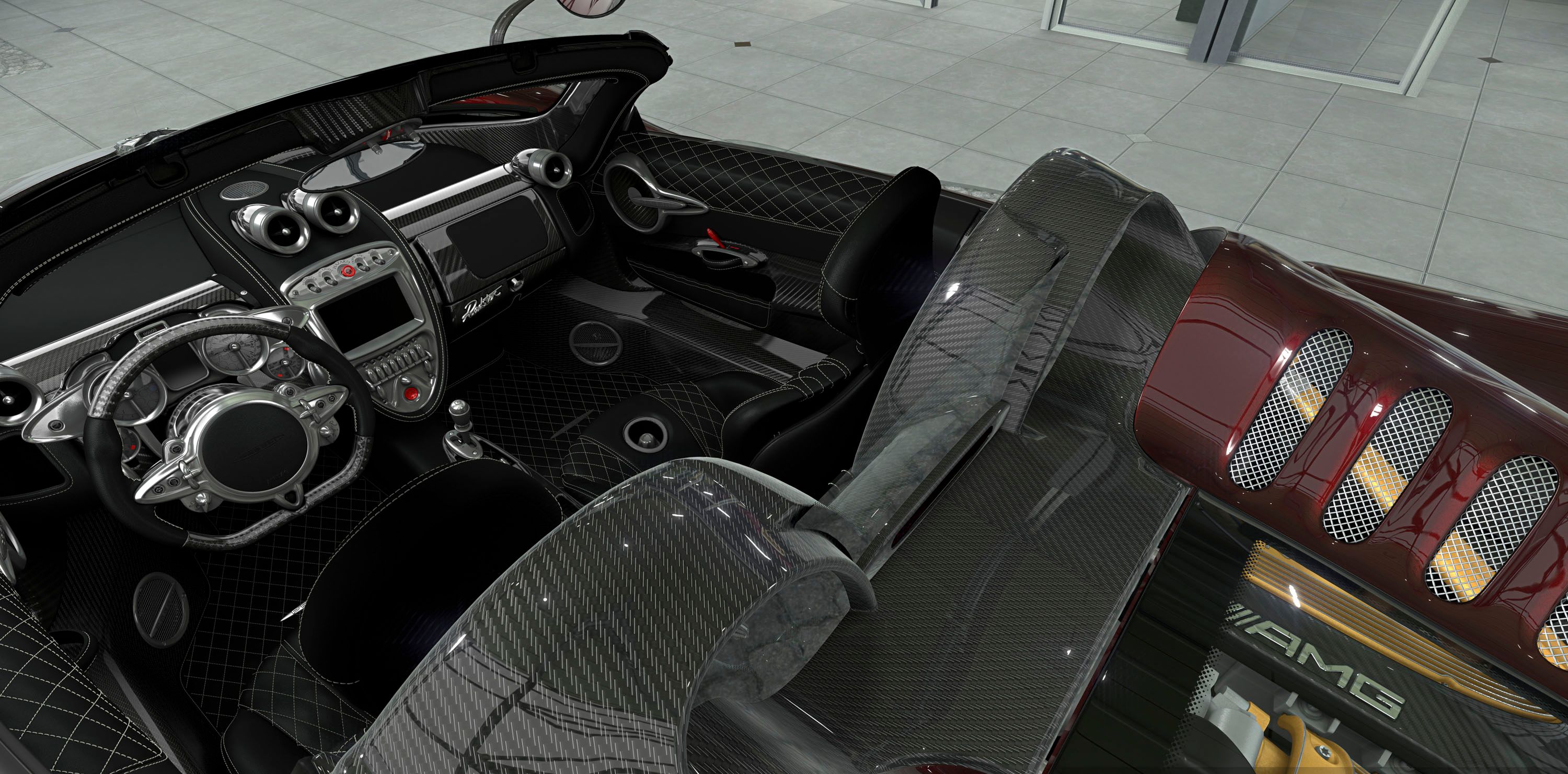
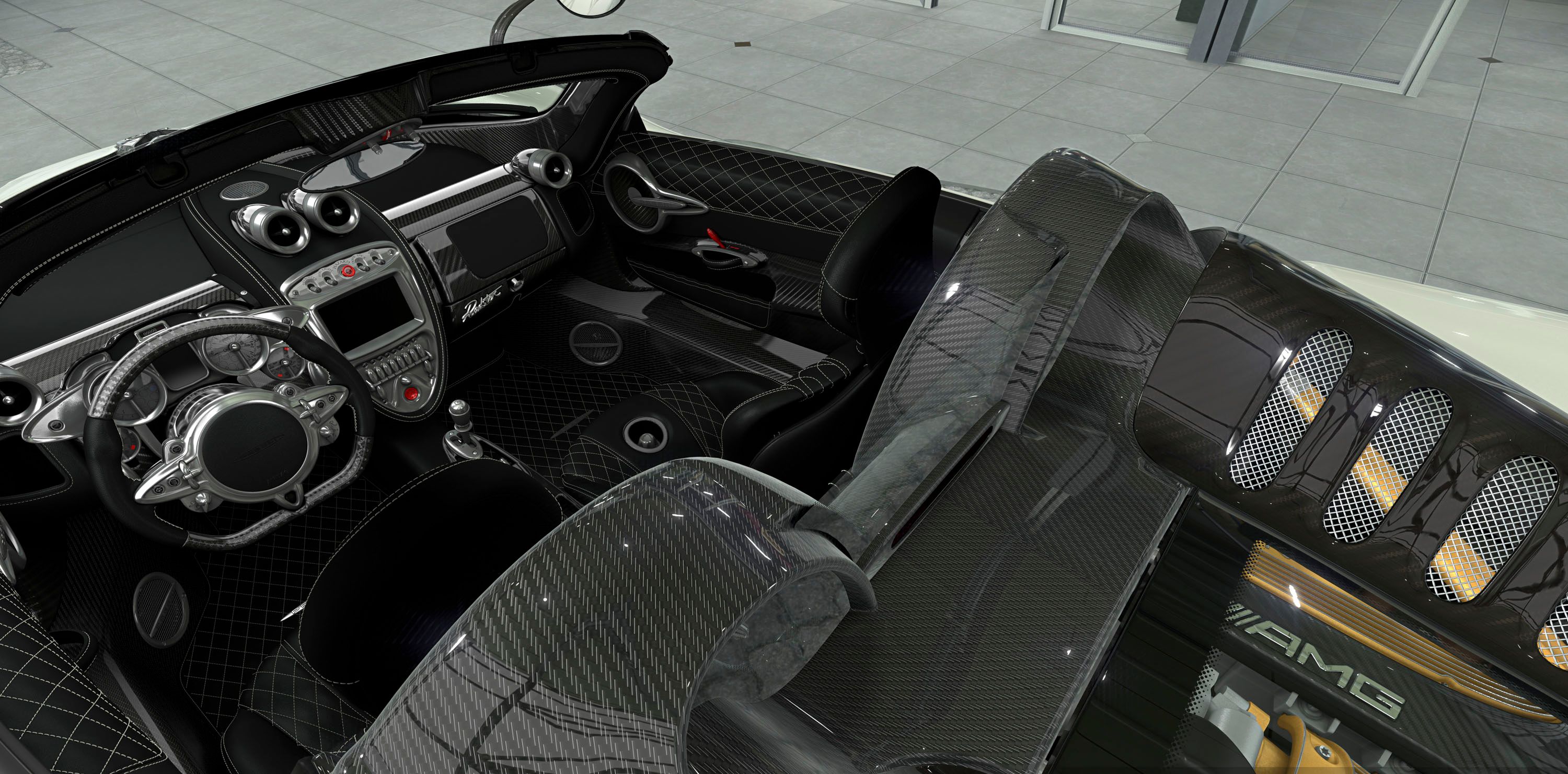
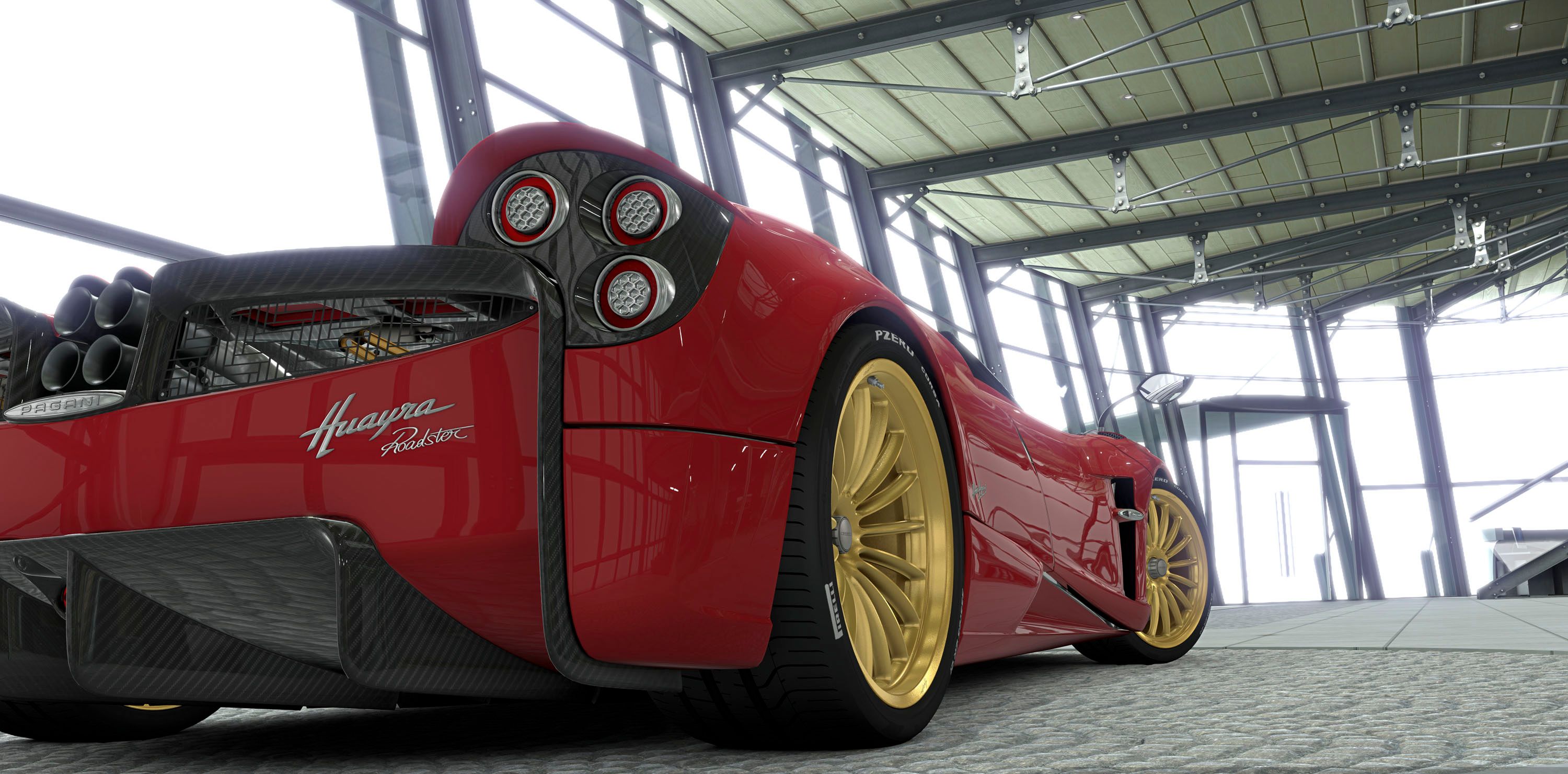
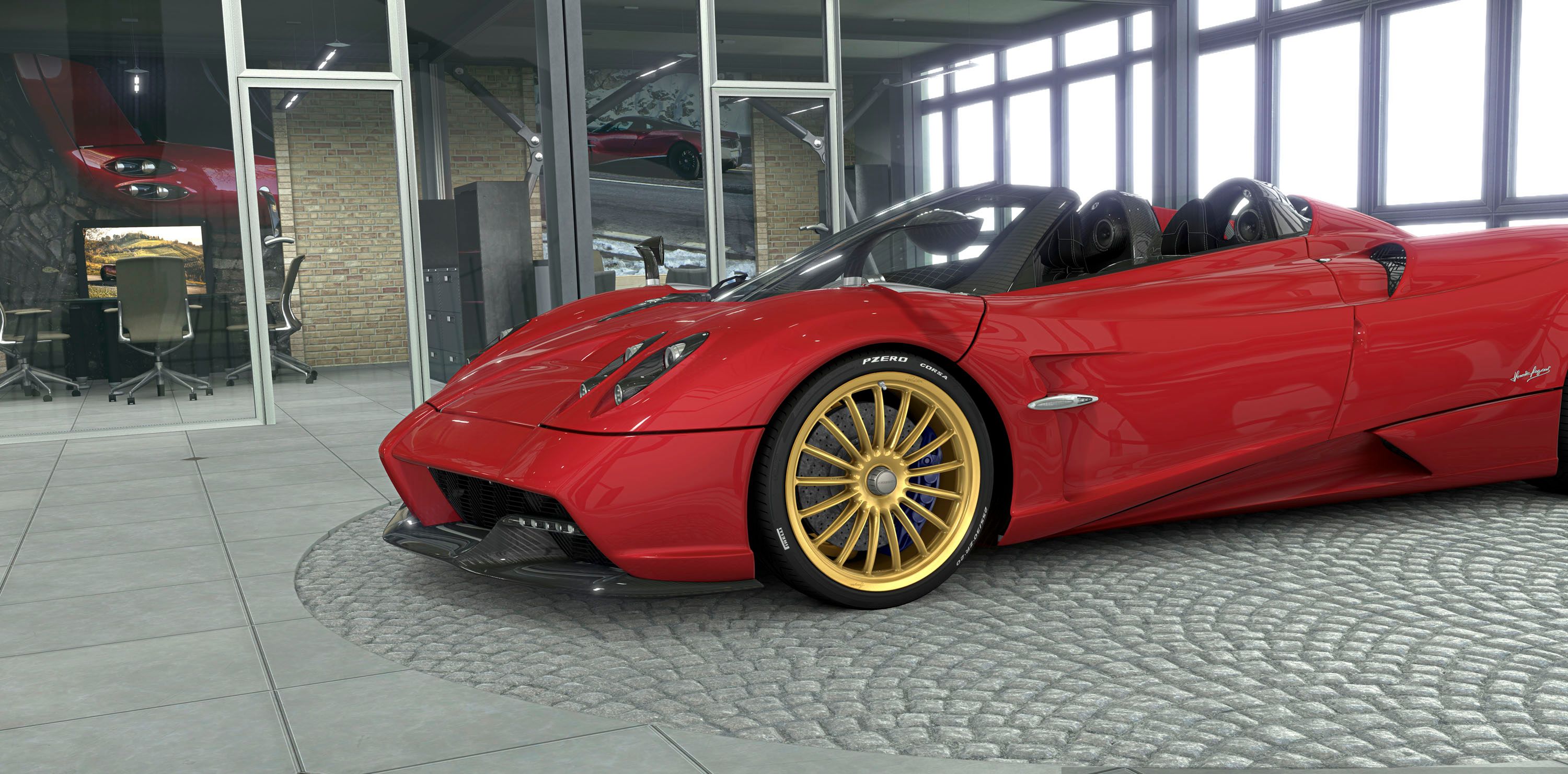
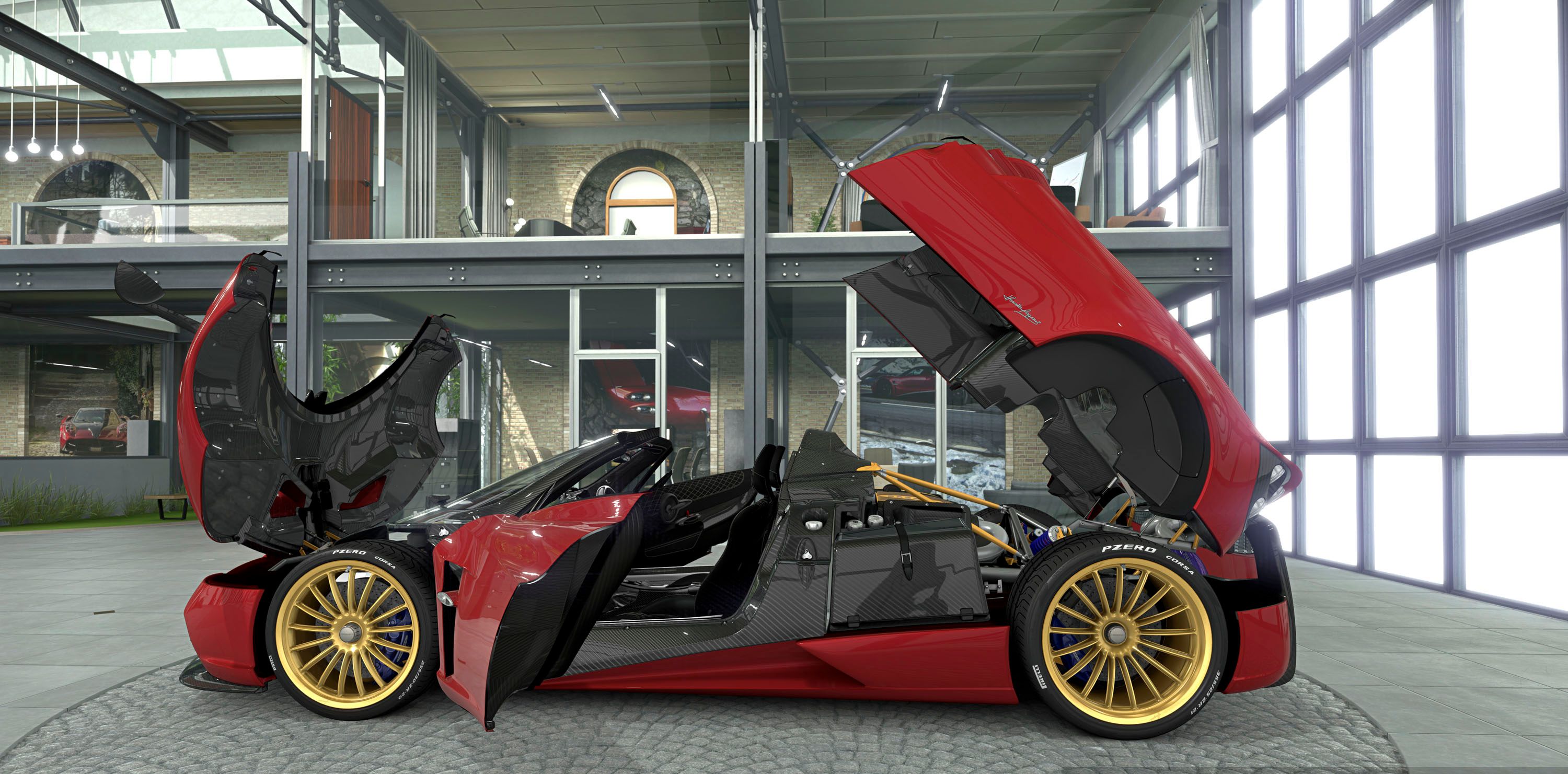
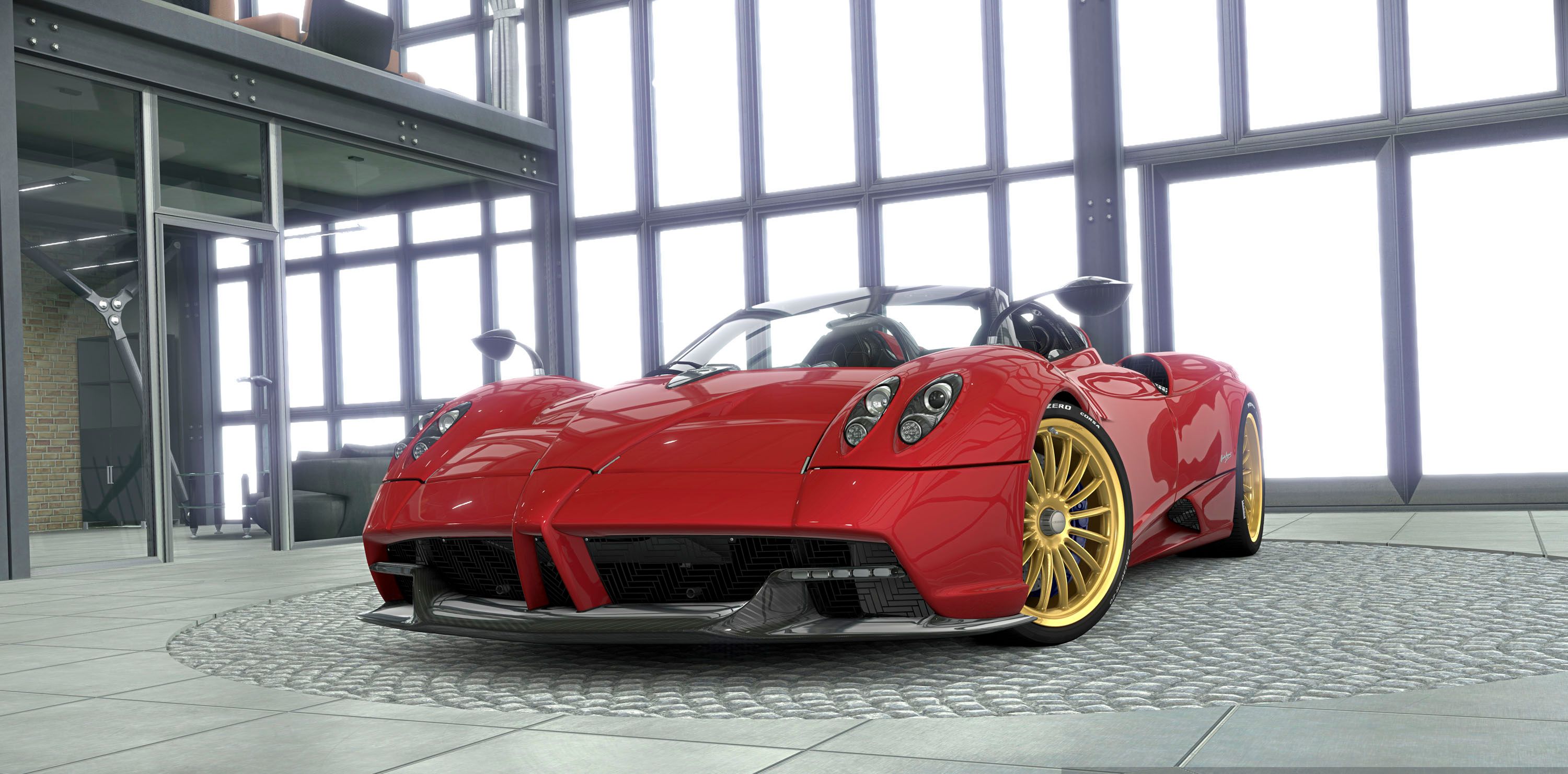
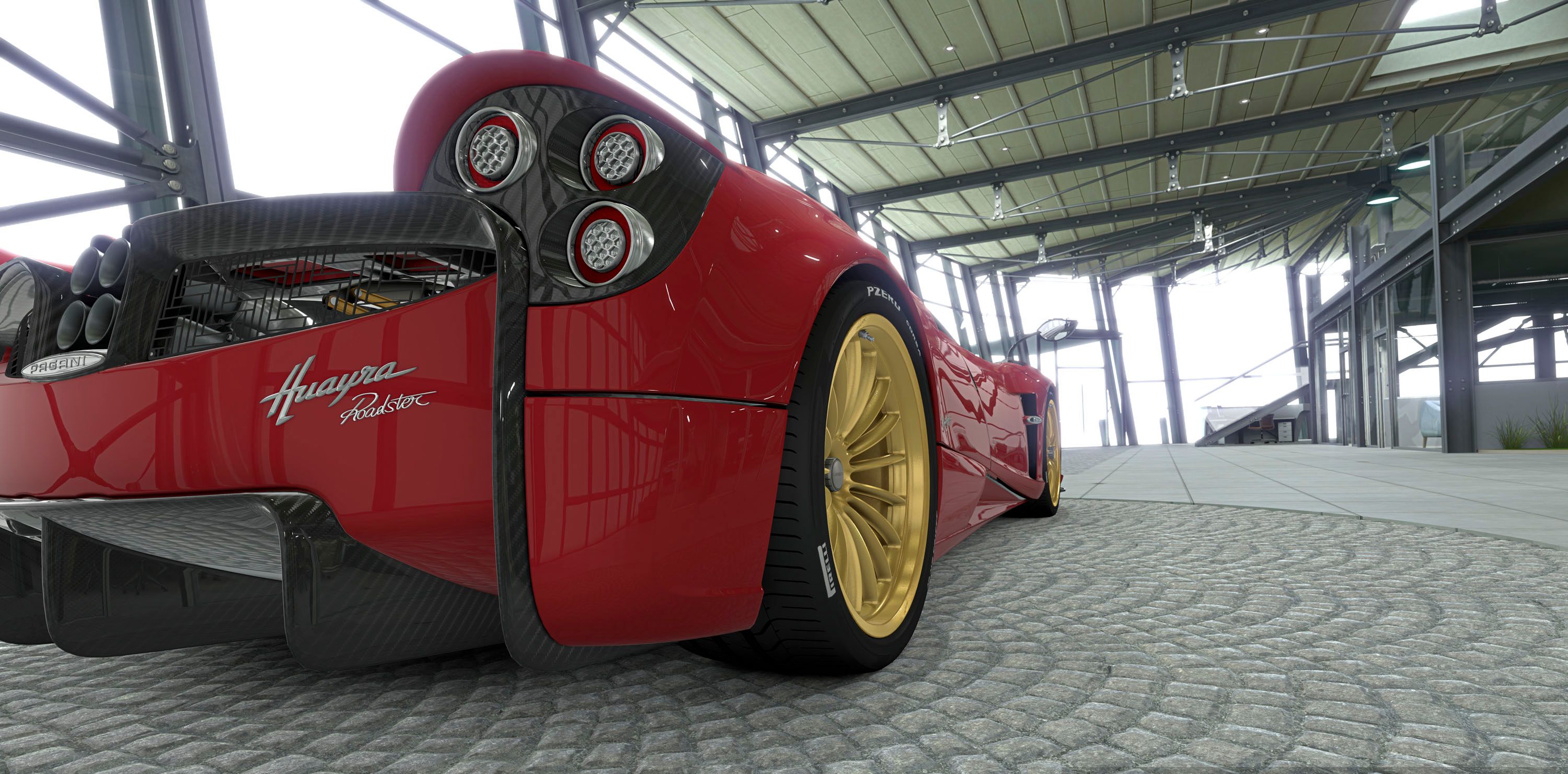
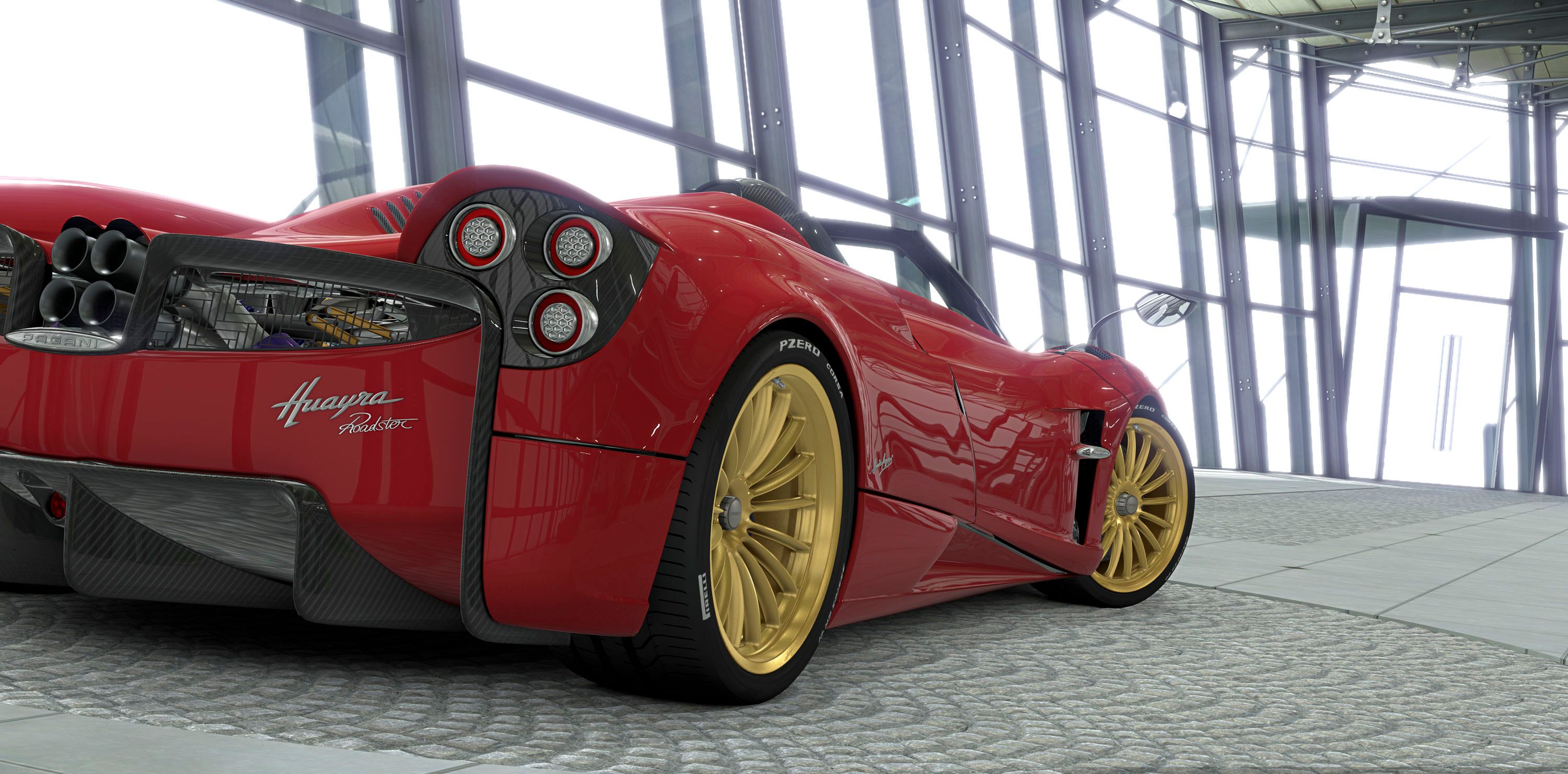
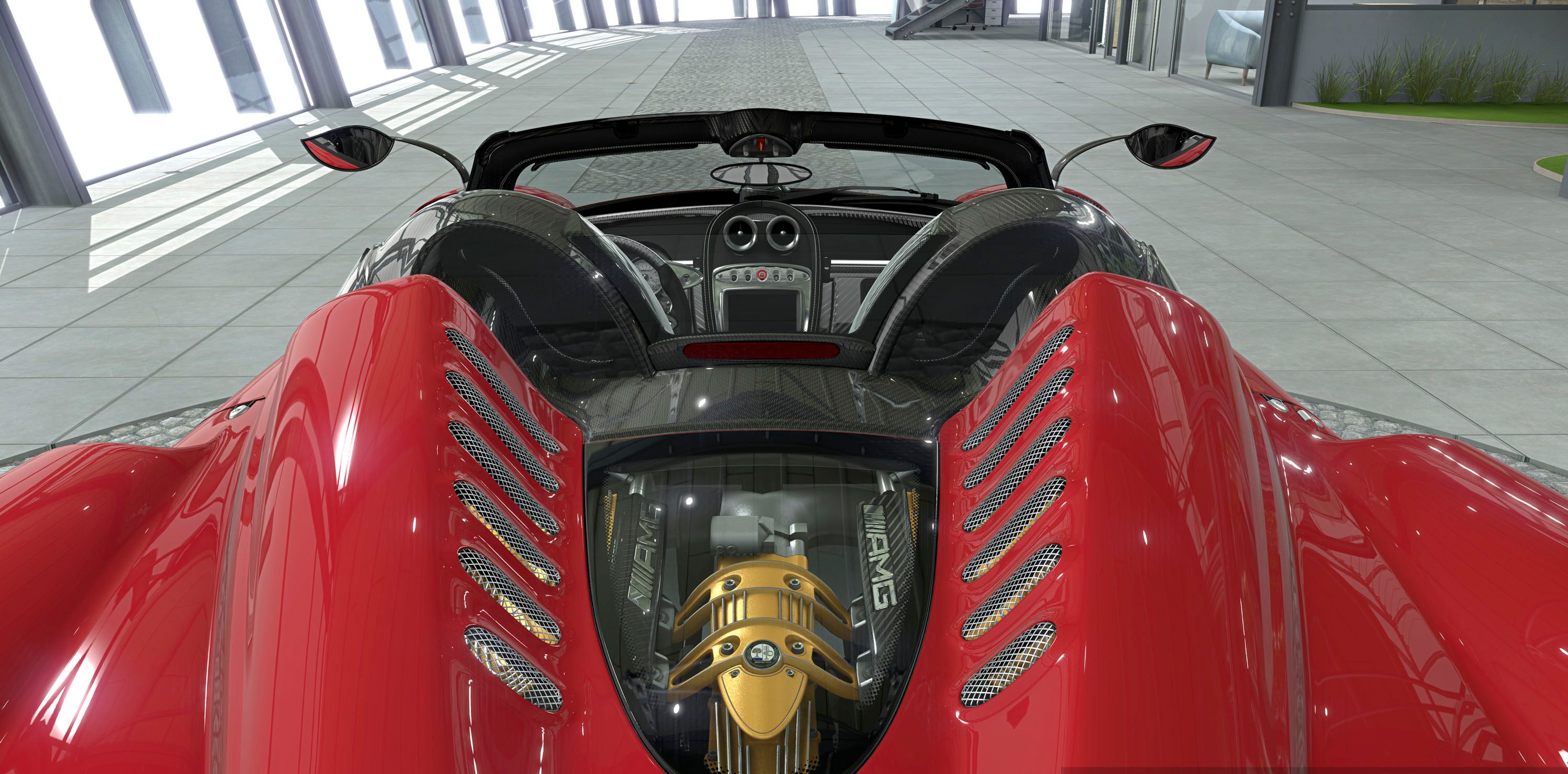
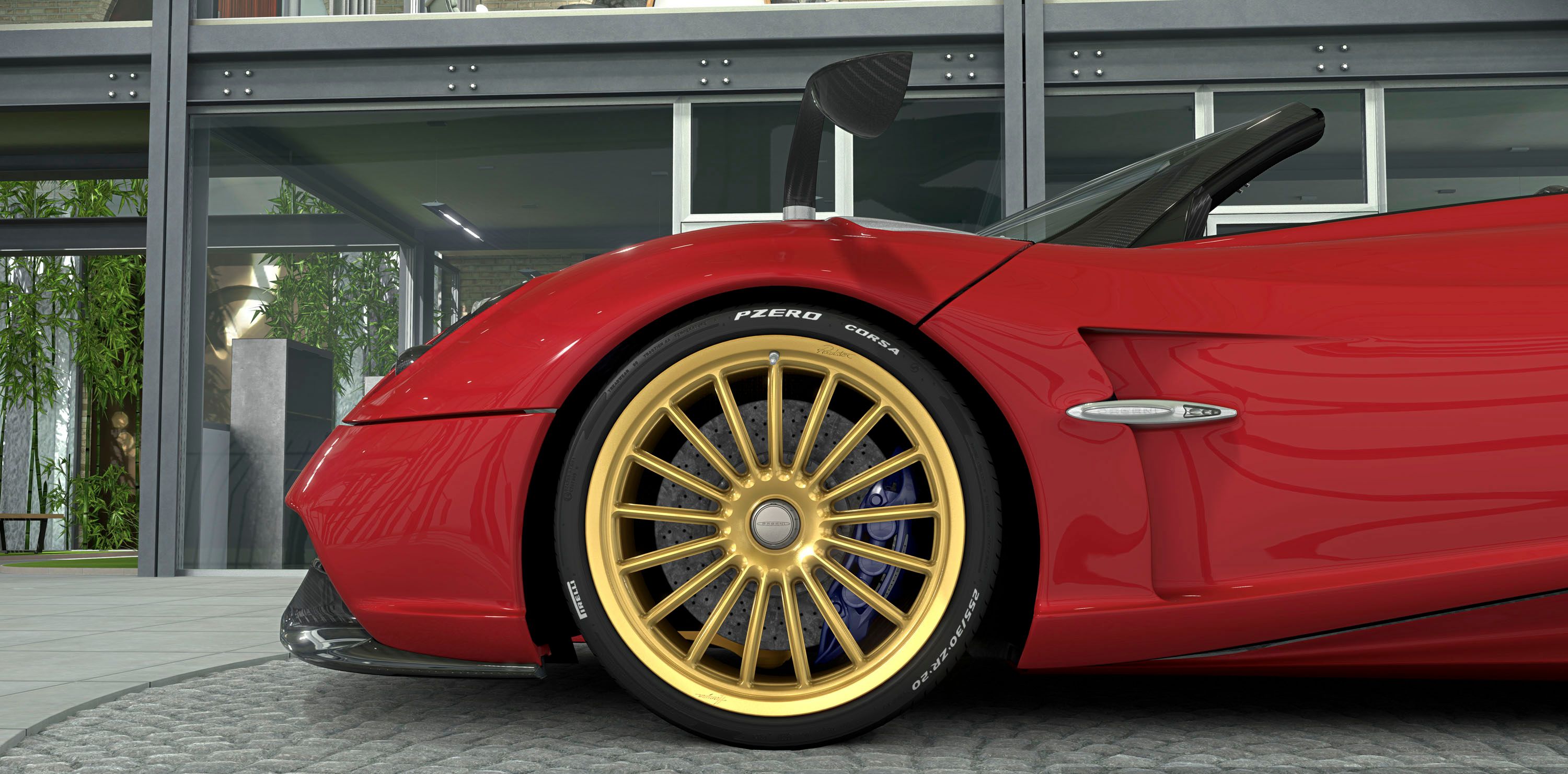
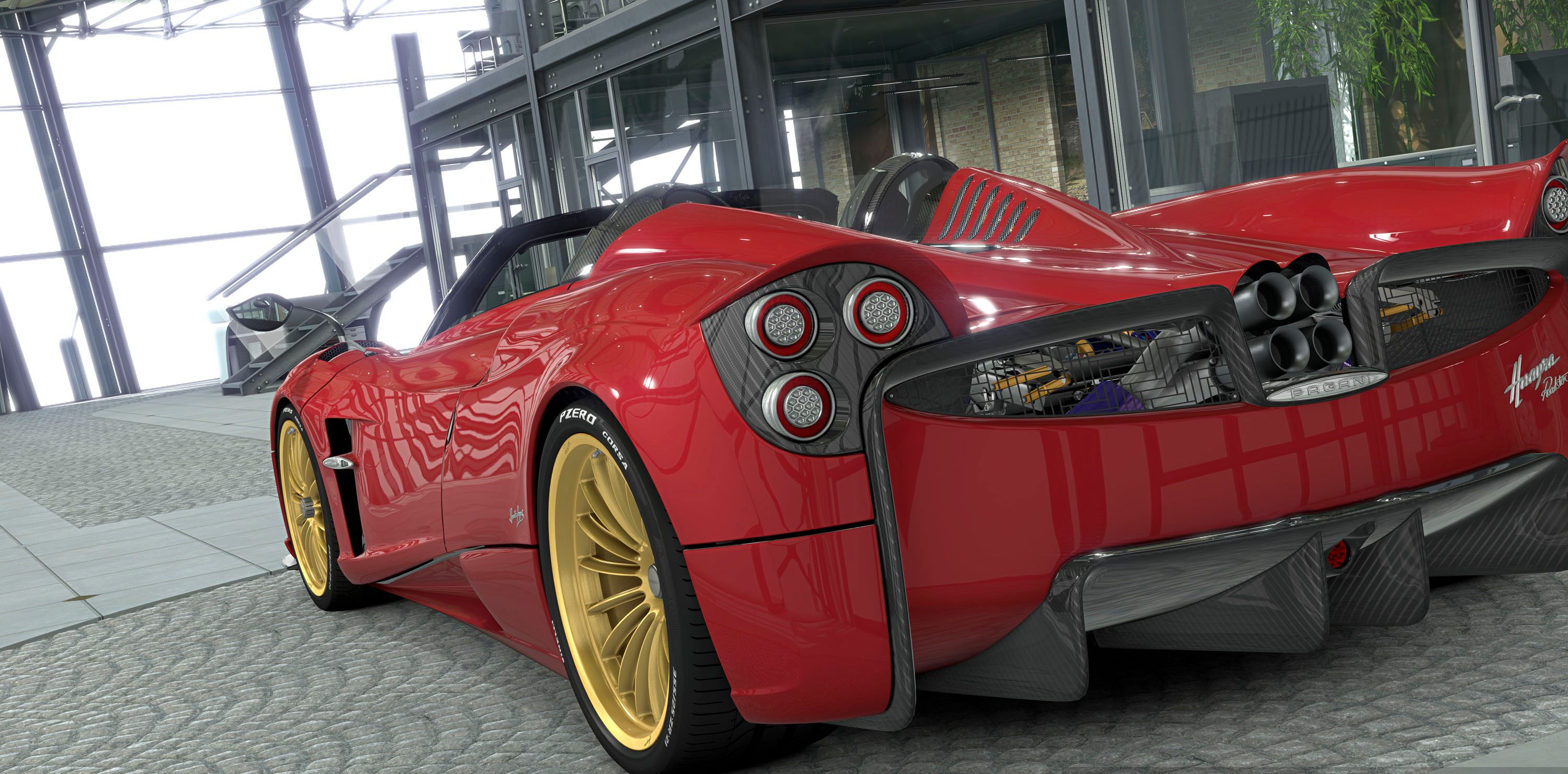
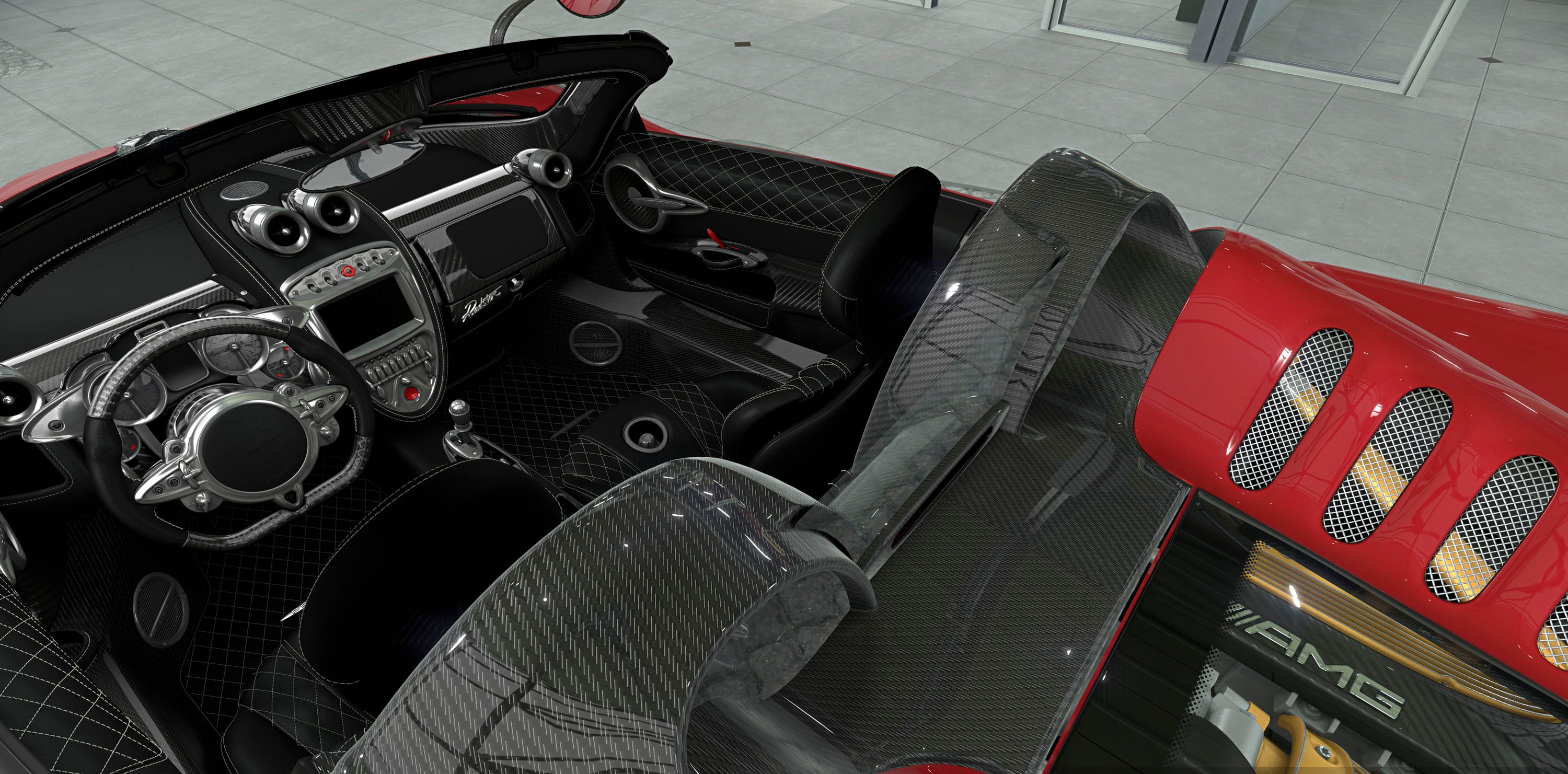
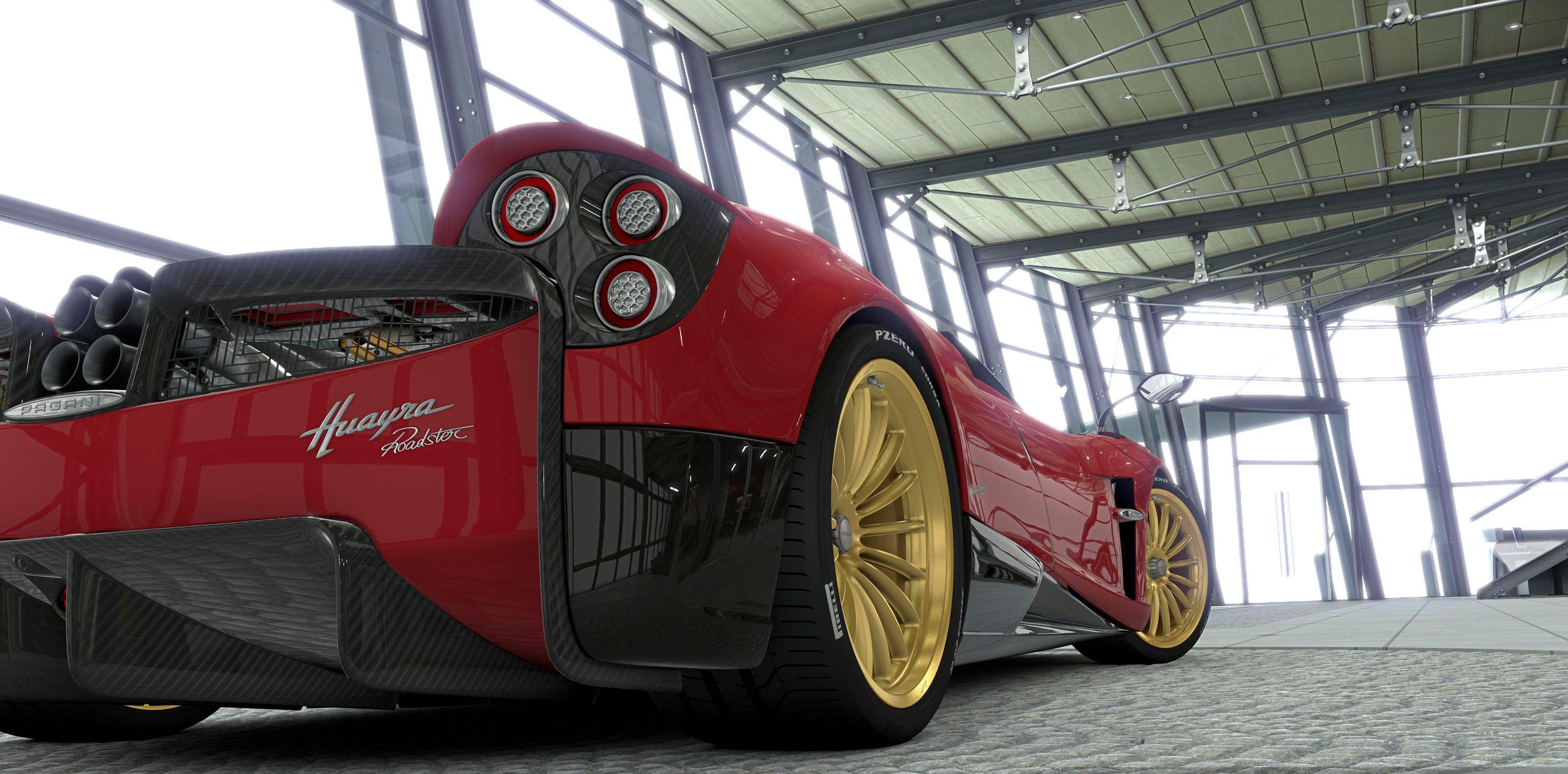
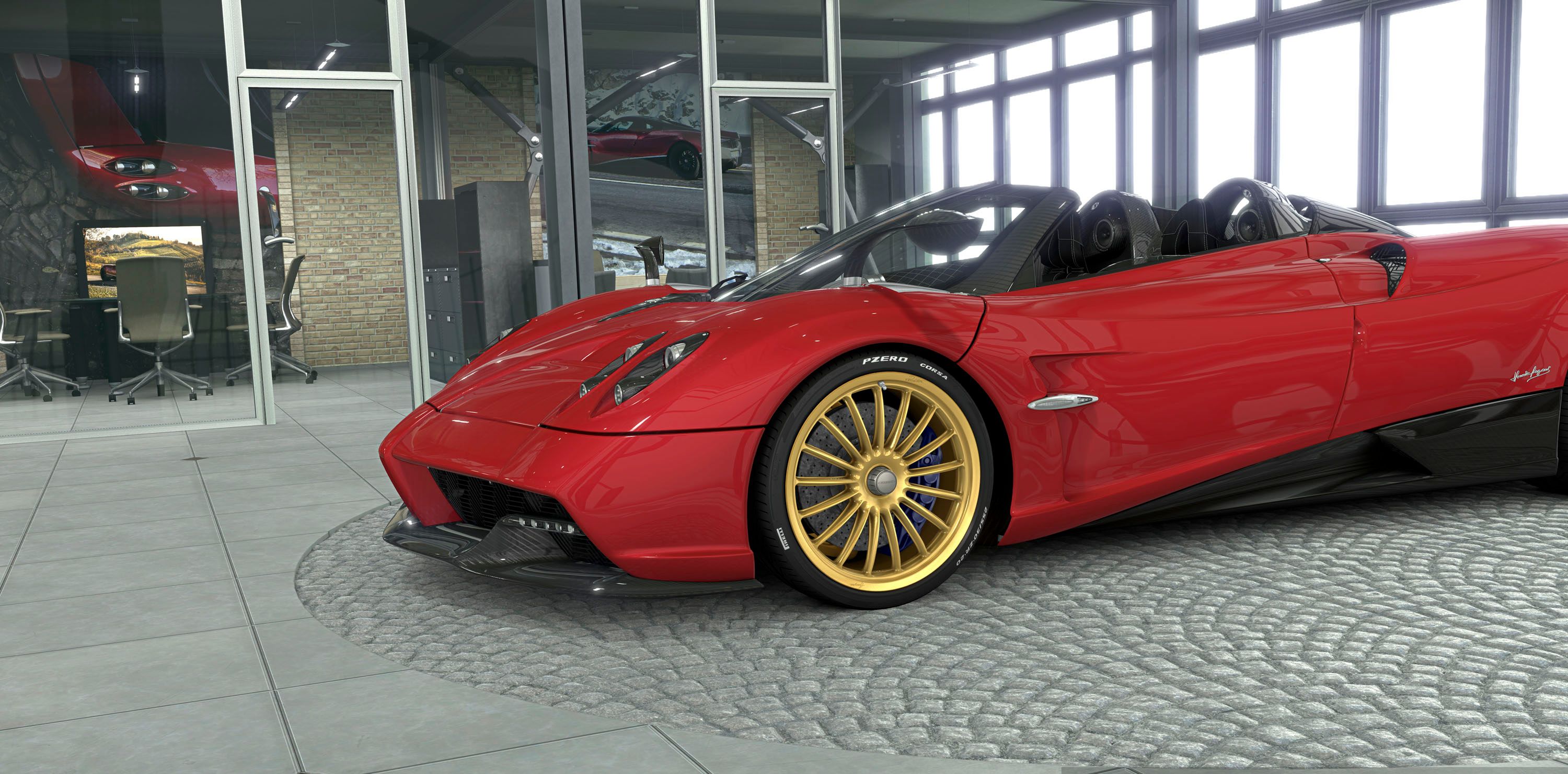
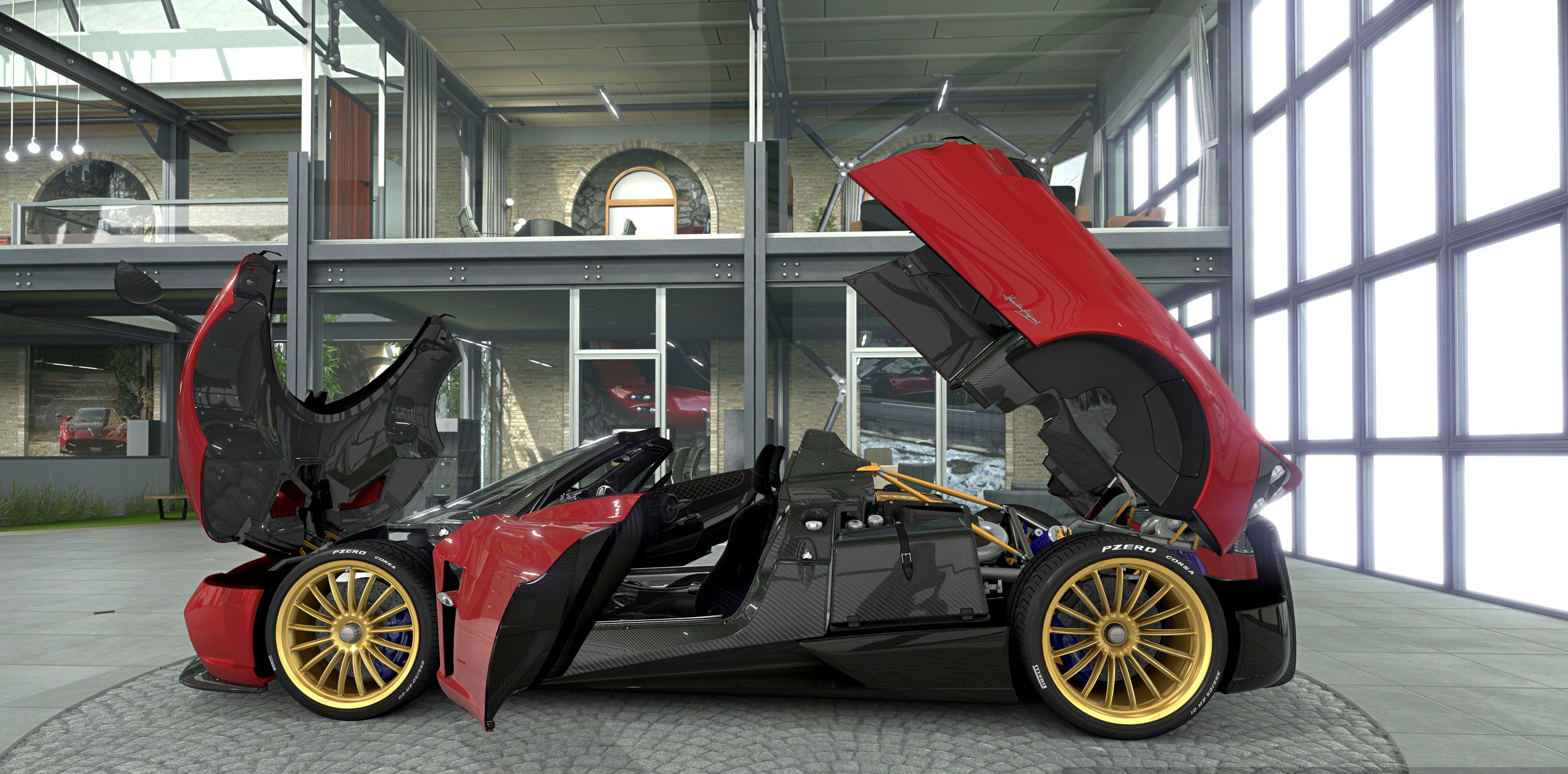
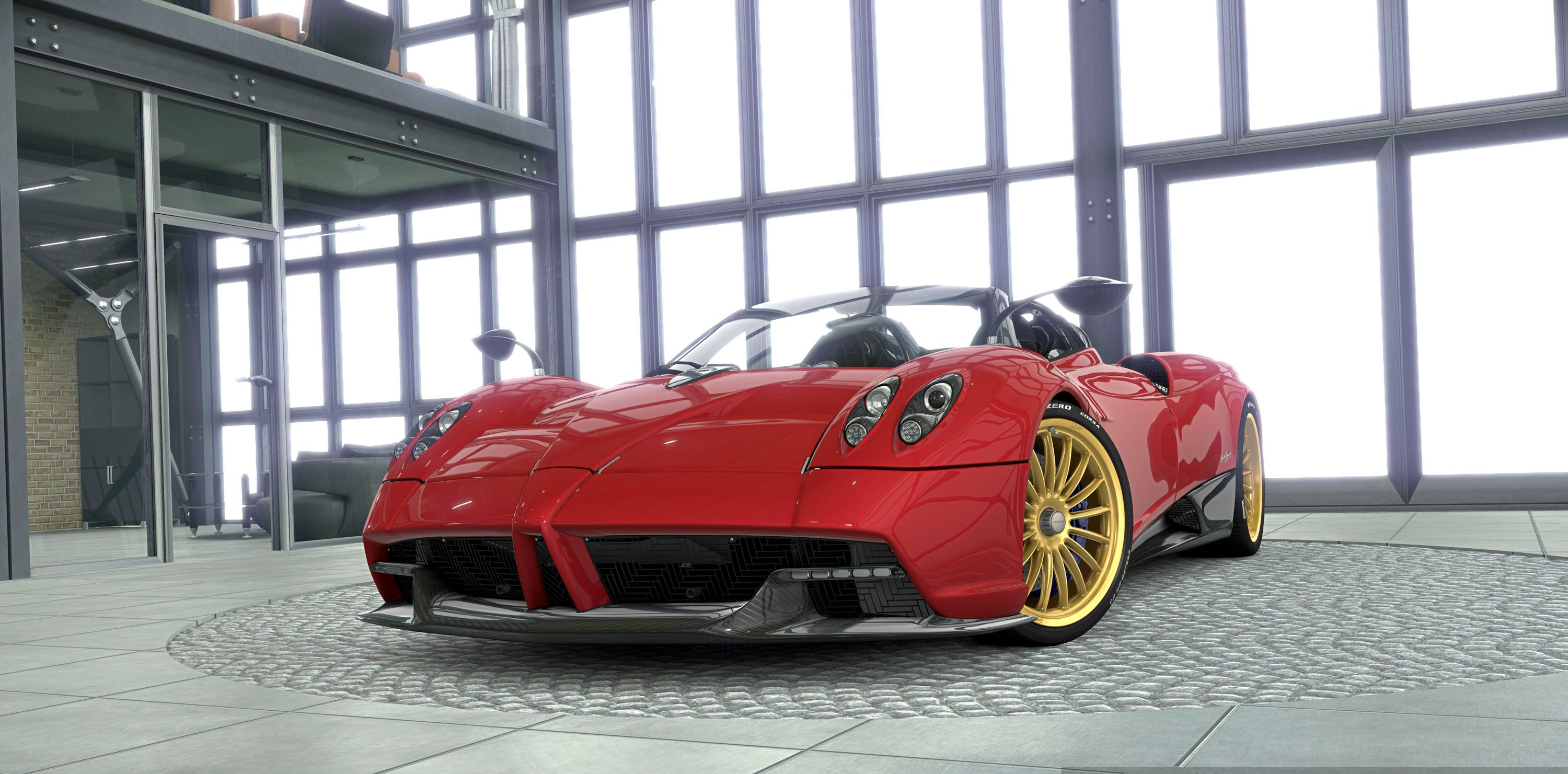
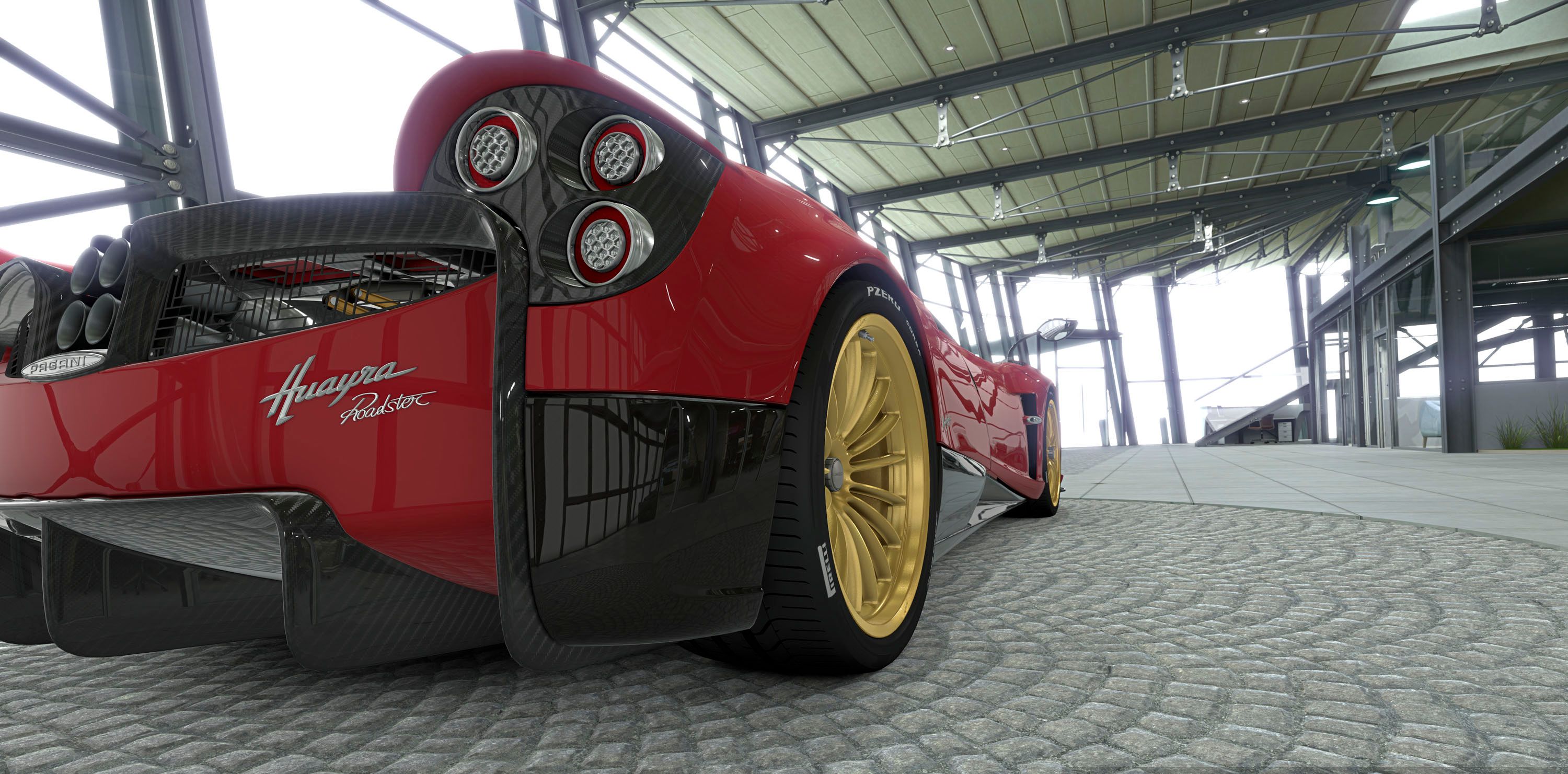
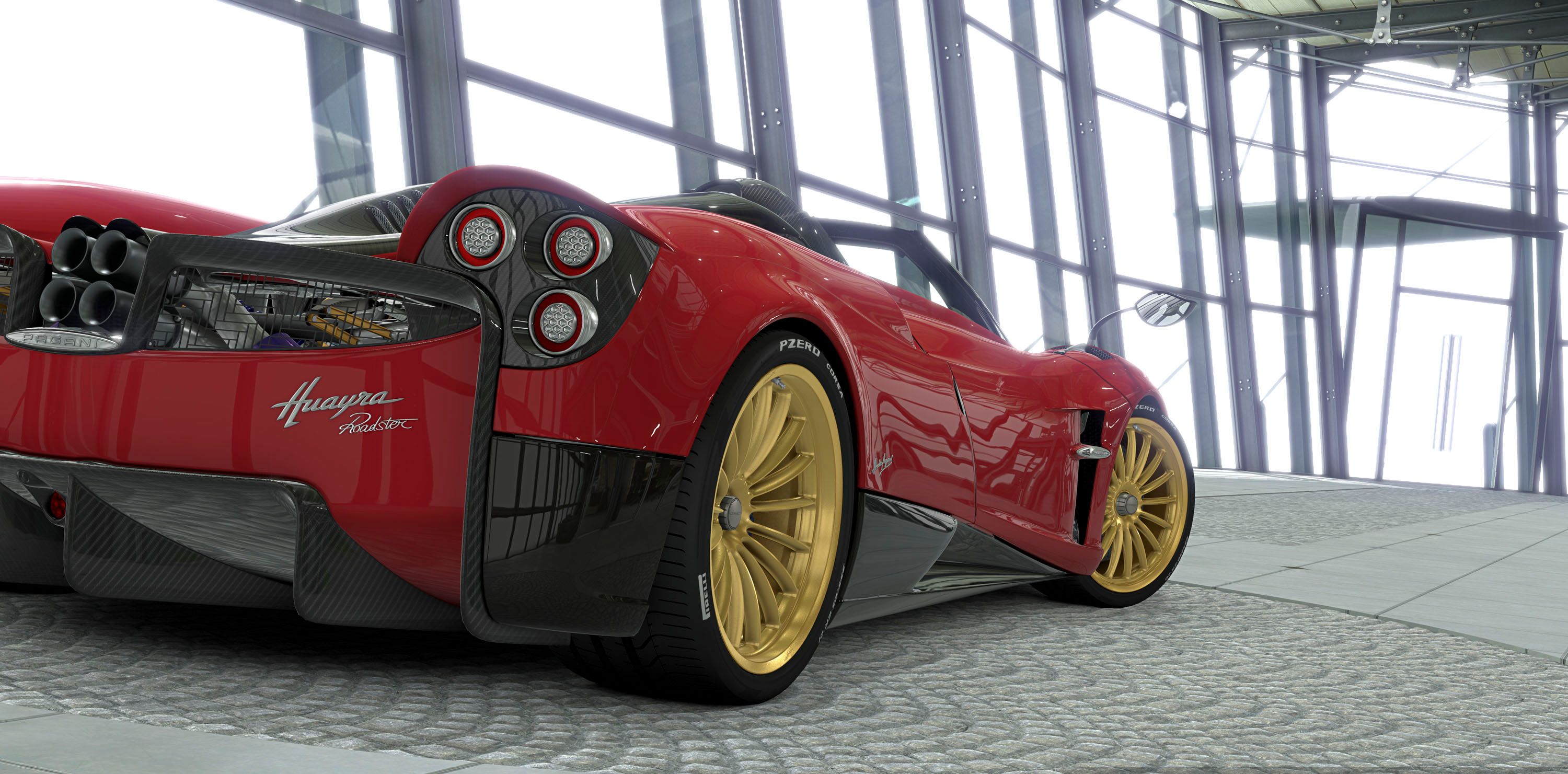
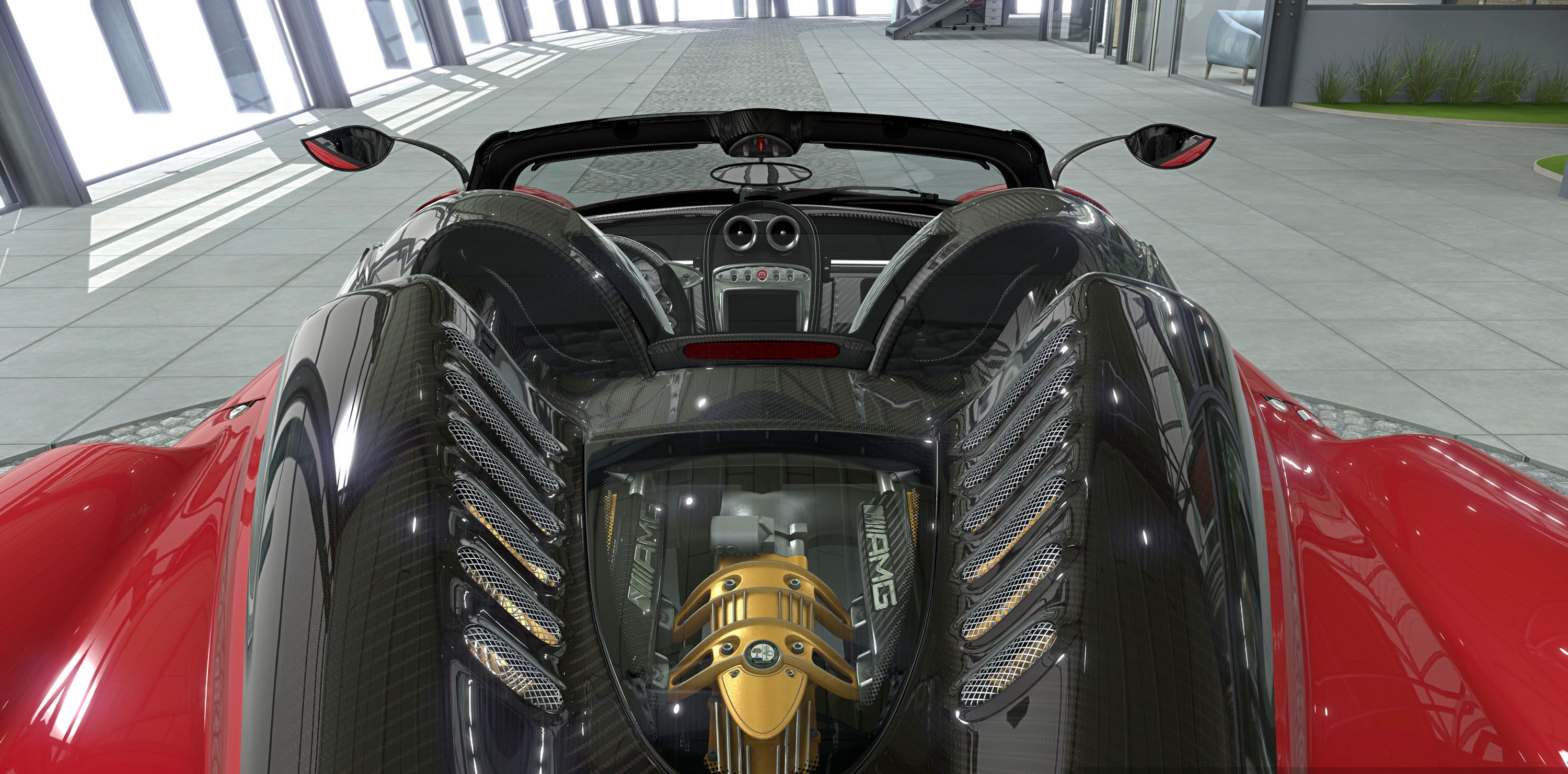
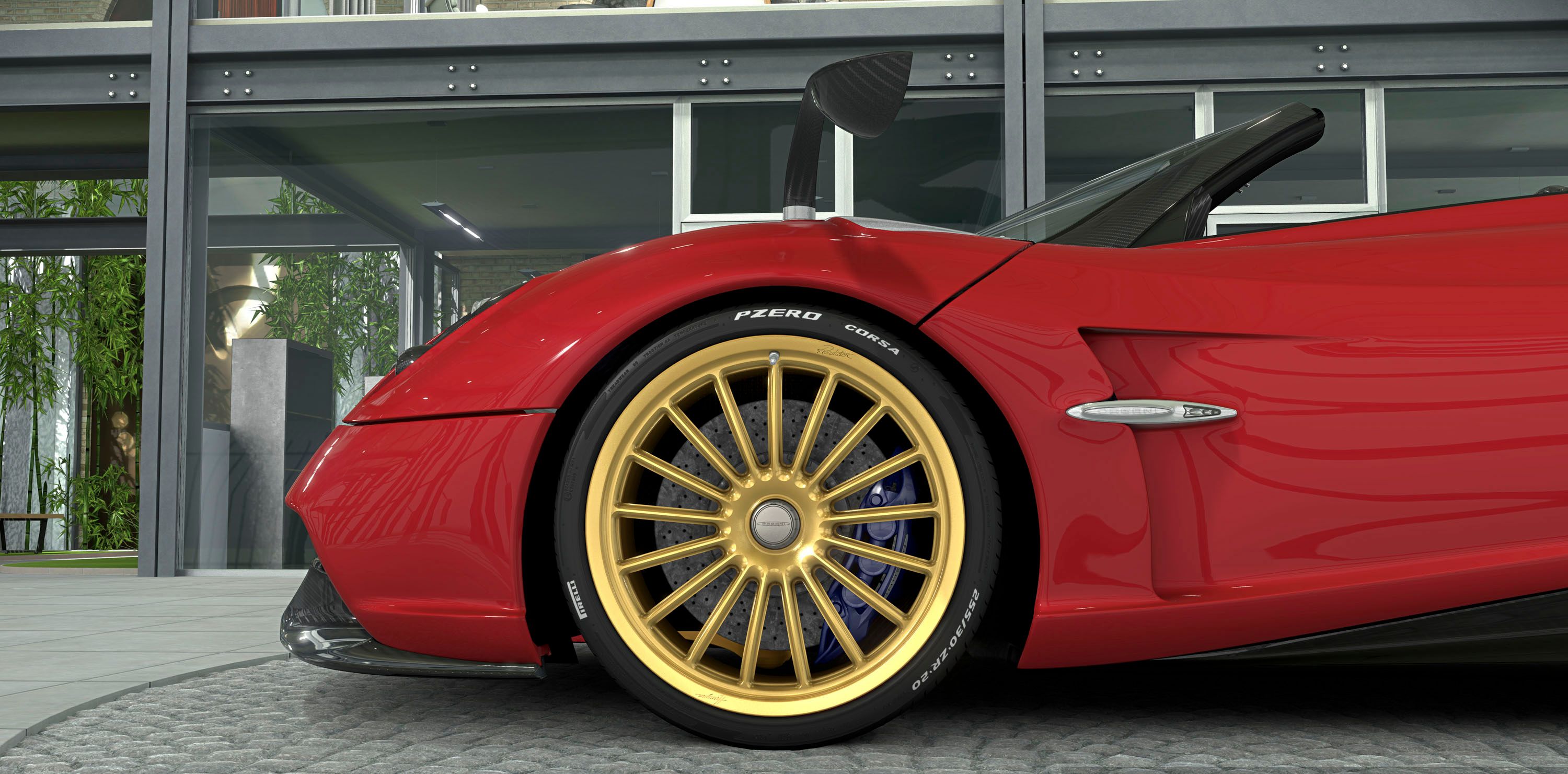
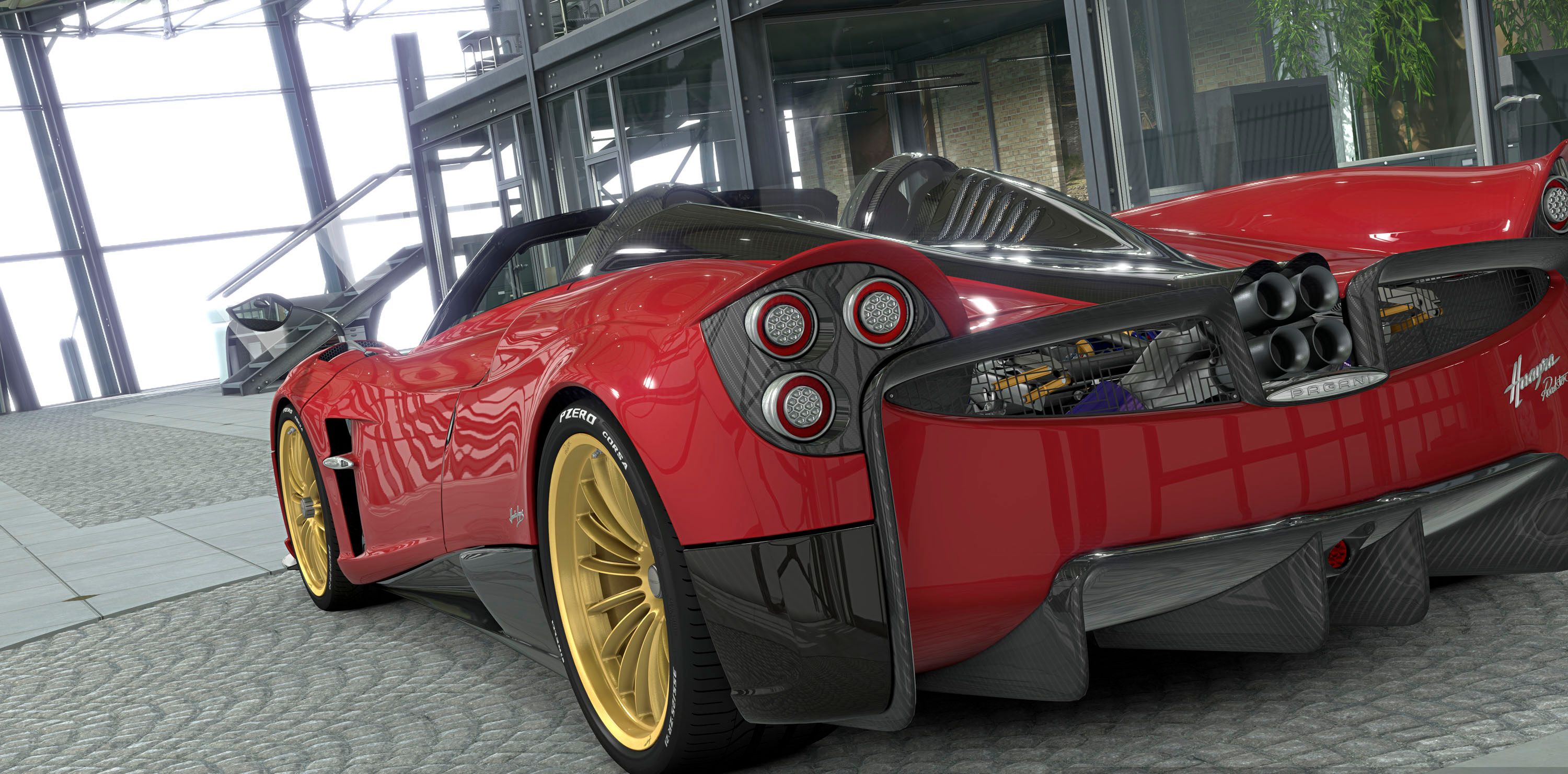
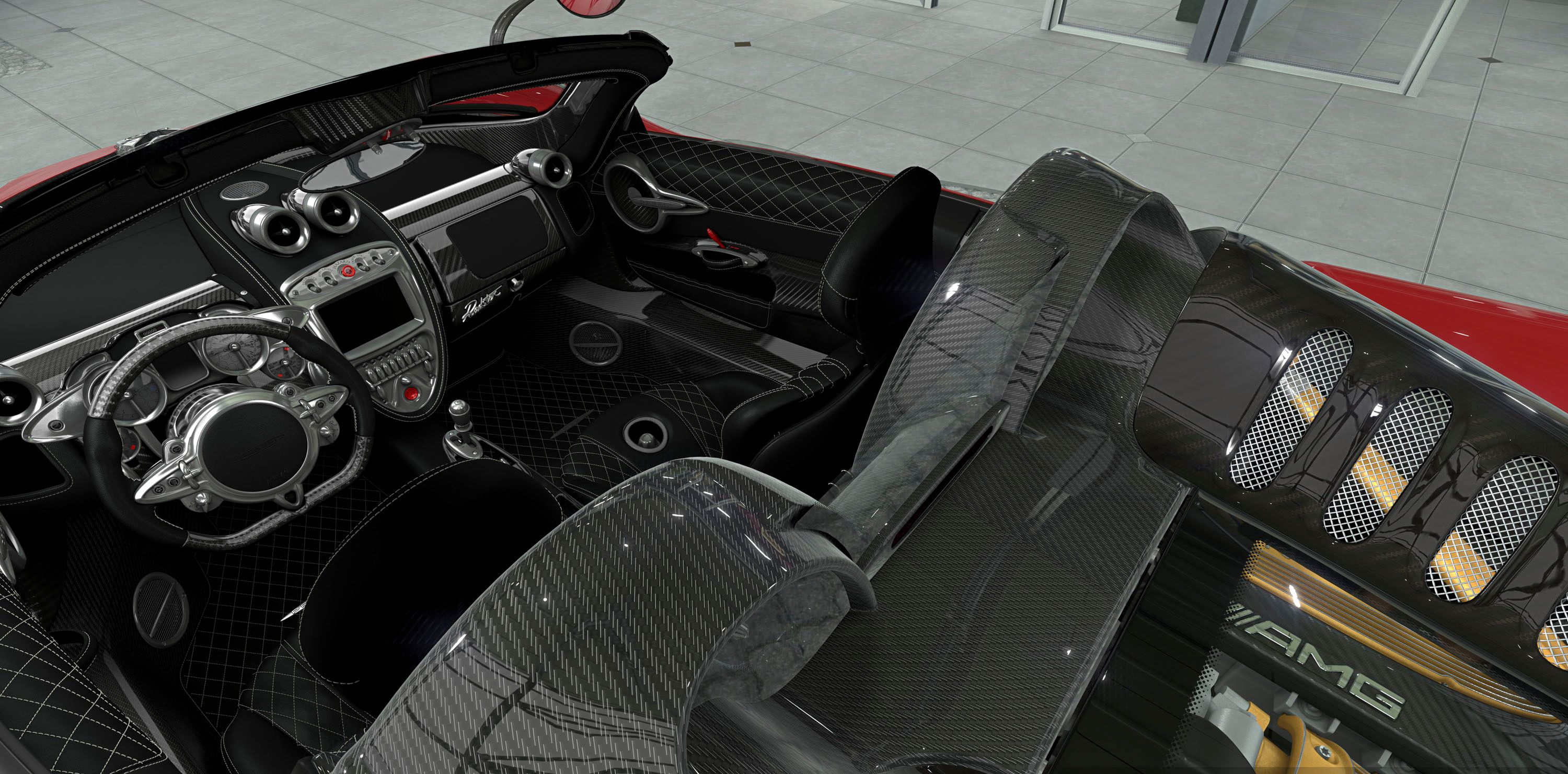

























- Make: Array
- Model: 2018 Pagani Huayra Roadster
- Engine/Motor: V12
- Horsepower: 750
- Torque: 737
- [do not use] Vehicle Model: Array
Exterior
Comparison Huayra Coupe (top), Huayra Roadster (center), Huayra BC (bottom).
Although it's very similar to the Huayra coupe, the Roadster has quite a few unique features to brag about. For starters, the front fascia is actually more similar to the Huayra BC rather than the standard supercar. Specifically, instead of the curved horizontal bars below the nose, the Huayra Roadster sports the more angular bumper of the BC model, which features larger intake openings at the center and straight LED daytime running lights toward the edges. However, the bumper is not identical to the BC. Not only the center section that descends from the V-shaped hood is narrower, the diffuser is less aggressive while the side canards are missing.
Other than that, the front fascia is pretty much standard Huayra business. The same can be said about the profile, which doesn't seem very different if we ignore the removable top. Around back, the Roadster again has a few unique features, but without being significantly different than the standard coupe. All the trademark elements are there, including the carbon-fiber diffuser, bare carbon surrounds for the taillights, and the quad exhaust pipe arrangement in the center of the fascia. Although it was originally believed that the Roadster will get the BC's aggressive diffuser, this rumored turned out to be fake. Instead, the Roadster's diffuser is more similar to the coupe, albeit featuring a new lower section with four vertical fins. Definitely sportier, but not as extreme as the BC.
Moving over to the roof, and essentially the main novelty of the Roadster, Pagani says that it will be fitted with two types of roof. The first is a very light carbon hard top with a central glass element. Very simple and quick to install, this roof gives the Roadster the looks of the coupe, while the glass section provides the passengers with plenty of natural light. The second type of roof is a fabric and carbon cover that can be easily installed manually and can be stored inside the car.
In order to accommodate the roadster configuration, Pagani also redesigned the engine hood. Now using a dual flying buttress design with louvered panels, the hood also provides a better look at the V-12 engine through its V-shaped glass section in the middle. The new hood is actually a tremendous piece of work.
COMPETING DESIGNS
Launched in 2016, the LaFerrari Aperta is identical to the already iconic LaFerrari coupe, save for the removable top and a revised aerodynamic kit. The styling is an extreme evolution of the company's current design language. While the headlamps and taillights are based on those seen on the F12berlinetta and the short front deck is reminiscent of 458 Italia, the aerodynamics are very aggressive and give the LaFerrari a unique appearance among other Maranello sports cars. The front end is obviously inspired by Formula One cars and their pointy nose, and even the side panels have some F1 cues in them with the large cutouts in the doors making the rear fenders similar to side pods. Around back, the LaFerrari is nothing more than a massive diffuser with big exhaust pipes on each side and vintage-inspired round taillights at the corners. It's definitely the more aggressive car in this comparison, but while the LaFerrari is still based on existing Ferrari models design-wise, the Huayra is downright unique. Of course, it's all a matter of taste in the end.
|
Ferrari LaFerrari Aperta |
Pagani Huayra Roadster |
|
|
Wheelbase (Inches) |
104.33 |
110 |
|
Length (Inches) |
185.11 |
181.3 |
|
Width (Inches) |
78.42 |
80.2 |
|
Height (Inches) |
43.93 |
46 |
|
Weight distribution front/rear |
41%/59% |
TBA |
Interior
Pagani didn't have much to say about the interior, but judging by the photos, it's pretty much identical to the coupe. The lack of information is not surprising though. Because Pagani offers so many options and most of its customers are looking for a unique car, each example will have something to make it stand out, be it the color of the upholstery, the trim, or bespoke badges and inserts.
Still, most features remained unchanged in the Huayra Roadster, which sports the familiar dashboard with the massive center stack and aviation-inspired A/C vents, the "floating" instrument clusters, the thick, flat-bottom steering wheel, and the race-inspired seats with massive bolstering. As far as materials go, it boasts the best materials the automotive industry has to offer, ranging from the finest Italian leather and soft Alcantara to carbon-fiber trim and polished aluminum.
Upholstery color combinations should be endless and customers will be able to order just about any color they desire, including hues to match the flashiest exterior colors available. The removable top will provide the thrills of driving fast with the wind blowing through your hair, while also enjoying the roar of the massive V-12 engine behind the seats.
THE COMPETITION
Ferrari interiors are known to be among the most exquisite in the world and to some extent, the LaFerrari's should be on par with the Huayra's. Maranello uses the same fine Italian leathers, carefully selected Alcantara, and expensive trim made from aluminum and carbon-fiber in order to combine the traditional Ferrari luxury with race-inspired elements. The LaFerrari actually leans a bit more on the racing factor through its flat-bottom and flat-top steering wheel, extremely bolstered seats, and basic center console and stack are devoid of any unnecessary buttons and knobs. By comparison, the Huayra feels a bit more exotic and up-market. It's not that the LaFerrari lacks something important -- it's also available with numerous customizable features -- but the Huayra's interior makes me think of luxury yachts, whereas the LaFerrari's has racing written all over it.
Drivetrain
There’s was no doubt that the Huayra Roadster would be using the same AMG-sourced, 6.0-liter V-12 as the coupe, but the output was a well kept secret until now. It was rumored that the revised V-12 would crank out 789 horsepower, but it turns out that the AMG-made unit was massaged to deliver 753 horsepower (764 PS) and 738 pound-feet of torque. That's as much torque as the coupe, to go with 33 extra horses. It's also more than the BC, which is rated at "only" 739 horsepower.
Needless to say, roadsters are rarely more powerful than coupes, but Pagani has its own ways of making dream come true. And the output pretty much confirms that the Roadster isn't just a drop-top version of the Huayra, but a new evolution of the supercar.
Besides the extra oomph, the turbines have been developed to provide an immediate throttle response without delay. The dry sump lubrication allows for perfect engine response, even under the most extreme lateral acceleration conditions. What's more, the V-12 engine is approved for the most restrictive EURO 6b and Carb environment regulations.
Performance figures aren't yet available, but given the extra power and the lower curb weight, the Roadster should be quicker. And yes, you read that right, the Roadster is lighter than the coupe. Tipping the scales at 2,822 pounds, it's 176 pounds lighter than the coupe. On the other hand, it's some 160 pounds heavier than the Huayra BC, but it's still impressive for a roadster.
All told, while the coupe needs three seconds to hit 60 mph from a standing start, the Roadster could reach the same benchmark in around 2.9 ticks or even less. I expect top speed to be lower than the coupe’s amazing 230 mph, but not by much.
The revised engine mates to the seven-speed automatic transmission developed for the BC model. Built by X-Track, it incorporates a hydraulic and electronic activation system and is combined with new carbon synchronizers, resulting in seamless precision when shifting, thanks also to the development of a new ECU together with Automac. The differential is electronic, with an advanced control system developed in conjunction with Bosch, ensuring the best results in all conditions, from from day to day drivability to track performance.
The weight of entire unit, including the electronic differential, is approximately 40% less than the standard dual-clutch gearbox. The gearbox itself is mounted in a transverse position. This results in a safe understeering response, enhanced comfort and safety for road driving and predictable behavior and control on the track.
|
Pagani Huayra |
Pagani Huayra BC |
Pagani Huayra Roadster |
|
|
Engine |
AMG-sourced, 6.0-liter V-12 |
AMG-sourced, 6.0-liter V-12 |
AMG-sourced, 6.0-liter V-12 |
|
Horsepower |
720 HP @ 5,800 RPM |
739 HP @ 6,200 RPM |
753 HP @ 6,200 RPM |
|
Torque |
737 LB-FT @ 2,250 RPM |
737 LB-FT |
737 LB-FT @ 4,000 RPM |
|
Transmission |
7-speed automated manual |
7-speed automated manual |
next generation 7-speed (plus reverse) |
|
0 to 60 mph |
3.0 seconds |
<3.0 seconds |
2.9 seconds (est.) |
|
Top Speed |
230 mph |
230 mph (est) |
<230 mph |
COMPETING PERFORMANCE
Under the hood, the LaFerrari is somewhat similar to the Huayra, also using a naturally aspirated V-12 engine. However, the 6.3-liter V-12 is connected to the company's HY-KERS system, with adds 161 horsepower and 148 pound-feet of torque and turns the supercar into a mild hybrid. Total output is rated at 950 horsepower and 664 pound-feet, which is a lot more than what the Huayra Roadster is expected to get, but the extra oomph doesn't necessarily translate into significantly better performance. Specifically, the LaFerrari Aperta needs 2.8 seconds to hit 60 mph on the way to a top speed that is estimated at "over 217 mph," which should put it on par with the Pagani supercar. There is one thing that sets the LaFerrari apart though, and that's the ability to run on electricity alone. However, the battery's capacity is very limited and thus the car's electric range is only a few miles. Actually, Ferrari has yet to release official data about it.
|
Ferrari LaFerrari Aperta |
Pagani Huayra Roadster |
||
|
Engine |
6.3-liter V-12 combined with HY-KERS system |
AMG-sourced, 6.0-liter V-12 |
|
|
Ferrari LaFerrari Aperta |
Pagani Huayra Roadster |
950 HP @ 9,000 RPM |
753 HP @ 6,200 RPM |
|
Engine |
664 LB-FT @ 6,750 RPM |
737 LB-FT @ 4,000 RPM |
|
|
Transmission |
7-speed DCT |
next generation 7-speed (plus reverse) |
|
|
0 to 60 mph |
2.8 seconds |
2.9 seconds |
|
|
Top Speed |
217 mph |
<230 mph |
|
|
Total output |
TBA |
2,821 Lbs |
Chassis, Suspension, and Brakes
Although the chassis is based on the coupe, Pagani further refined the carbon-titanium frame, combining it with a new form of composite material specifically developed for the Roadster. Through this, Pagani achieved a 52-percent increase in stiffness, as well as a significant increase in torsional flexional rigidity.
The suspension system has also been modified for the Roadster. Made from a lightweight aluminum alloy called HiFord, the Roadster's suspension helped lighten the drop-top by 25 percent compared to the coupe. Pagani also claims that the Roadster delivers "perfect behavior under any driving situation."
Moving over to the braking system, the Roadster uses Brembo components. For the Huayra Roadster, the firm has developed a new carbon ceramic (CCM) implant with 380x34 mm and a 6-piston caliper in the front and 380x34 mm, 4-piston caliper at the rear. The design of the caliper has been developed by Pagani and Brembo to decrease as much as possible the weight of the unsprung mass. Pagani says that the Huayra Roadster employs the most advanced brake caliper Brembo has ever created.
The wheels are wrapped in Pirelly PZero Corsa tires developed specifically for the Roadster. Designed to help the supercar achieve 1.8 g of lateral force, the new rubber also provides a lower rolling resistance, thus reducing fuel consumption and CO2 emission. The tires measure 20 inches at the front and 21 inches to the rear.
|
Brakes |
4 ventilated discs Brembo CCM, brake unit; ant. 380x34 mm 6 piston caliper monolithic; post. 380x34 mm 4 piston caliper monolithic |
|
Wheels |
Forged aluminum alloy APP monolithic; front 20 inch, 21 inch rear |
|
Tires |
Pirelli P Zero Corsa, Pirelli P Zero Trofeo R |
|
Suspension |
4-wheels independent double wishbone; upper rocker arm with coil spring and adjustable shock absorber; anti-roll bar; HiForg arms forged, machined CNC; uprights forged and machined control |
Pricing
Priced from $1.4 million, the Huyara coupe was already in the "if you have to ask, then you can’t afford it" category, but the sticker was just a fraction of what customers actually paid with all the extra features. With so many options on the table, a Huayra actually fetched close to or even more than $2 million. With that in mind, and given the fact that roadsters are usually more expensive, it's no surprise that the Huayra drop-top costs €2.28 million before VAT and options, which converts to around $2.41 million as of February 2017. It might sound like a lot, but the fact that all 100 units of the Huayra Roaster are already accounted for proves that there's a strong market for bespoke supercars.
COMPETING PRICES
The LaFerrari Aperta's pricing is still a mystery several months after the car was unveiled, but with production limited to only 150 examples (versus the coupe's 499-unit run), it's safe to assume that it costs more than the standard model. Previous reports claimed that the Aperta would cost as much as two LaFerrari coupes, which means around $3.4 million, but Ferrari is likely asking less for one, before options of course. I'd say that the Aperta is priced anywhere between $2 million and $2.5 million, but the issue here isn't if you can afford it or not. The supercar was sold out before Ferrari unveiled, which basically means you can't buy one from the company even if you have the money.
Other Competitors
As mentioned earlier, although there are many supercar manufacturers making exclusive vehicles like the Huayra, almost all the examples that made headlines in recent years are no longer available. Supercars like the Ferrari LaFerrari, Porsche 918 Spyder, and McLaren P1 are sold out, while the Koenigsegg Agera was discontinued in 2016. This leaves us with very few options to discuss. But here goes...
Bugatti Chiron Grand Sport
While not yet confirmed for production, the Chiron Grand Sport will become reality by end of the decade. Essentially a targa version of the Chiron, the Grand Sport will replace the similar version of the iconic Veyron, most likely for the 2020 model. Much like the Huayra Roadster, the Chiron Grand Sport will be heavily based on the coupe and use the same exterior design save for the removable top and minor nips and tucks here and there. Although gifted with many new features, the Chiron bears a close resemblance to its predecessor on the outside. The same can't be said about the cockpit, which has been redesigned from the ground up. However, Bugatti continues to offer the finest materials out there, infinite customization options, and a fit and finish that can be matched only by the most exclusive luxury automakers. Under the hood, the Grand Sport will be identical to the coupe, meaning it will get its juice from the upgraded, quad-turbo, 8.0-liter W-16 generating 1,479 horsepower and 1,180 pound-feet of torque. The 0 to 60 mph sprint is likely to be achieved in around 2.6 seconds, while top speed could be rated at around 240 mph. Granted, this will make the Grand Sport quicker and faster than the Huayra Roadster, but it will also be more expensive. With pricing for the Chiron set at €2.4 million (about $2.53 million) before options, the Grand Sport will most likely fetch in excess of €2.8 million (around $2.95 million).
Find out more about the Bugatti Chiron Grand Sport here.
Lamborghini Aventador S
The Aventador SV Roadster with its 740-horsepower engine and limited-edition status would make a great competitor for the Huayra Roadster, but just like the LaFerrari Aperta, it's already sold out. So if you're a big fan of the "raging bull," you're going to have to settle with the standard model, which was recently updated as the Aventador S. The bad news about this supercar is that it's not as exotic and exclusive as the Huyara. However, this Lambo has everything it takes to give the Pagani a run for its money performance-wise. For starters, it's also a supercar of the old-school variety under the hood, featuring a naturally aspirated, 6.5-liter V-12. Second, the mill cranks out no fewer than 730 horsepower, which enables it to hit 60 mph in 2.9 seconds and a top speed rated at 217 mph. It may turn up to be tad slower than the Huayra Roadster, but with a price below $500,000, it's quite a bargain by comparison.
Learn more about the Lamborghini Aventador S here.
Conclusion
It has been a long time in the making, but the topless version of the Huayra is finally ready to hit the streets. And it's not just a Huayra that had its roof chopped off. On top of removing the roof, Pagani also added even more power and a few unique styling cues and aero bits. Instead of being just a convertible version of an existing car, the Huayra Roadster is an evolution of Pagani's best supercar to date. That's damn impressive, especially since you don't see similar products from Ferrari and Bugatti. This is exactly what makes Pagani a unique manufacturer, a status that's not exactly easy to achieve in this day and age.
Update History
Updated 01/03/2016: Pagani dropped a first teaser image for the upcoming Huayra Roadster and confirmed the car will be unveiled at the 2017 Geneva Motor Show.
UPDATE 04/01/2011: Check out our new renderings for the future Paganui Huayra Roadster!
Updated 02/19/2014: New details on the Huayra Roadster suggest that this version could be unveiled in March at the 2014 Geneva Motor Show. Stay tuned to see how the final version will look like. (Thesupercakids)

